Photo report “Kamchatka. Life at the End of the Earth”.
Petropavlovsk-Kamchatsky is the easternmost city in Russia with an ancient history and a difficult fate.
It is located on the enchanting shores of Avacha Bay, discovered by the Cossacks in the 17th century and considered one of the most beautiful on the Pacific coast.
Here, at the end of the earth, Russian seafarers under the leadership of Vitus Bereng founded the first settlement, which later became the main outpost of northeastern Russia.
So, we arrived in Petropavlovsk-Kamchatsky, where we were met by our friends from the Industry of Adventures company. Together we have to overcome more than two thousand kilometers of Kamchatka roads from the village of Kozyrevsk in the north to Lake Kuril in the south.
The cars are ready and we are starting our expedition! We have to spend 25 days on the way, and we hope that most of this time we will be alone with the wild nature of Kamchatka.
Our first stop is at the bridge over the Kamchatka River. From here a magnificent view of the top of the Ostry Tolbachik volcano opens up.
Having crossed the Kamchatka River, we turn off the road and along the river bed head towards the foot of the Tolbachik volcano.
Finally, the forest ended and in front of us opened the expanses of bare ground, covered with black volcanic slag, over which the multicolored cones of the volcano rise.
This amazingly beautiful road cuts into an absolutely unearthly landscape. Looking at this lifeless space, it seems that we are on Mars, and only rare vegetation, breaking through a thick layer of slag, tells us that life is re-emerging here.
Evening comes, and we choose a picturesque place to spend the night at the foot of one of the cones of the volcano, where the “Dead Forest” begins.
This morning gives us wonderful weather, and we go closer to the Plosky Tolbachik volcano.
So, we will have a six-hour trek across the lava plateau to one of the cones of Plosky Tolbachik Volcano, and of course we will go down to the Chandelier cave, formed under the lava flows of the volcano.
The eruptions of Plosky Tolbachik volcano in 1975 and 2012 radically changed the surrounding landscape. Tolbachinsky Dol was formed on the slope of the volcano. It is large lava plateau 12 kilometers wide and 14 kilometers long, over which the volcano cones rise, filling the surrounding landscape with unearthly beauty.
So, through the lava plateau we go to the Chandelier cave.
And in the depths of the lava fields, to this day, there are gaps and cracks through which hot volcanic gases break through.
Here, in the area of the Southern Breakthrough, numerous caves have formed, which can only be entered through narrow crevices. One of them is the Chandelier cave.
A new day has come, and we are going to get acquainted with a unique natural phenomenon – “Dead Forest”.
Before the eruption of 1975, there were green plains and coniferous forests, and now we are met by dead tree trunks in a black field, and a dense layer of slag reminds of a past catastrophe that destroyed all living things.
But life here makes its way again, on the way here and there you come across green young trees, small shrubs and timid herbaceous shoots.
Further, our path lies on the territory of the Klyuchevskoy natural park to get acquainted with one of the most beautiful places in Kamchatka – the Valley of the Giants.
There, in a valley surrounded by snow-capped volcanoes, we will spend the next three days and make a trek to a canyon on the Studennaya River. In the meantime, a little more expensive!
The mind is incomprehensible! During one day, driving by car, we witnessed such a variety of Kamchatka’s wildlife! Imperceptibly, the snowy peaks of volcanoes, surrounded by black slag, disappeared into the branches of the taiga forest.
And then the endless expanses of the tundra opened before us, with snow caps of volcanoes towering on the horizon. This is the Valley of the Giants.
We set up our camp far from the tourist routes, on the bank of a stream that flows into the Studennaya river.
From here, a magnificent view of the volcanoes that surround the valley from all sides opens up. And clouds of bizarre shapes, wrapping a blanket around their steep slopes, create a feeling of unearthly beauty.
In the morning the wind scattered all the clouds, and the mighty giants appeared before us in the rays of the rising sun in all their glory.
So, everyone is ready for the hike, and, as always, a little briefing at the beginning.
Today we will have an eight-hour radial trek through the Valley of the Giants to an amazingly beautiful canyon located in the bed of the Studennaya River.
For many years, the river, with its powerful streams, cut volcanic rocks to a depth of 20 meters, creating these bizarre rounded canyon walls.
In the upper part, they are smooth and rounded, and in the depth, they seem to be stacked in layers of flat stone.
After lunch, the canyon is gradually filled with water coming from the mountains along the underground river bed, and by evening it is about a third full …
In some places, huge boulders hang overhead, stuck between the canyon walls.
Удивительное место!
Today is a day of rest, and we set off from the village of Kozyrevsk to the village of Milkovo.
It is located three hundred kilometers north of Petropavlovsk-Kamchatsky. Milkovo is a fairly large well-maintained village with about eight thousand inhabitants.
Here we will stop at the real Even camp of the Nyulten clan community.
Here we will meet with an amazing person, the keeper of the unique Even traditions, Andrey Konstantinovich Adukanov.
He is engaged in the artistic processing of horn, bone, wood and leather. The master’s products have been awarded with diplomas of many international exhibitions and festivals.
The evening ends with a performance by a local folklore ensemble.
And as always, the evening ends with a wonderful dinner in a warm company …
A new day has come, and with it the next stage of our expedition. This time we are heading to the very south of the Kamchatka Peninsula, to the territory of the South Kamchatka Wildlife Refuge, where unforgettable encounters with Kamchatka bears await us on the Kuril Lake.
Today we have to overcome more than five hundred kilometers along a picturesque, but rather difficult road that runs along the coast of the Sea of Okhotsk to the village of Ozernovsky.
And finally, the first meeting with a bear!
The landscapes on the last section of the path are simply amazing in their beauty! Further we move along a narrow spit separating the Opala River from the Sea of Okhotsk.
When we reached the village Ozernovsky, we understand that there is a suitable shelter for the night we did not find. Therefore, we decide to spend the night in tents on the banks of the Ozernaya River.
We set up our camp in a picturesque place on the bank of the river, not far from the border with the South Kamchatka reserve, although this decision was quite risky, since a rather large population of Kamchatka bears lives here.
I must admit that near our camp, on the opposite bank of the river, they felt rather calm, which could not be said about us! After all, our only defense is vinegar, which we pour around the tents at night!
The tackle is ready and we go on our first fishing trip. Today we will try to catch char for dinner.
Tired of a long journey, we go to rest. Well, tomorrow we will get acquainted with the unique nature of the Kuril Lake.
Kuril Lake is one of the most significant wilderness areas of Kamchatka and is a part of the UNESCO World Natural Heritage Site Volcanoes of Kamchatka.
It was formed over 8 thousand years ago as a result of a powerful earthquake, and the eruptions formed a giant basin, which was subsequently filled with water.
So, on a comfortable boat, we go to the mouth of the small river Etamynk, where it makes its way to spawn, reaching the Kuril Lake Nerka.
And of course, the bears gathered here to feast on their fill.
The bears continued their feast, but it’s time for us to go. Today we must have time to visit another unique place of the wild nature of Kamchatka – Kutkhiny Bata. Then we did not know yet that another unforgettable meeting with the bear family was waiting for us on the Ozernaya River.
Yes! It was an unforgettable meeting! We have never shot bears this close in the wild. With emotional peaks, we leave the Kuril Lake, which has given us so many beautiful moments alone with its inhabitants!
Kutkhiny Baty is a unique gorge with bizarre white pumice rocks, surrounded on all sides by dense thickets. To get there, we need to cross a rather narrow hinged bridge connecting both banks of the Ozernaya River.
Behind the bridge, dense thickets begin, through which the path leading to Kutkhin Baty passes. There are quite a lot of bears in these places, so we need to be extremely careful.
And finally, this amazingly beautiful gorge opened before us.
According to the legend of the indigenous people of Kamchatka, the Itelmen, rocky outcrops made of pumice are boats once put by the wise raven Kutkh for drying, and forgotten by him on the shore.
For the Itelmen, the main God is a raven named Kutkh, and a bat is a long boat. Indeed, these white pumice peaks resemble row boats that are ready to hit the road at the first call of their master.
Having received great pleasure from walking along the gorge, we decided to drive along the Ozernaya River, in search of a convenient place for fishing.
And finally we managed to find a picturesque place by a quiet backwater. The tackle is ready and the only thing left is to catch fish …
Fishing was a success! Enough for dinner tonight!
Having reached our overnight stay, we plunge into the pool with thermal water with great pleasure.
And, of course, we have an excellent ear for dinner tonight!
Today we go to the Pauzhecka geothermal power plant, in the vicinity of which you can personally observe the breath of the earth
But in the beginning, we have to climb one of the peaks to admire the beauty of the valley from above.
At the end of the day, we go to where streams of boiling water and steam break through from the bowels of the Earth.
It was here that we felt the real breath of the Earth. The slopes of the Ozernaya river valley are completely covered with cracks, from which, in the form of jets or calmly floating masses, steam comes out together with hot volcanic gas.
And past them, through the wild thickets of bushes, acidic streams make their way, carrying their warm streams into the Ozernaya River.
The soil eroded by water forms vast clay areas, in which more and more holes and cracks appear.
It is here, surrounded by the boiling earth’s surface, that the powerful breath of the Earth is felt.
A new stage of our expedition begins! We changed our off-road vehicles to the ZIL-131, loaded with rafts, camp equipment and provisions.
Today we have to, along a difficult road, reach the upper reaches of the Opala River, from where our five-day rafting starts.
The Opala river originates from the southwestern slopes of Gorely volcano.
In the upper reaches, it flows in the caldera of the volcano of the same name, goes to the western tundra plain and flows into the Sea of Okhotsk. All species of Pacific salmon come here for spawning.
So, we have to overcome 130 kilometers enjoying the wild nature of Kamchatka, and, of course, we will have an unforgettable fishing trip.
Now is the middle of September – spawning time for Coho salmon and we are looking forward to meet this large representative of the salmon family. And of course, we hope to catch mykiss, this is a trout, the local population of which is famous for its large size.
And finally, our first fishing trip!
The bears accompanied us all the way, and our faithful dog “Hans” unwittingly limited their curiosity.
Suddenly it started to rain, and together with the piercing wind, he added a little extreme to us. But on trolling, we managed to catch the largest mekizha – as much as 3 kg!
By evening the clouds had cleared and it was time for us to look for a place to sleep. This time, we decided to set up camp on a small island formed between two river channels.
And as usual, we prepare dinner ourselves. Today on the menu: For the first borscht prepared by the chief of our expedition Viktor.
For the second cutlets from the caught mykiss from Laura and Andrey.
And of course, five-minute caviar from today’s catch, prepared by our guide Alexey.
Wildlife, sincere company, a wonderful dinner with vodka, what could be better! And of course this evening will be remembered for a long time!
Morning has come, and it’s time for us to go. Today we have to overcome about 35 kilometers.
For today’s camp, our guides have chosen a picturesque place on an island formed at the confluence of two branches of the river into a single channel.
As usual, everyone is busy arranging the camp, preparing dinner and, of course, evening fishing. This time we will have the first meeting with a coho salmon heading for spawning. This fish is a fighter, and it never gives up so easily.
Morning came, the clouds cleared and a magnificent panorama of the Opala River valley opened before us.
And fishing again!
Today we have to overcome the last section of our rafting. In this part of the river, nature is changing dramatically. The hills covered with lush vegetation gradually give way to an open plain filled with dense green grass.
The flow of the river becomes measured, which gives us the opportunity to relax and enjoy the wildlife around us.
On the way, we continue trolling fishing, and we must admit it turned out very well!
By the evening the weather finally turned bad, and we urgently started organizing the camp. We didn’t know then that we had to spend three whole days here, waiting for the helicopter.
Today is a festive dinner and Victor, the leader of our expedition, decided to treat us with his signature dish – dumplings with coho salmon. And of course everyone will make dumplings!
And Alexey and Andrey are preparing caviar from the coho salmon caught today.
A new day is awakening, and the sun lit up the Opala River valley with extraordinary colors. Looking at these fabulous landscapes, it seems that time has stopped.
The river, shrouded in creeping fog, slowly carries its waters over the horizon, hiding in the rays of the rising sun.
And how wonderful that we are here and witnessed this divine beauty!
Gradually, the colors become brighter, and a sunny day, replacing morning, comes into its own.
And our fishing continues!
By the evening, tiredness accumulated, and with the sunset we, together with our catch, set off for the camp. Today’s fishing trip was very successful!
On the third day of waiting, the helicopter finally arrived. We say goodbye to the Opala River, which has revealed its beauty to us and has given us seven days of unforgettable rest!
And we have to go on! Today we go to the Kronotsky Biosphere Reserve, where we will visit, perhaps, the most famous place in Kamchatka – the Valley of Geysers, and on the way we will make a stop in the caldera of the Uzon volcano.
During the flight, our guides managed to persuade the pilots to fly over the caldera of the Mutnovsky volcano, and this is an unforgettable sight …
The caldera of the Uzon volcano was formed about 40 thousand years ago. At one time its place was occupied by a cone-shaped volcano with a height of more than 3000 m. It is its outer edge that frames today the perimeter of the caldera. A land area of 150 square kilometers of this huge depression is comparable in size to the area of Paris.
There are more than a hundred hot springs in the caldera, as well as mud pots, thermal lakes and acid rivers. The water contains not only rare minerals and chemical elements, but also bacteria that have adapted to life even at a temperature of +90 ° C.
Here was discovered the release of the youngest oil on the planet and the Uzonite mineral, which could not be found anywhere else.
After completing the walk along the caldera of the Uzon volcano, further, by helicopter, we go to the Valley of Geysers. The Valley of Geysers is the pearl of the Kronotsky Biosphere Reserve.
This complex ecological system is in constant motion. Natural processes are taking place that radically change the landscape of this territory. Now there is a self-healing of natural objects after the 2007 disaster, when as a result of a large landslide about a dozen geysers were inundated.
The Valley of Geysers was discovered relatively recently, in 1941, by the reserve’s geologist Tatyana Ustinova and her guide Anisifor Krupenin. All known forms of hydrothermal activity can be seen here: geysers, thermal springs, mud lakes, boilers and volcanoes. On a land area of 6 square kilometres are situated about thirty geysers and one hundred hot springs.
The Bolshoi geyser is especially attractive for observation. Every hour and a half, he throws out a huge column of boiling water, enveloped in thick clouds of steam, to a height of about ten meters.
The fountain beats for a while, and then disappears, the clouds of steam dissipate, and there is peace.
Our twenty-five day expedition is drawing to a close. We leave the Valley of Geysers and go to Avacha Bay, where we will have a boat trip along the picturesque ocean coast to the Russkaya Bay. There we will get to know the marine life of Kamchatka, try the freshly prepared snow crab and of course some sea fishing! When leaving Avacha Bay we are greeted by the Three Brothers cliffs towering over the water – the petrified symbols of Petropavlovsk-Kamchatsky
Further, our path lies to the south, along the picturesque coastal rocks to the Russkaya Bay
Another attraction is the Starichkov Island. It is named so because the largest colony of a rare bird has settled here. In addition to her, 11 different species of birds nest here.
Finally it’s fishing time! This time we will be fishing for flounder and hope we get lucky!
Russkaya Bay is one of the most famous places on the east coast of Kamchatka. At the entrance to the bay there is a cape of extraordinary beauty – Kekurny. This name of the cape was given by the Russian admiral and polar explorer Ferdinand Wrangel. The cape is surrounded by, sticking out of the water, numerous pointed rock pillars – kekura, which are chosen by the bird colonies living here.
Here, on a gentle rocky cliff, a sea lion rookery was established – the largest representatives of the family of eared seals.
Adult males of this species reach three and a half meters in length and can weigh up to a ton. During this period, sea lions breed and rest on the shore, and go down into the sea mainly for hunting. They have an active life at the rookery: battles for the most convenient places, sorting out the relationship, and of course a lazy rest on warm stones.
And only the presence of killer whales brings alarm to their measured life.
And finally, an unexpected meeting with a whale!
Here, off the coast of Russkaya Bay, we are completing our twenty-five day expedition. We say goodbye to the beauties of this wondrous nature, located at the End of the Earth, and hope that our parting with Kamchatka will not be long …
Tonight we will have a farewell dinner with our Kamchatka friends at the Pastrami restaurant! Well, tomorrow is a long way home …




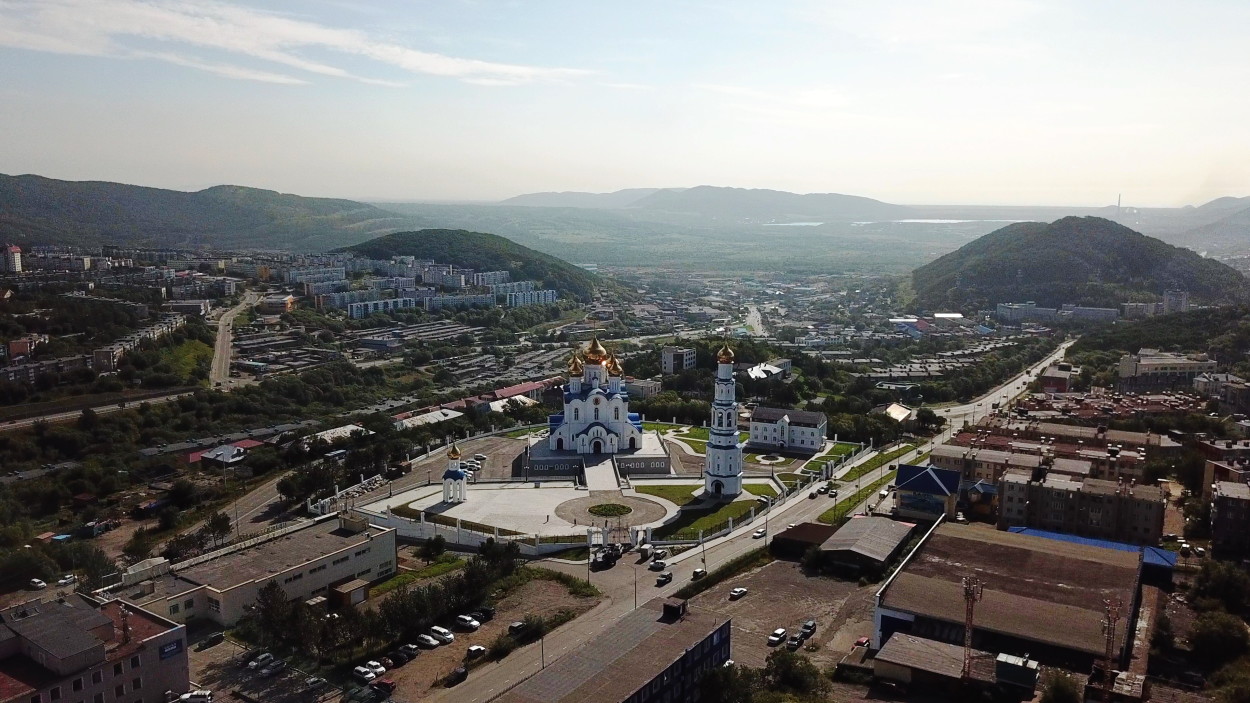
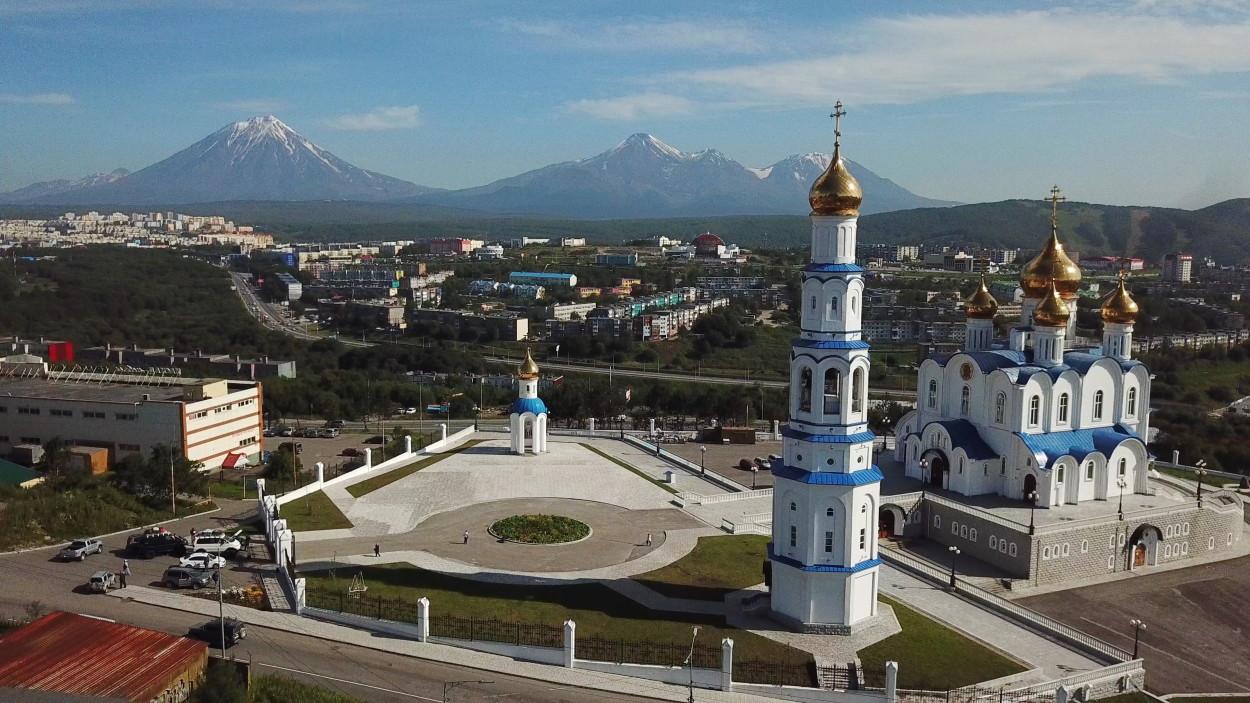
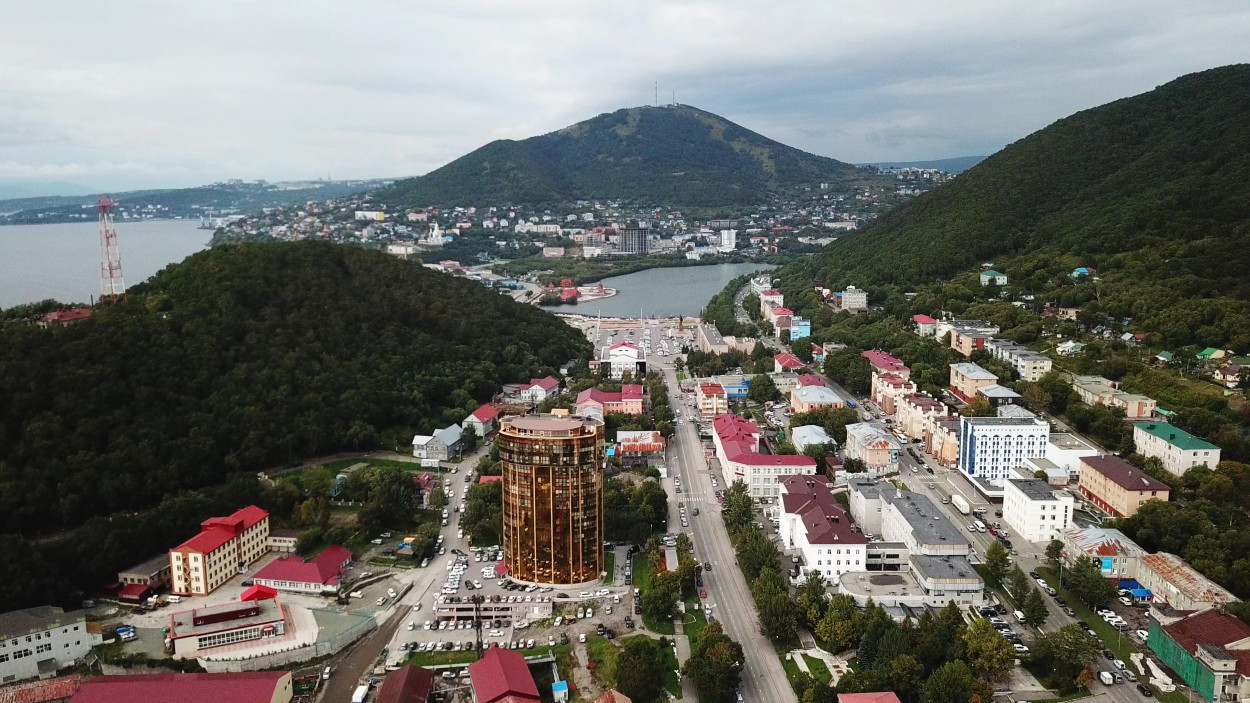
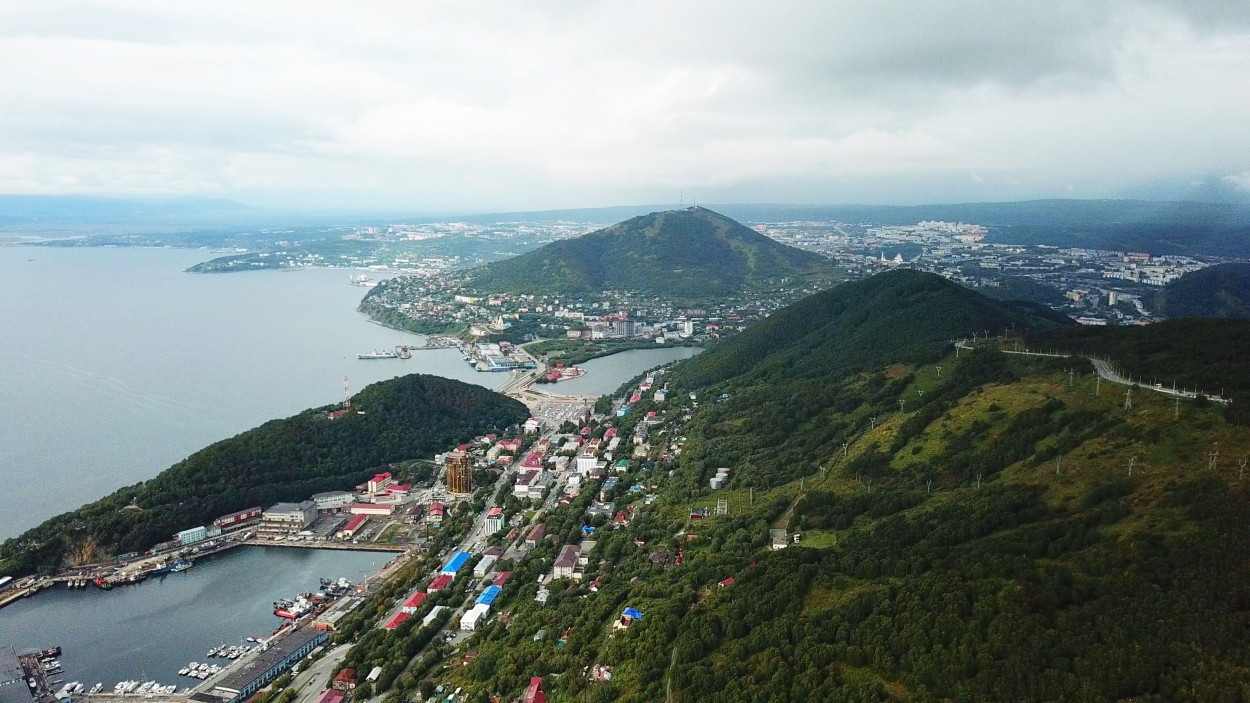
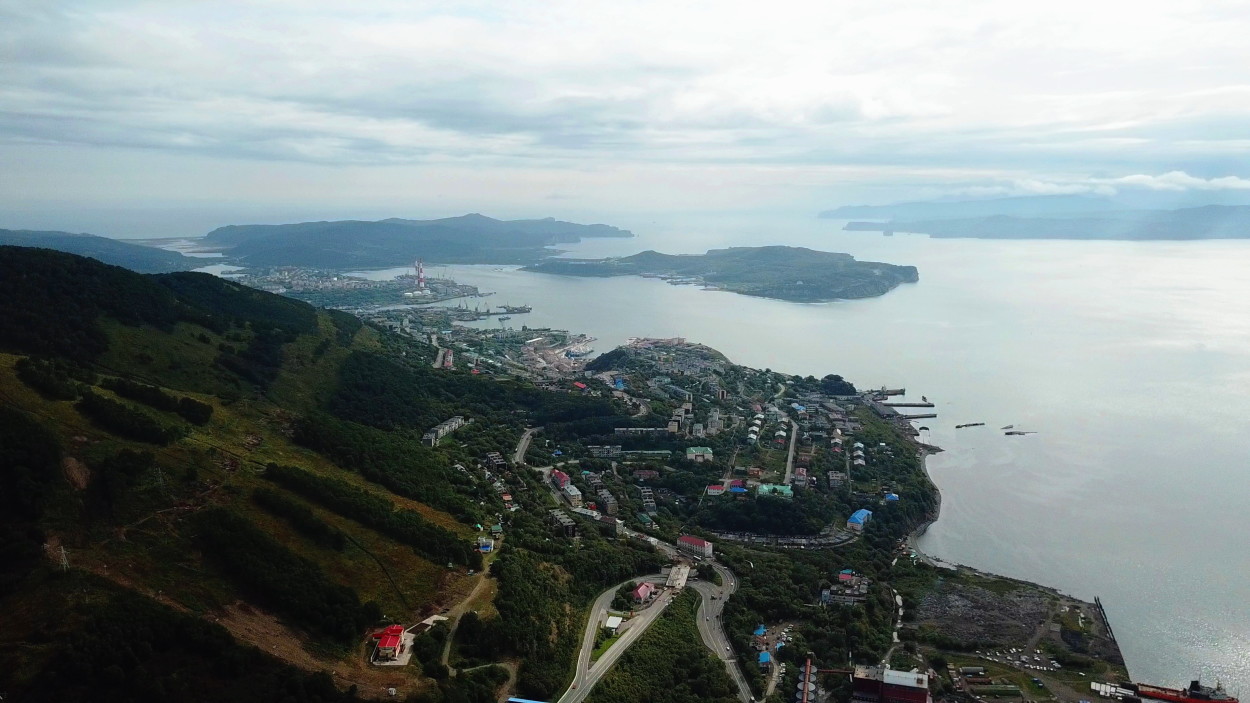
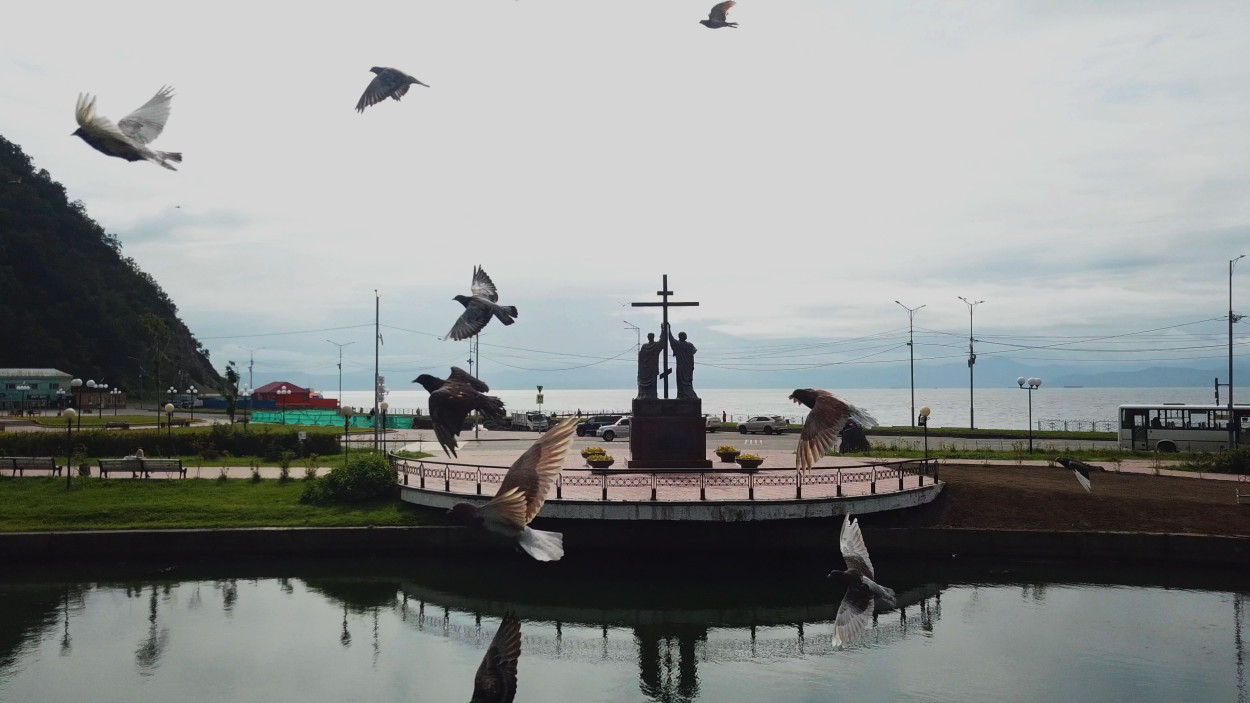
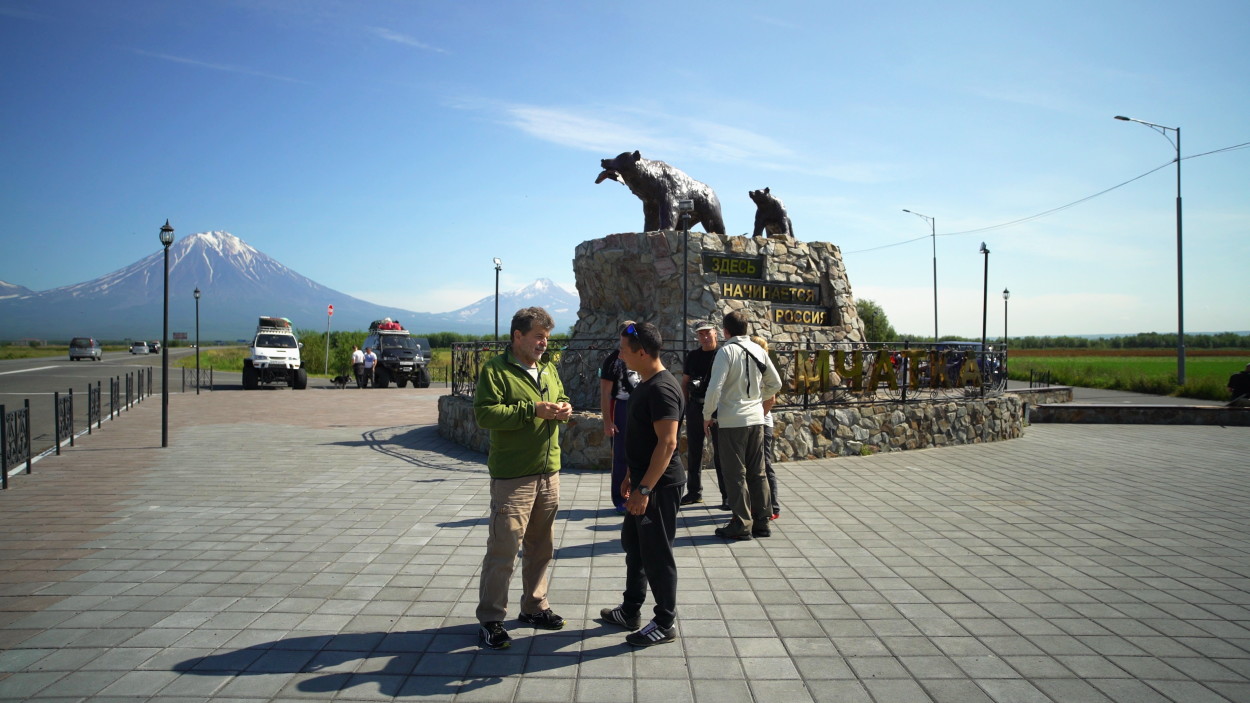
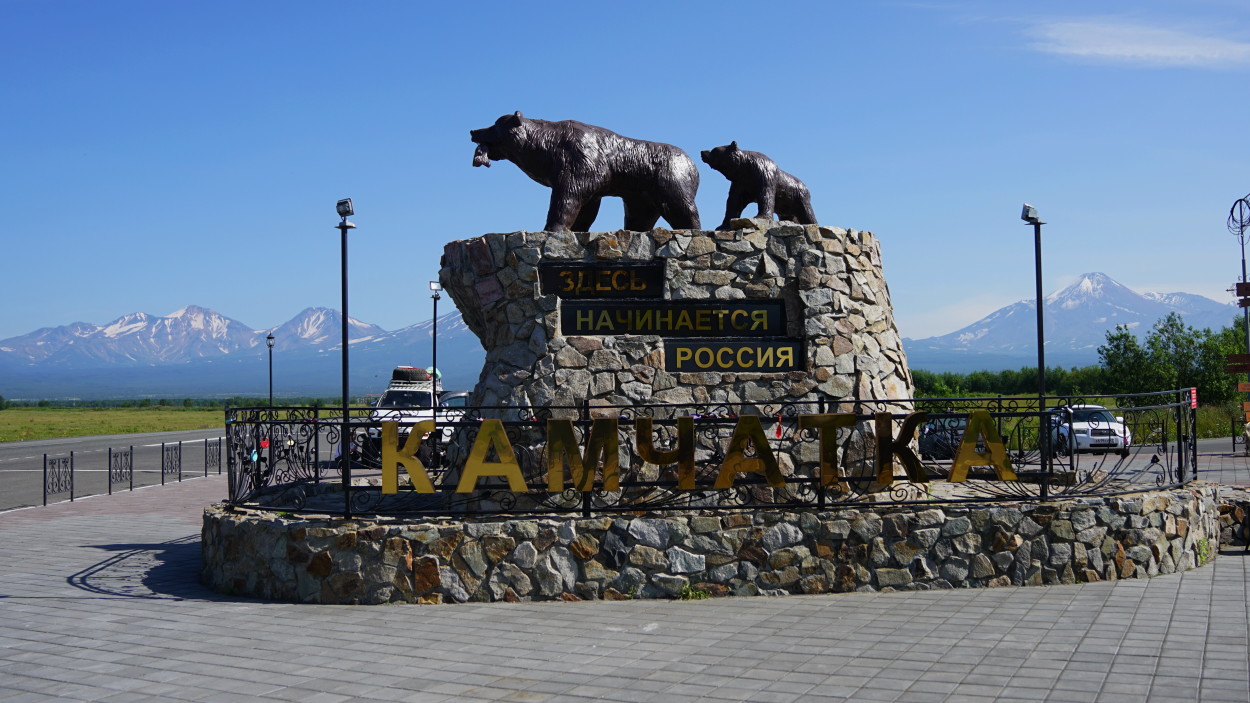
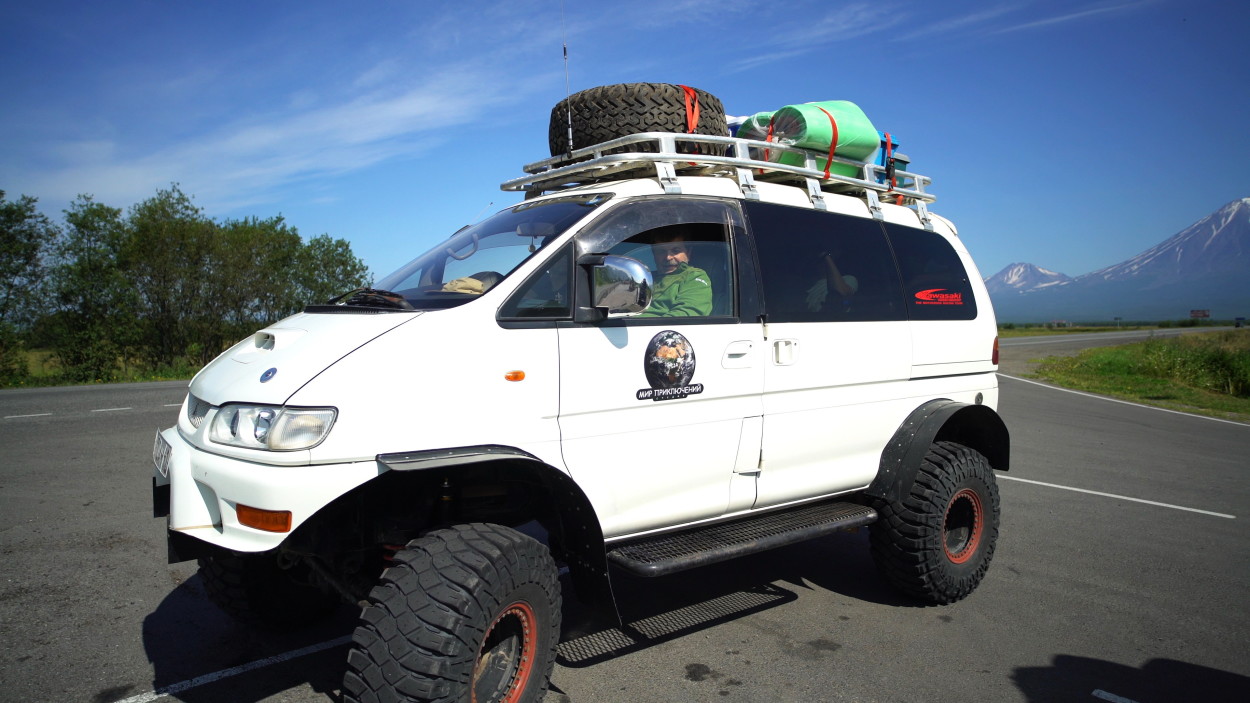
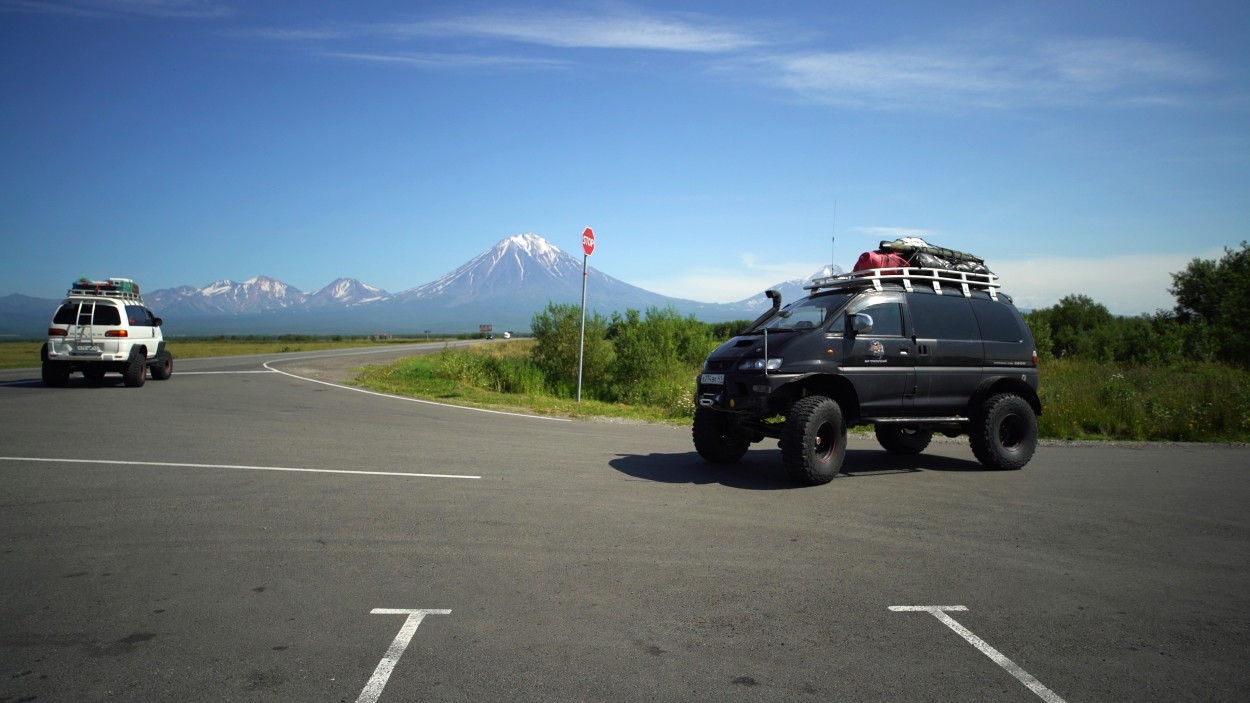
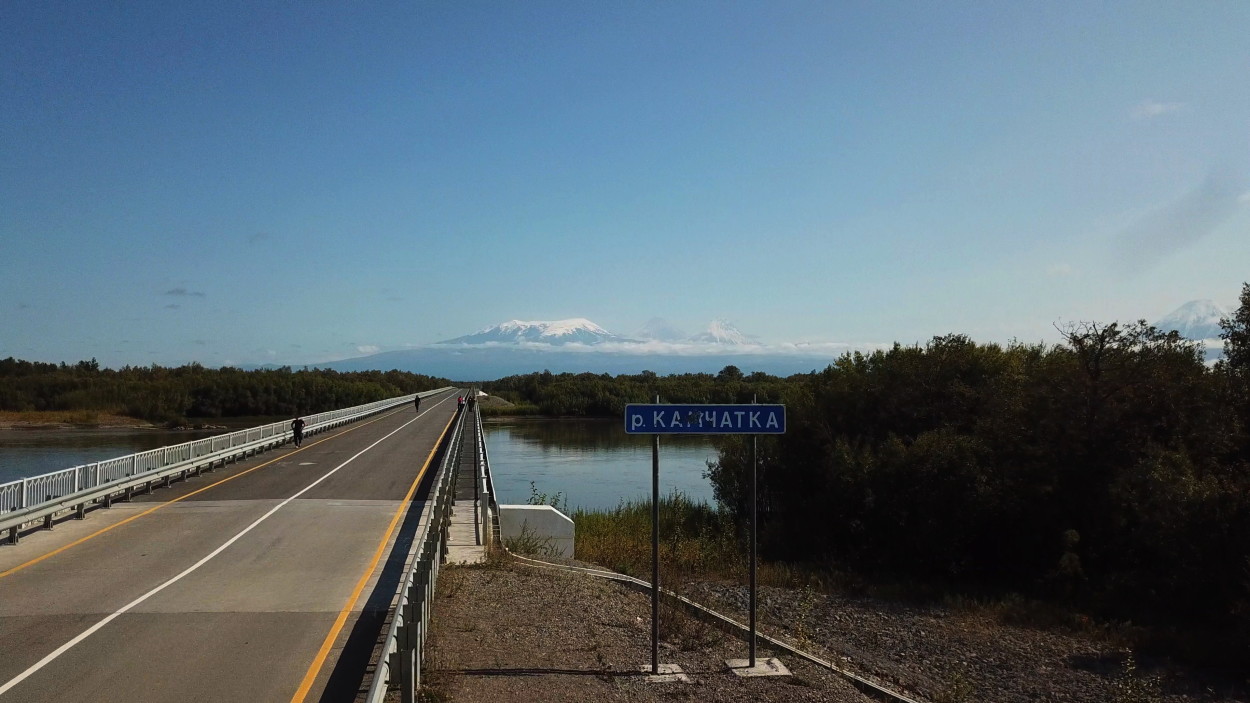
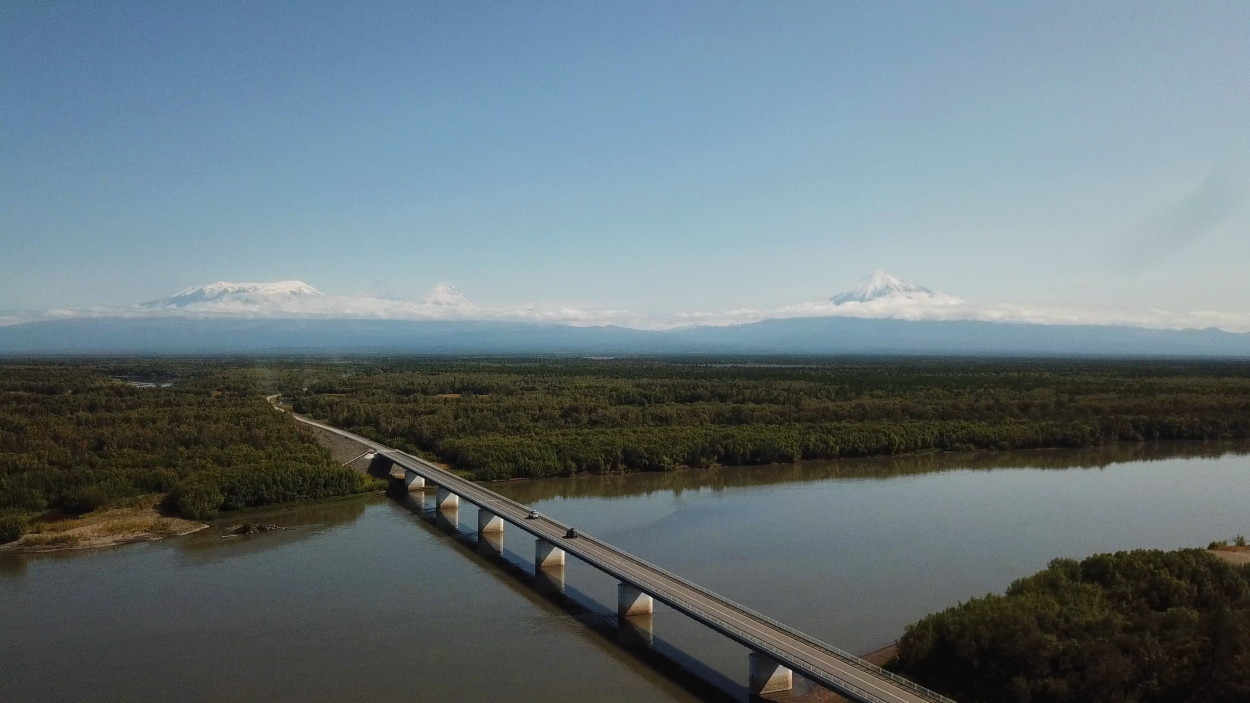
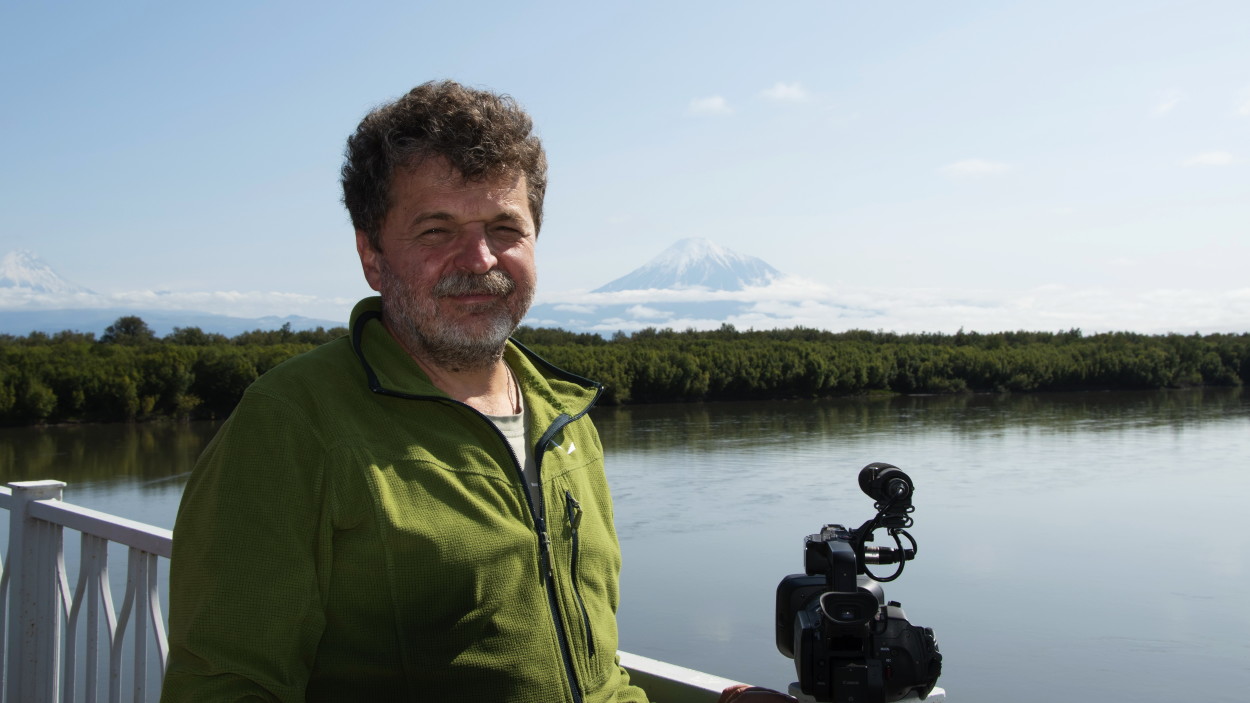
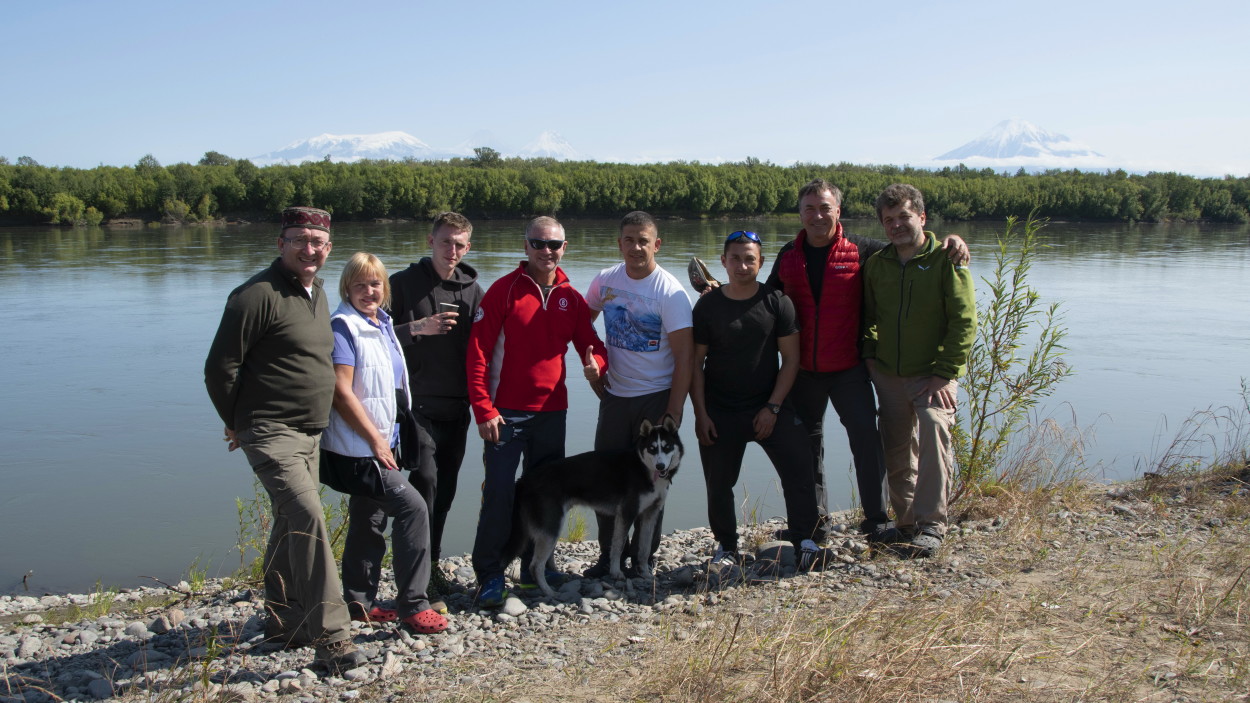

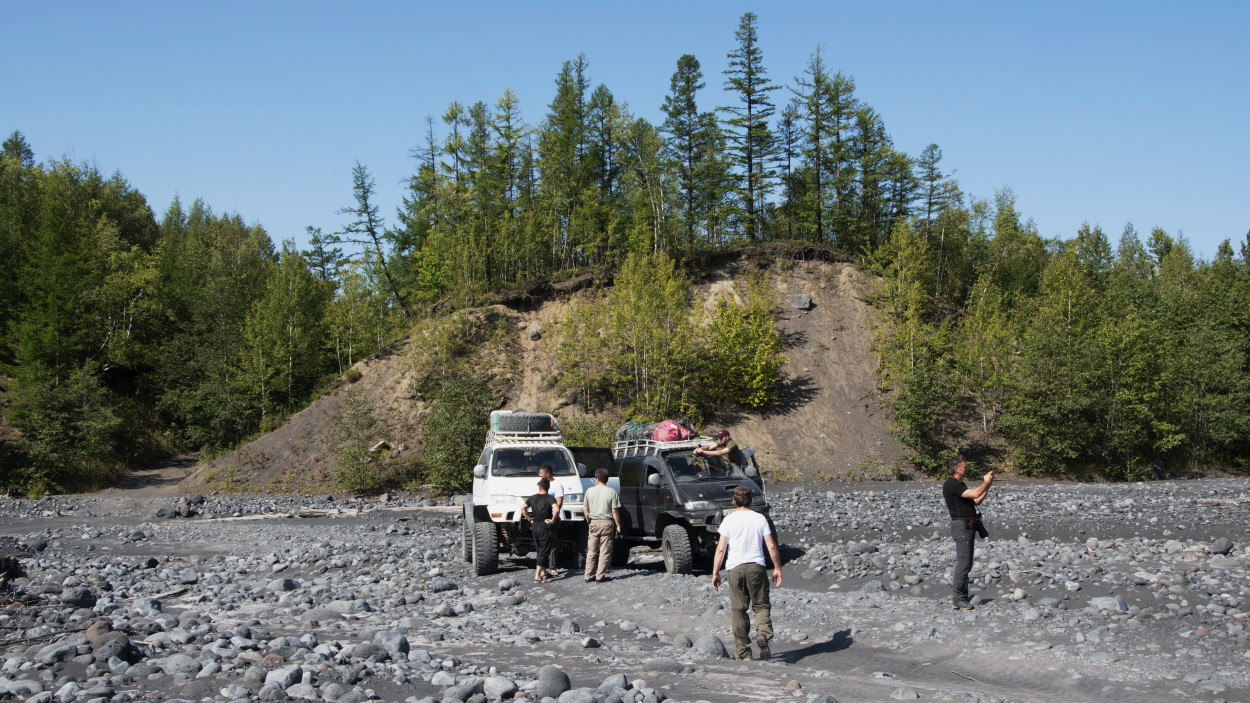

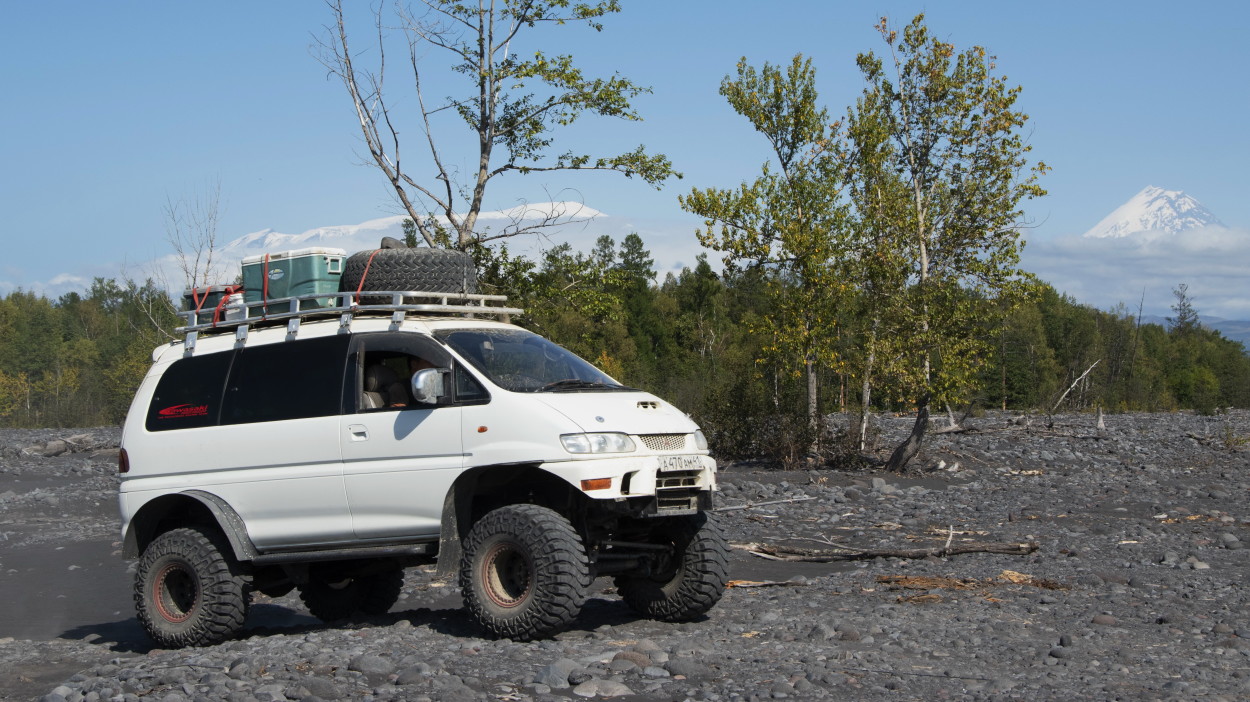
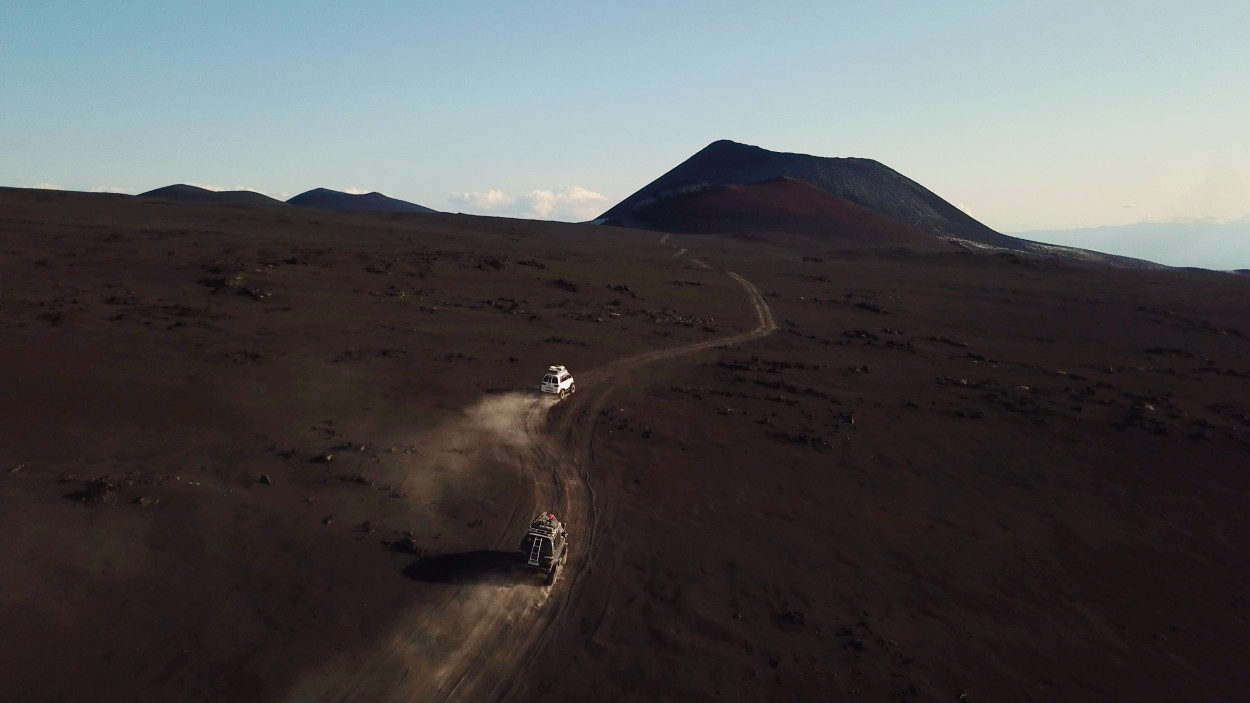
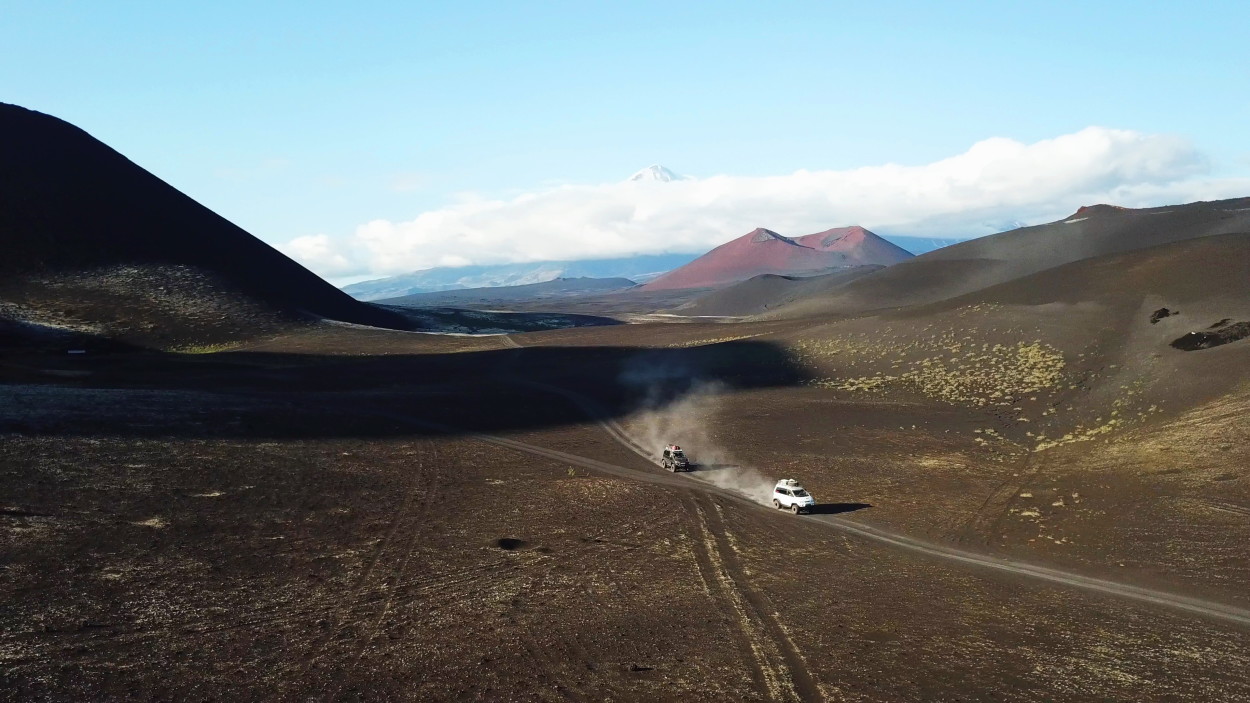
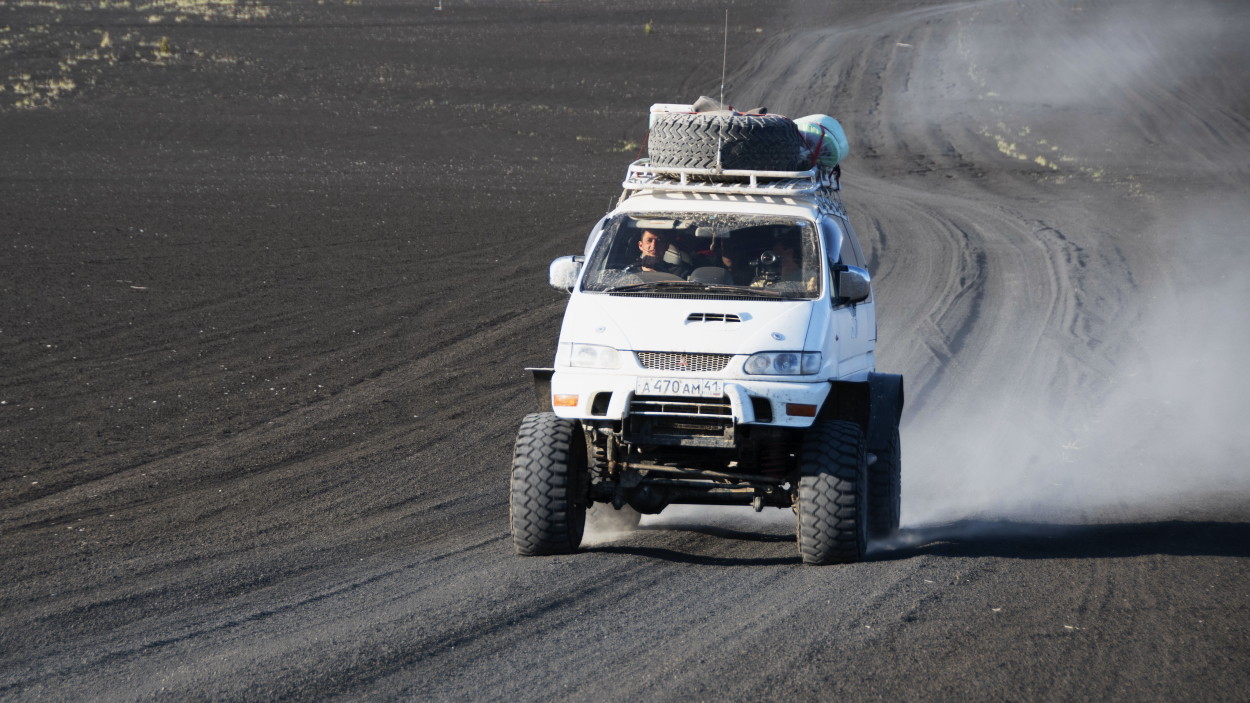


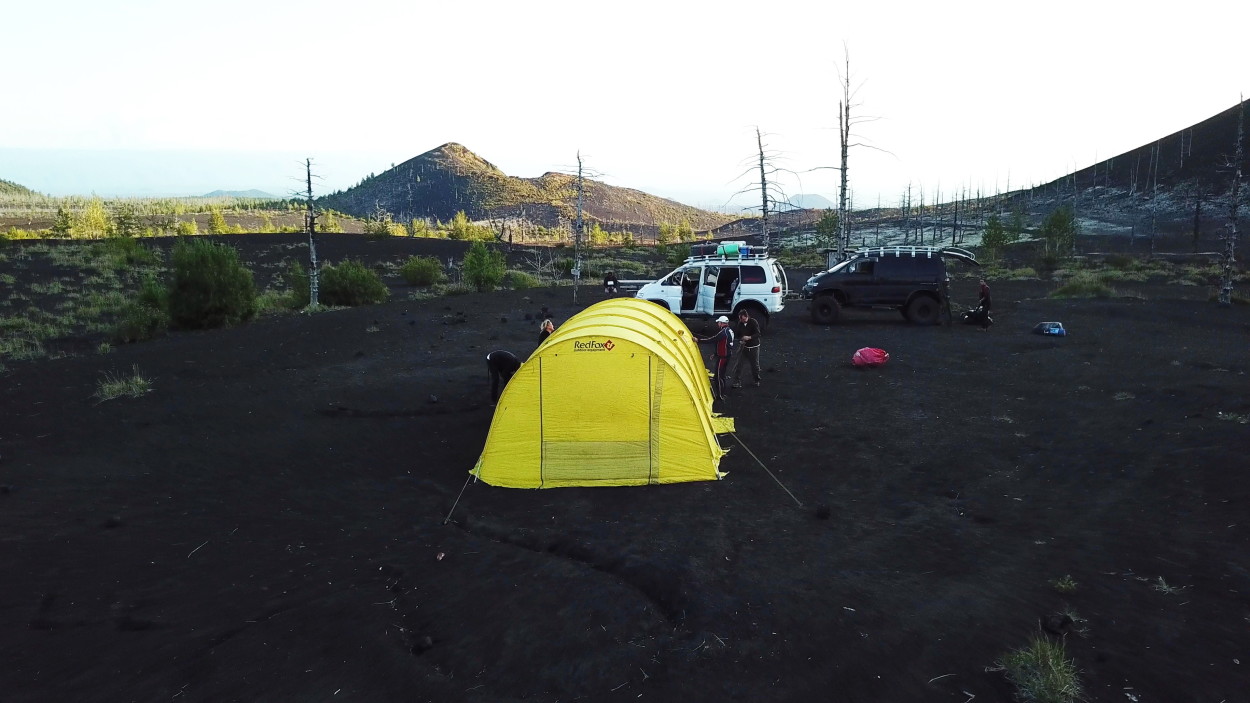
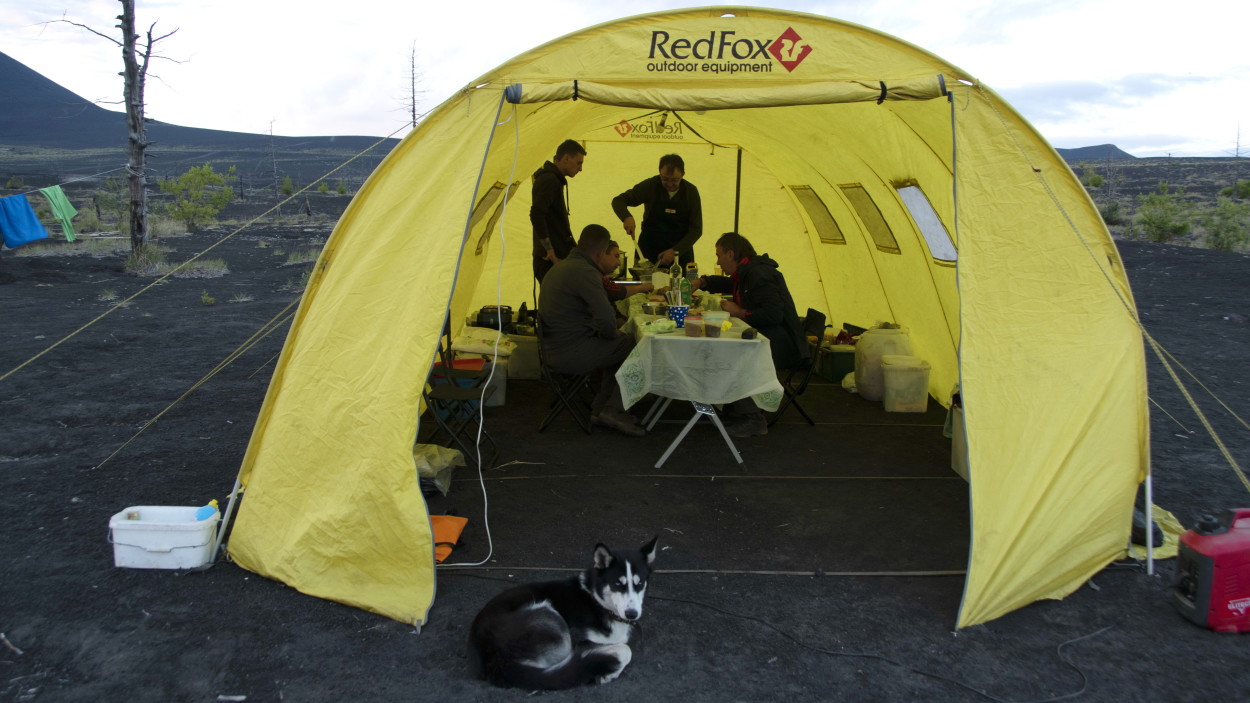
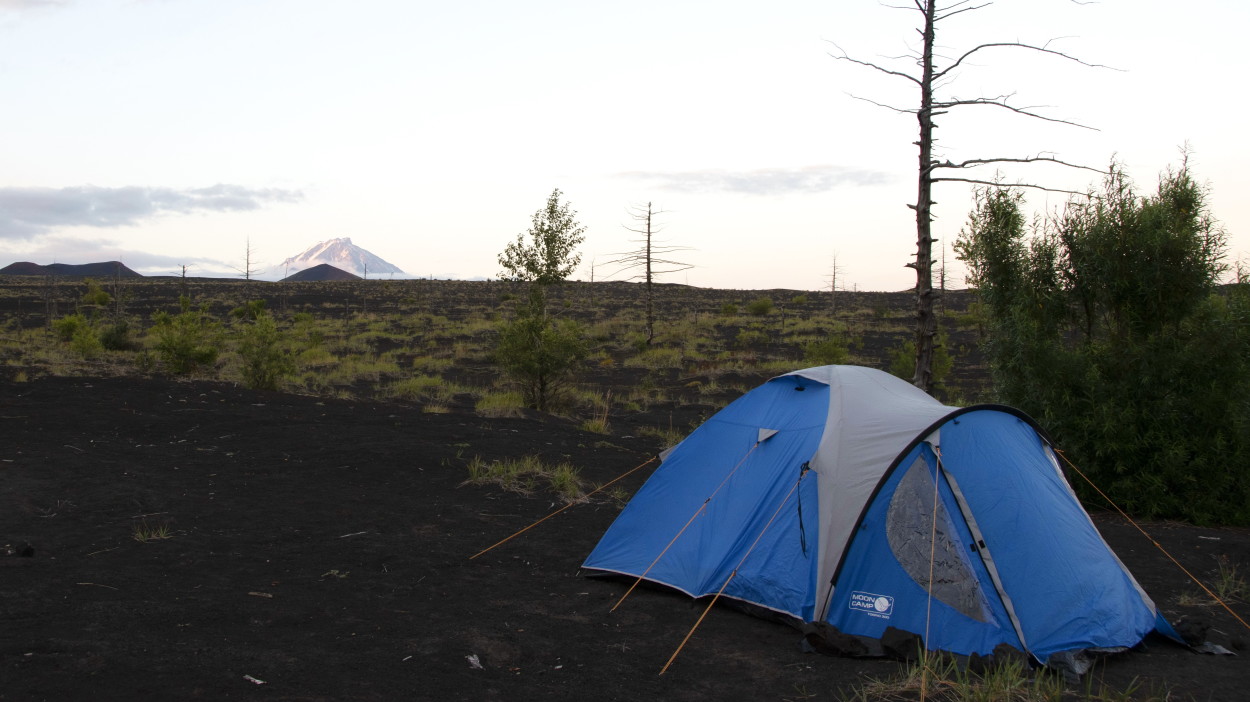

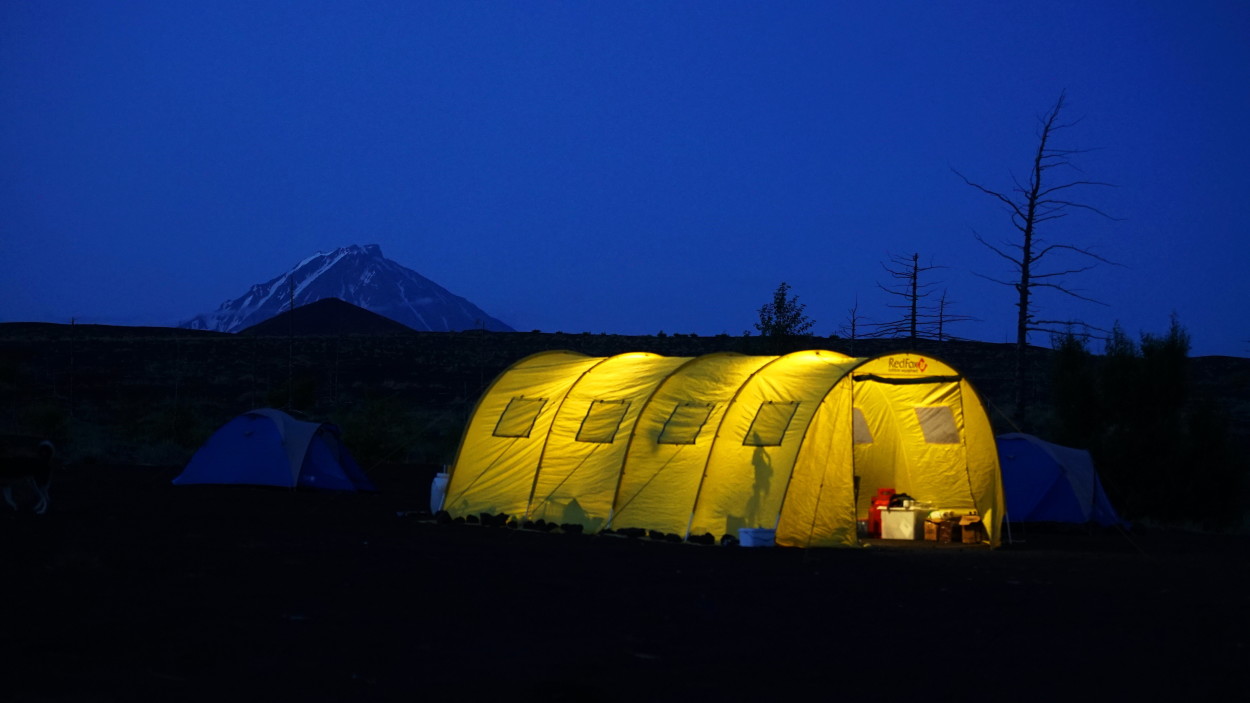
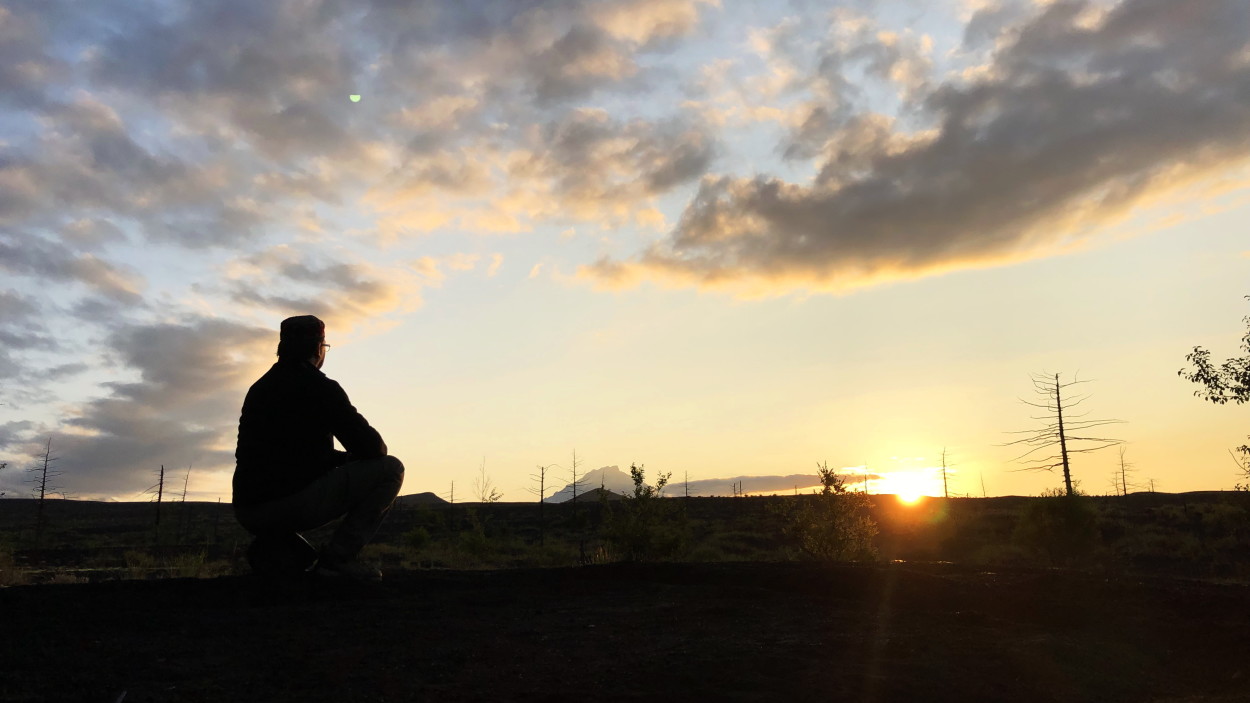
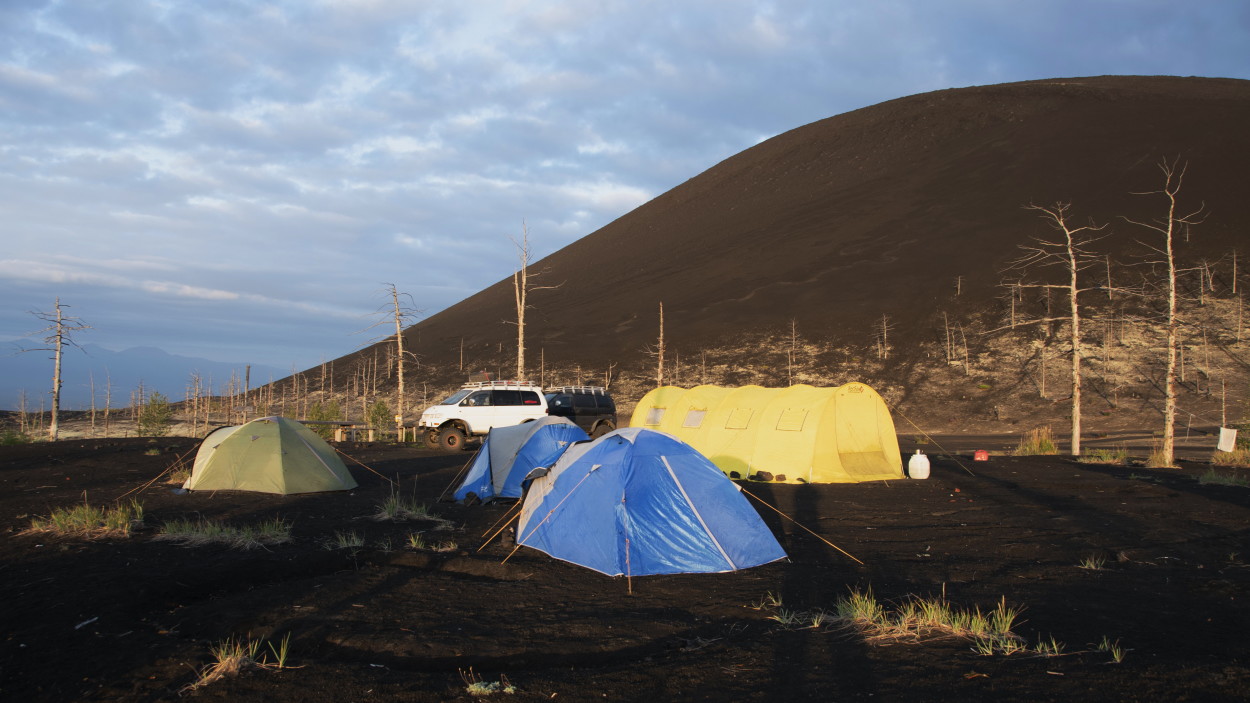
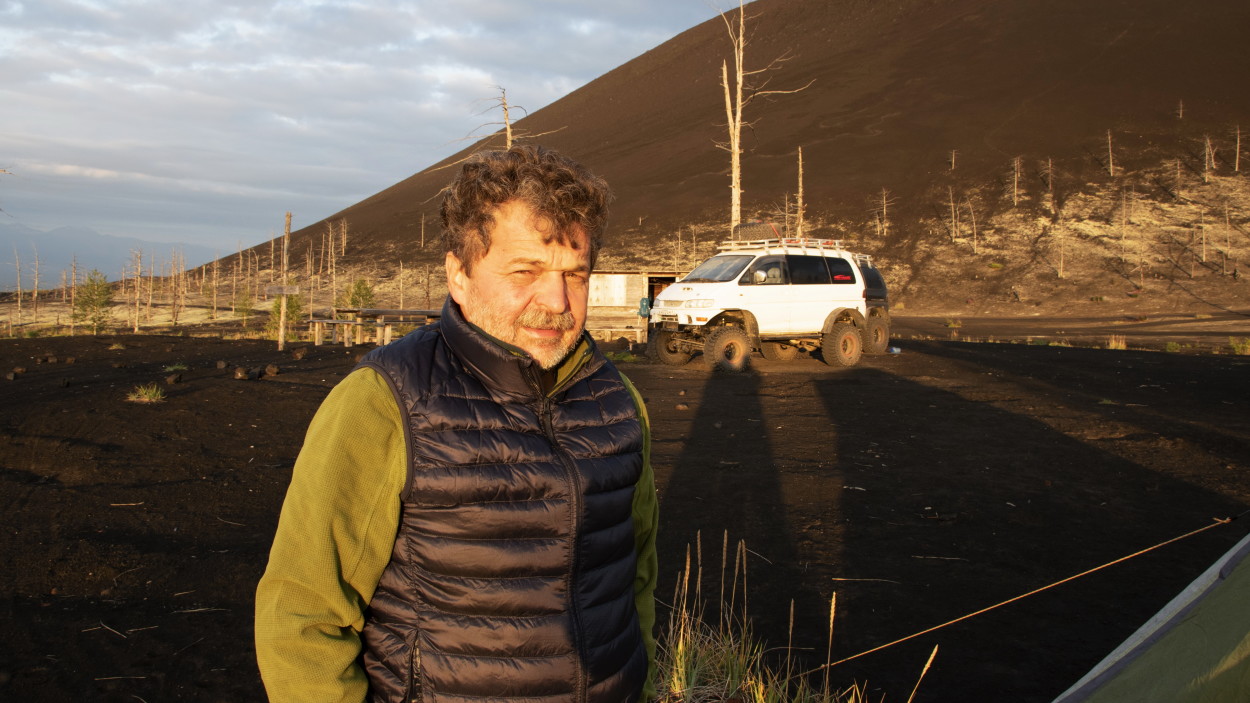
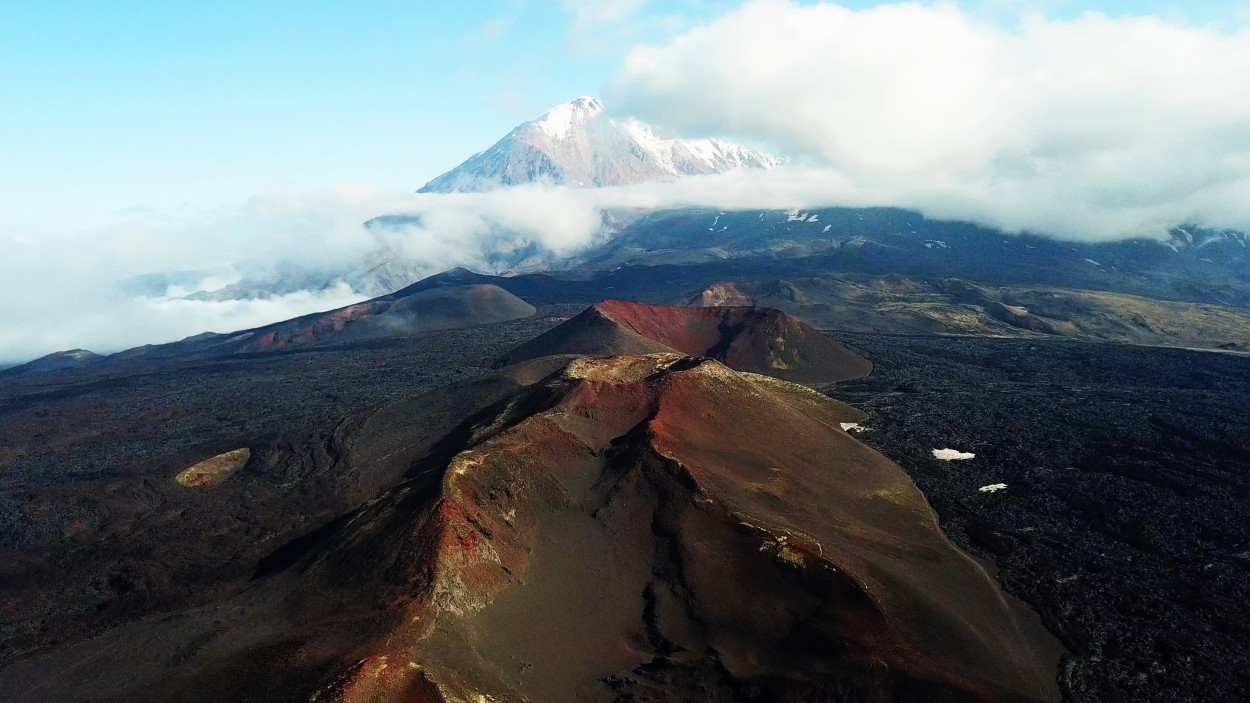
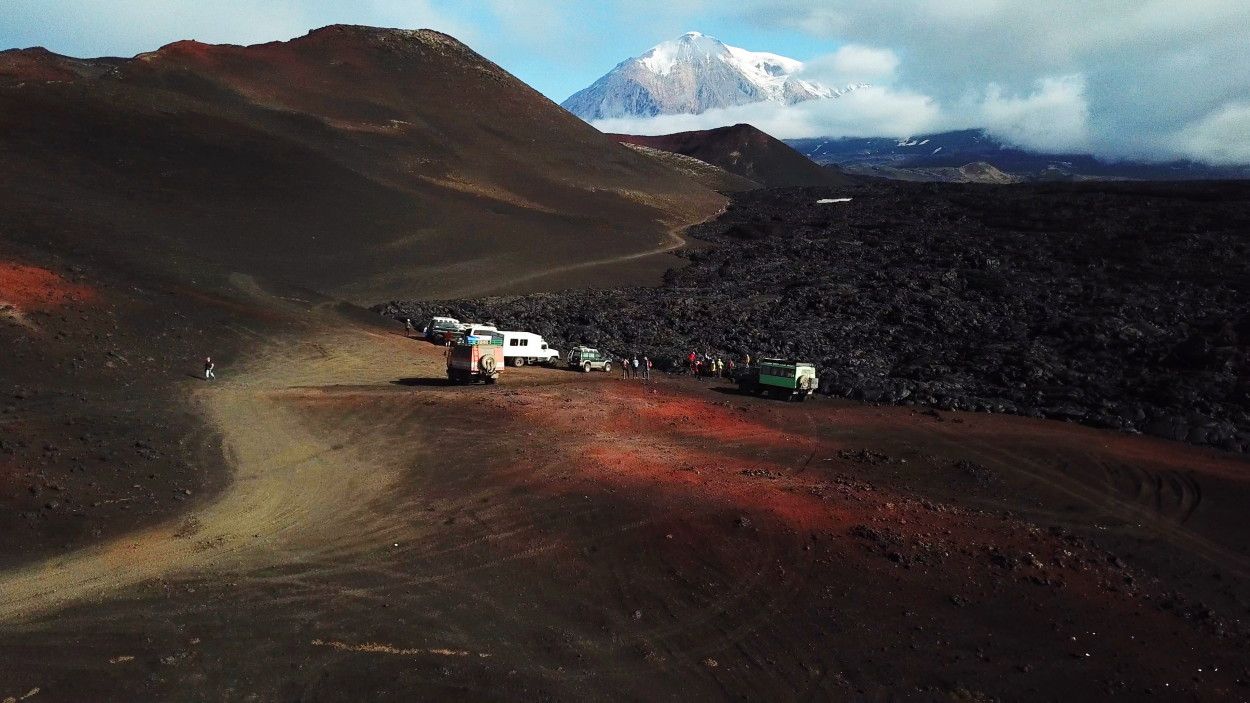
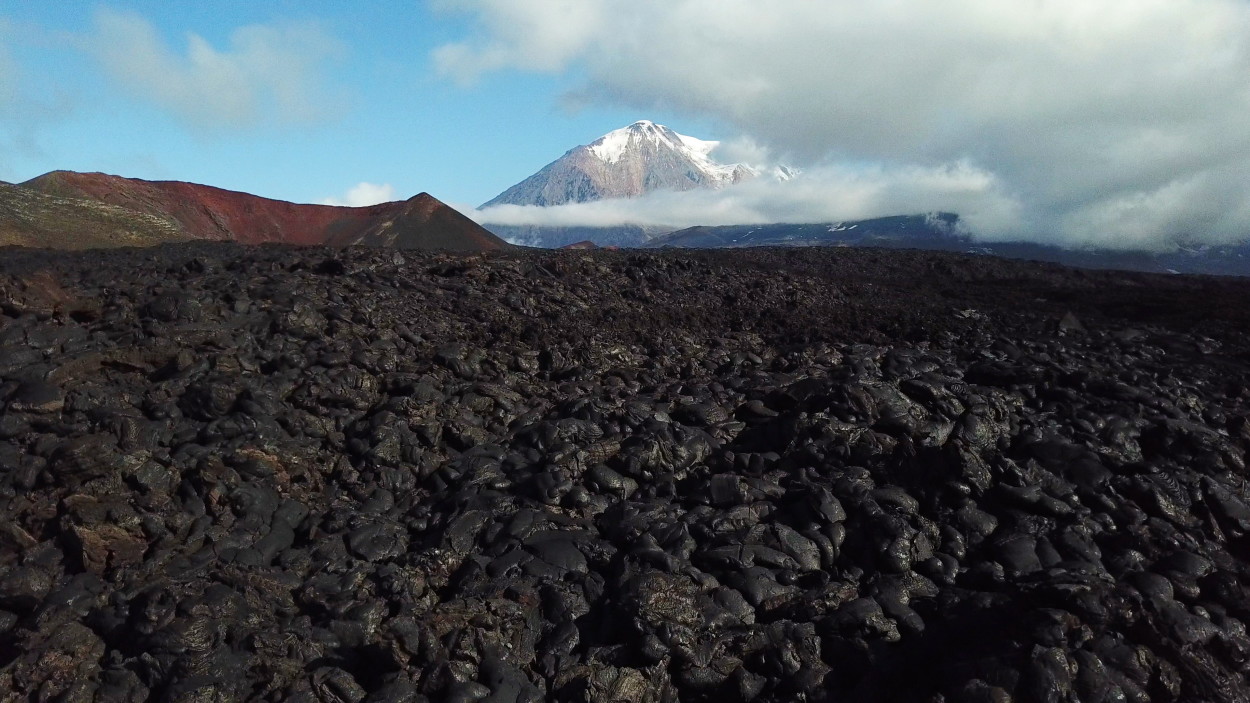
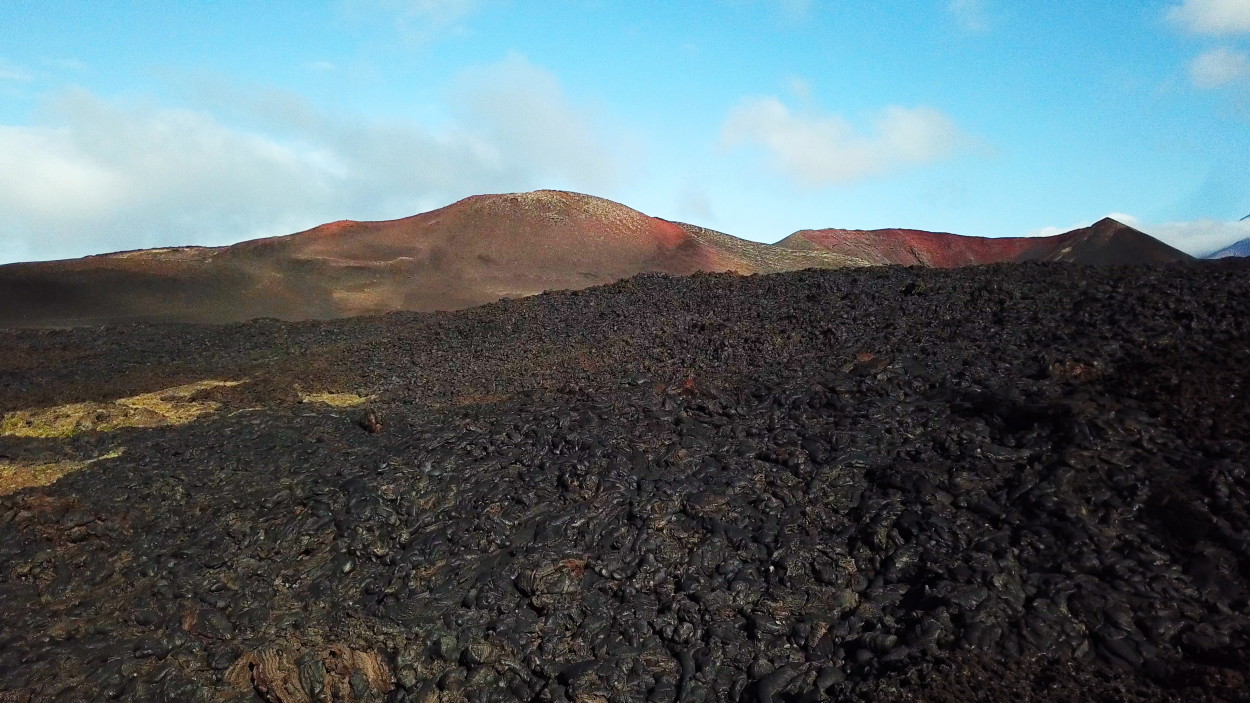
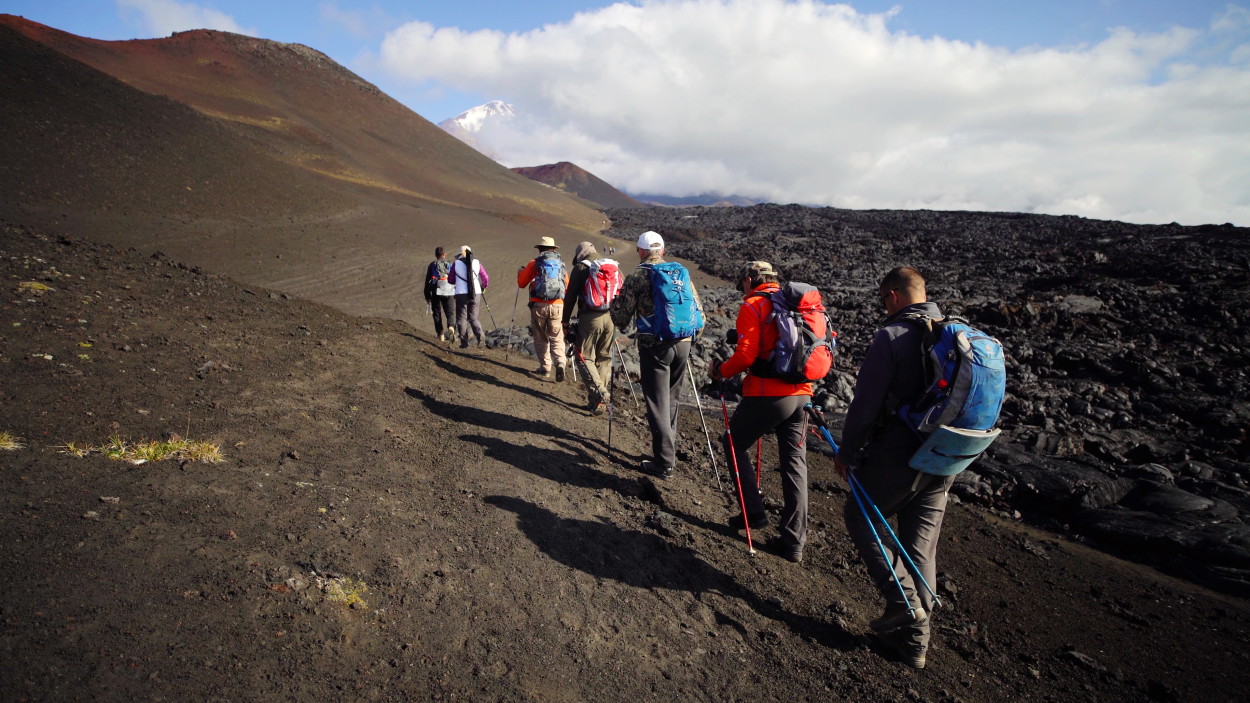

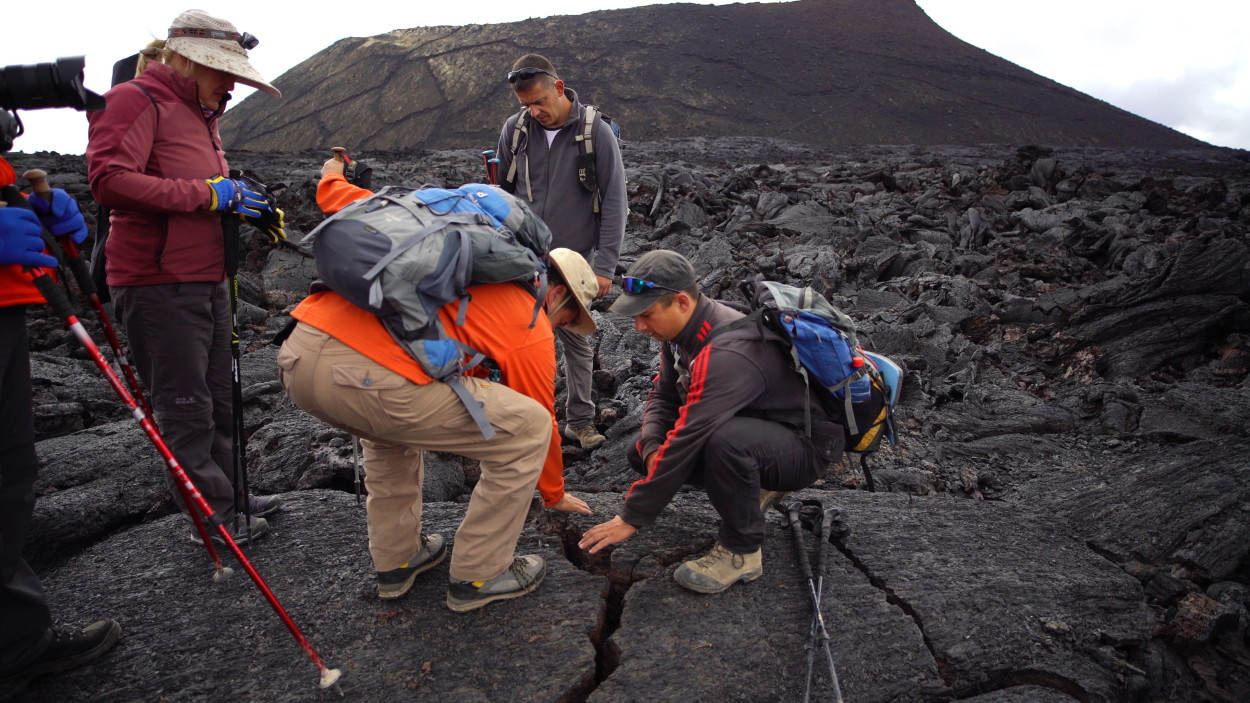
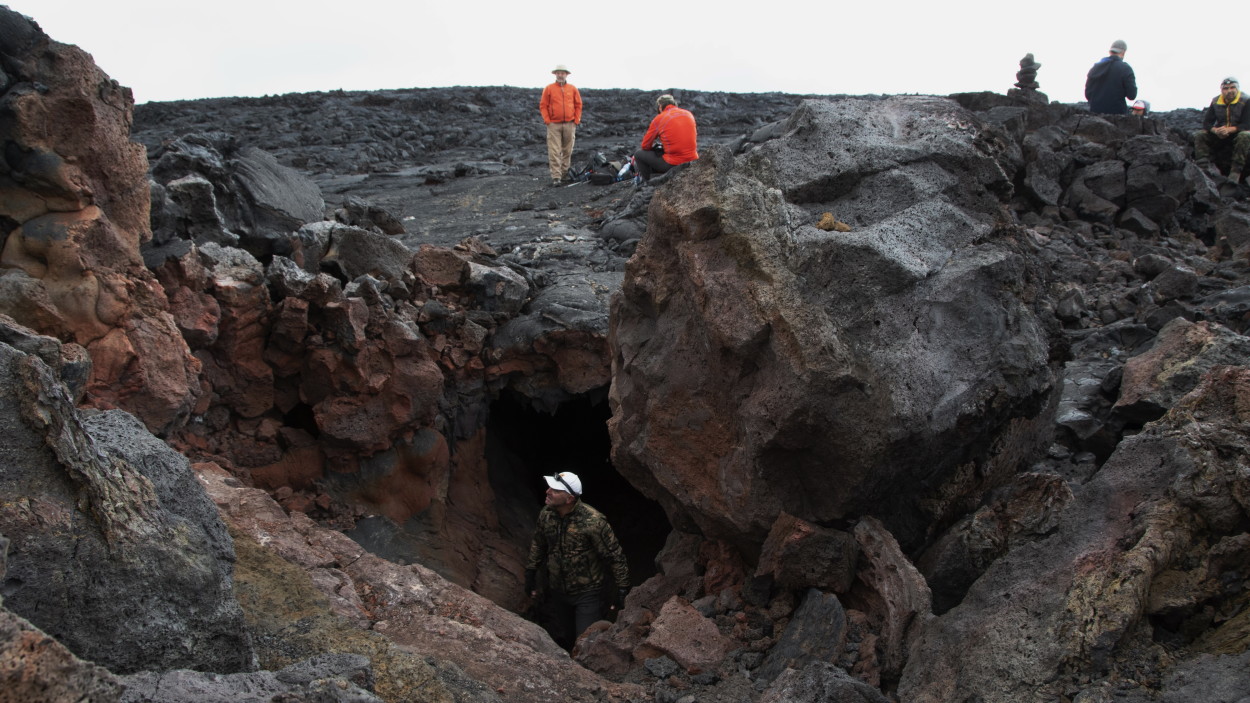
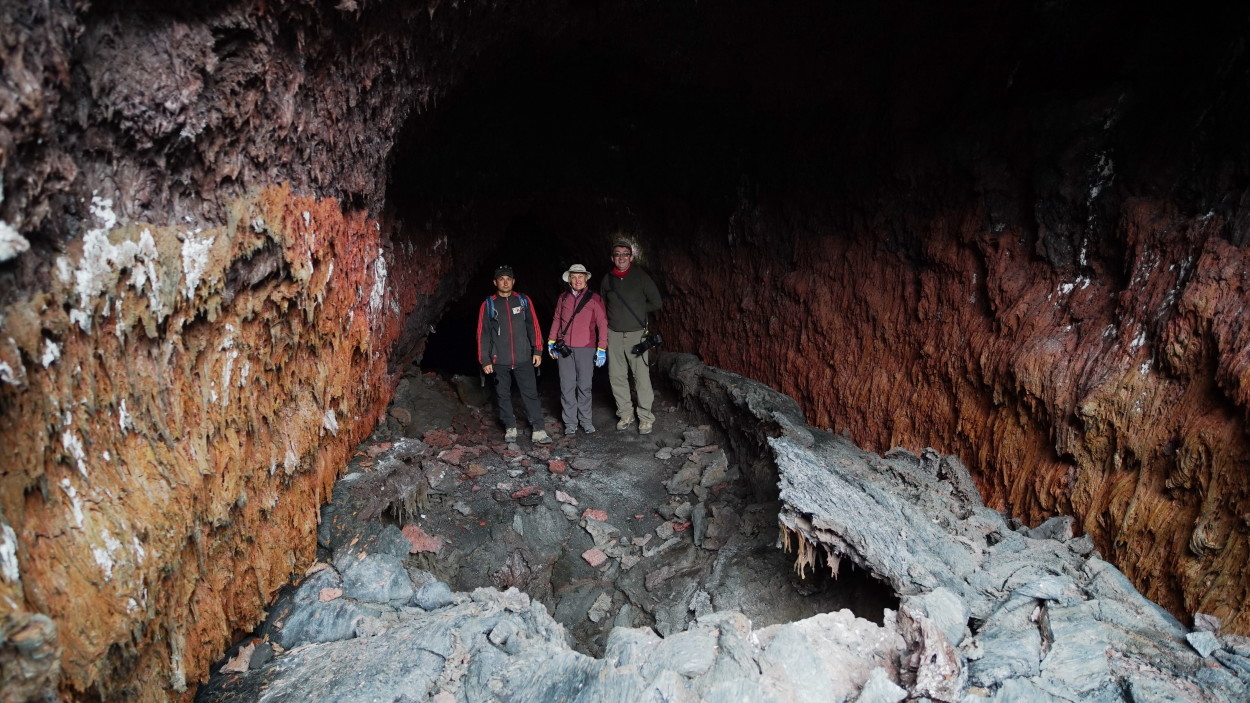
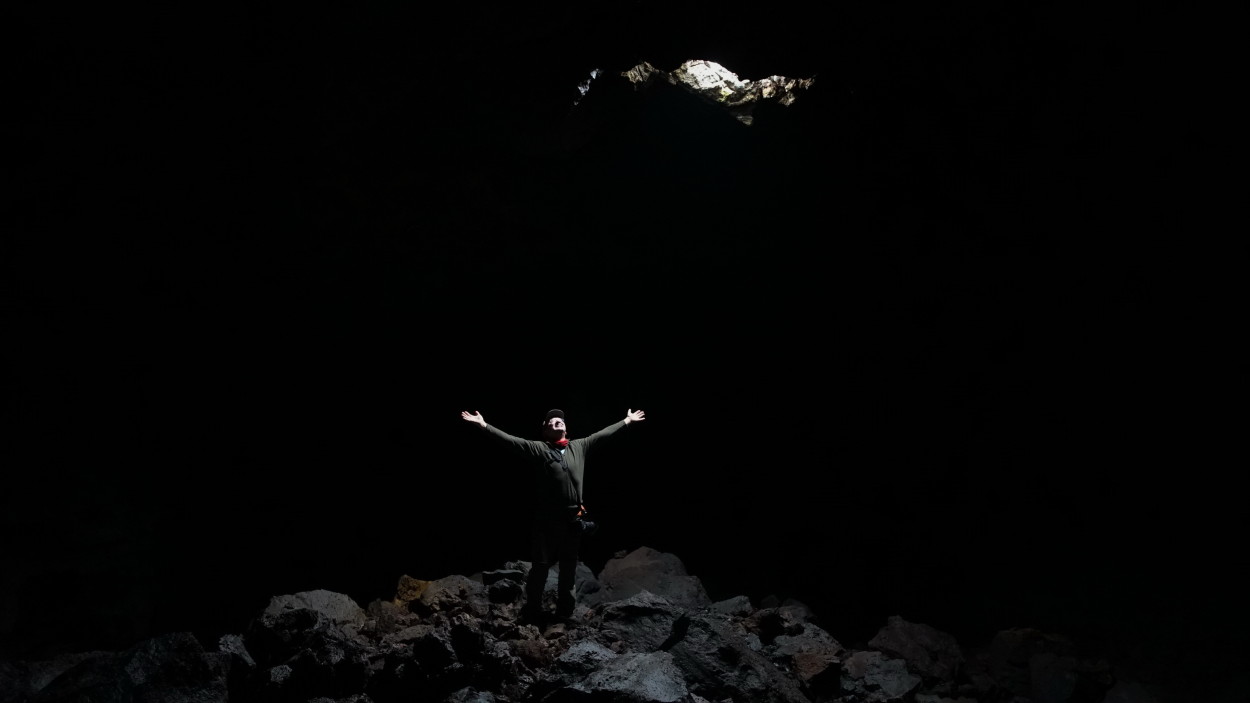
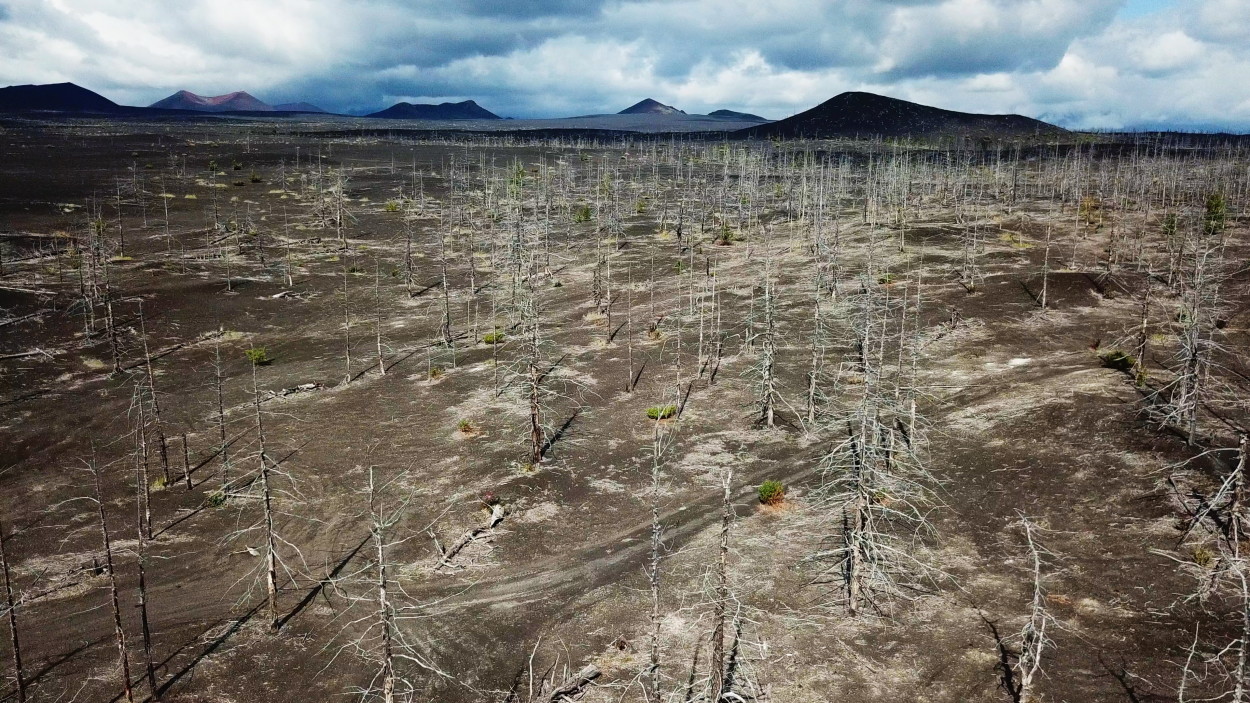
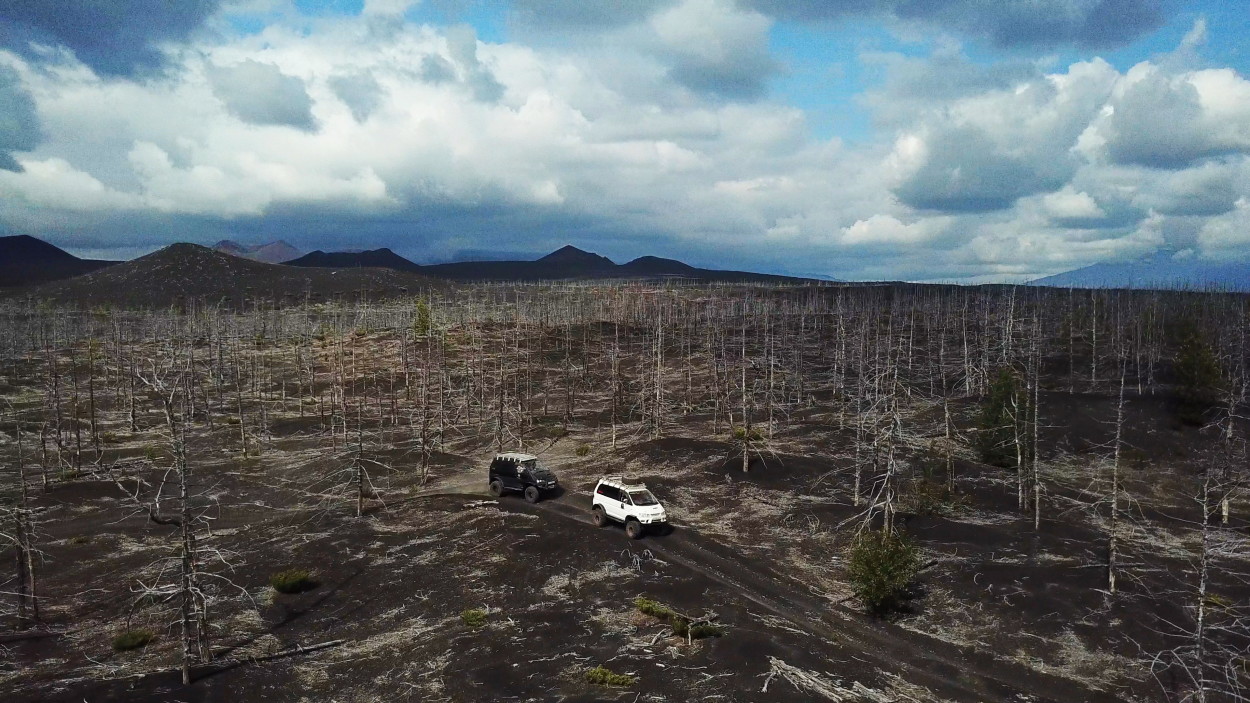
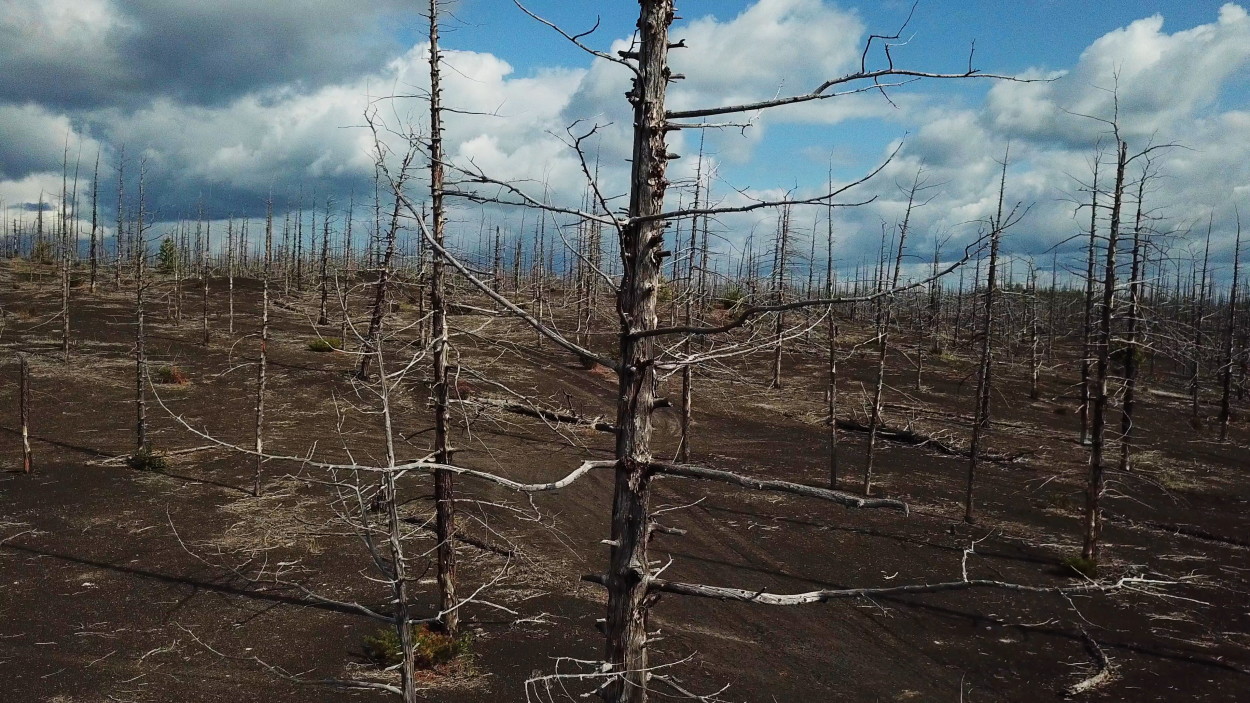
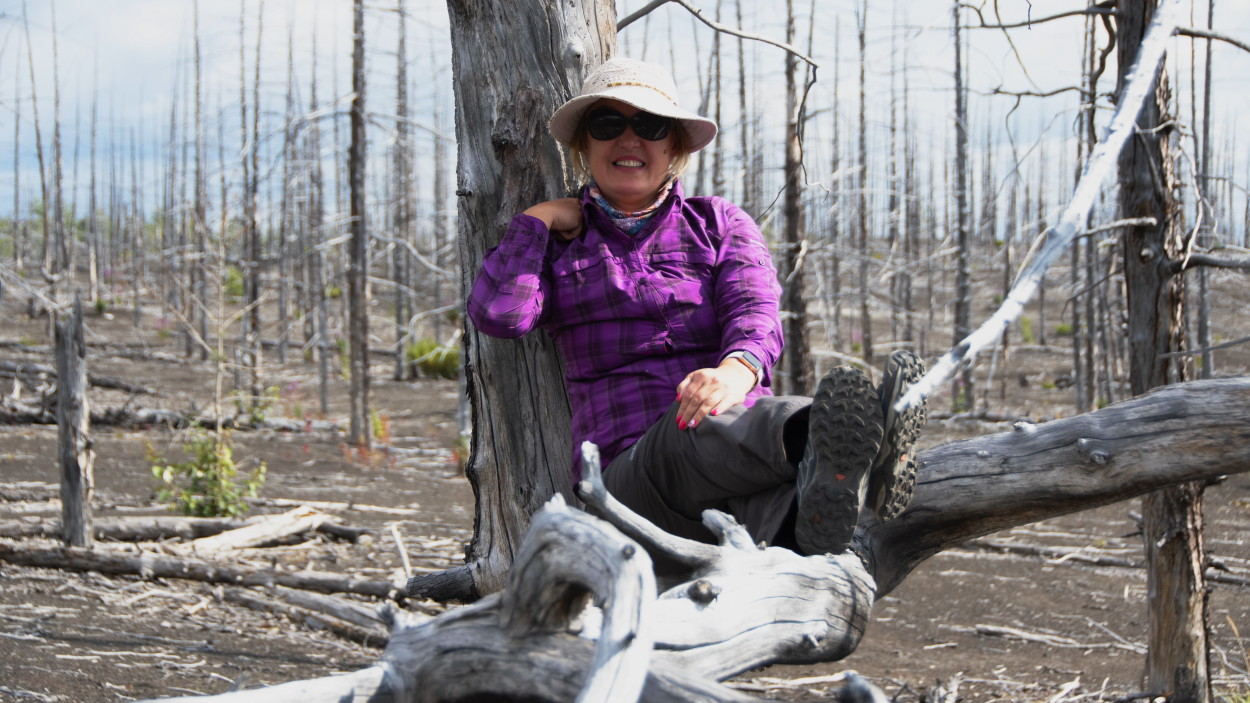
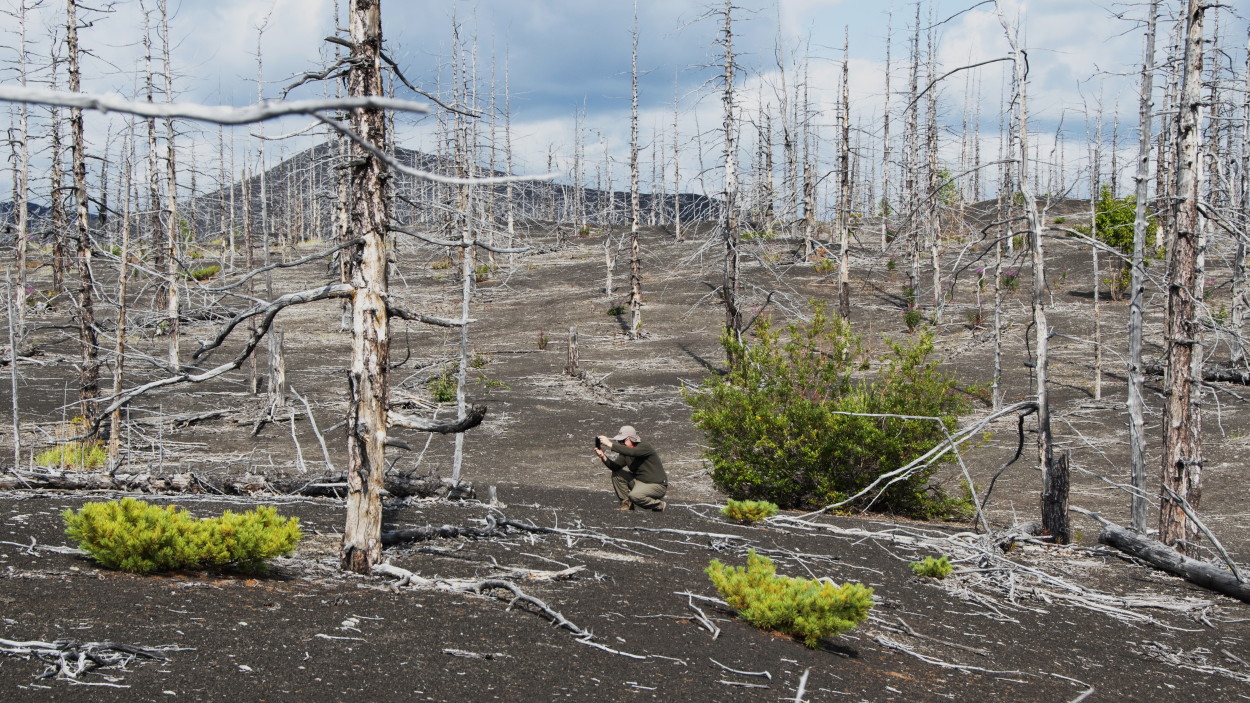

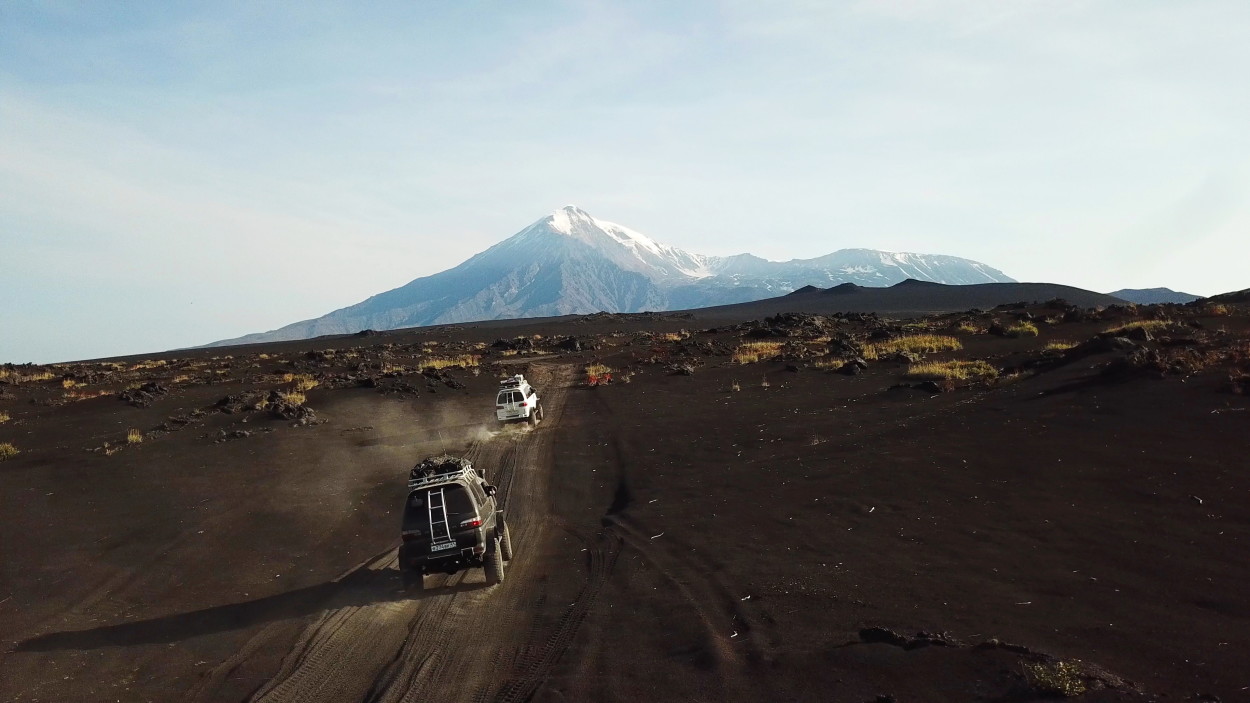
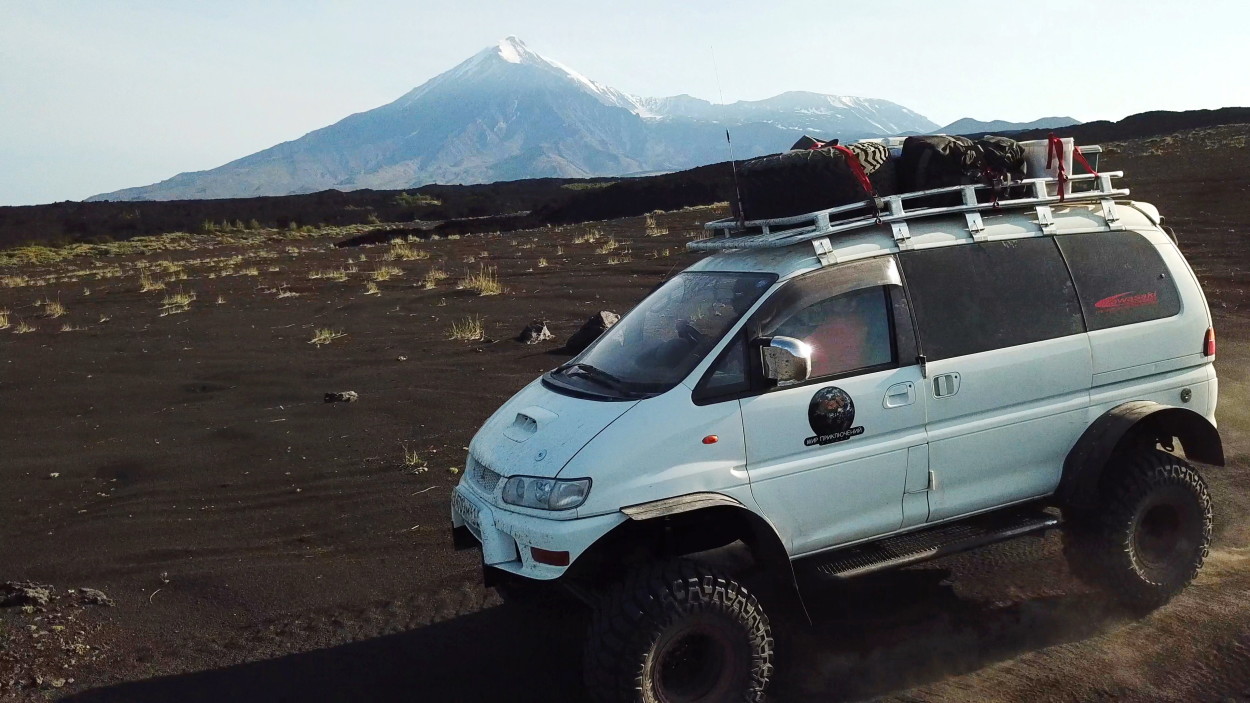
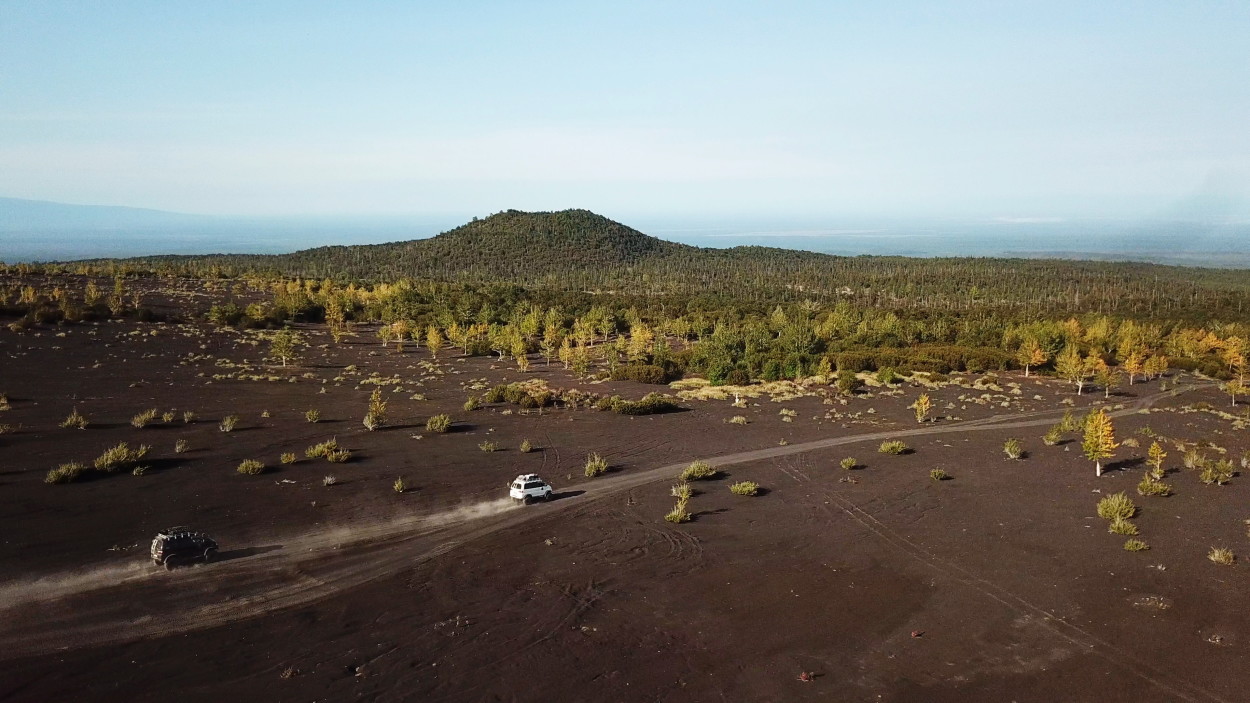
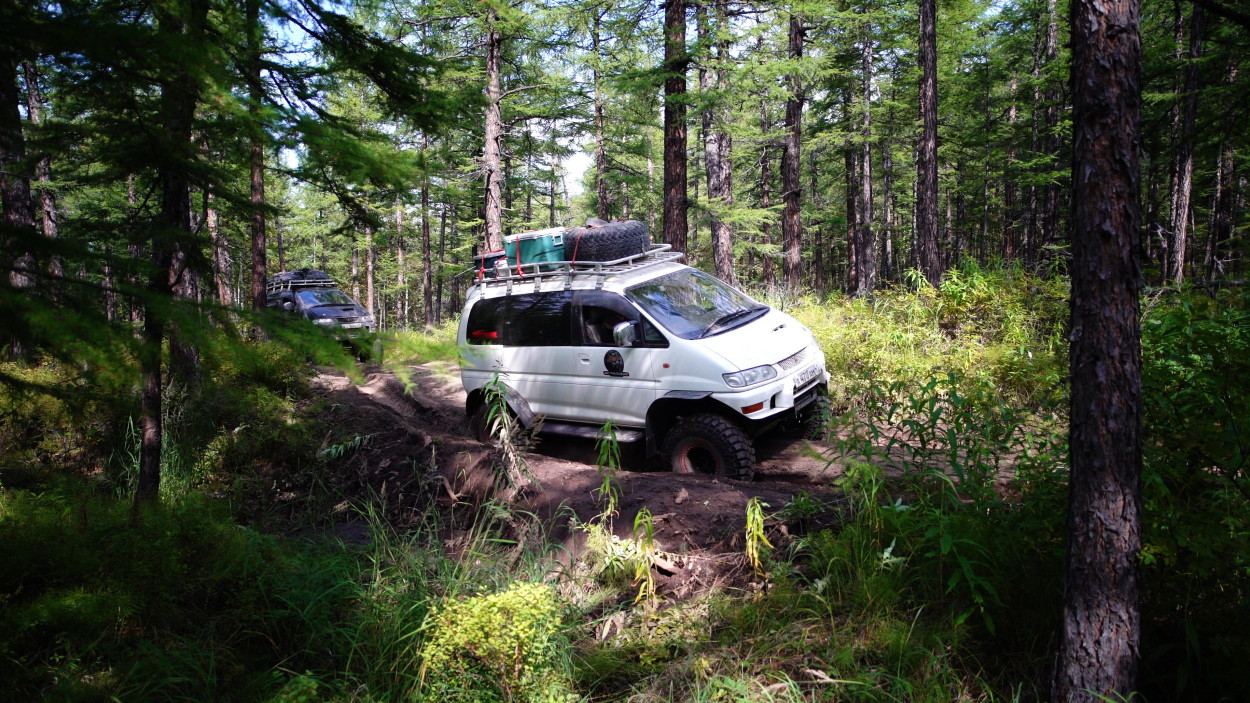
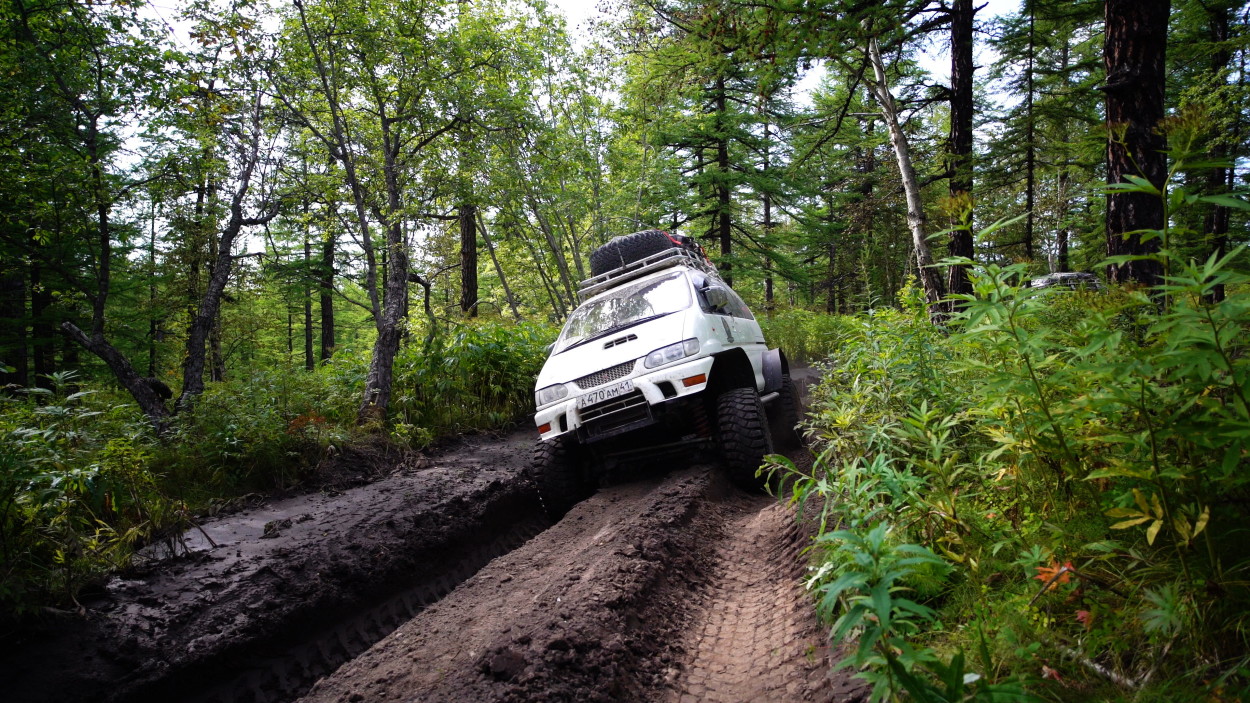
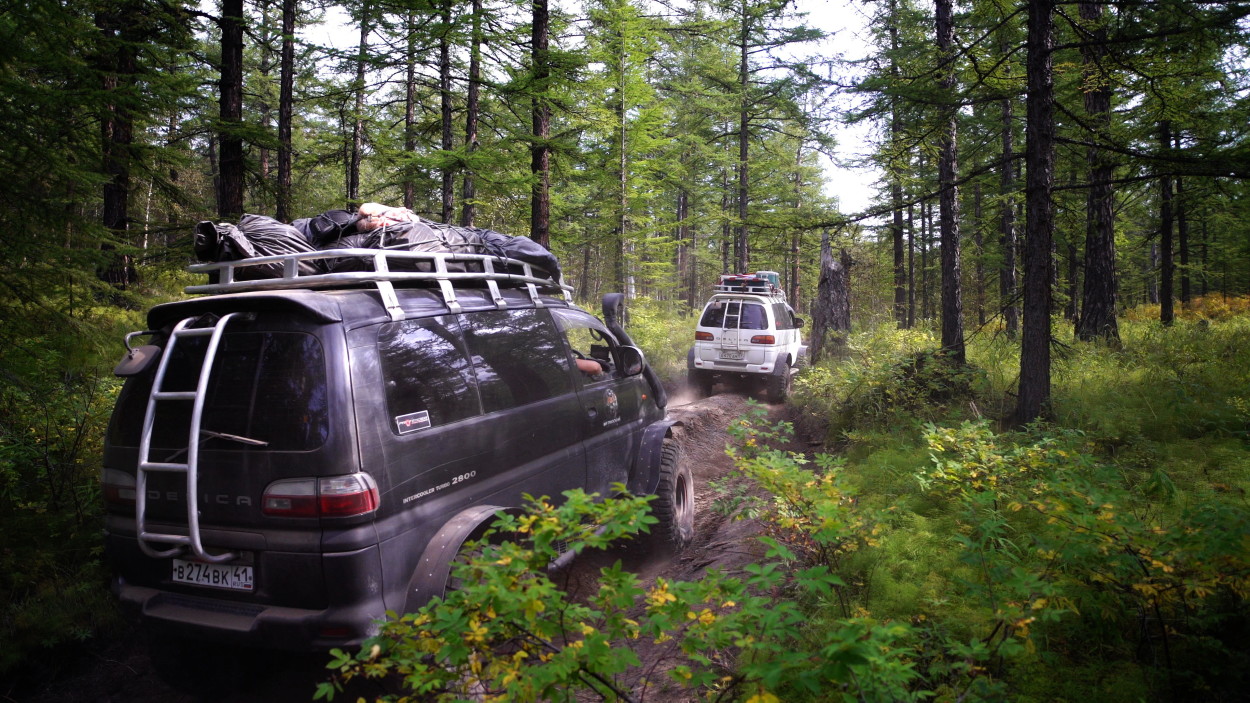
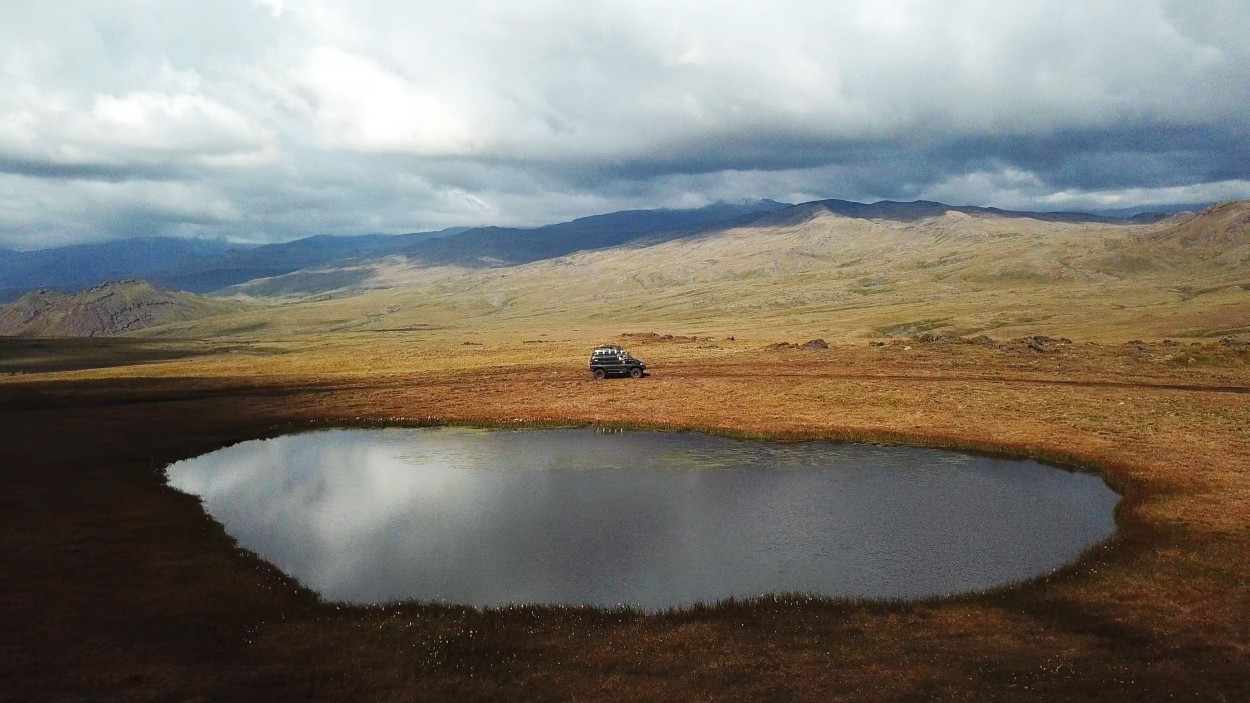
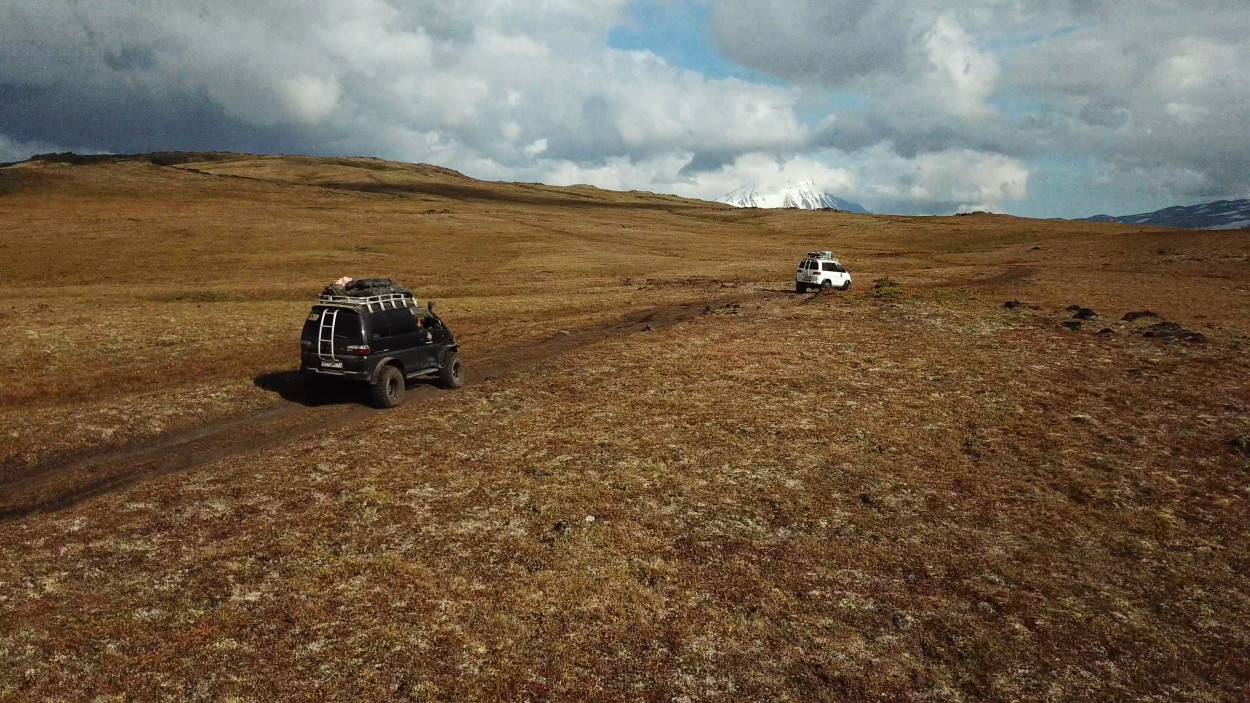
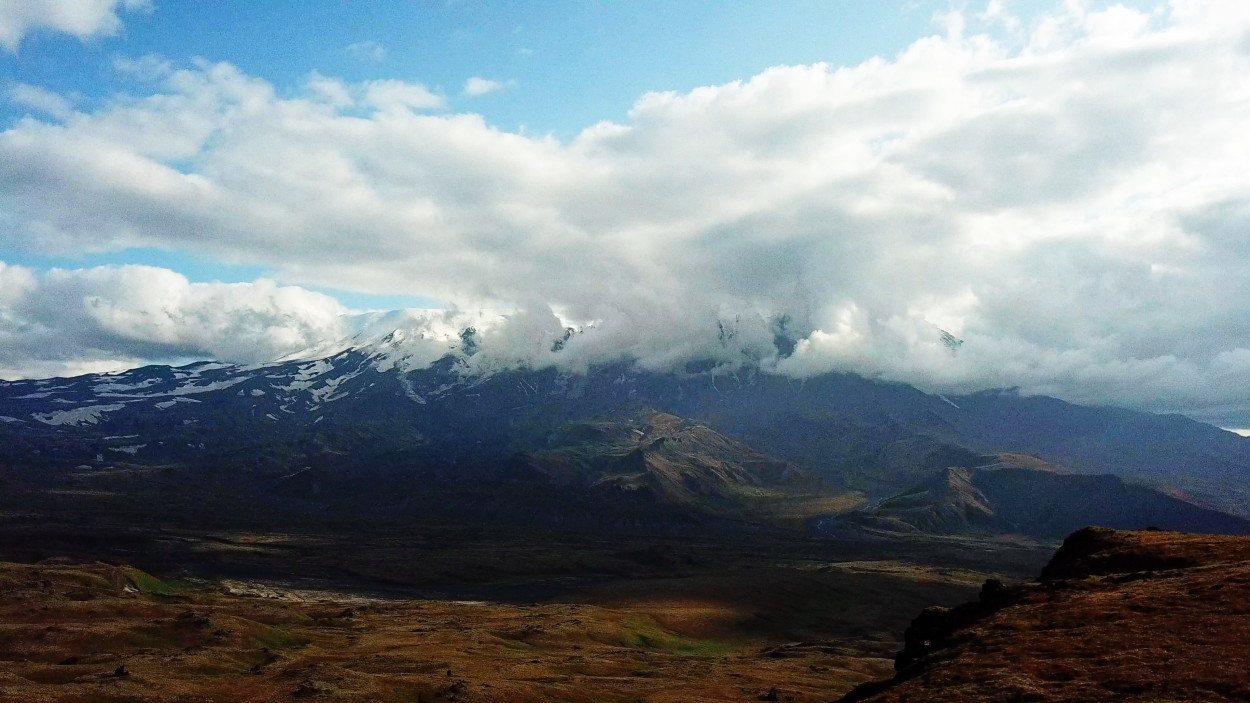
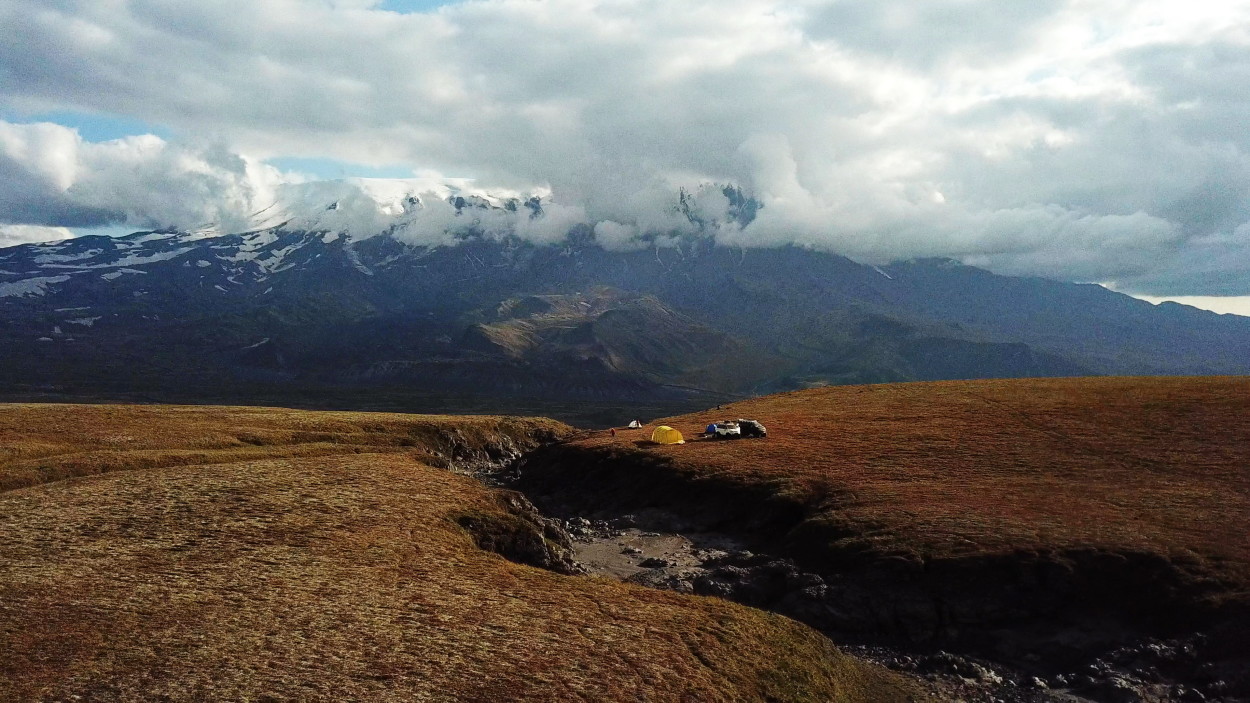
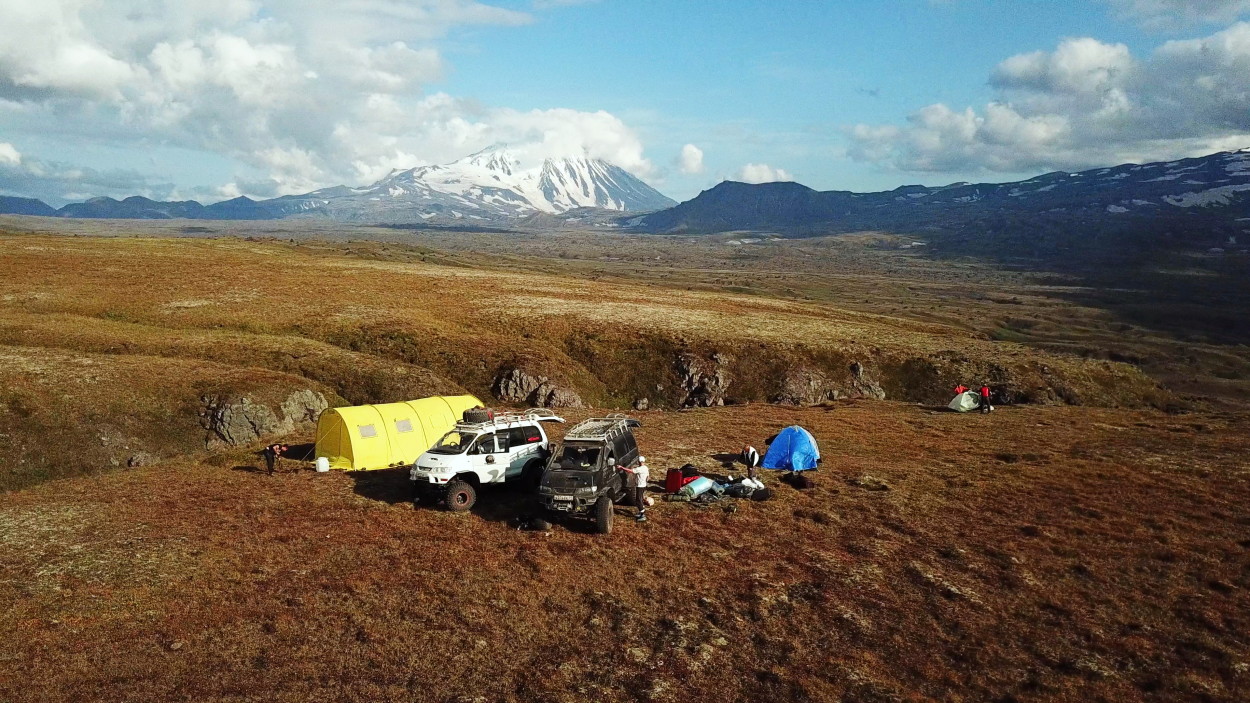
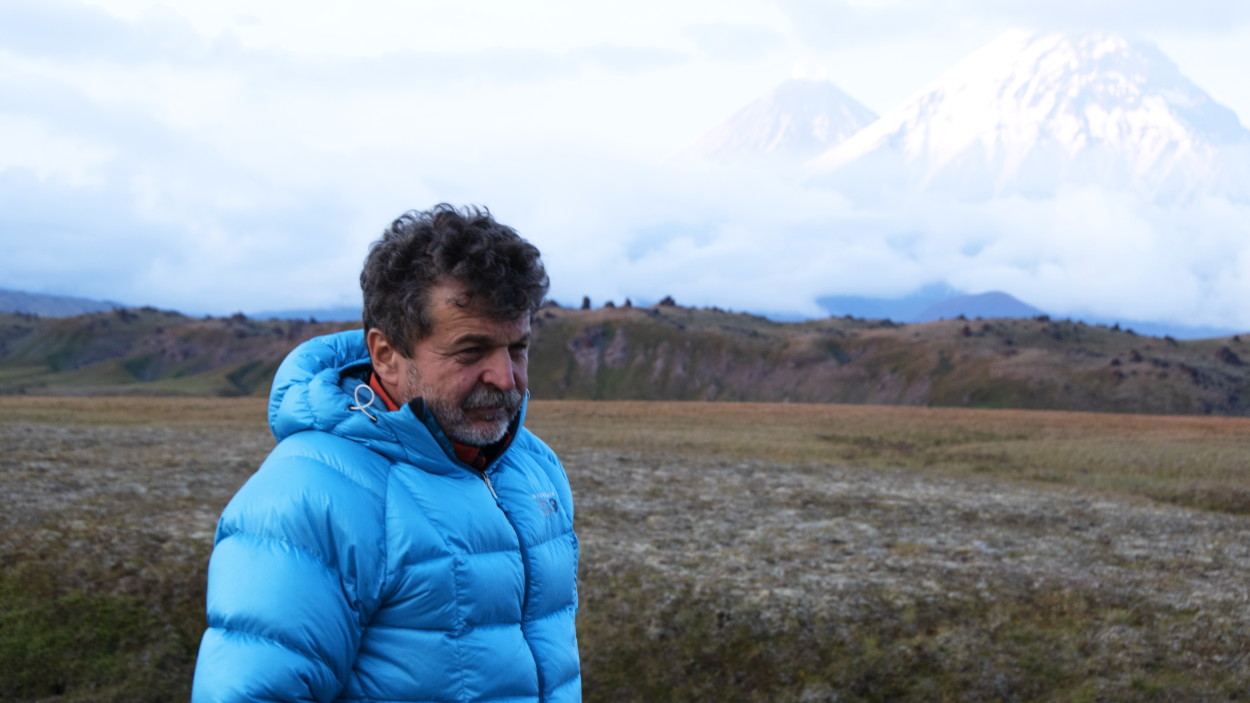
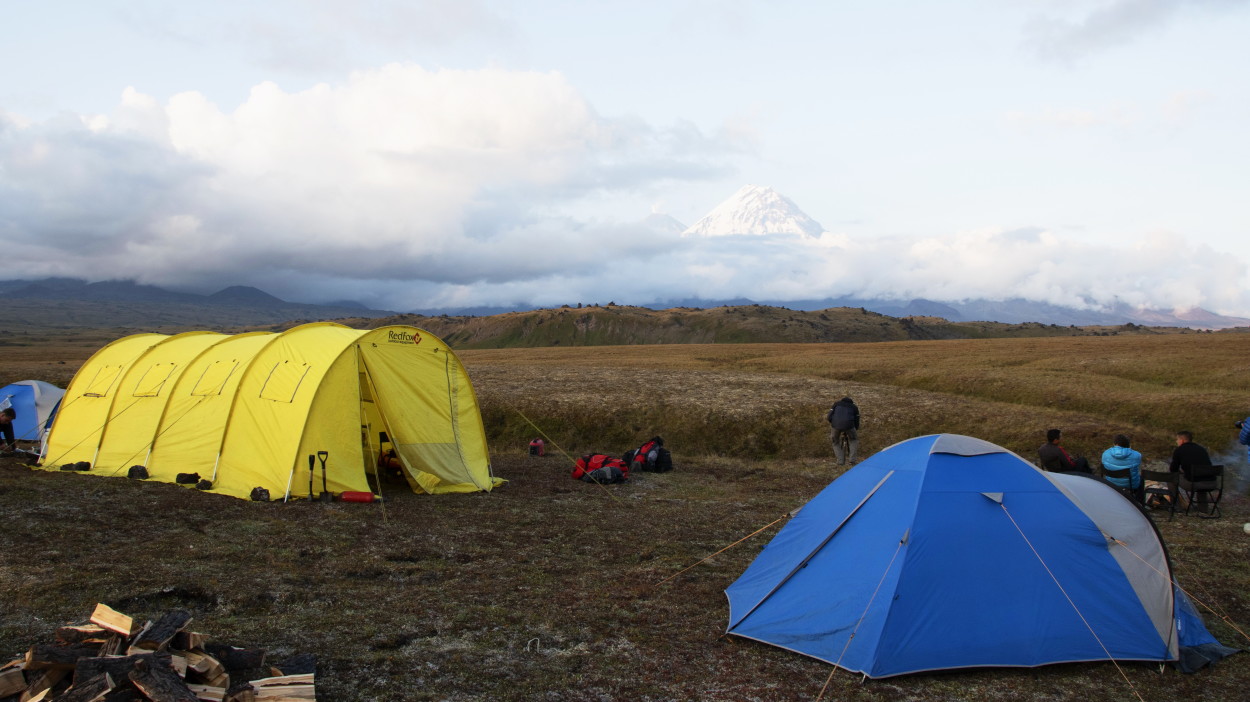
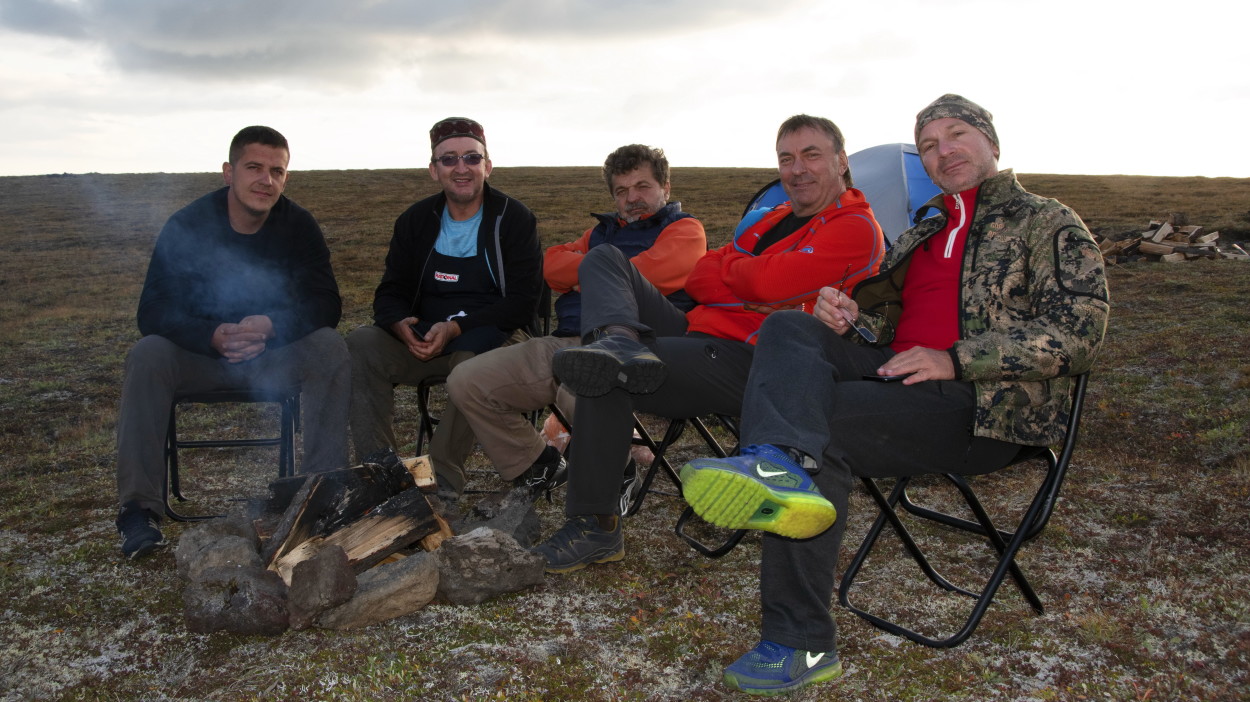
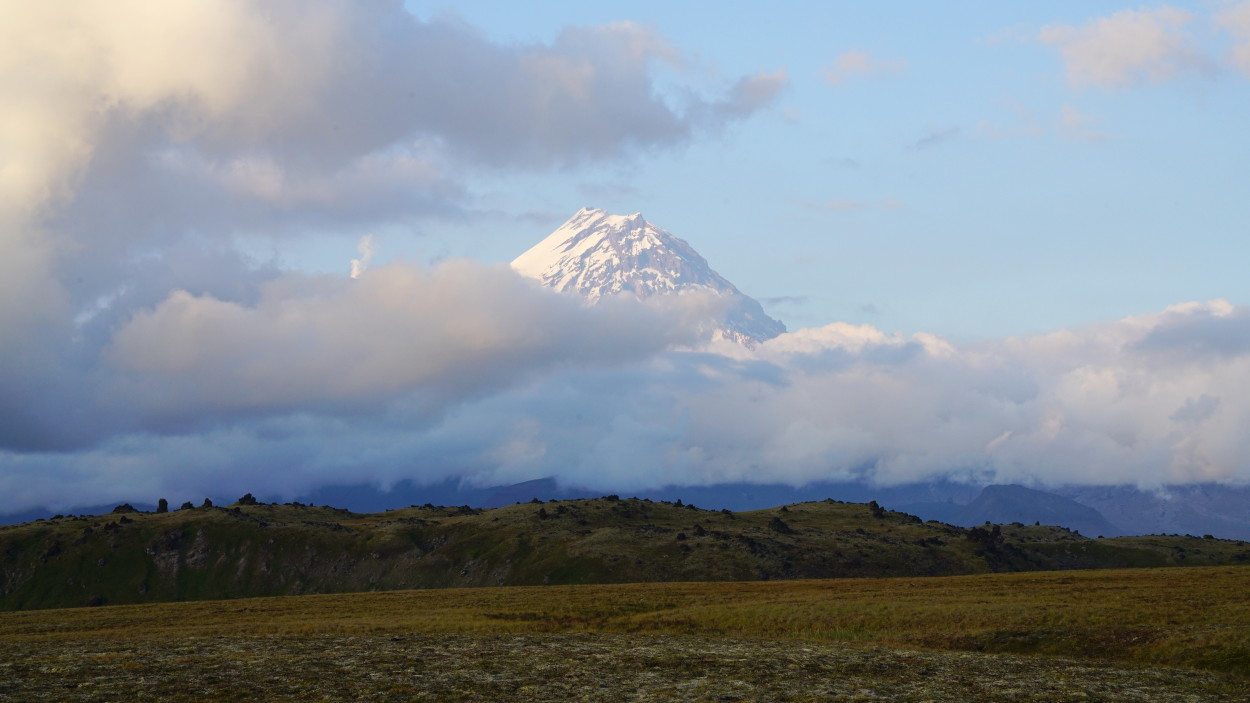
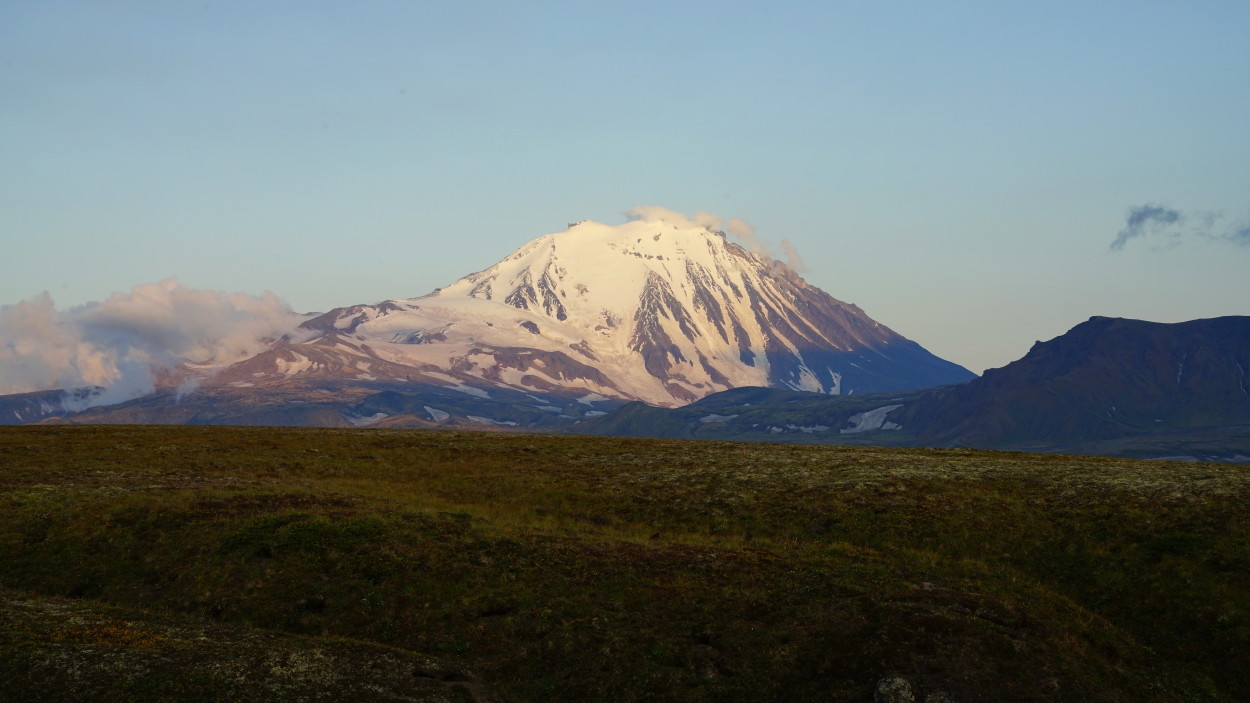
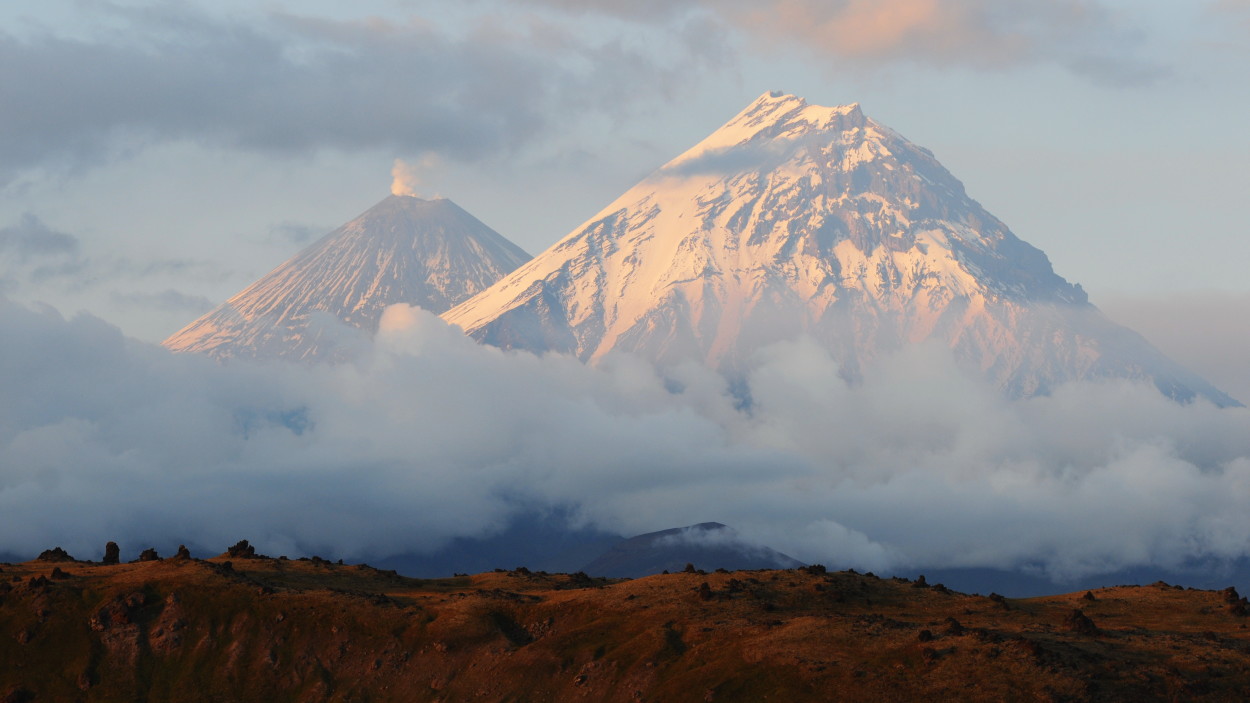
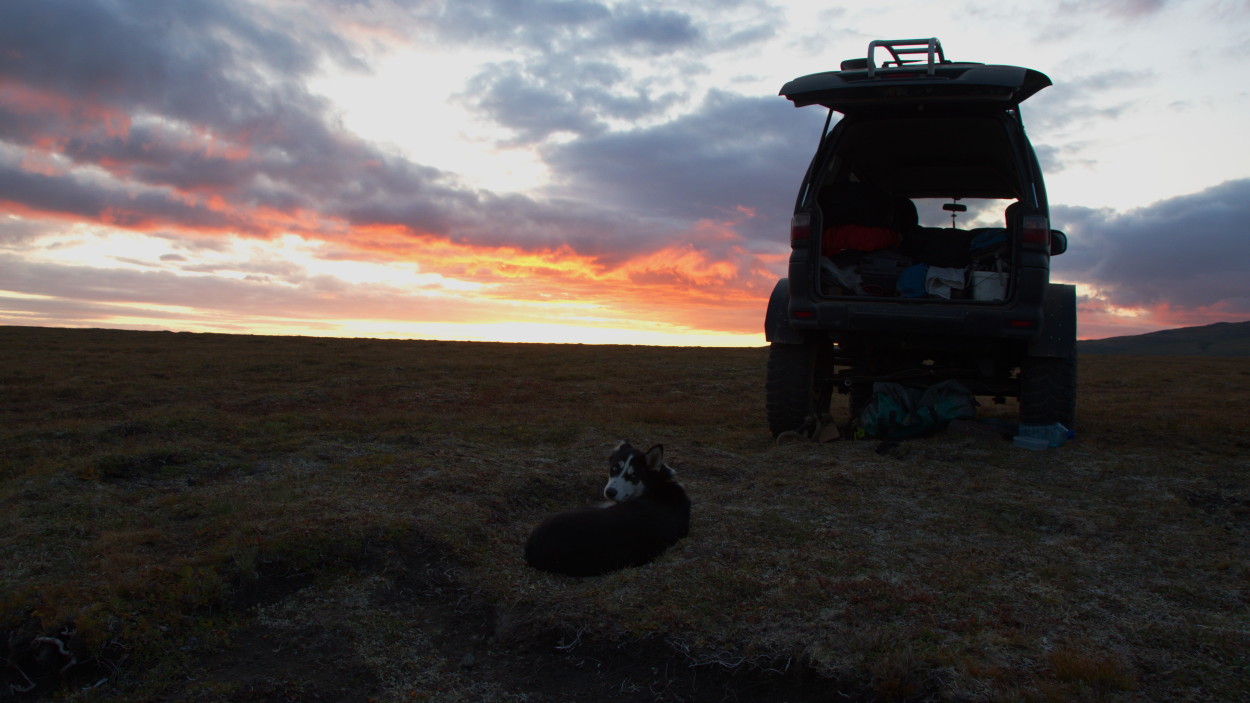
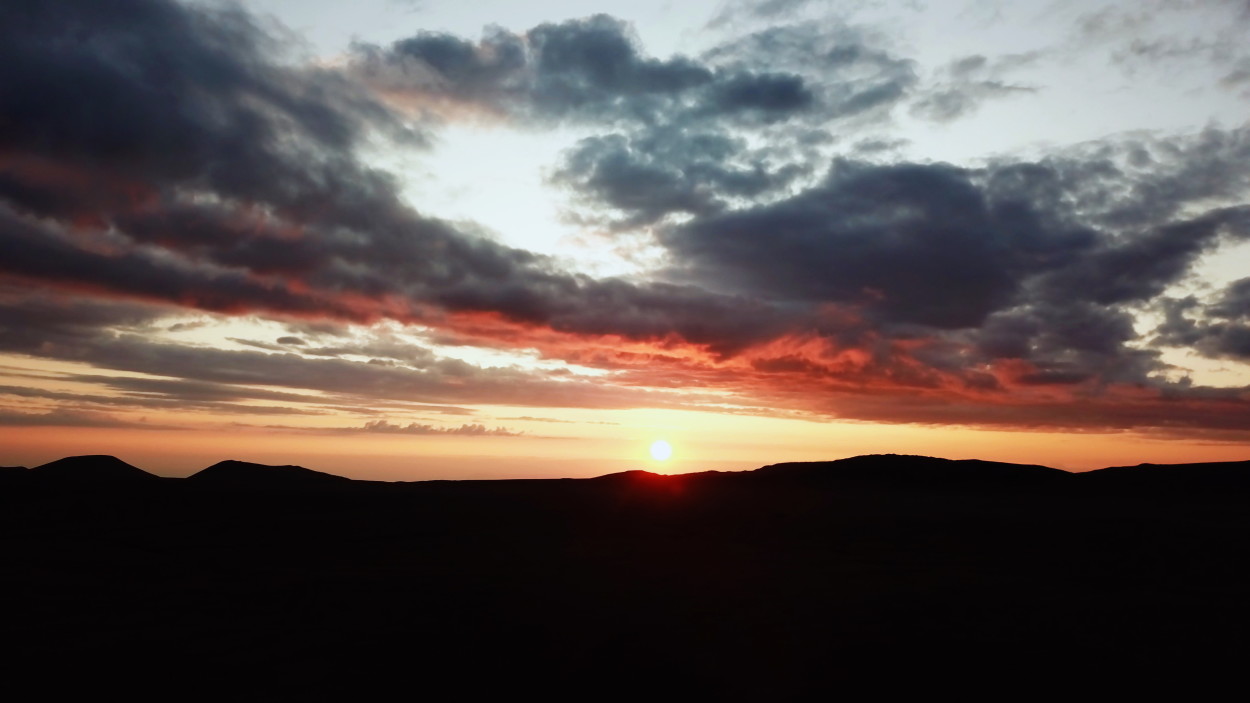
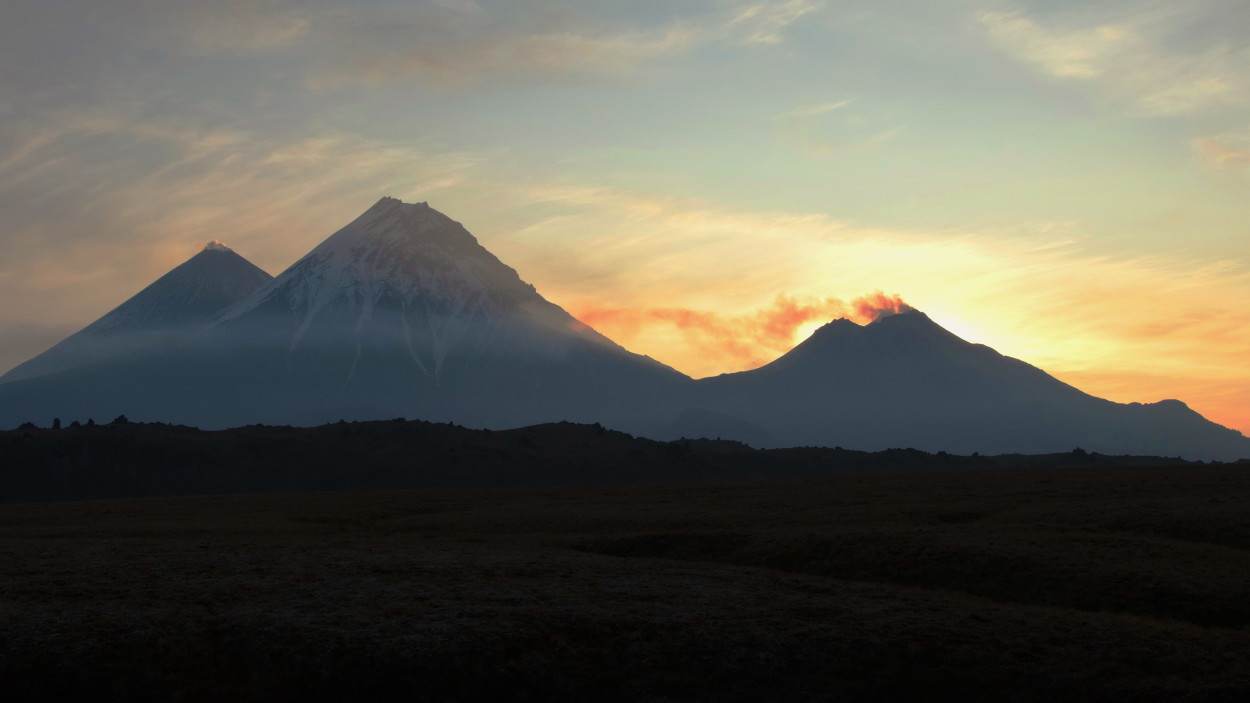

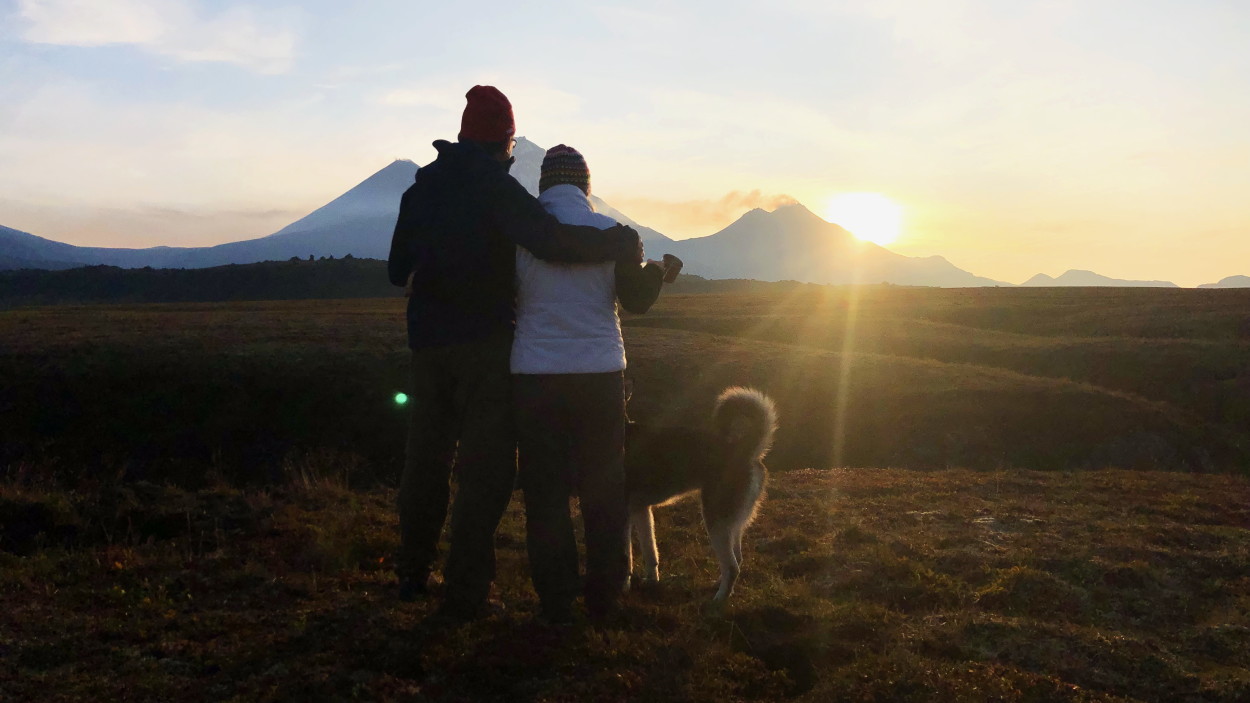


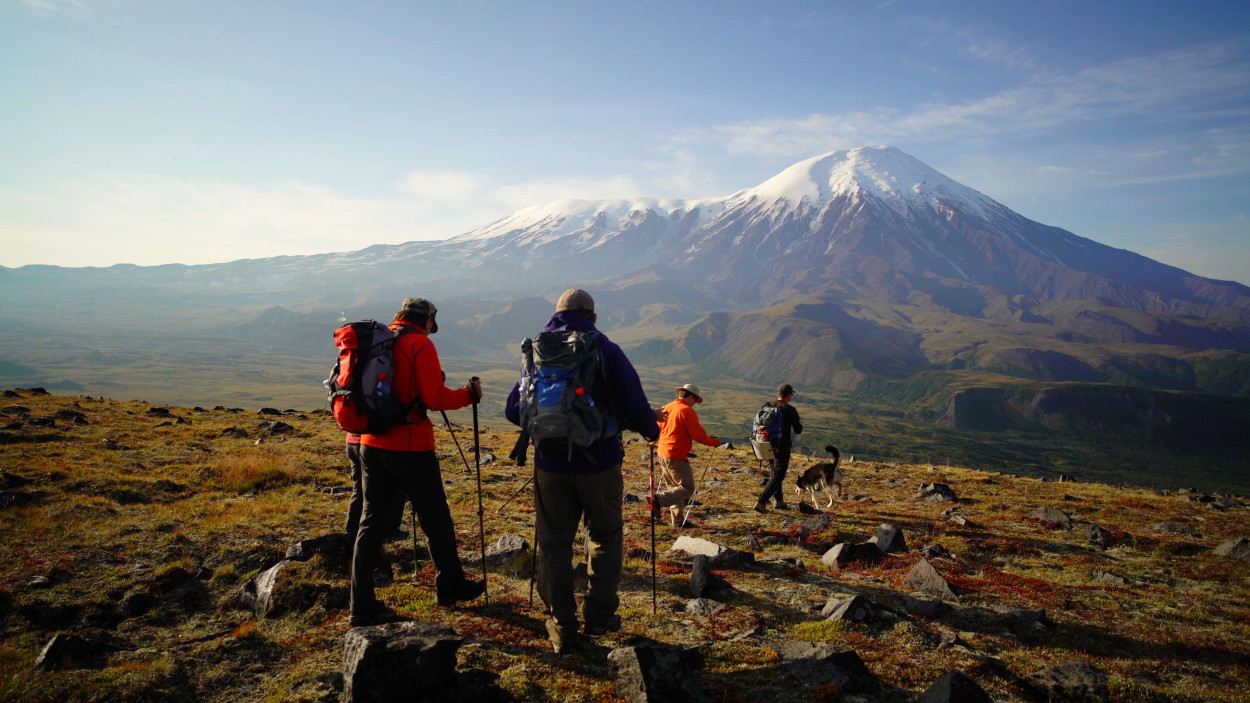
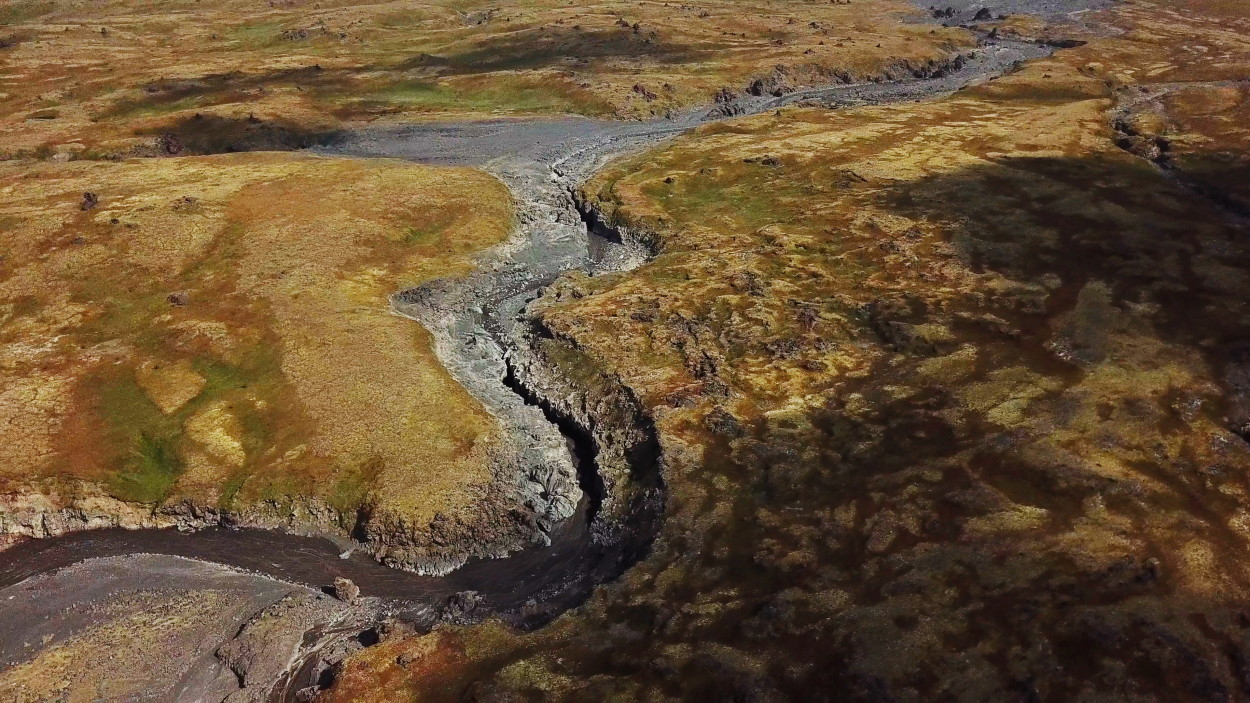

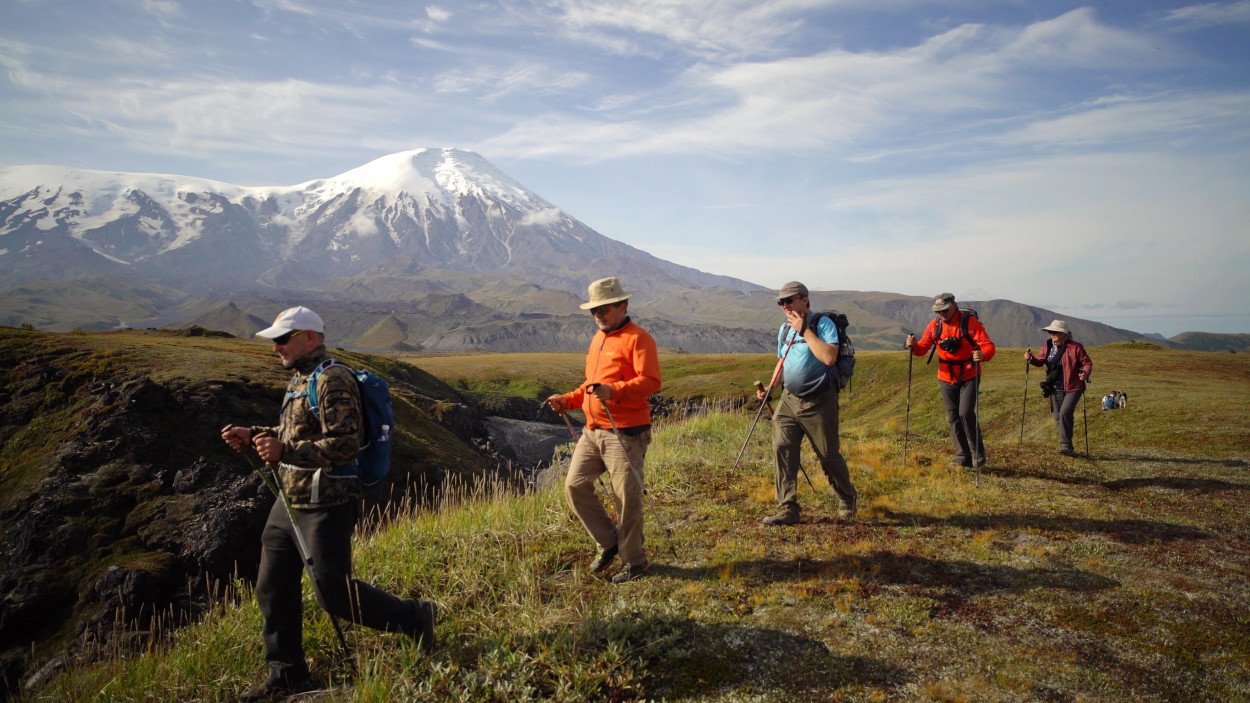
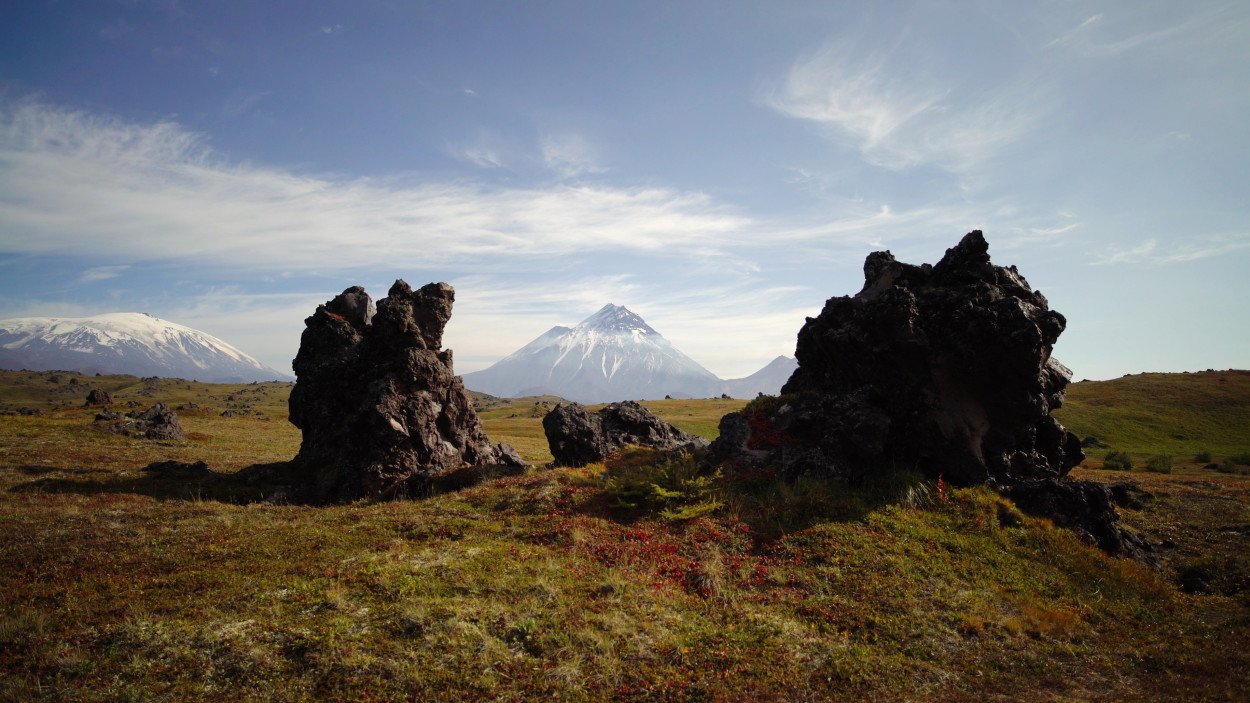
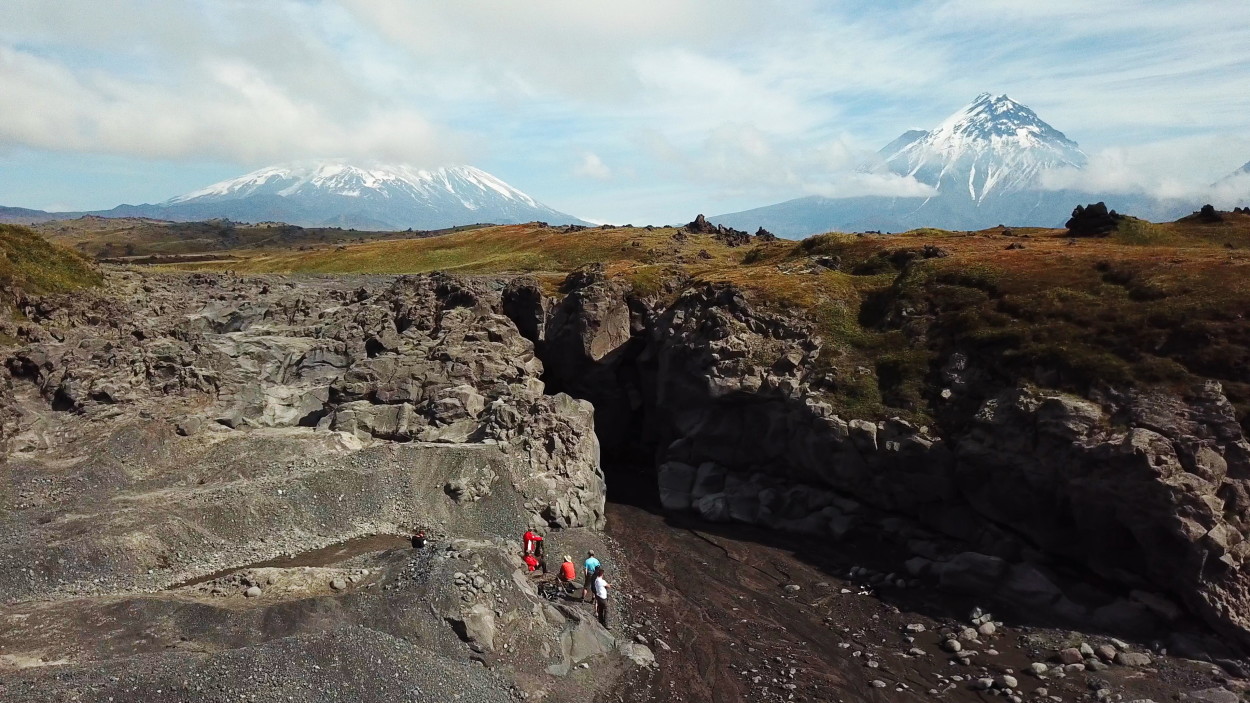
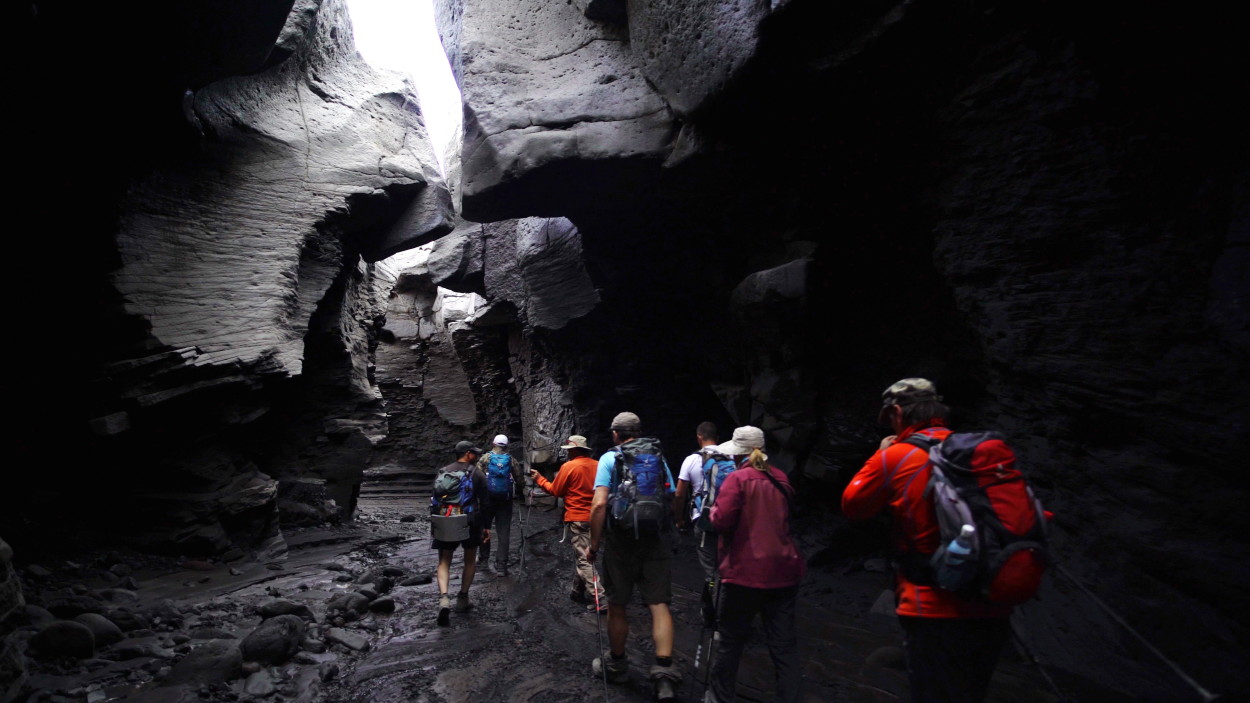
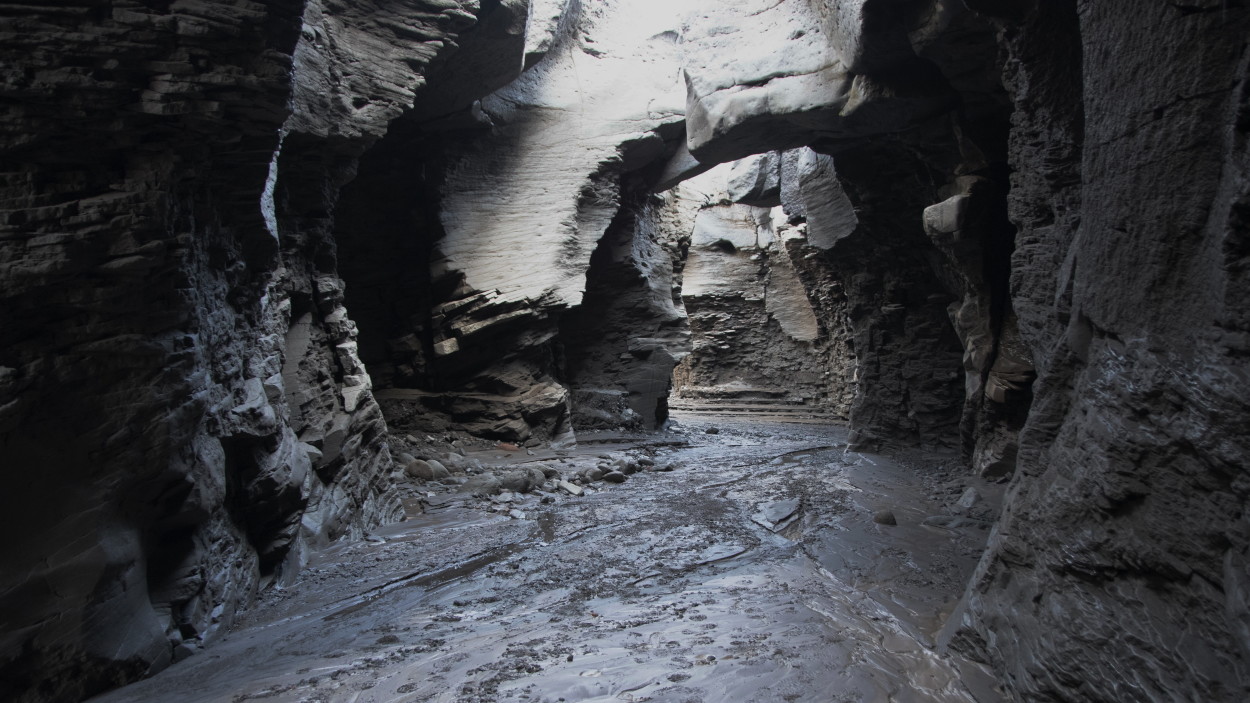
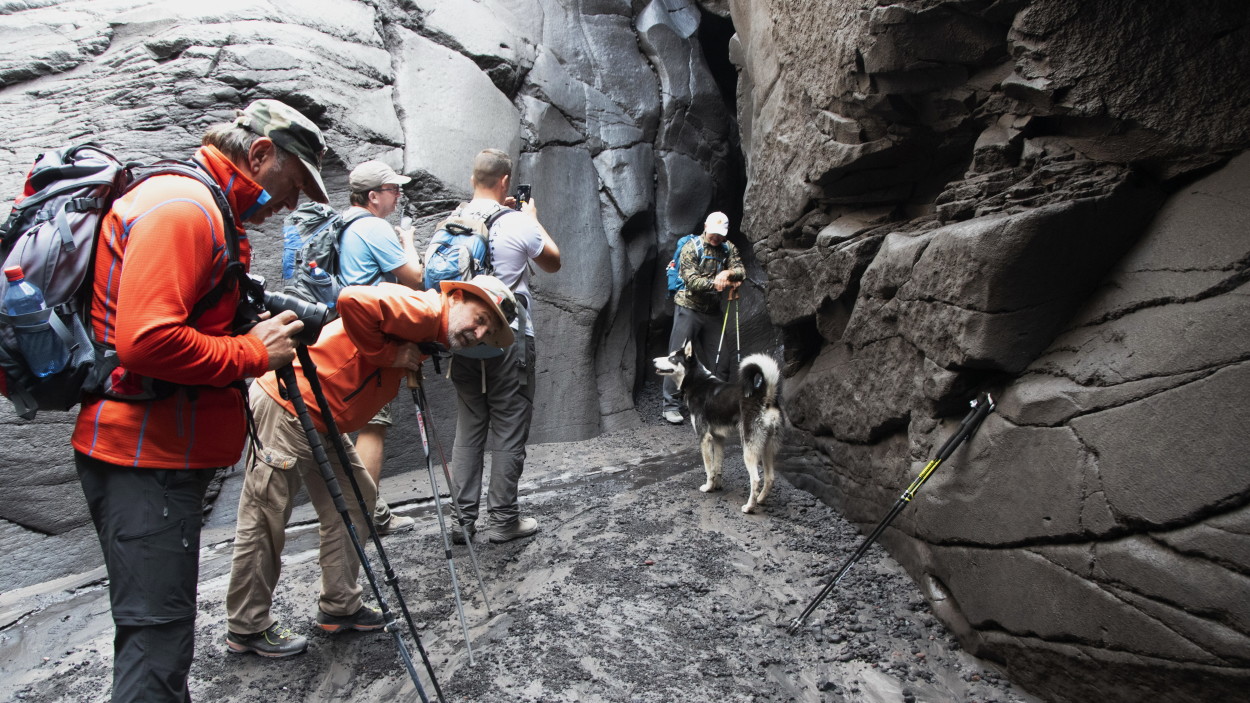
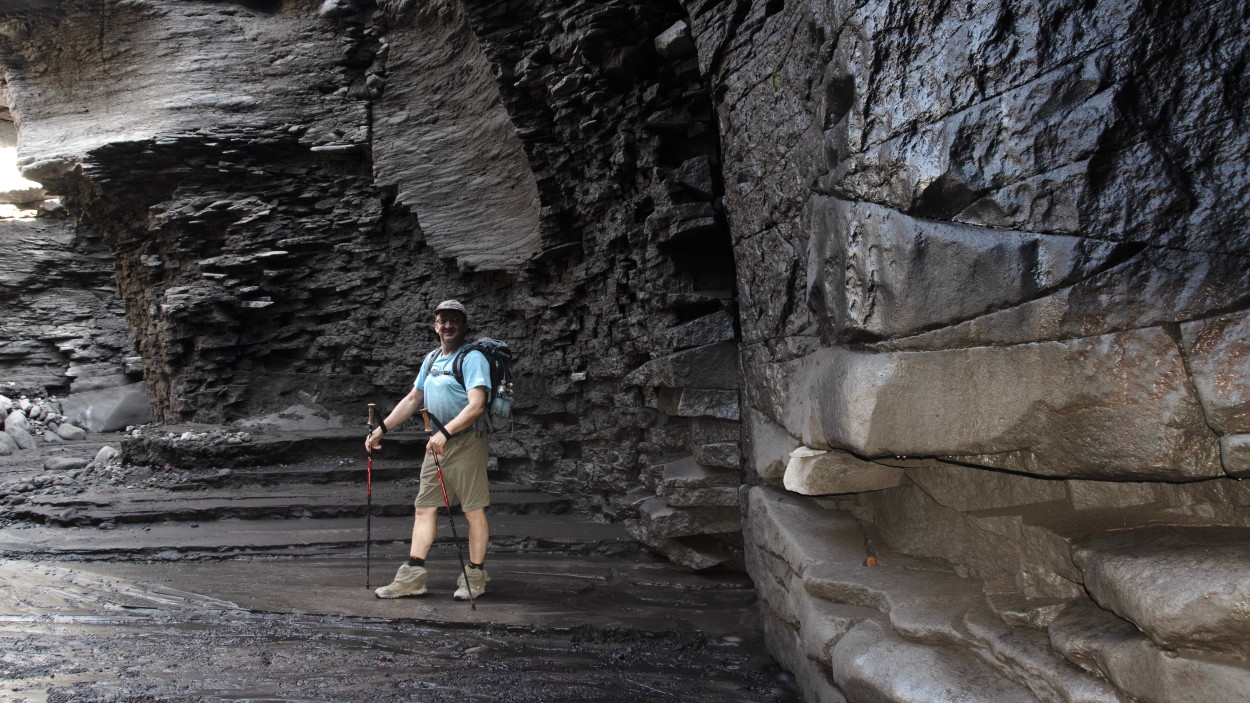
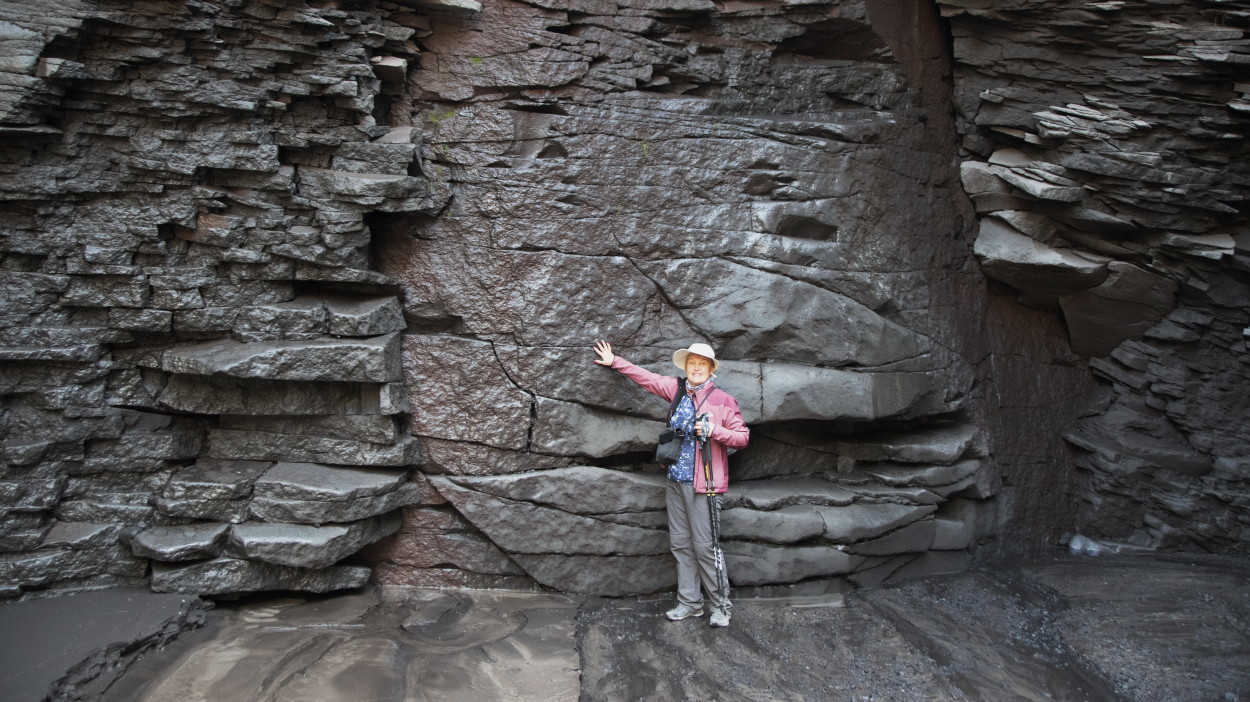
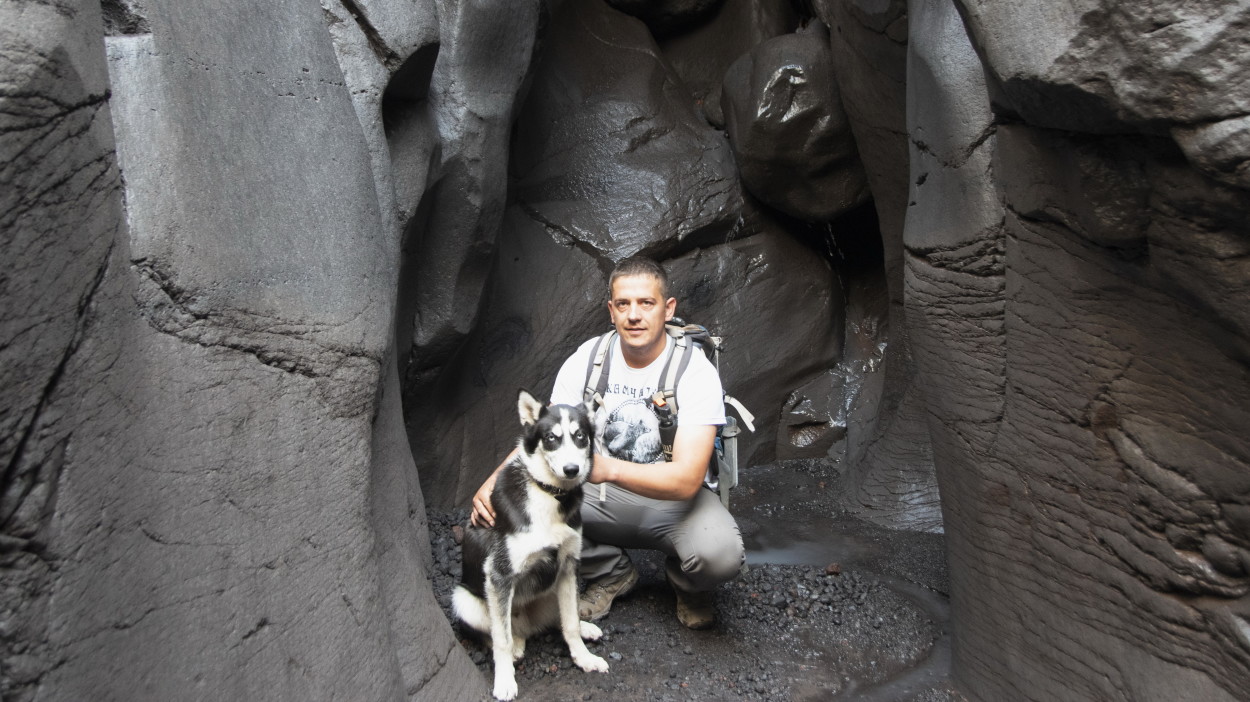
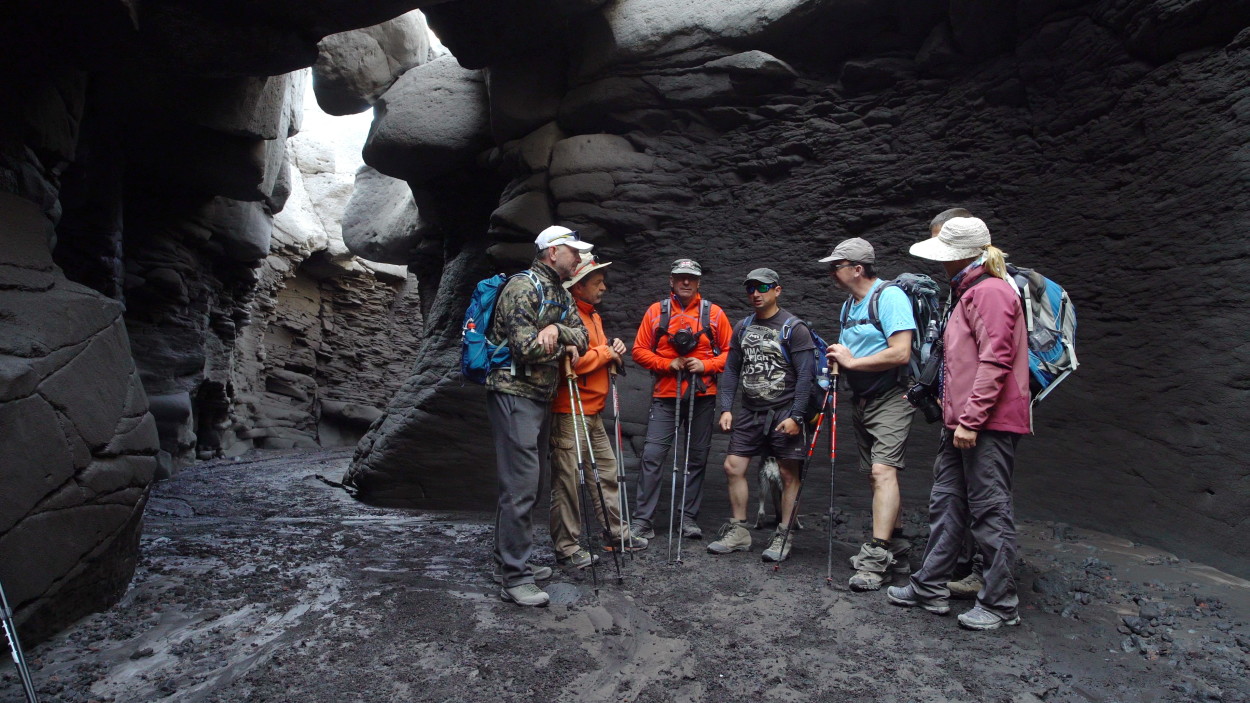
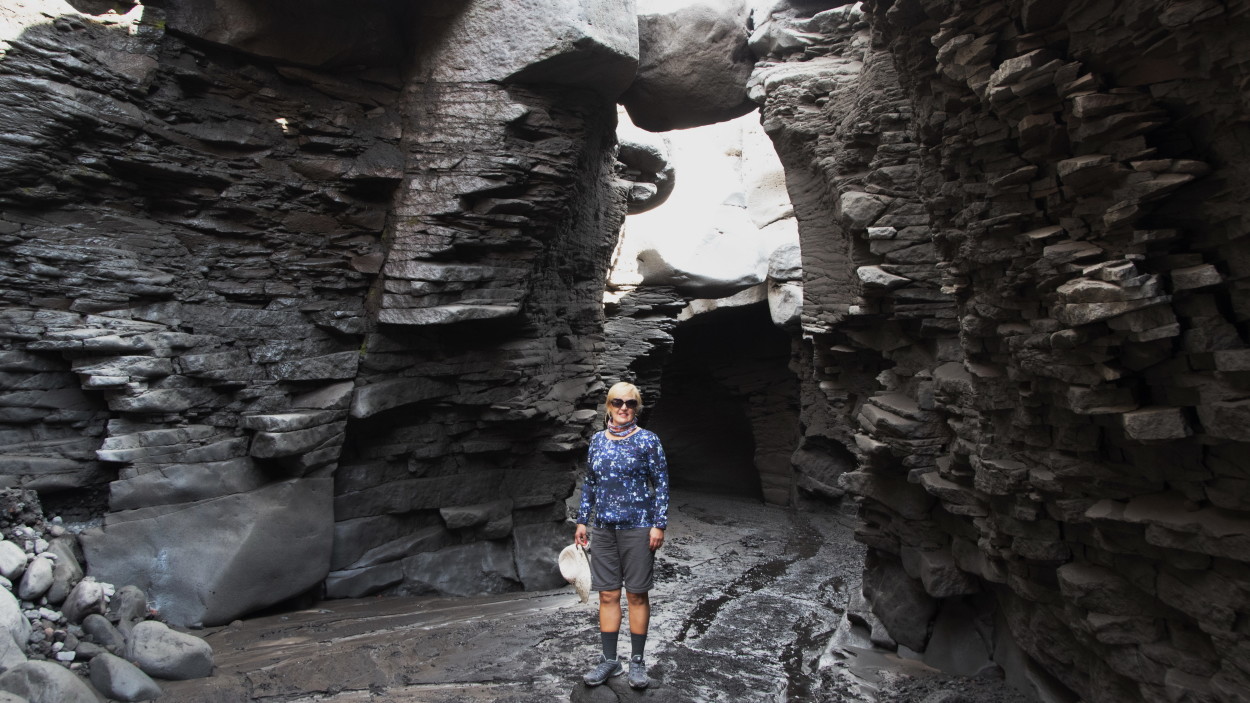
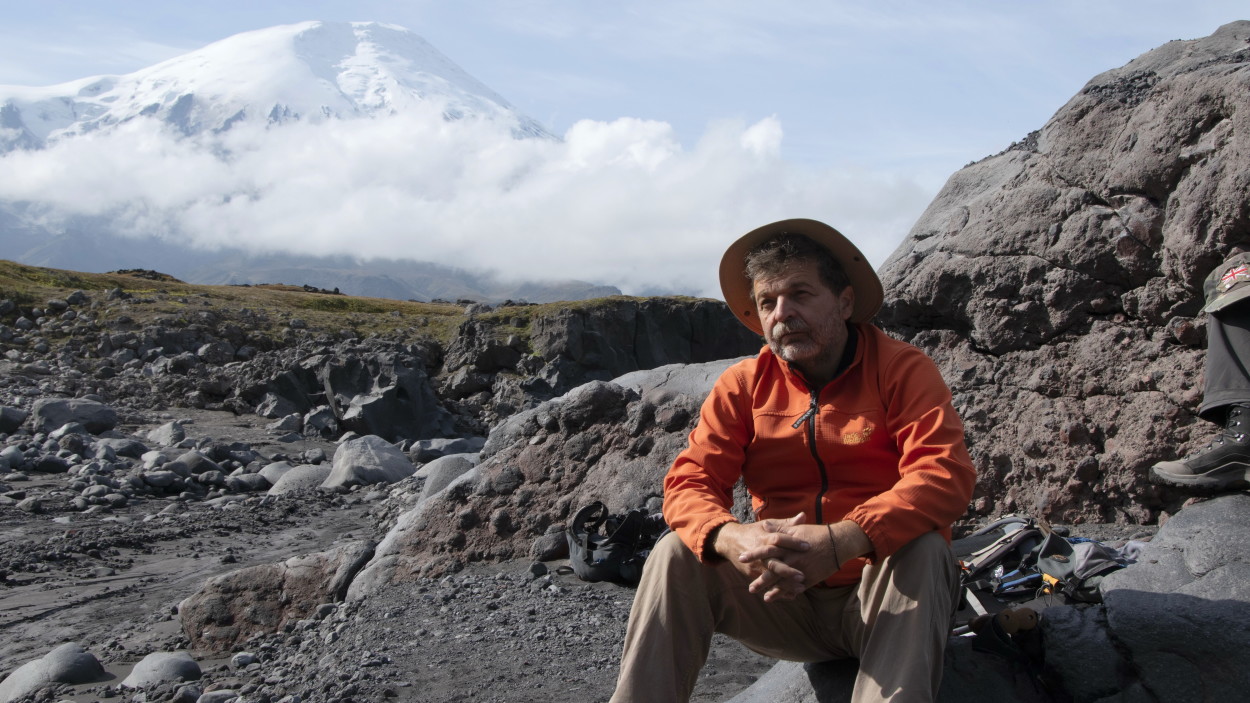
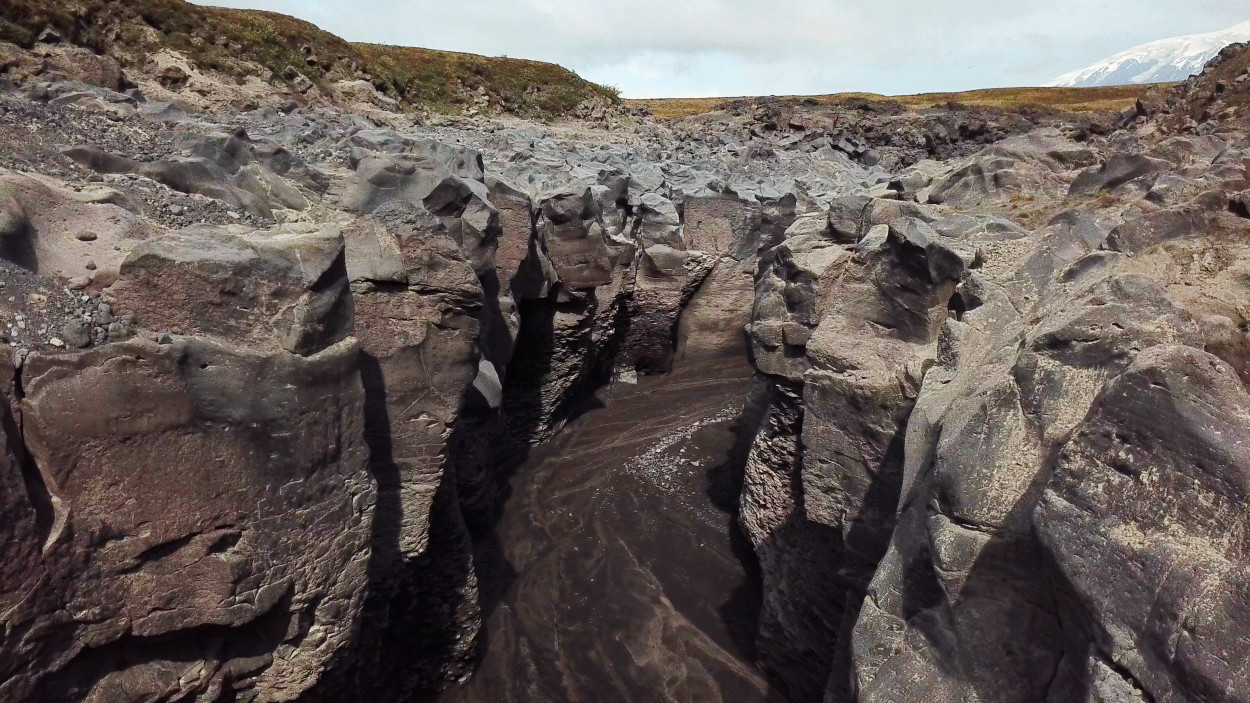

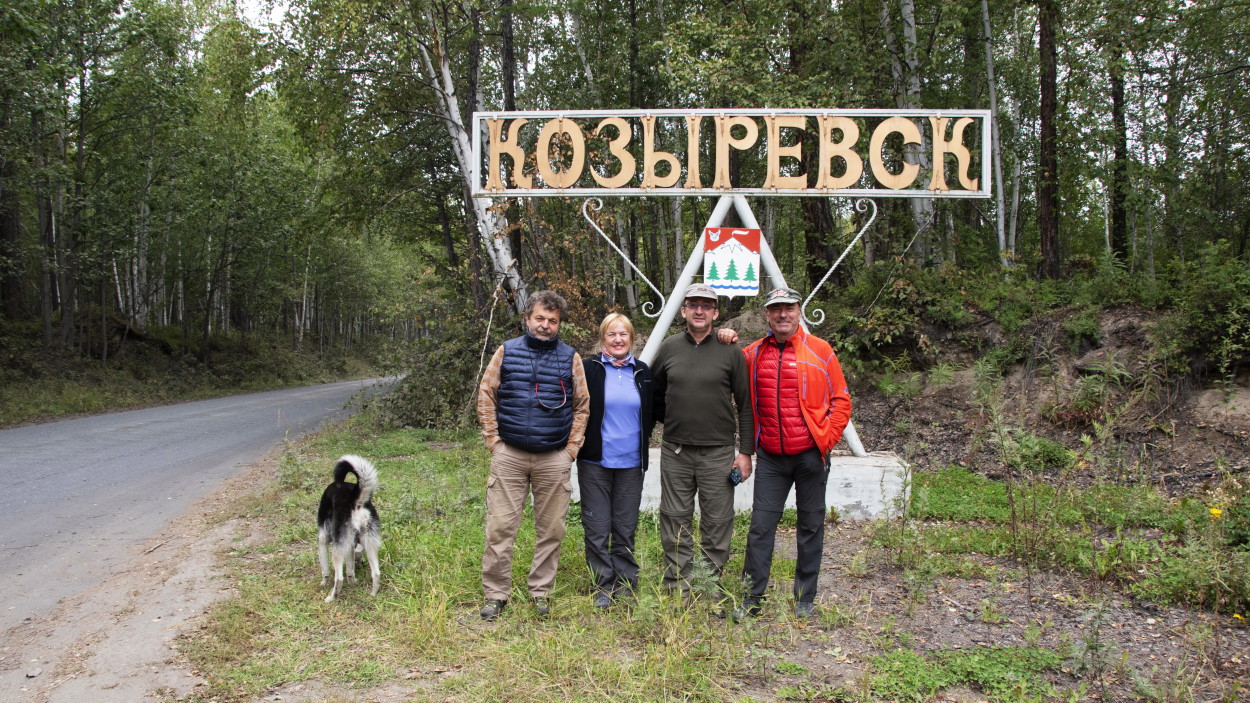
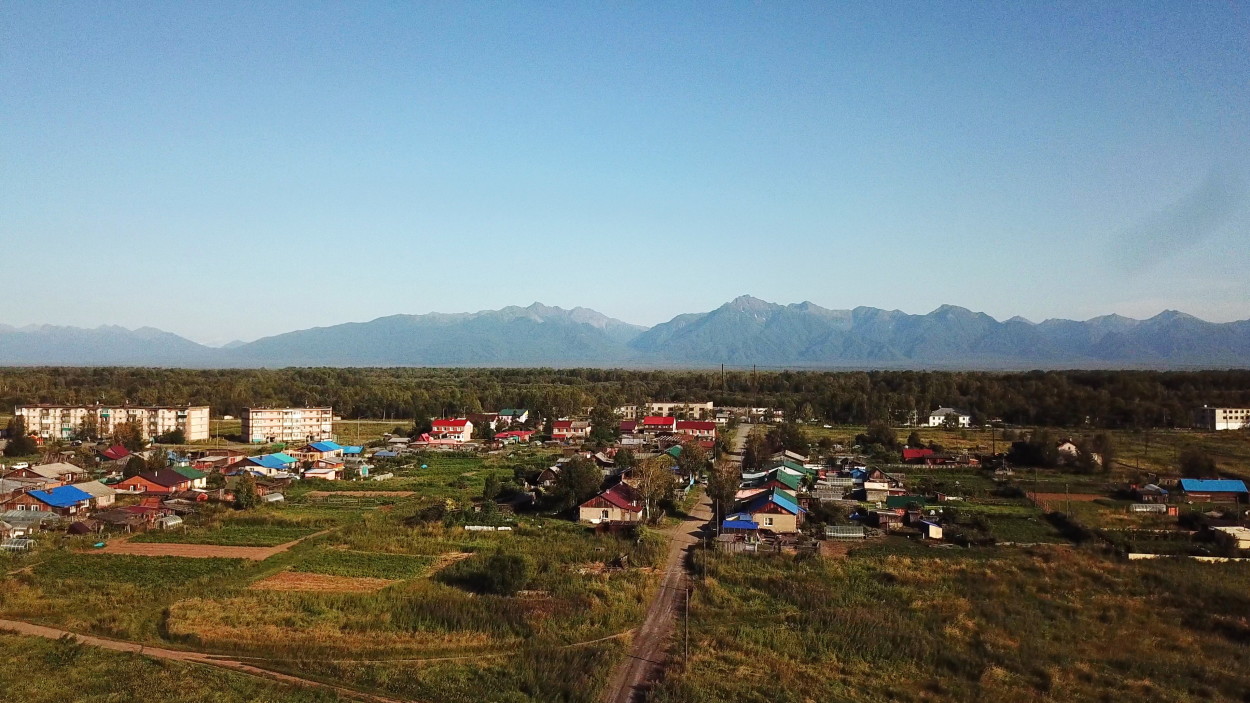
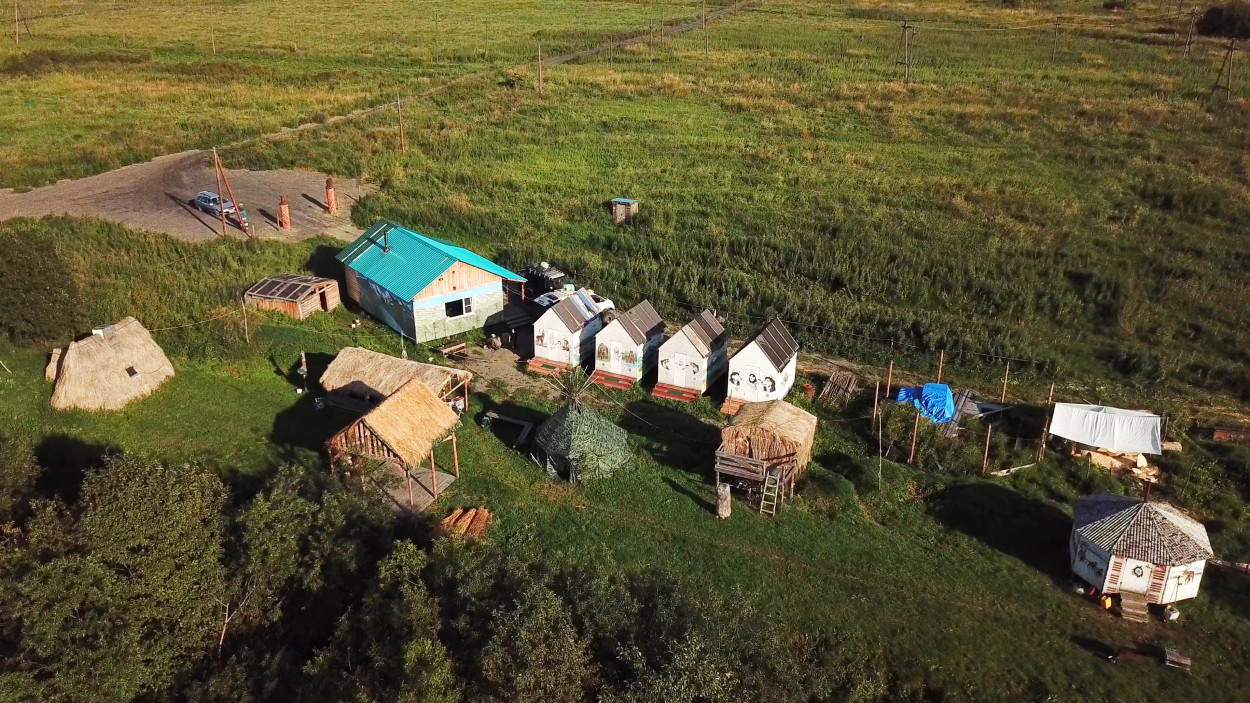
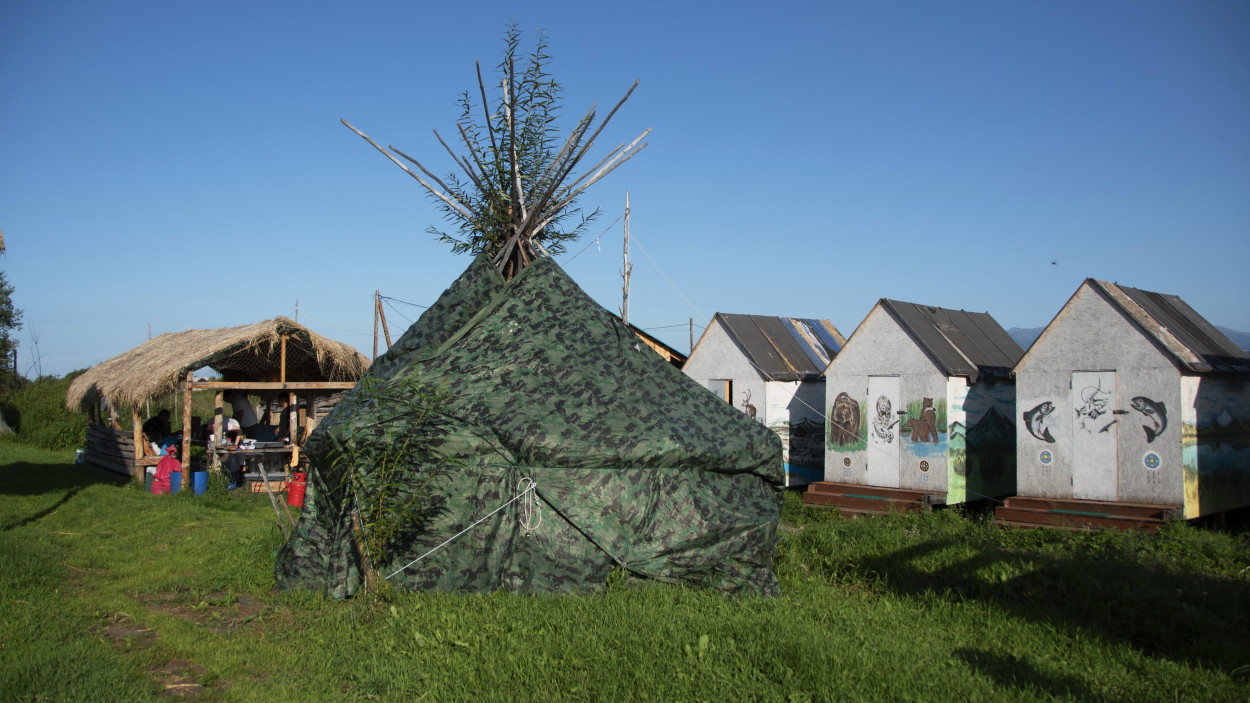

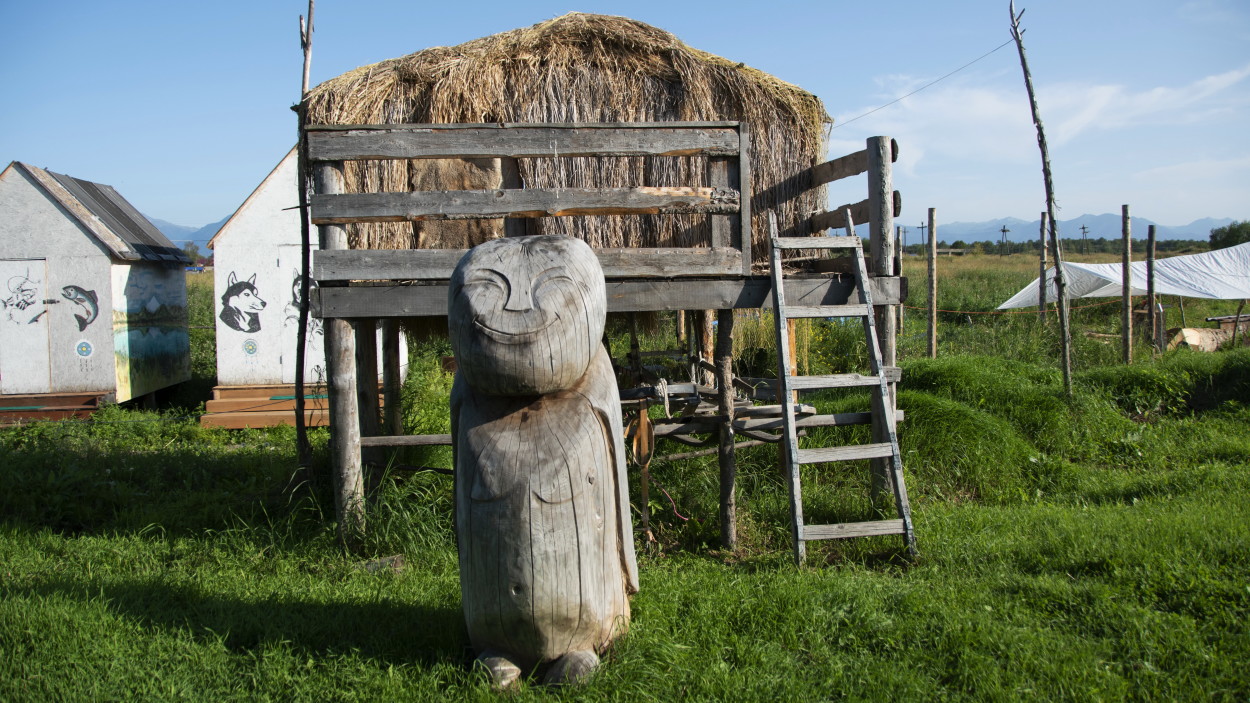
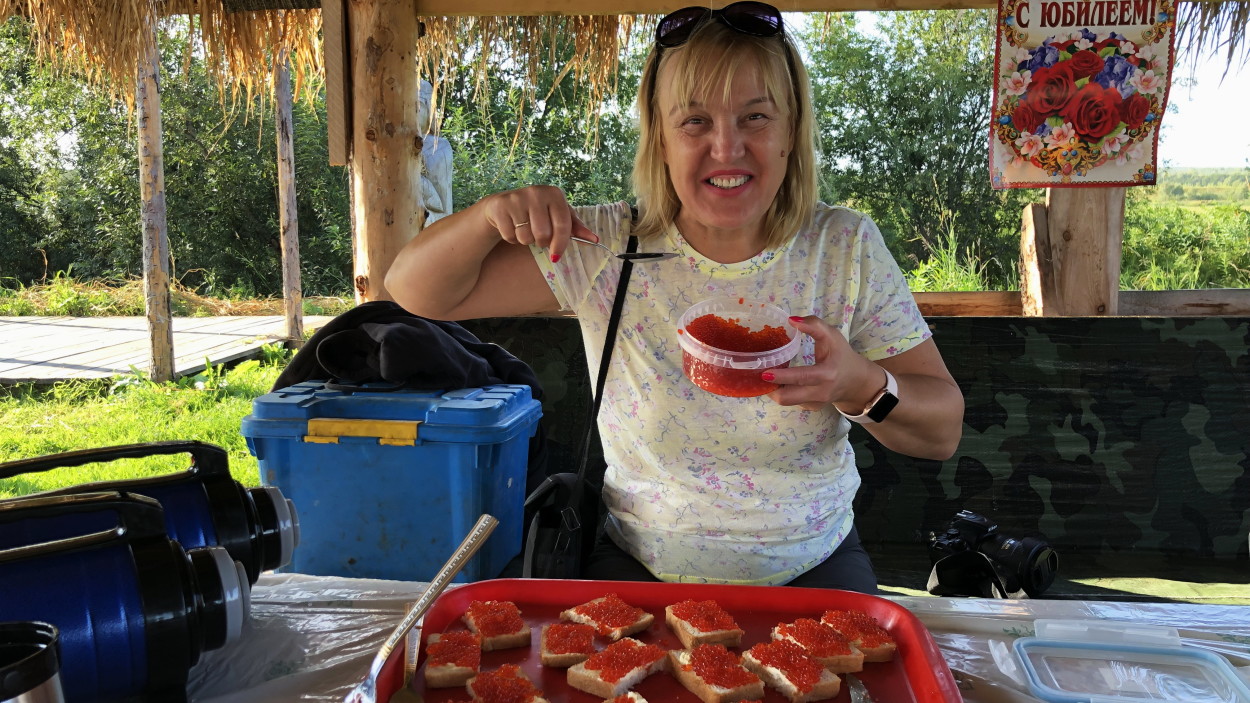


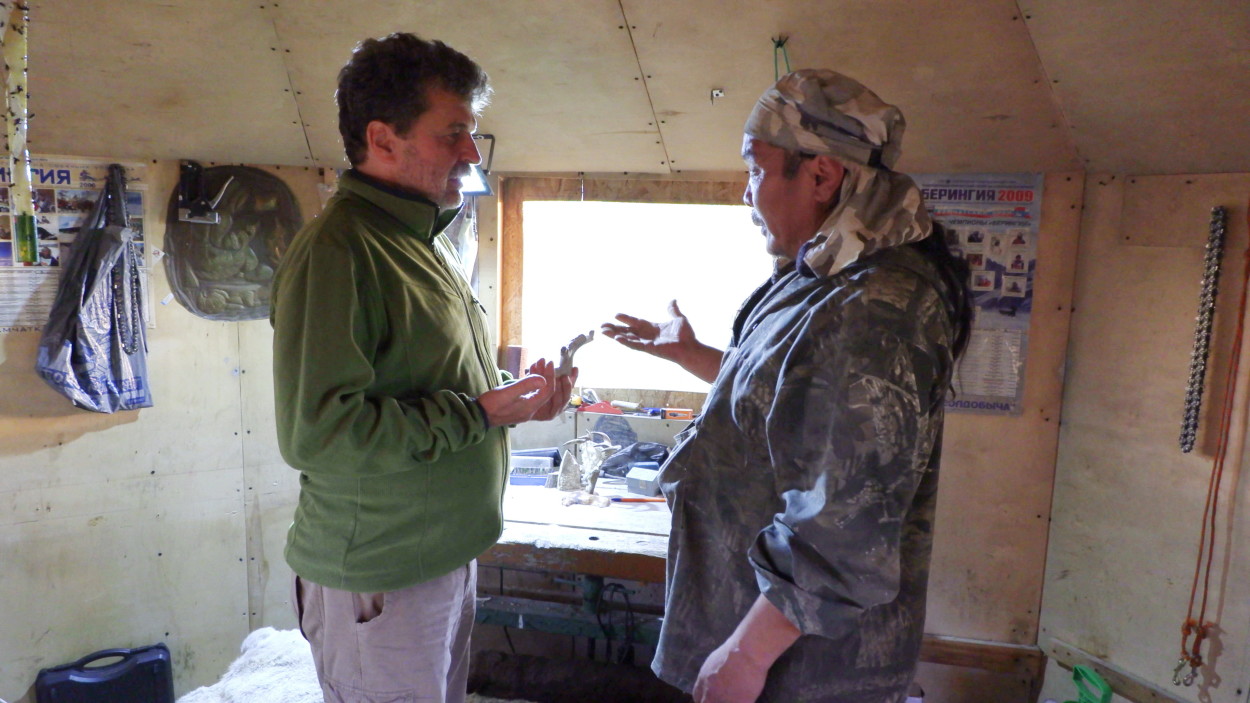
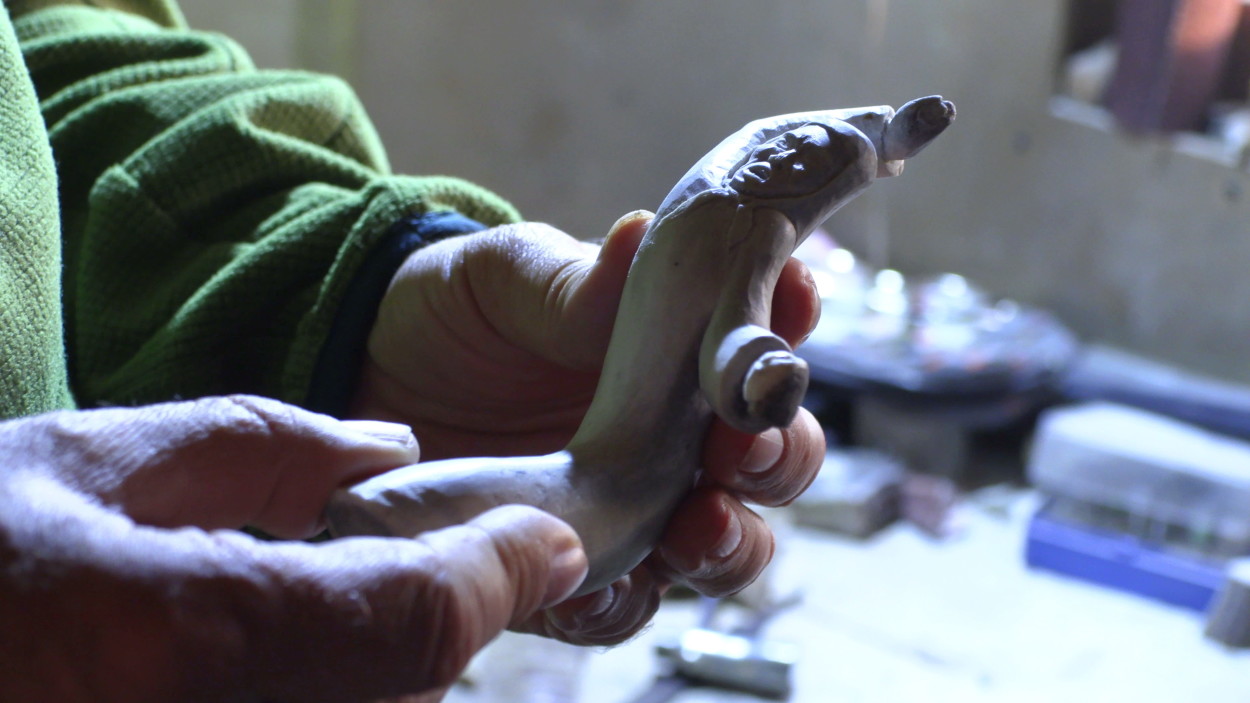
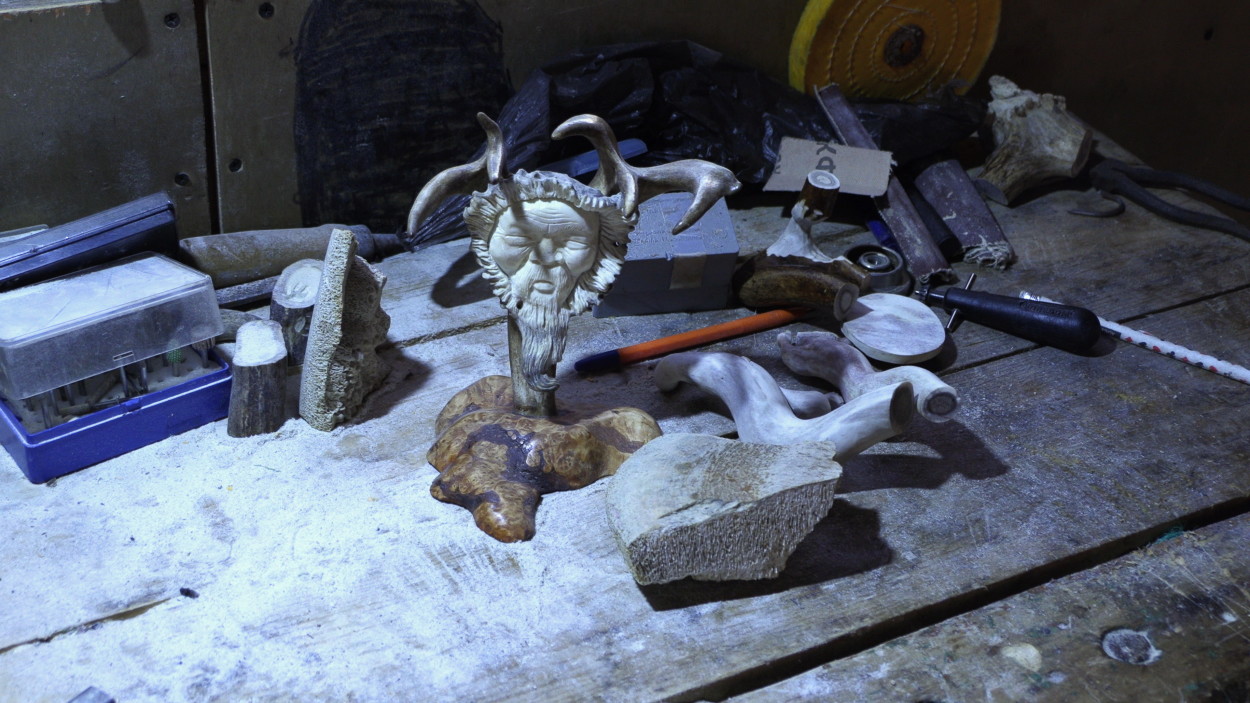
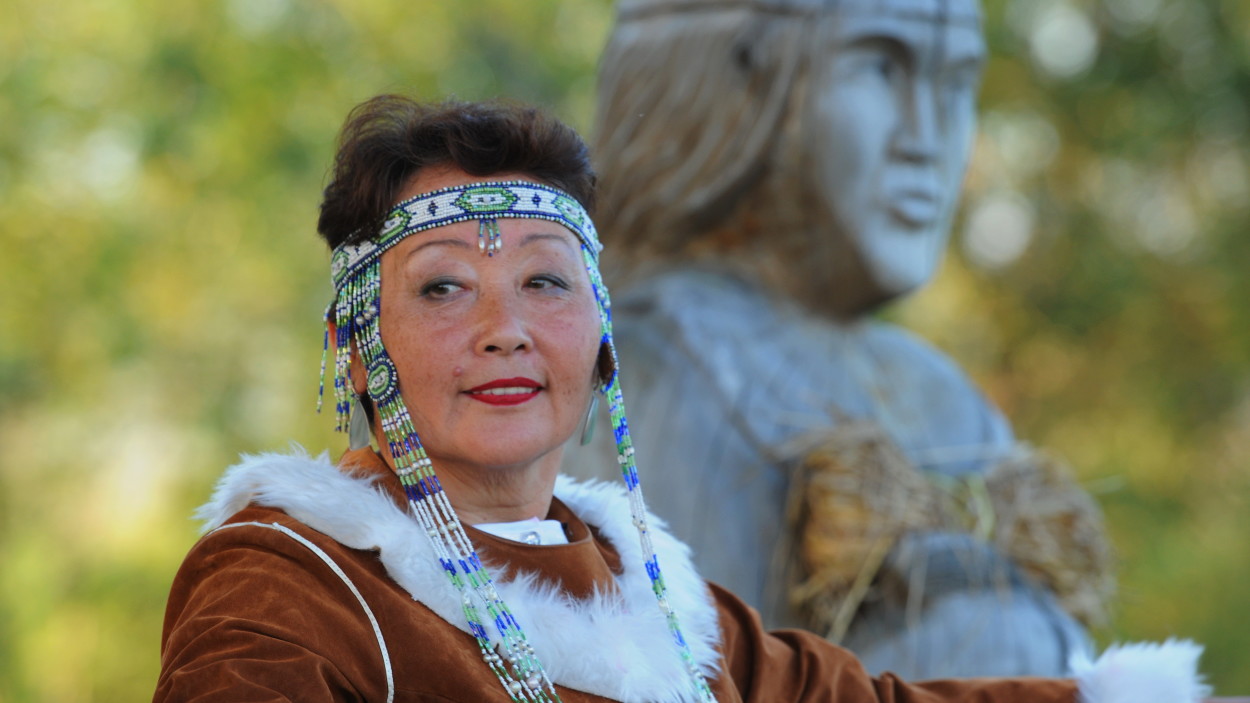
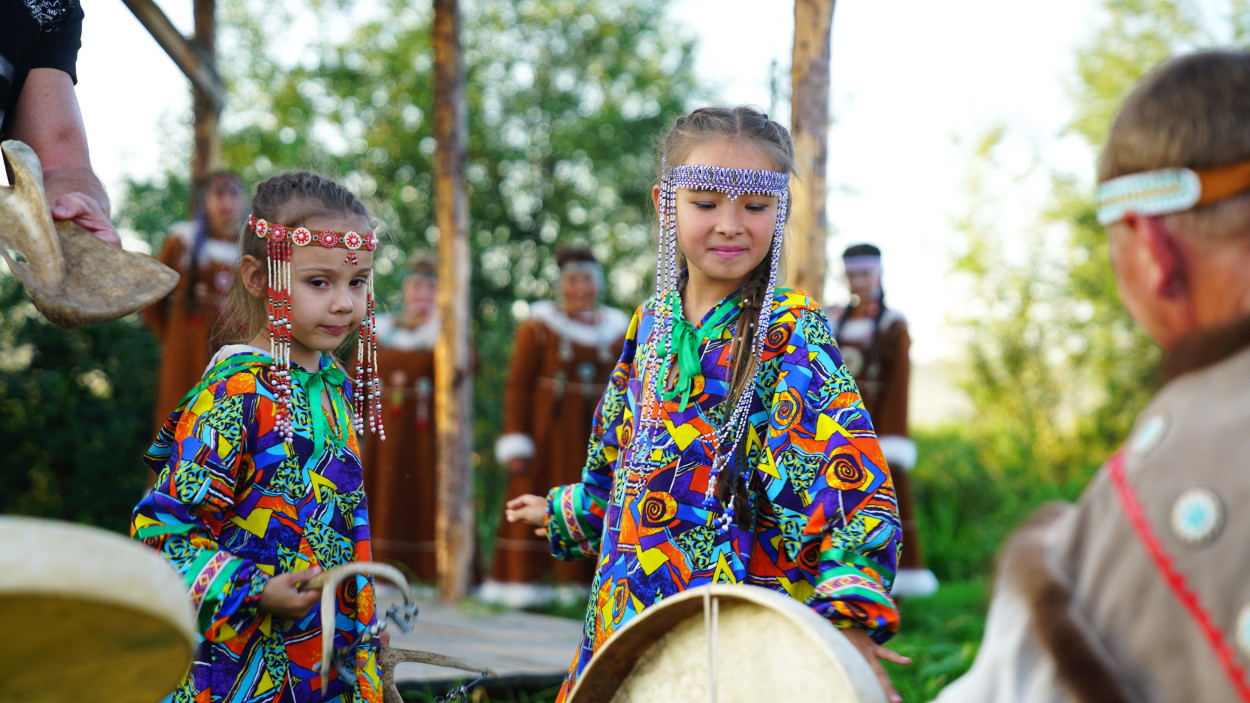
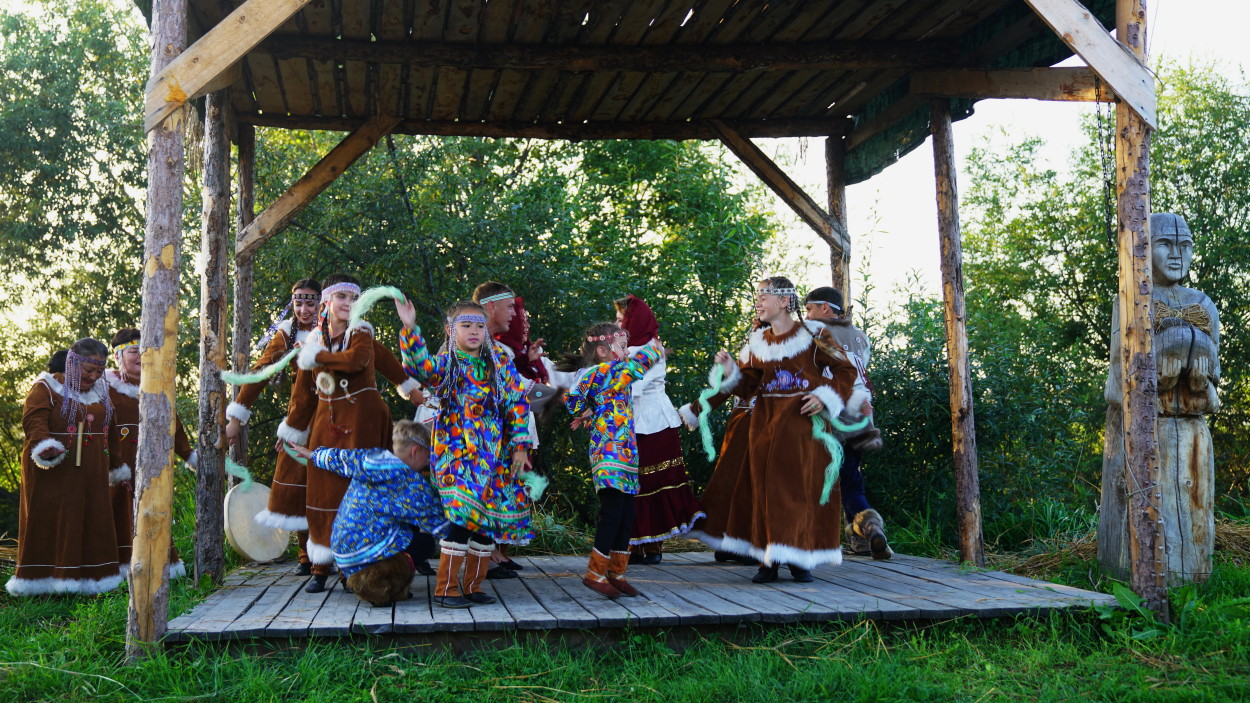
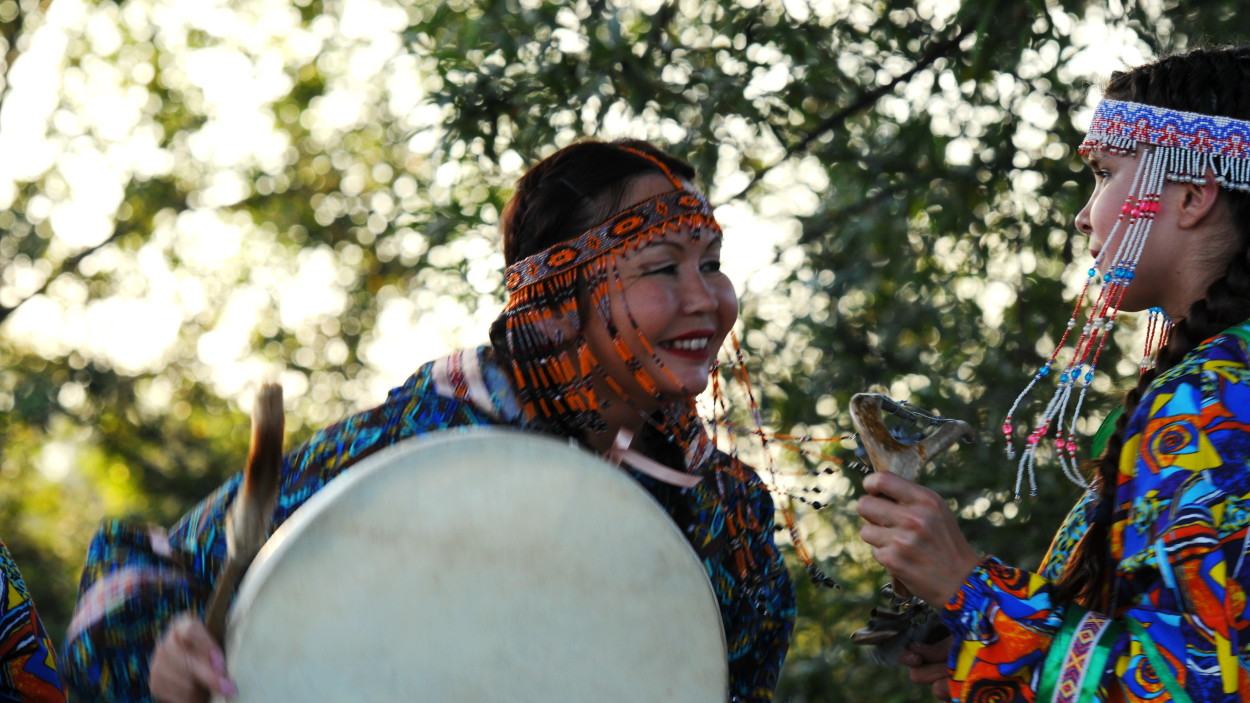
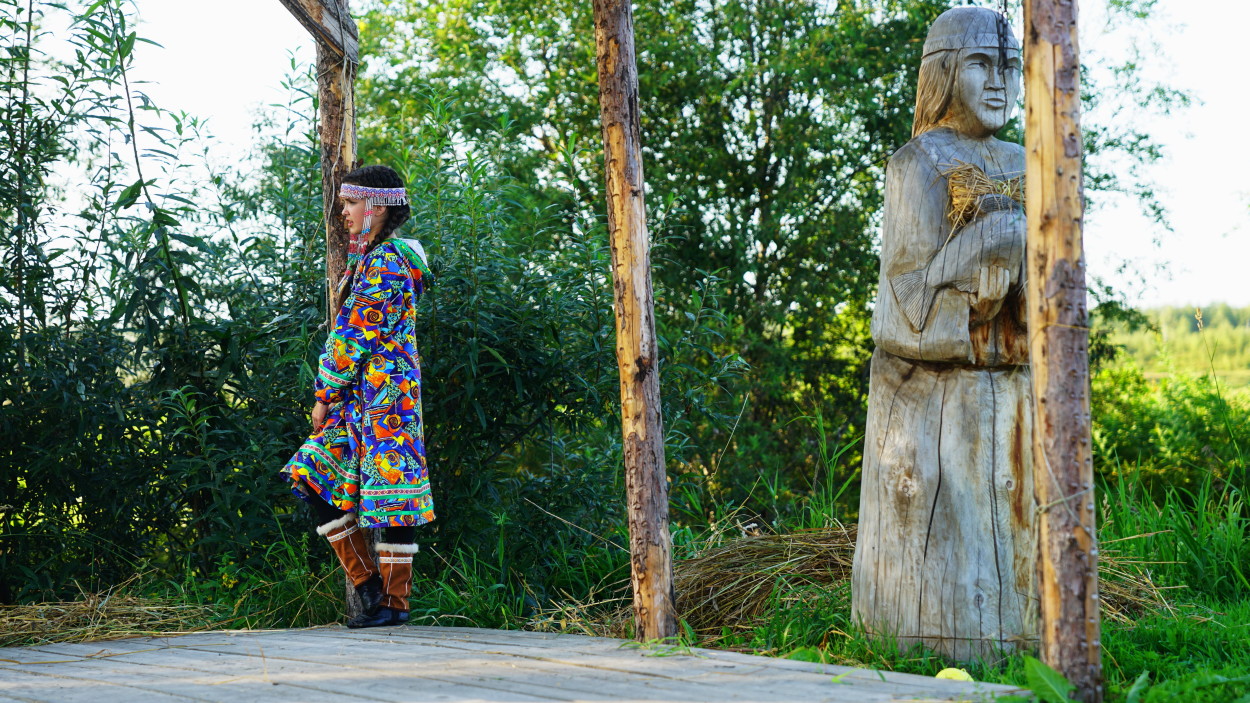
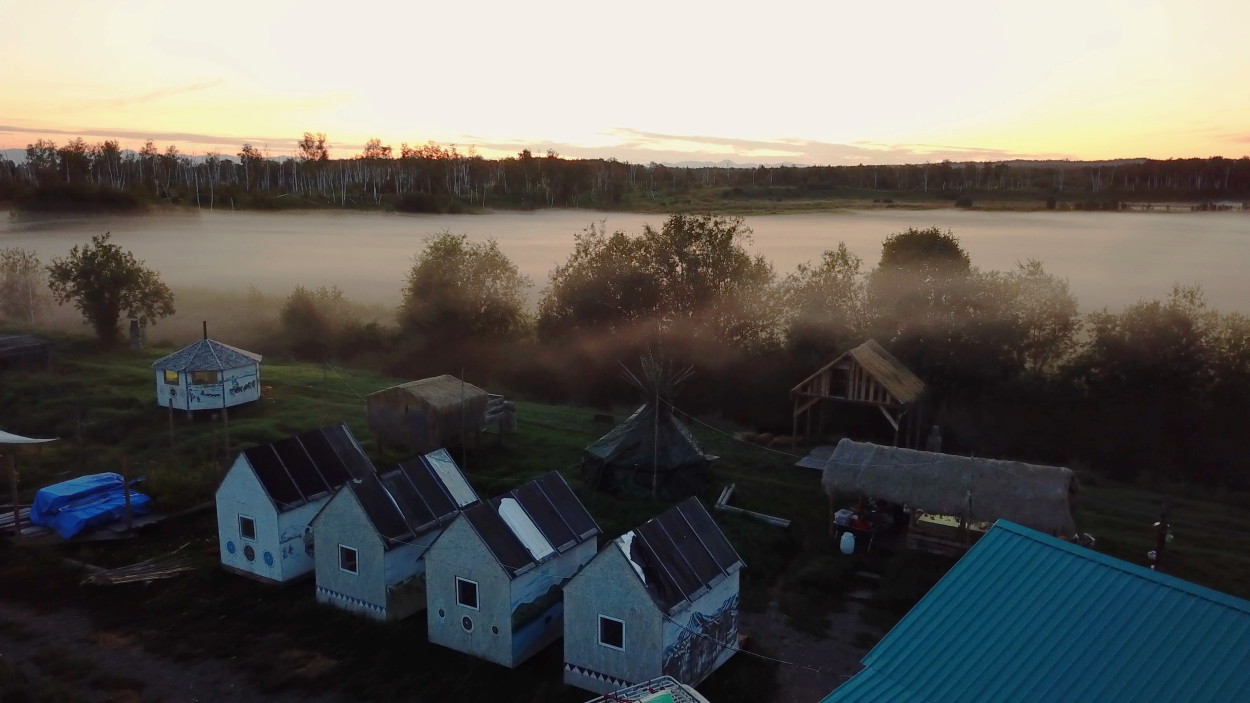
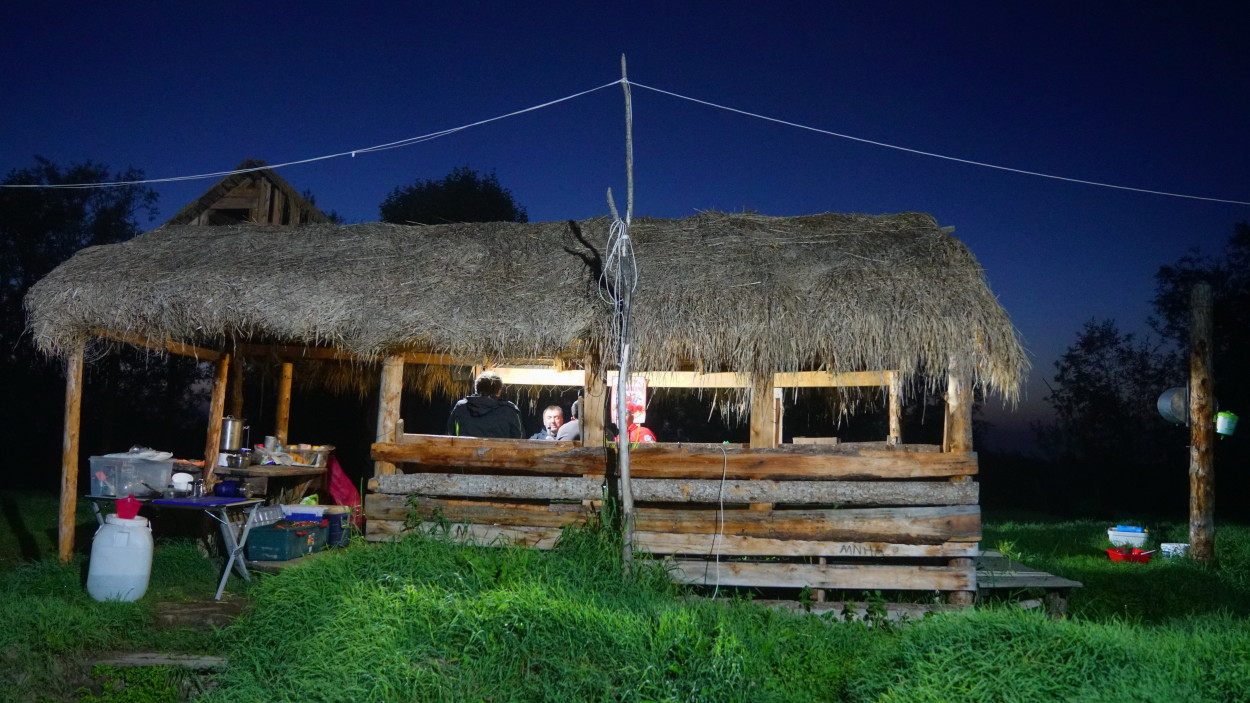
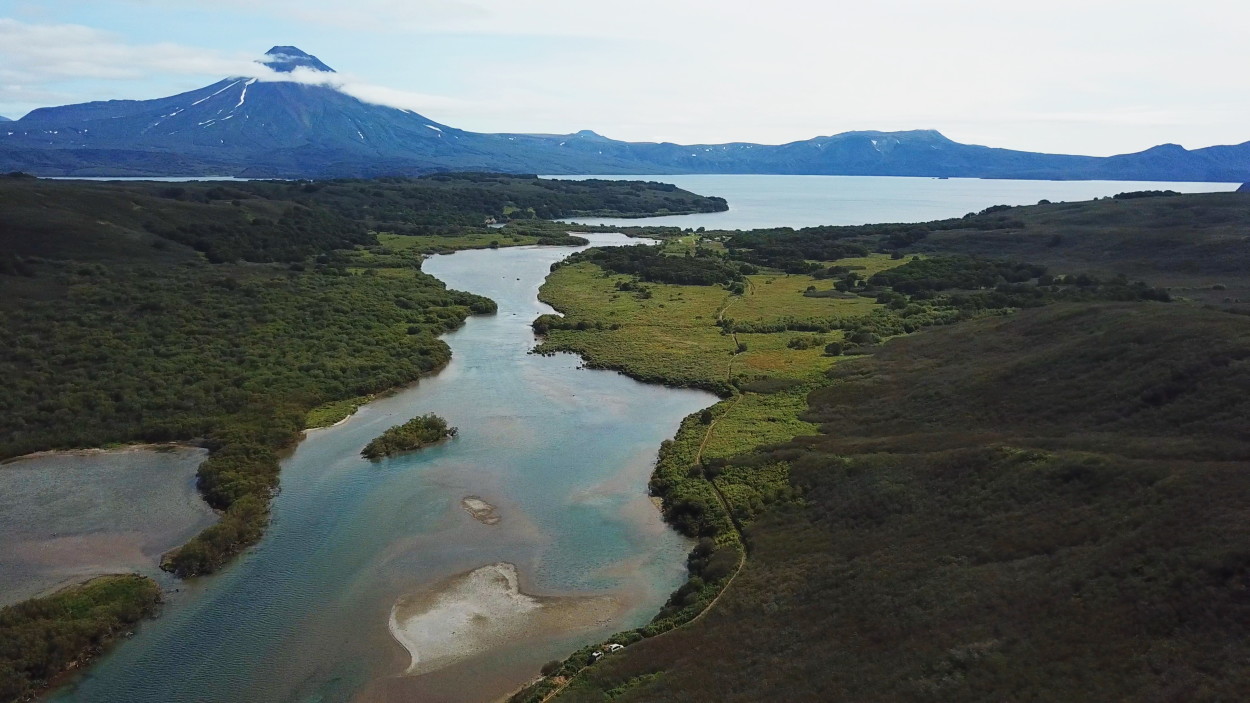
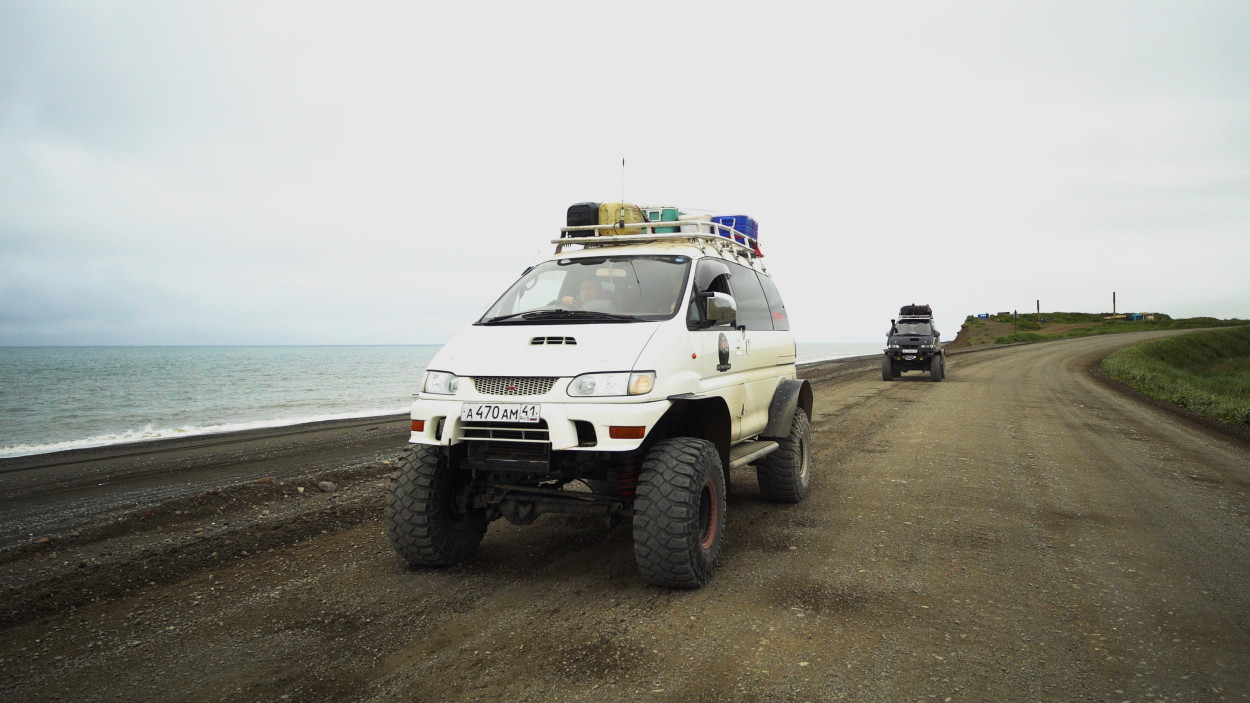

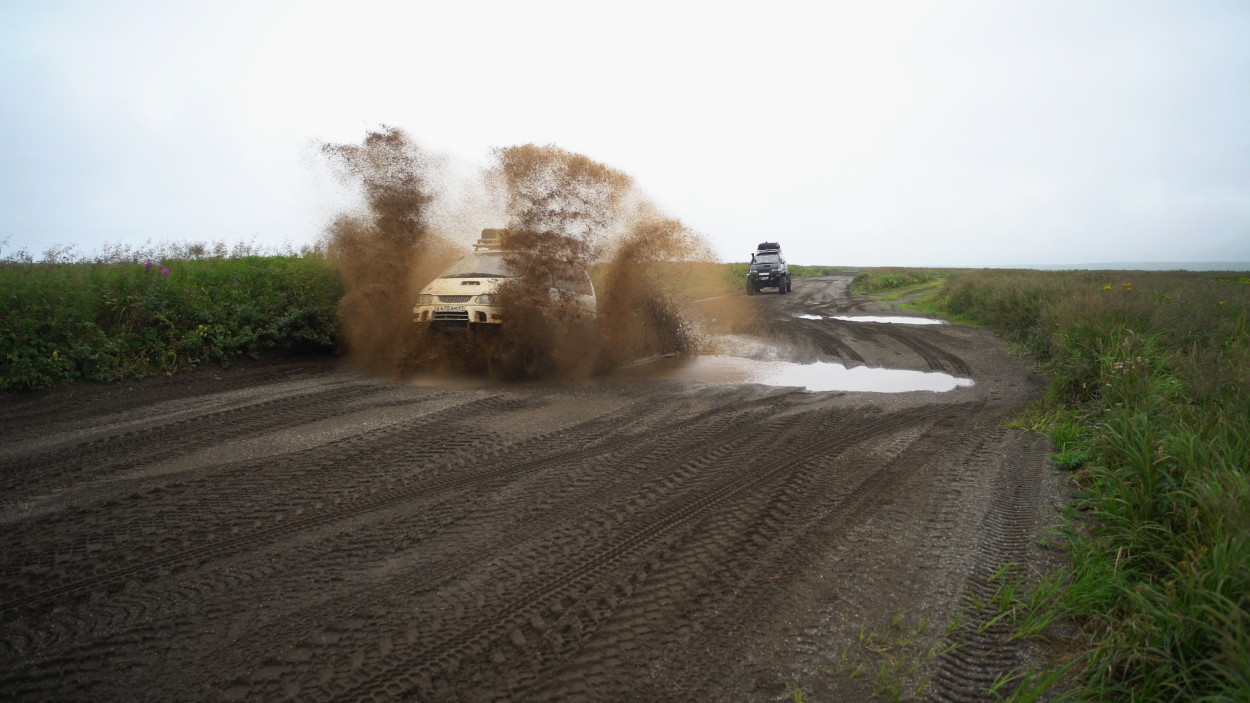

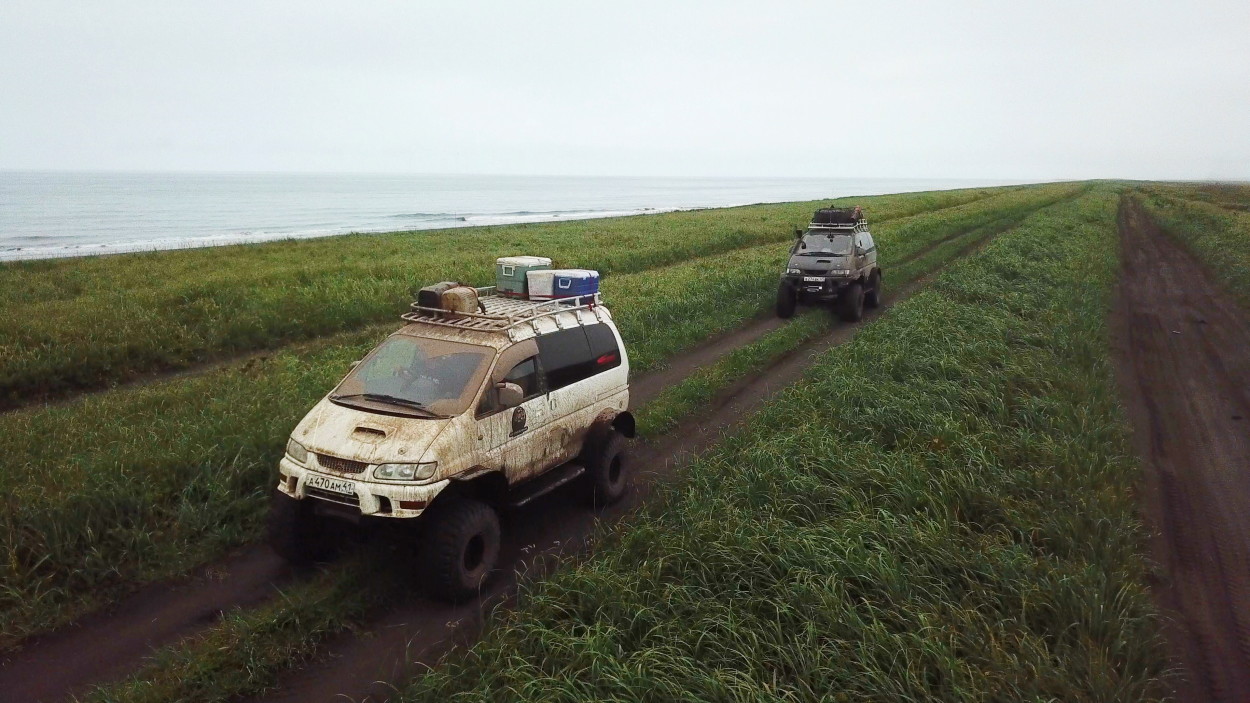
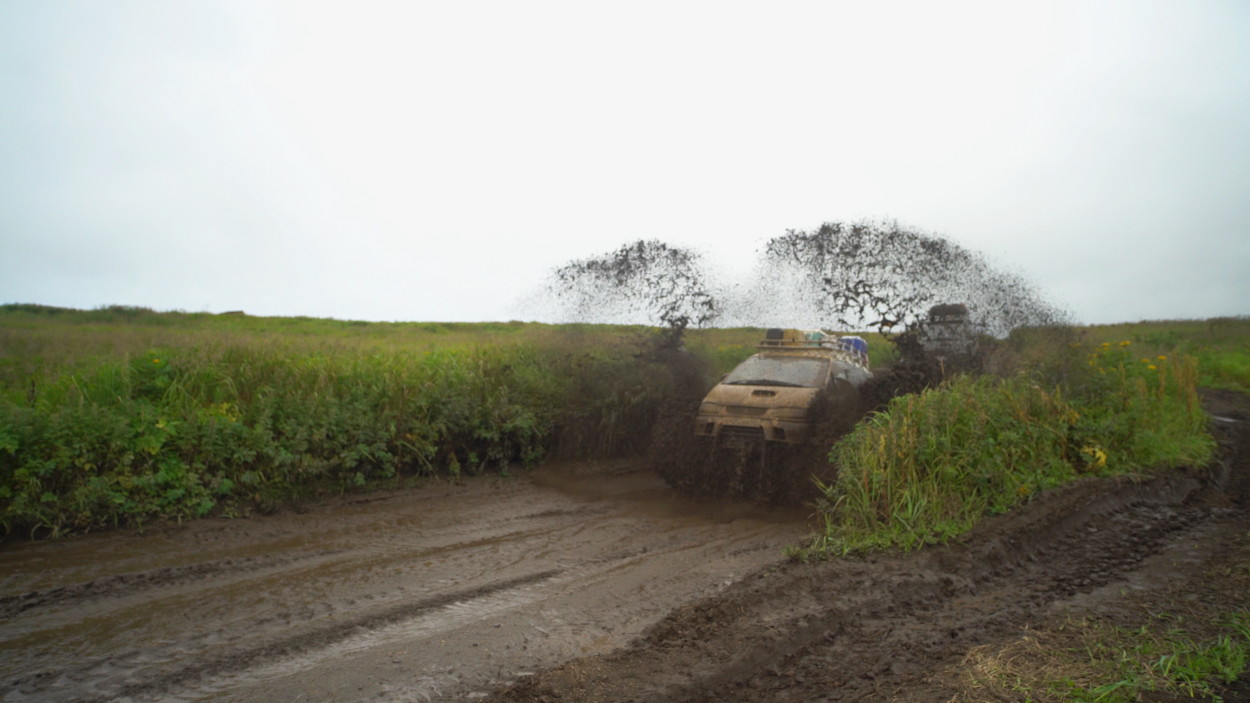
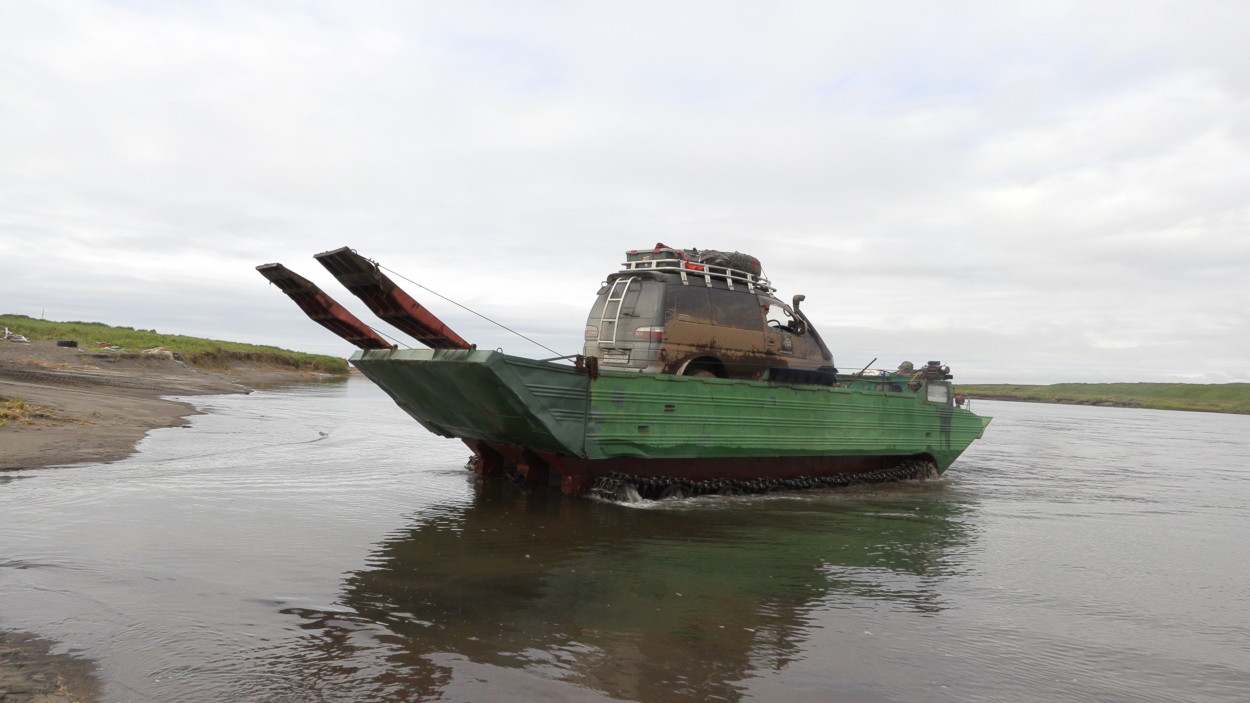
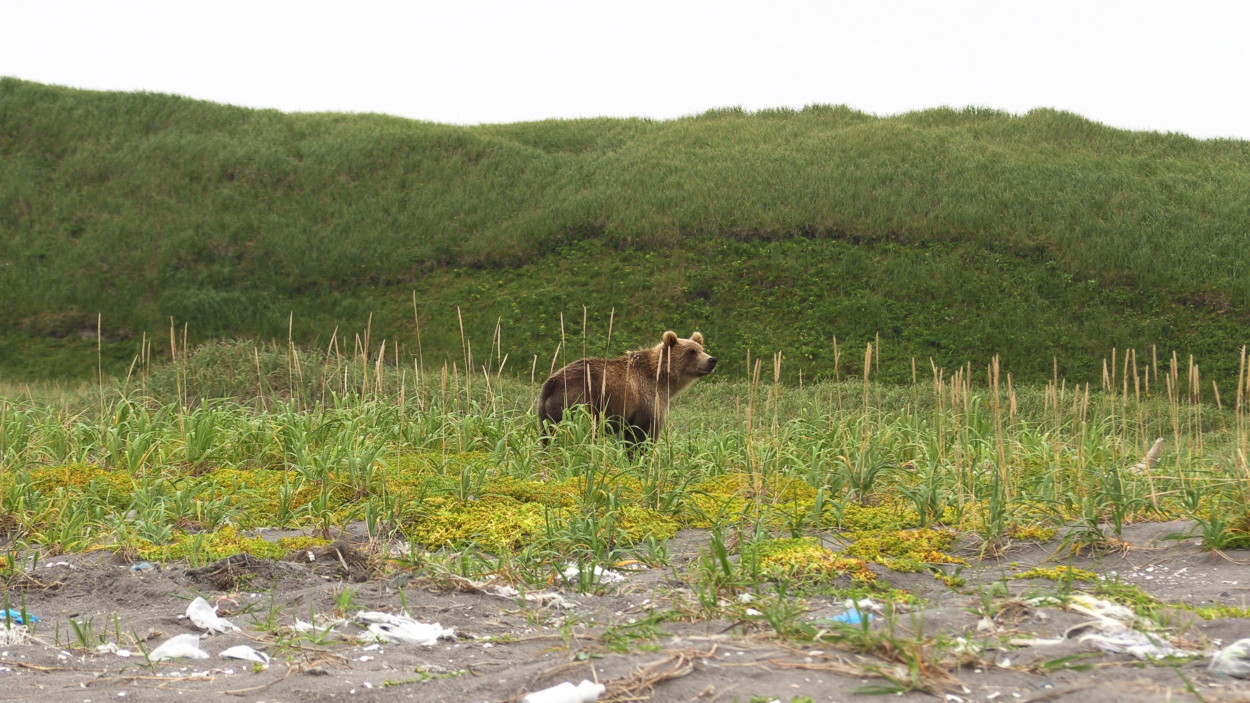
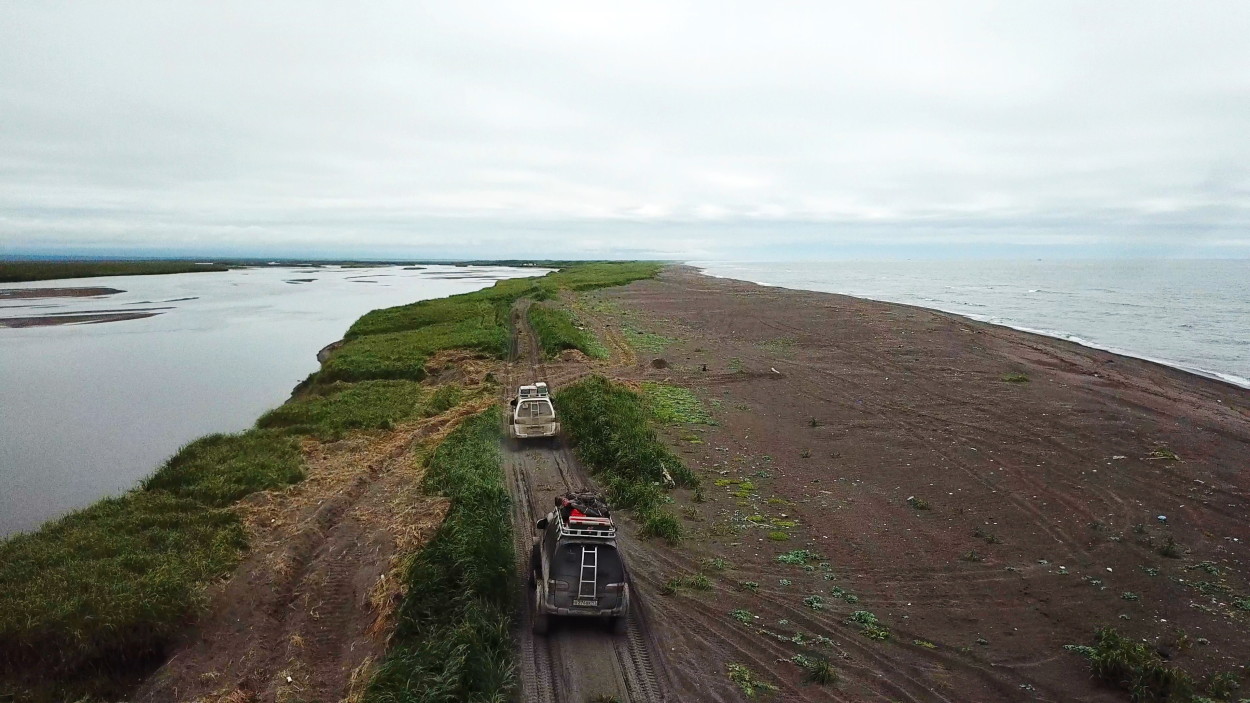
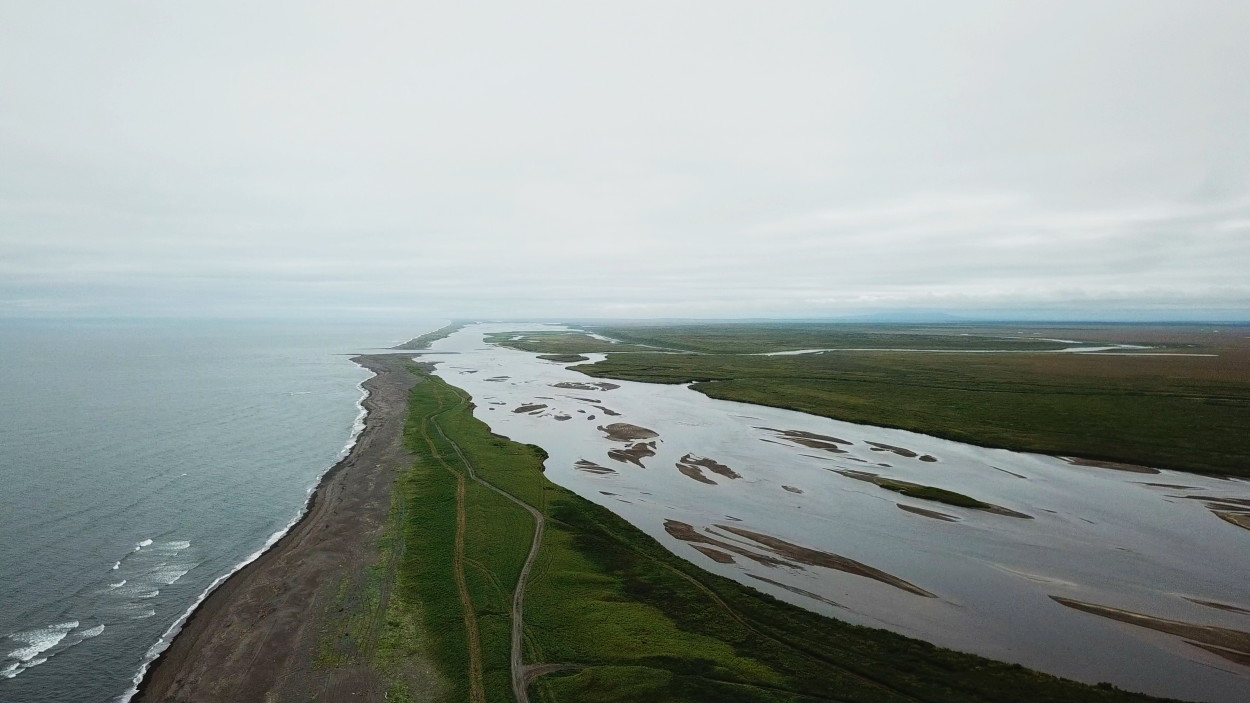
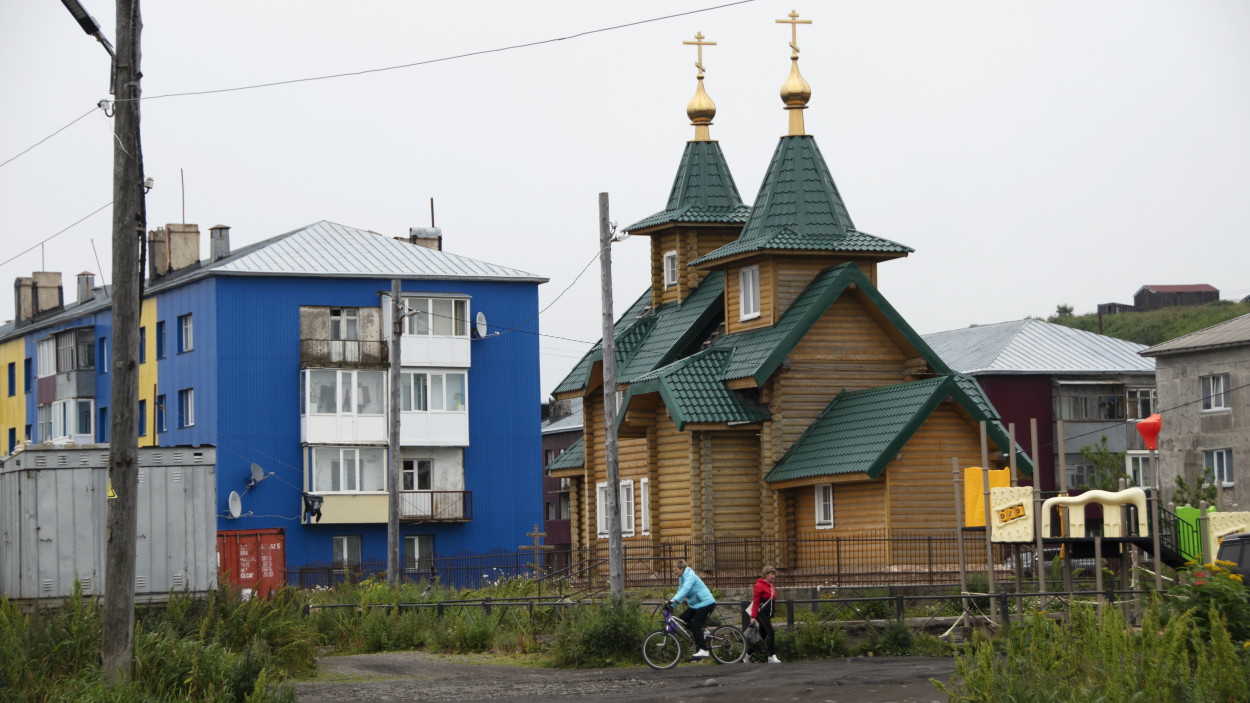
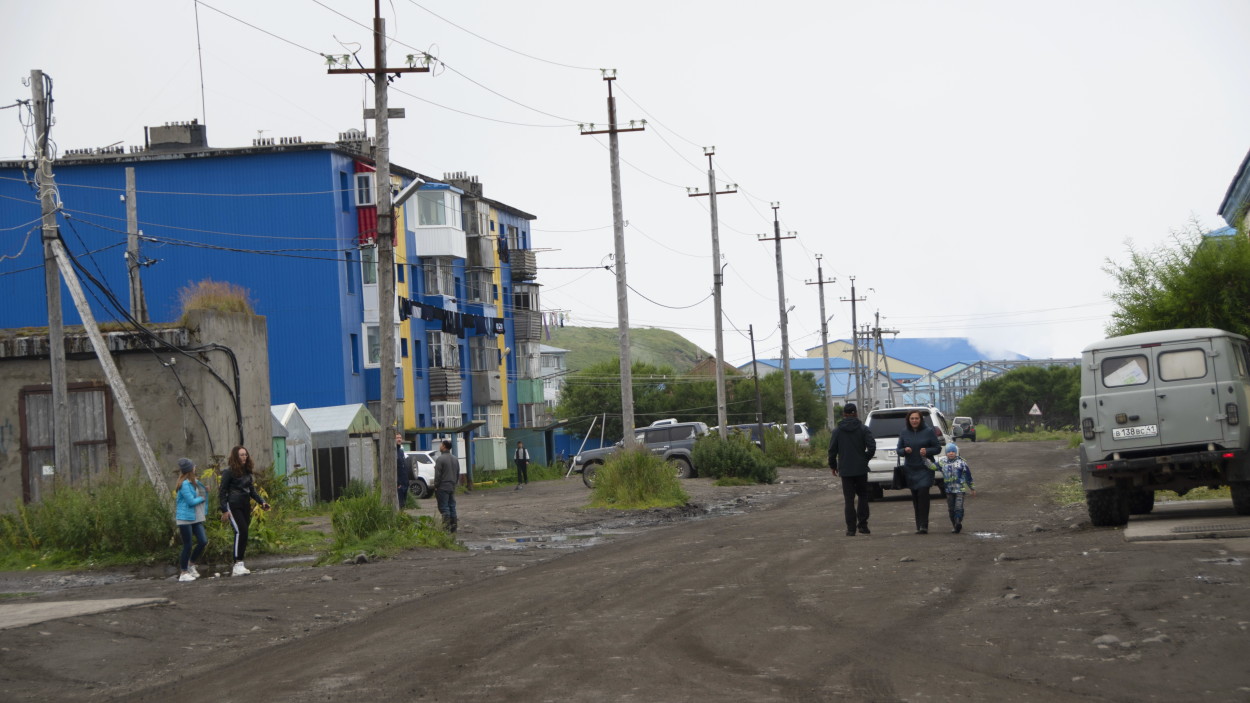

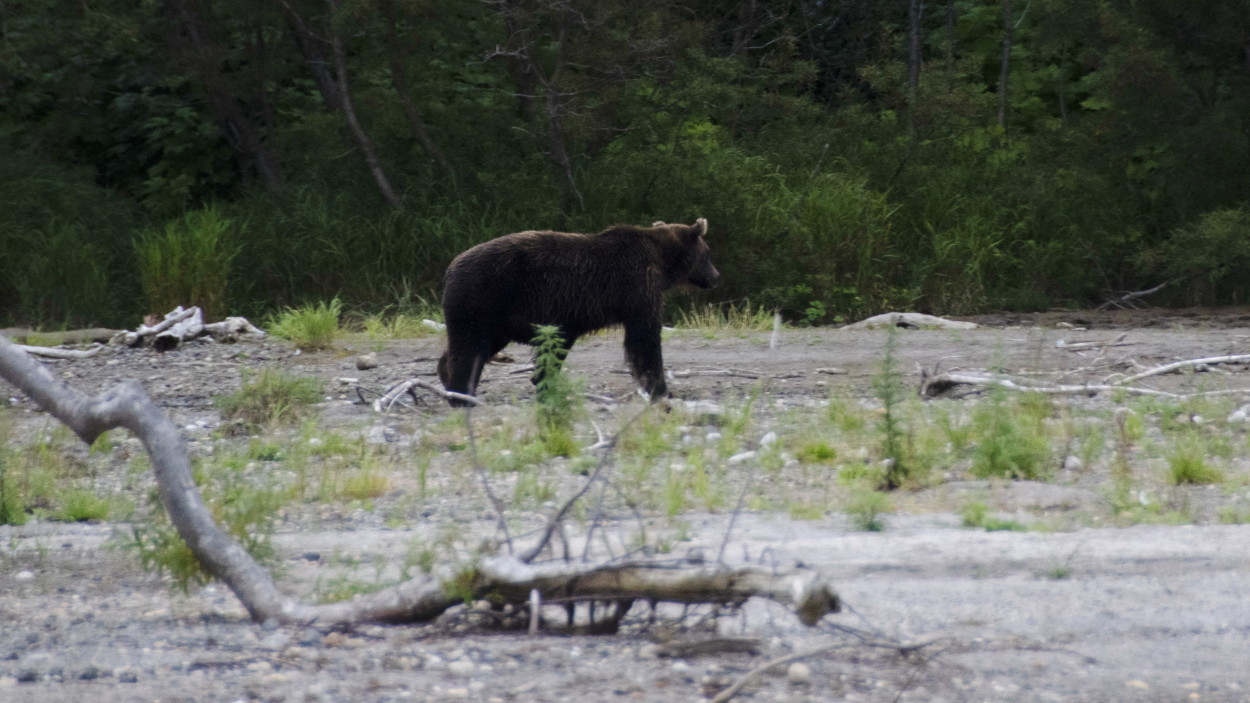
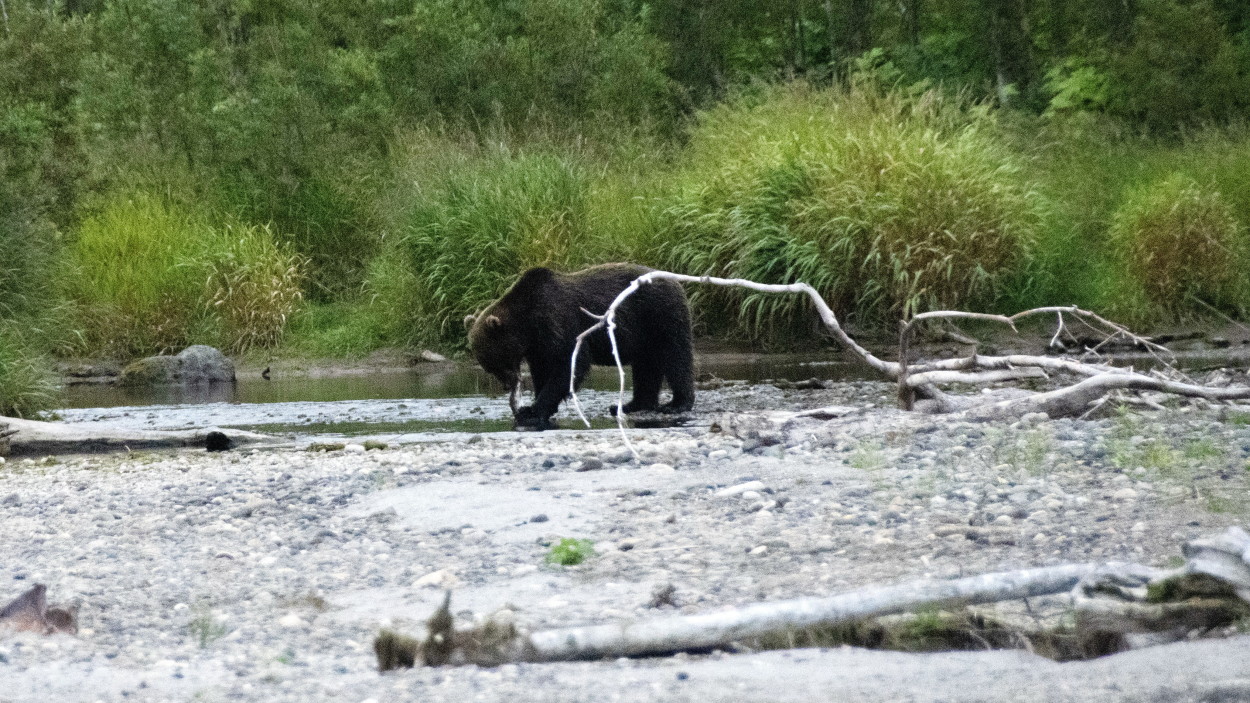
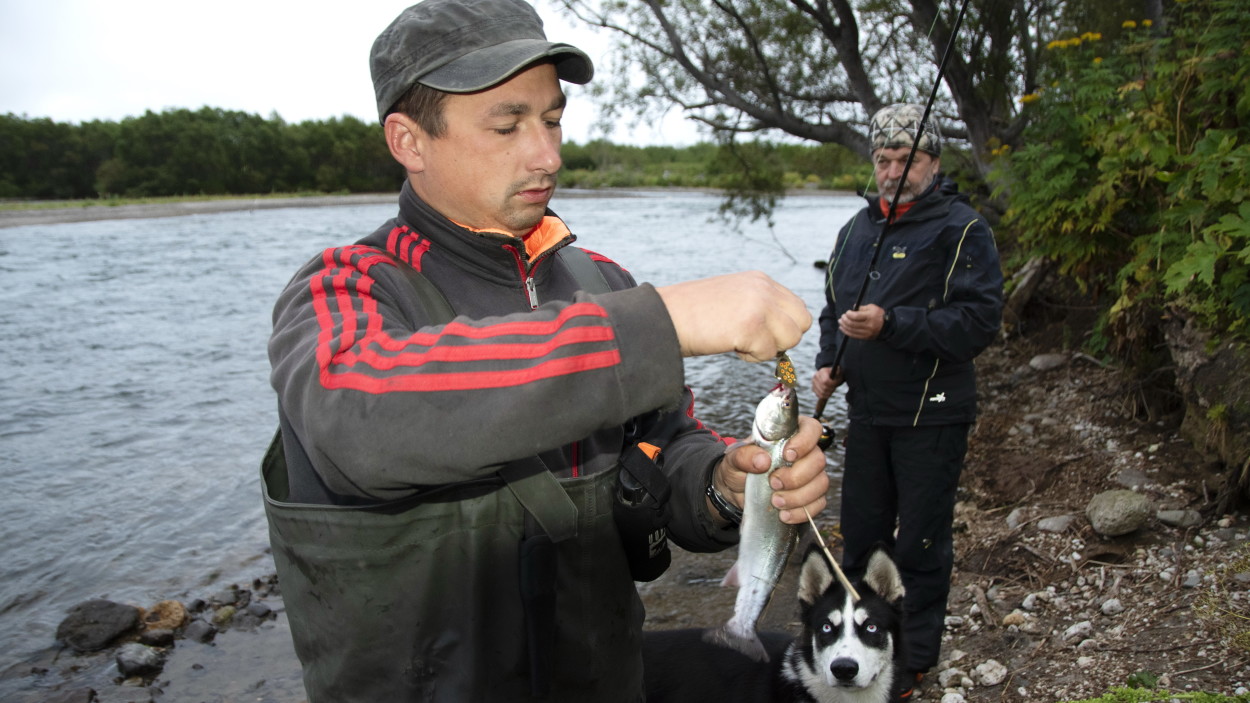
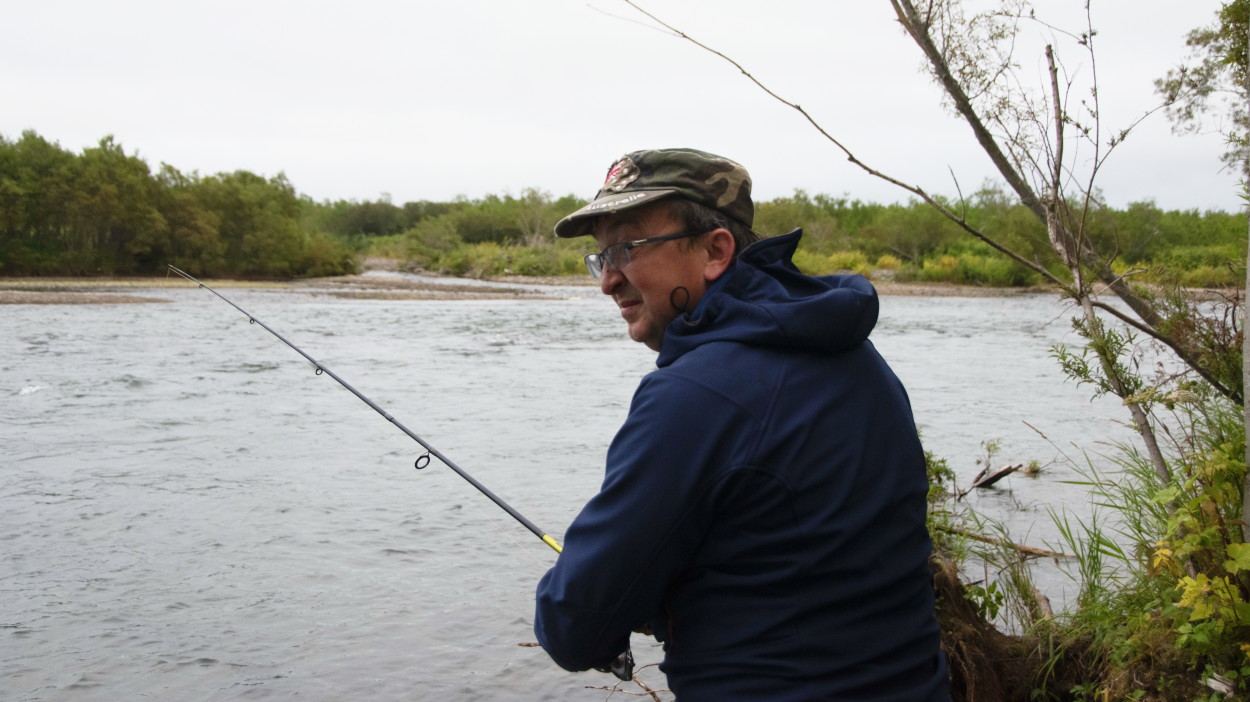

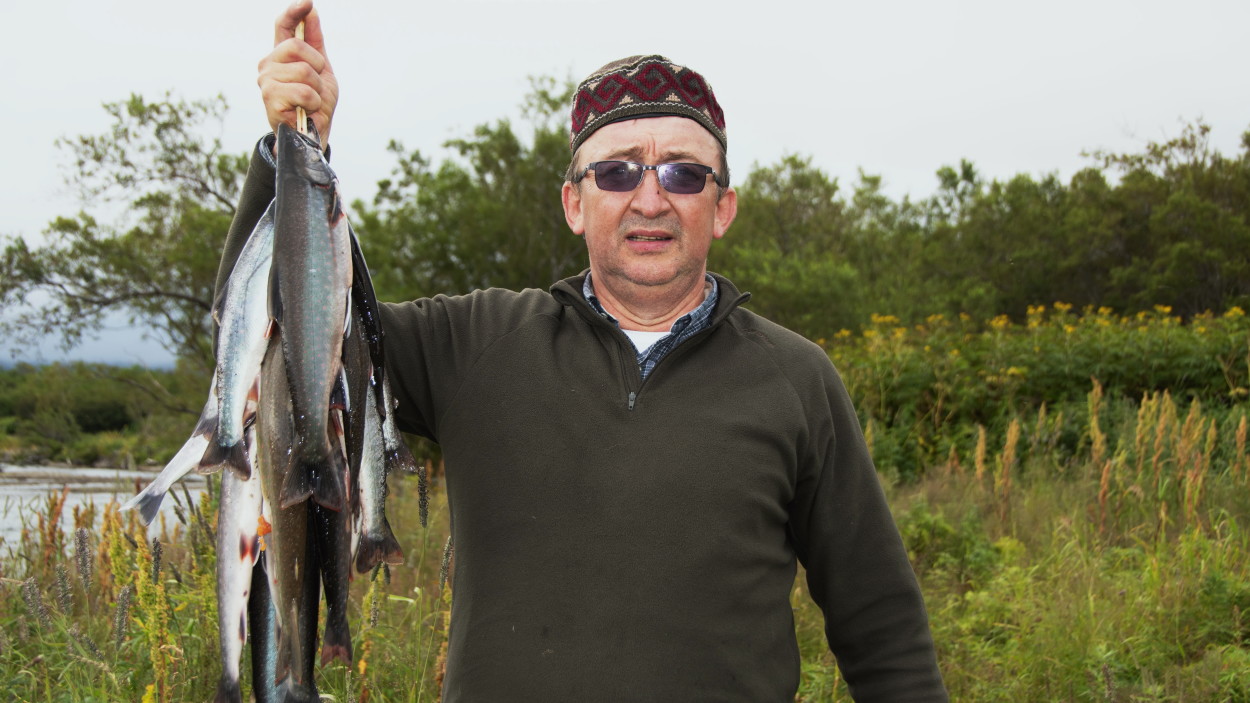
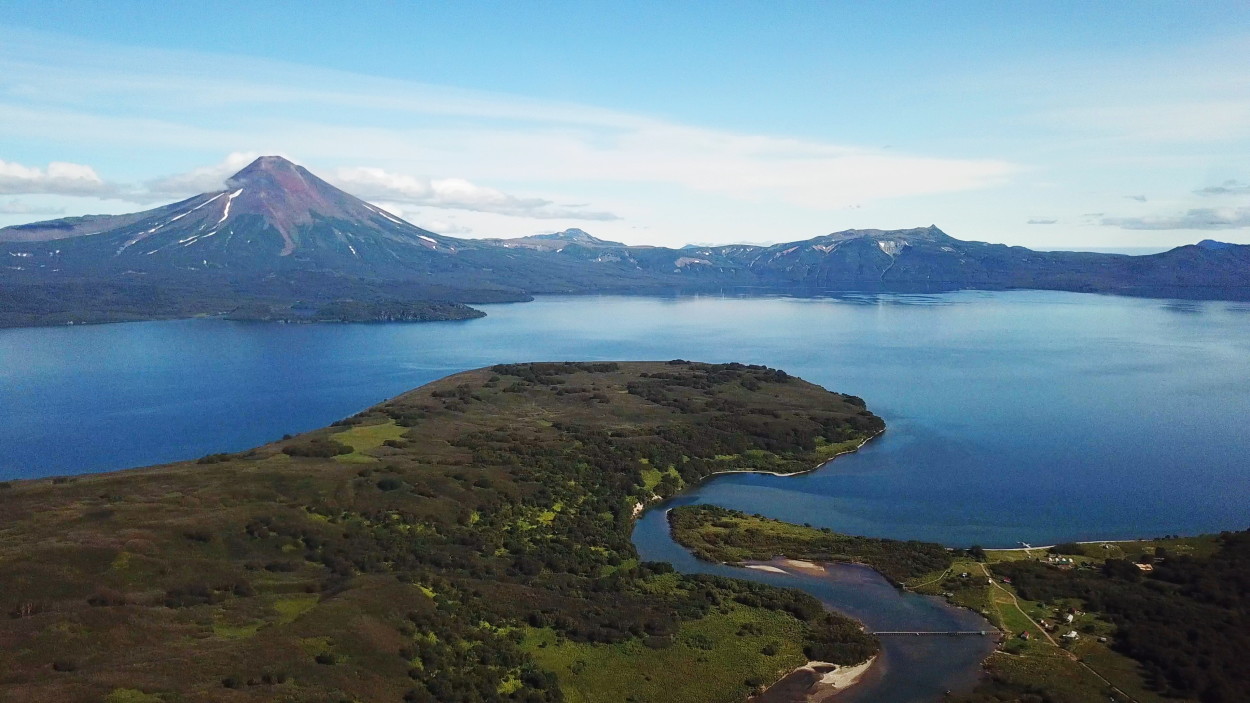
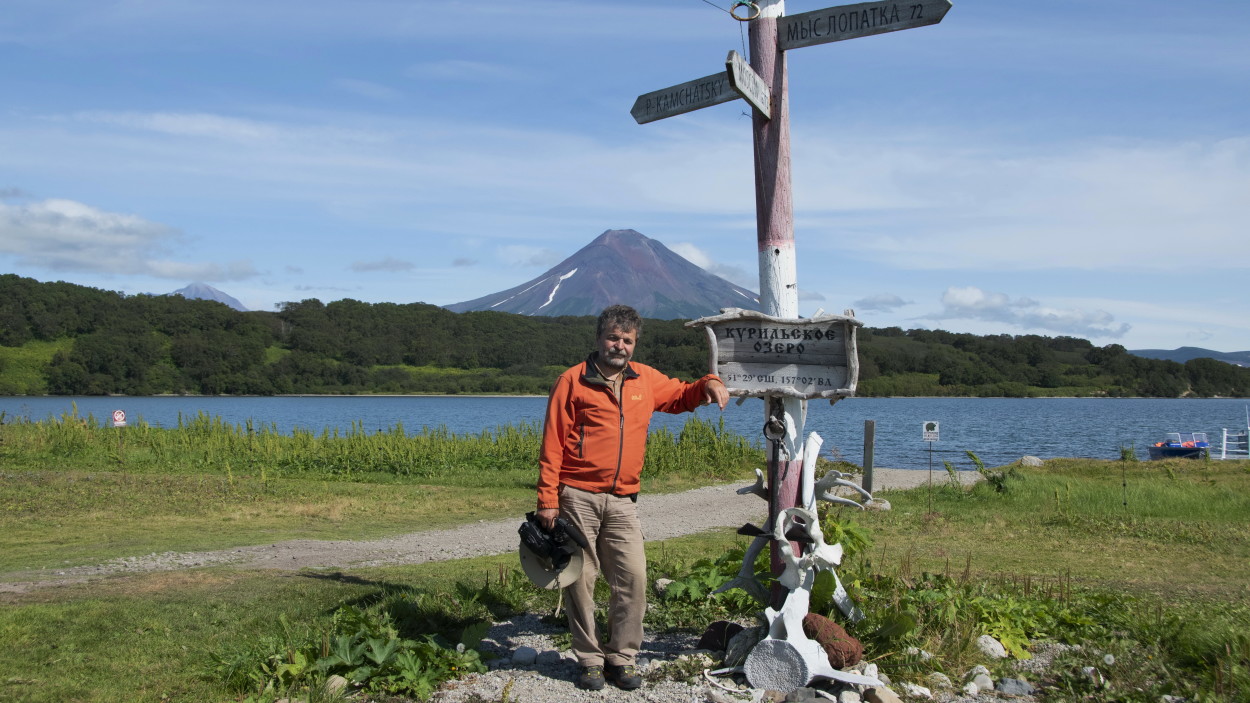
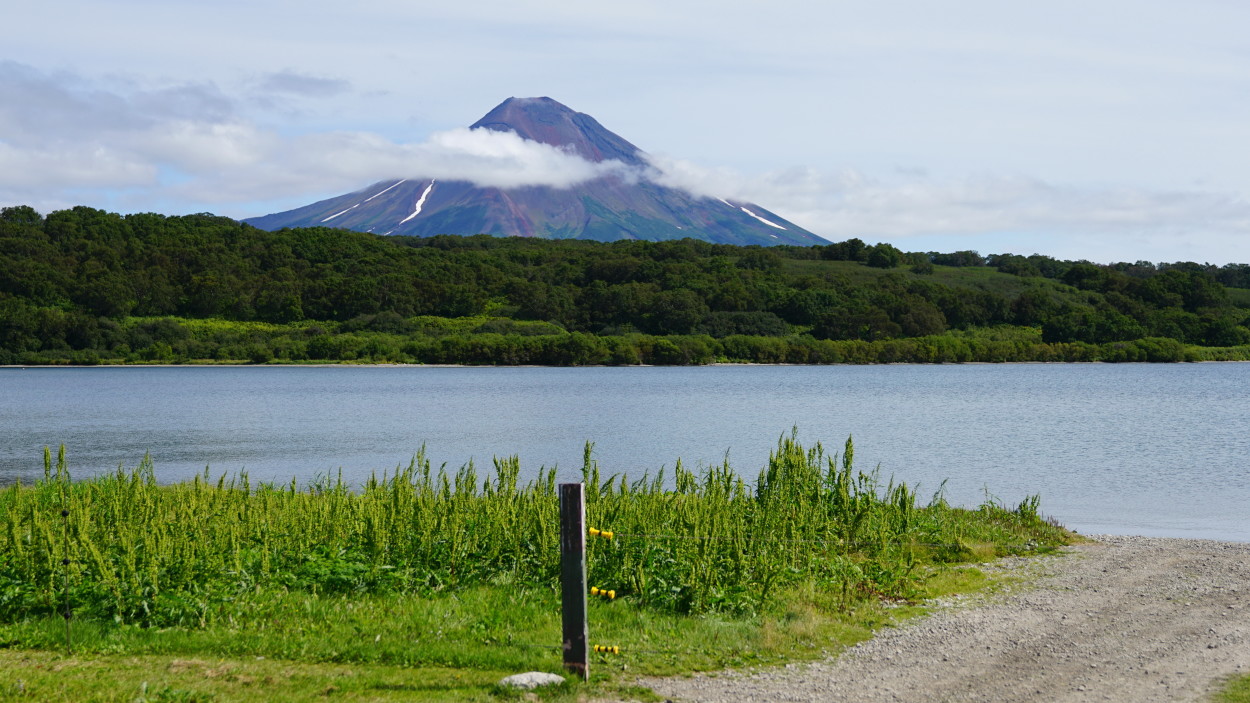

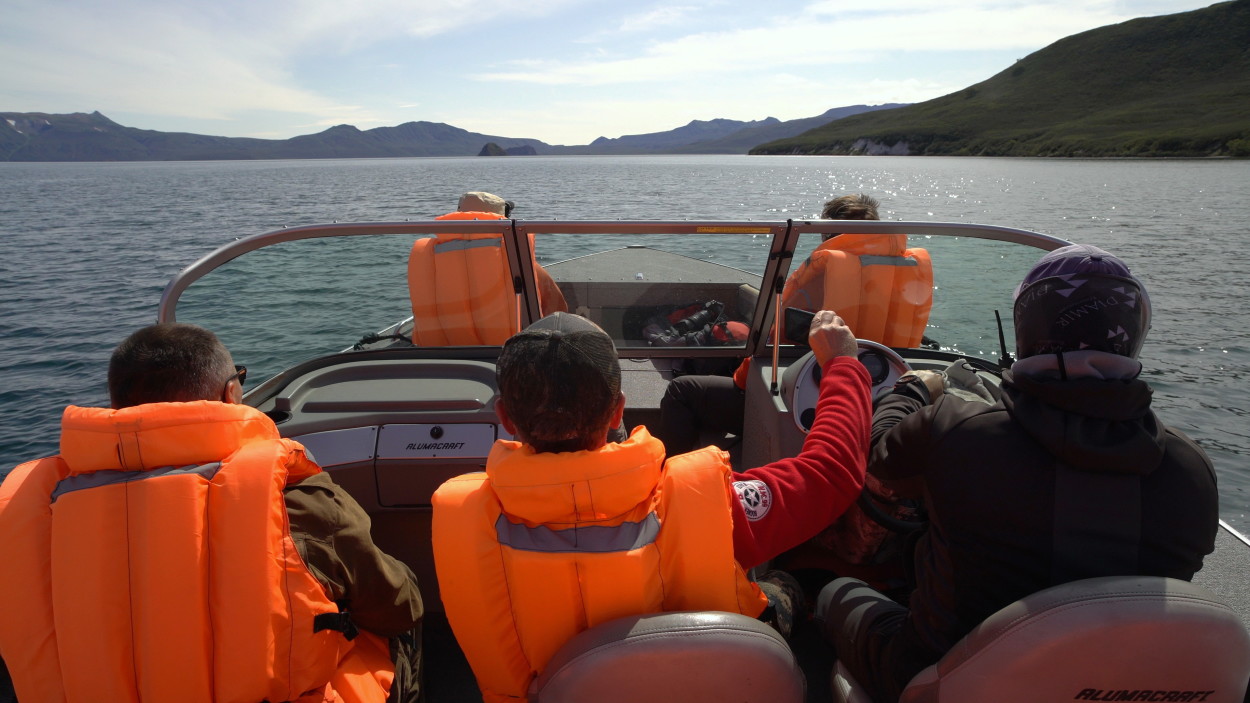
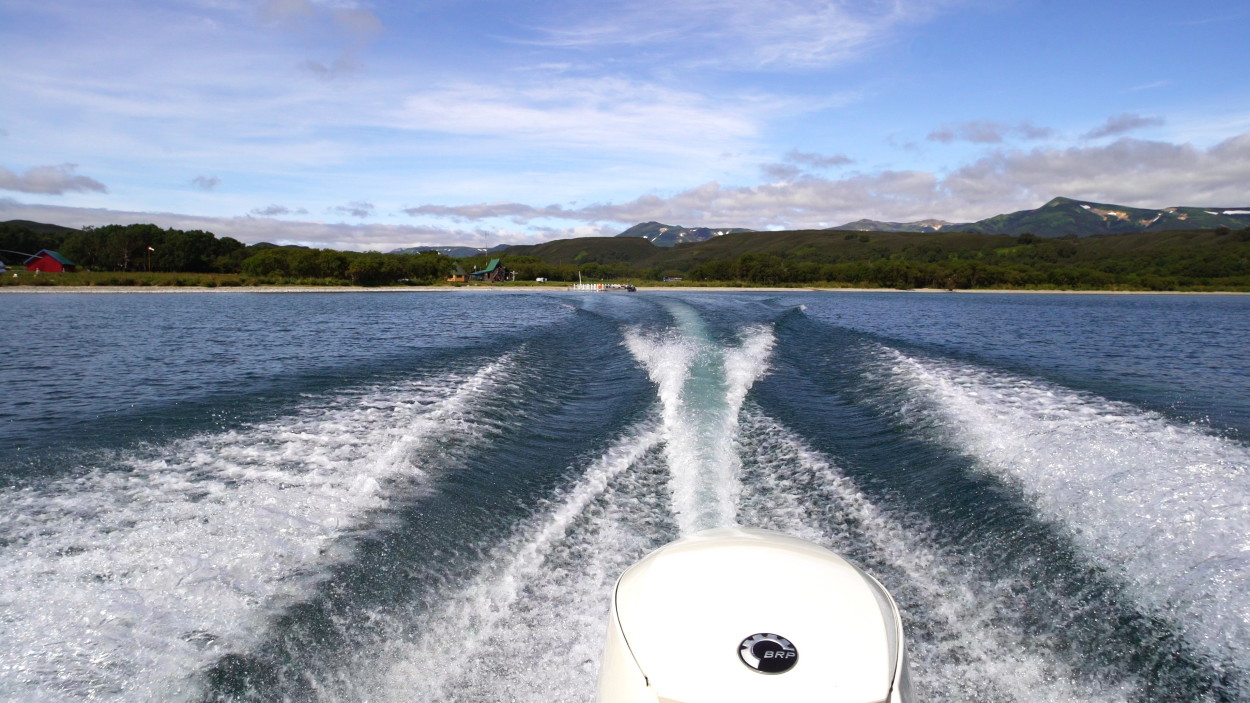

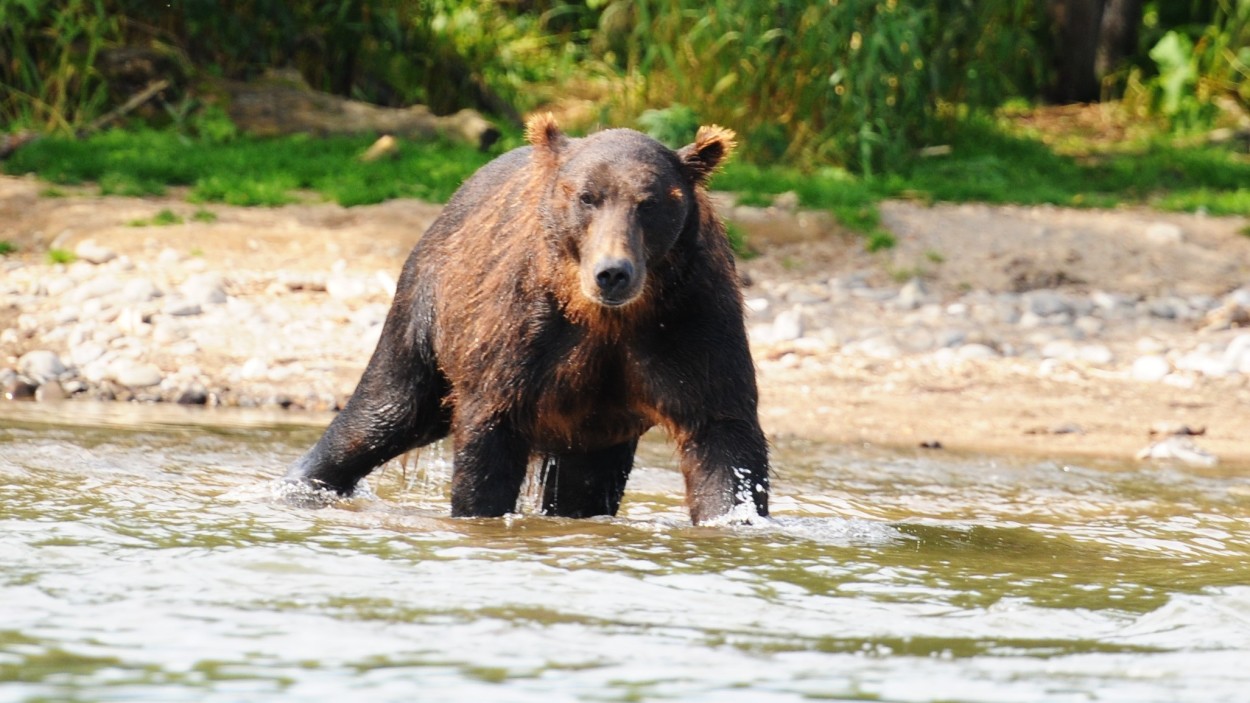
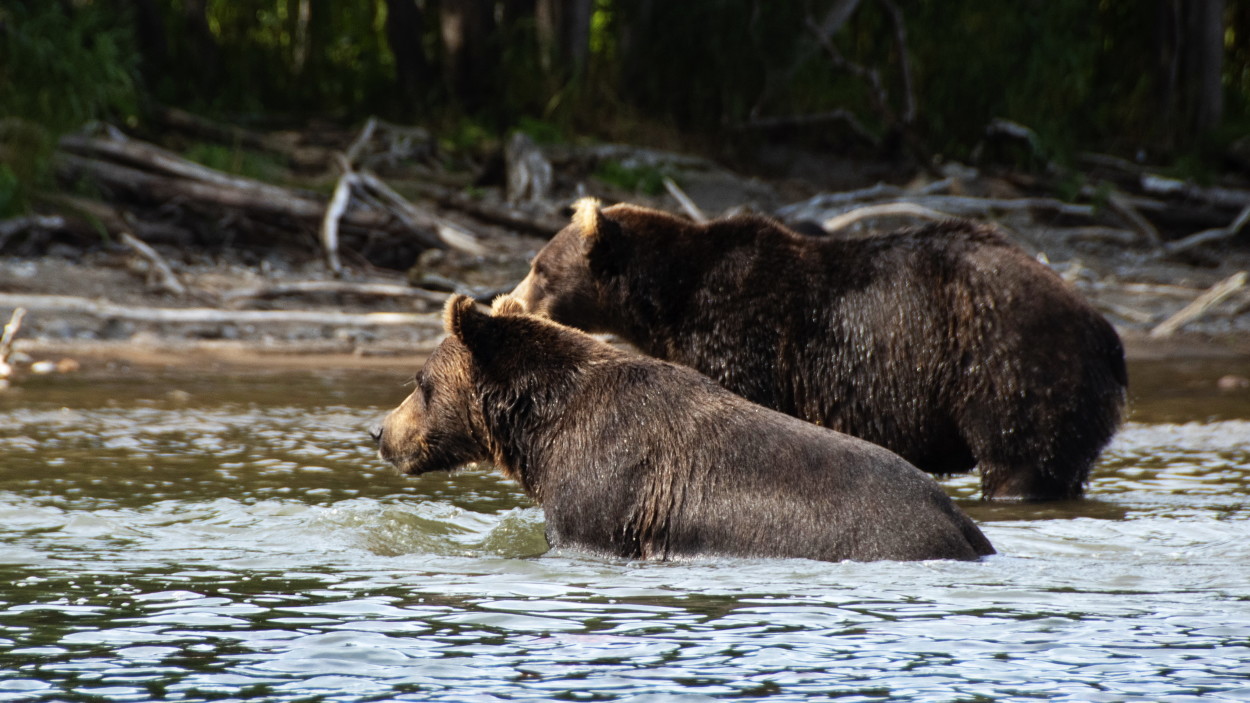
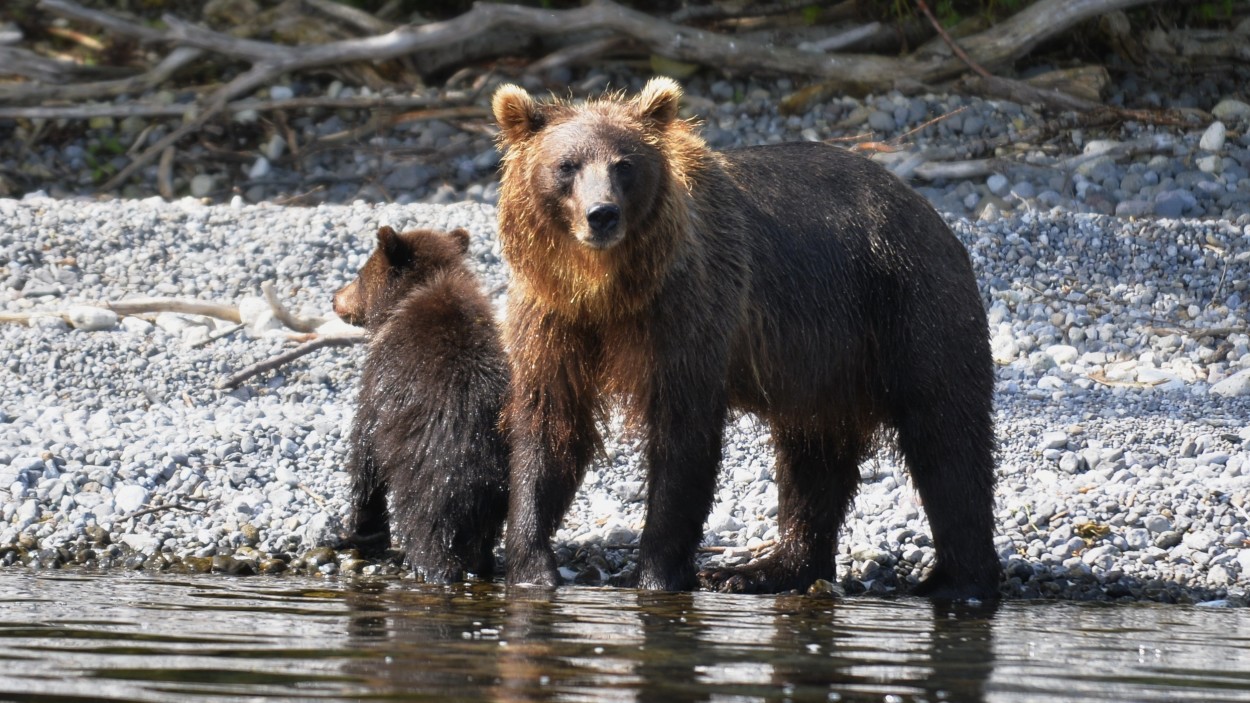

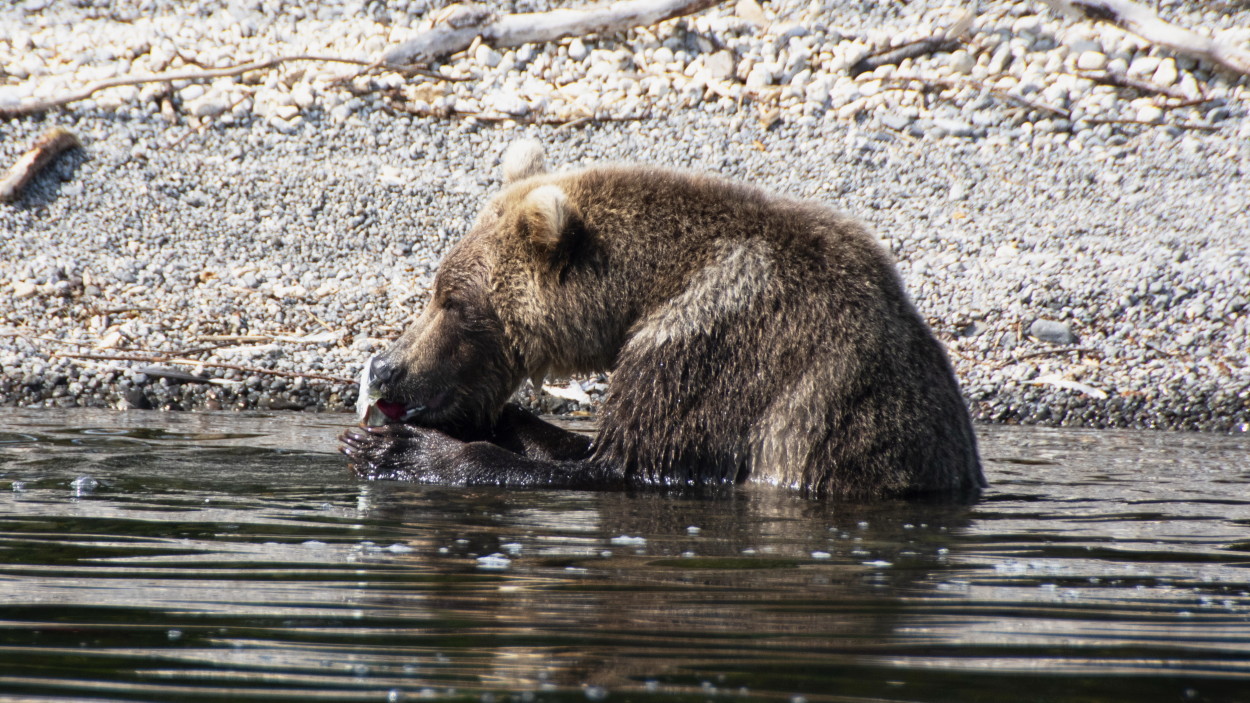
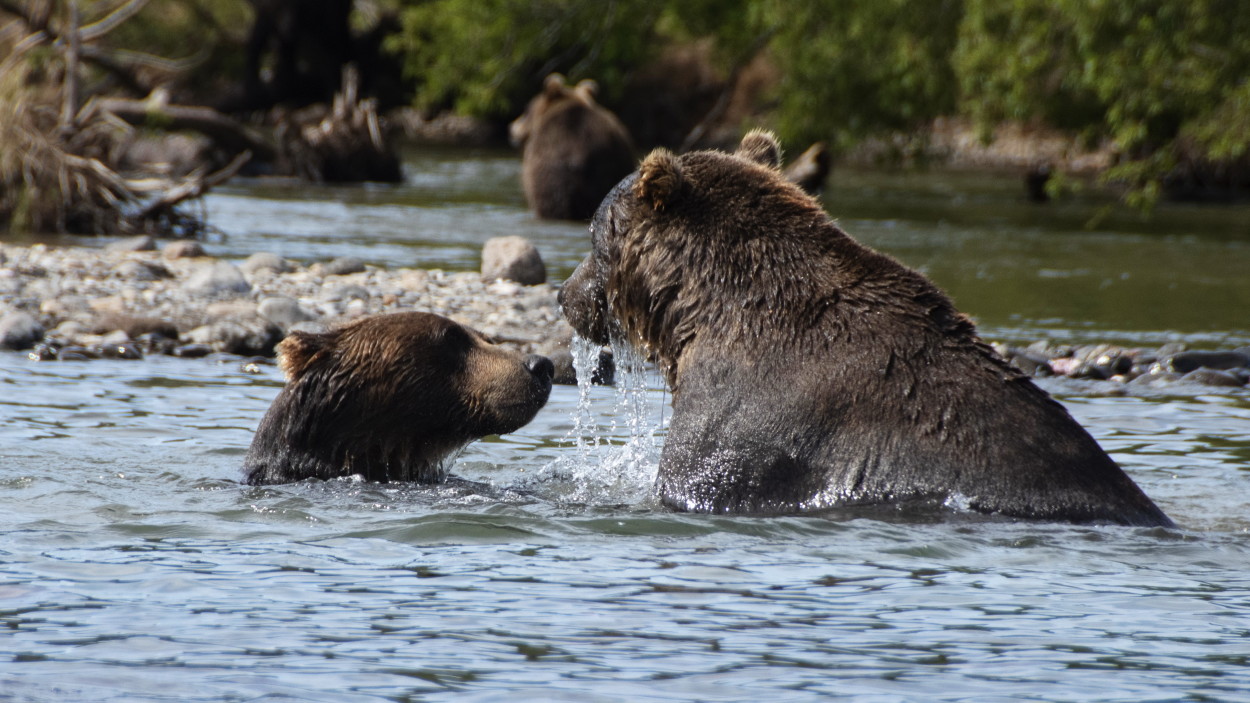
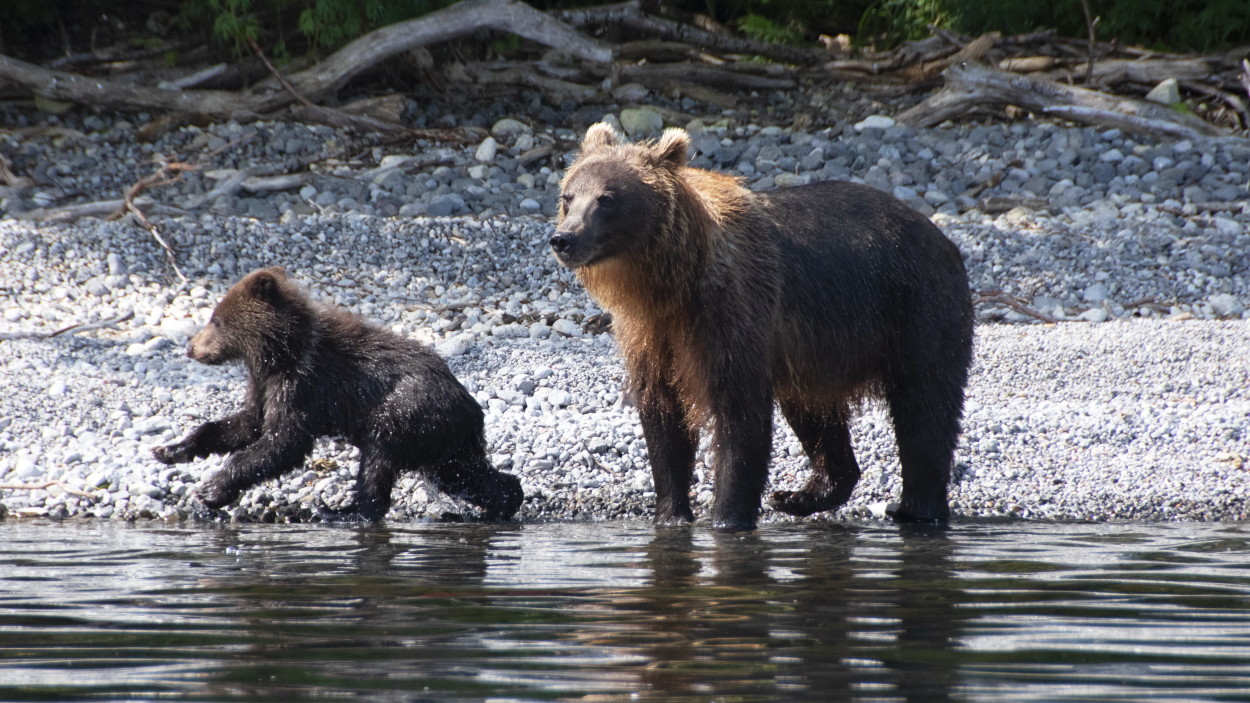
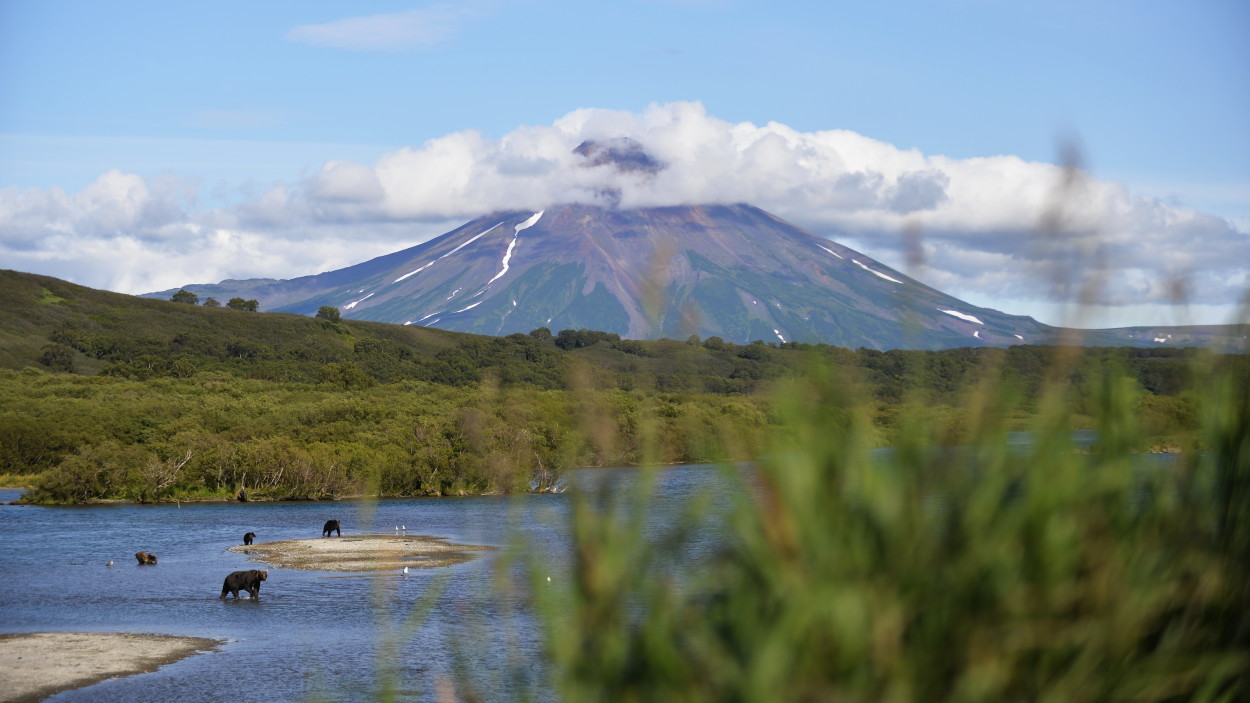
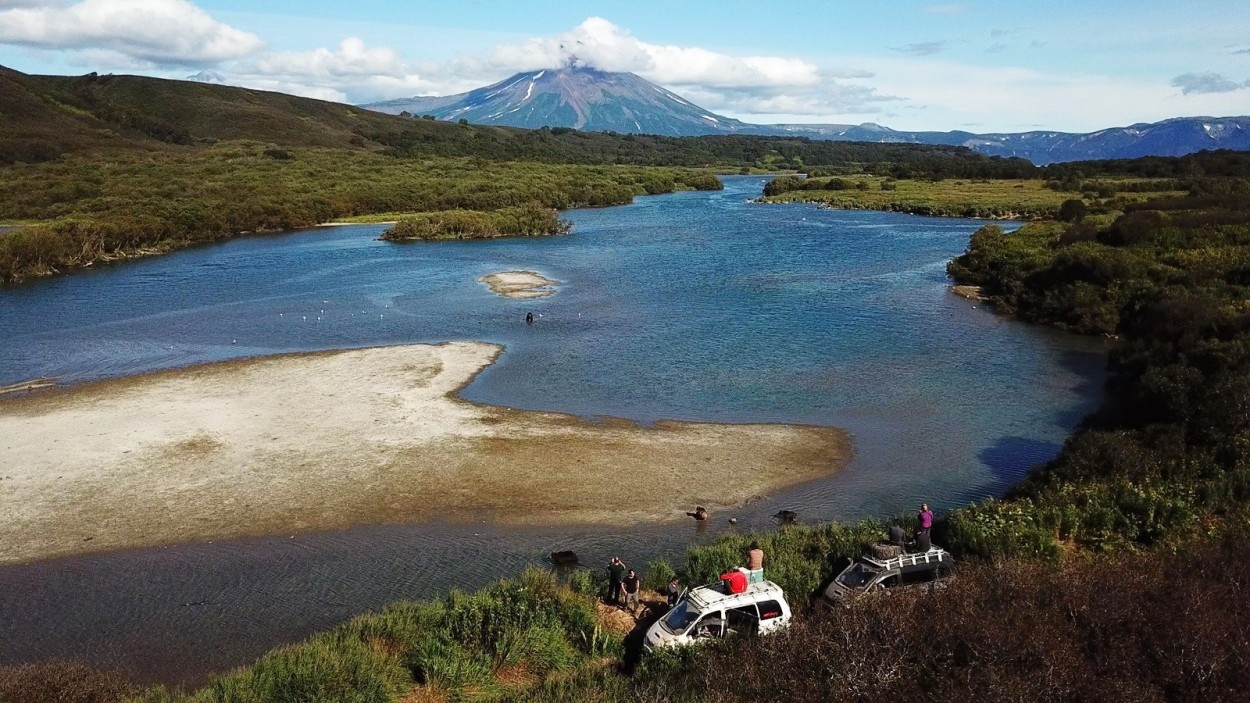
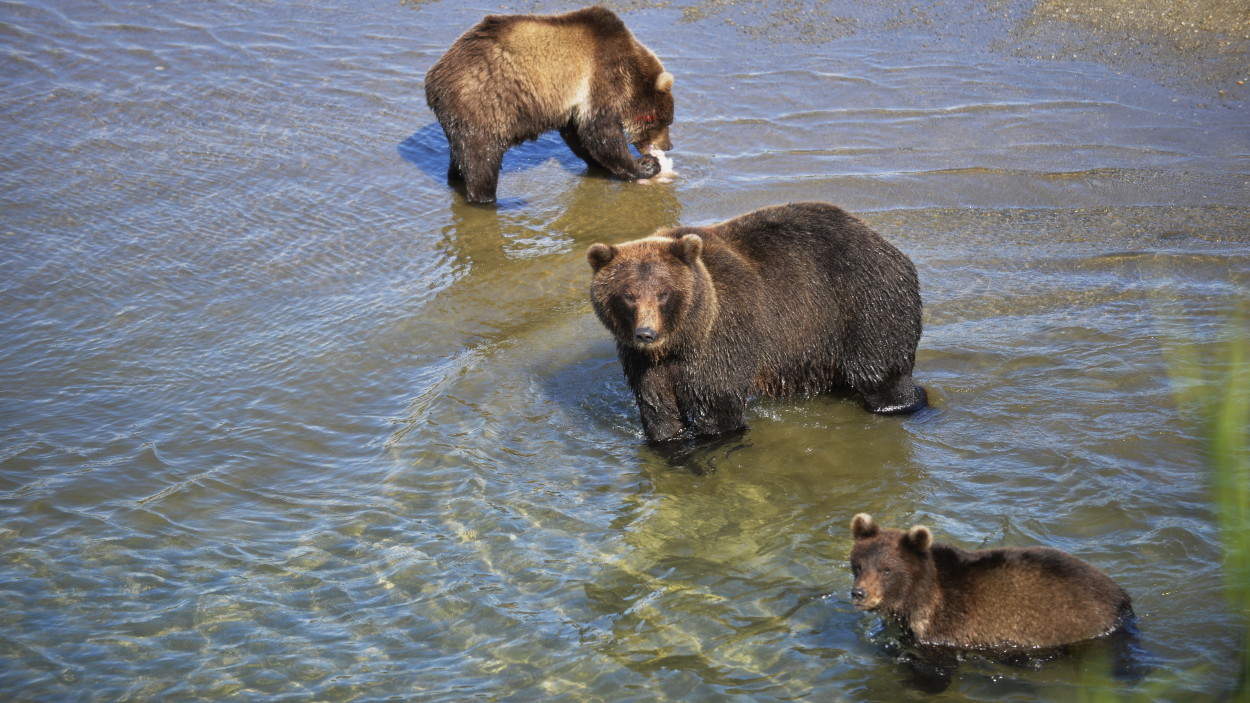
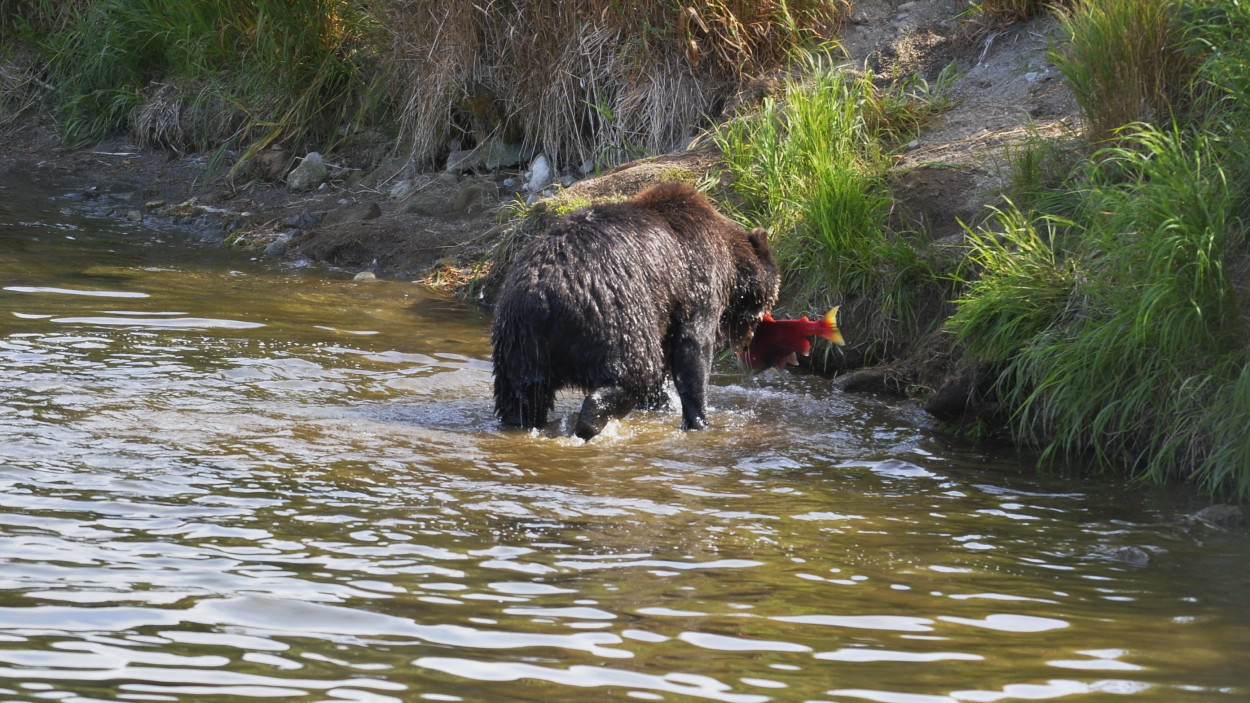
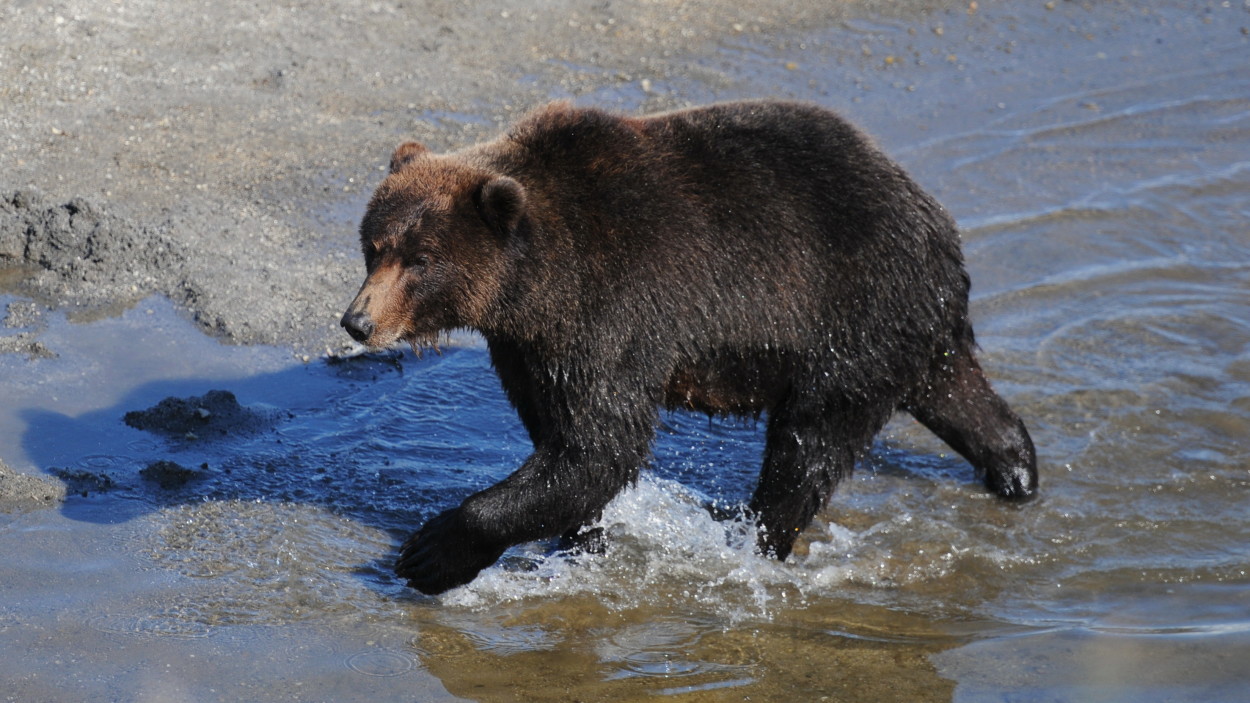
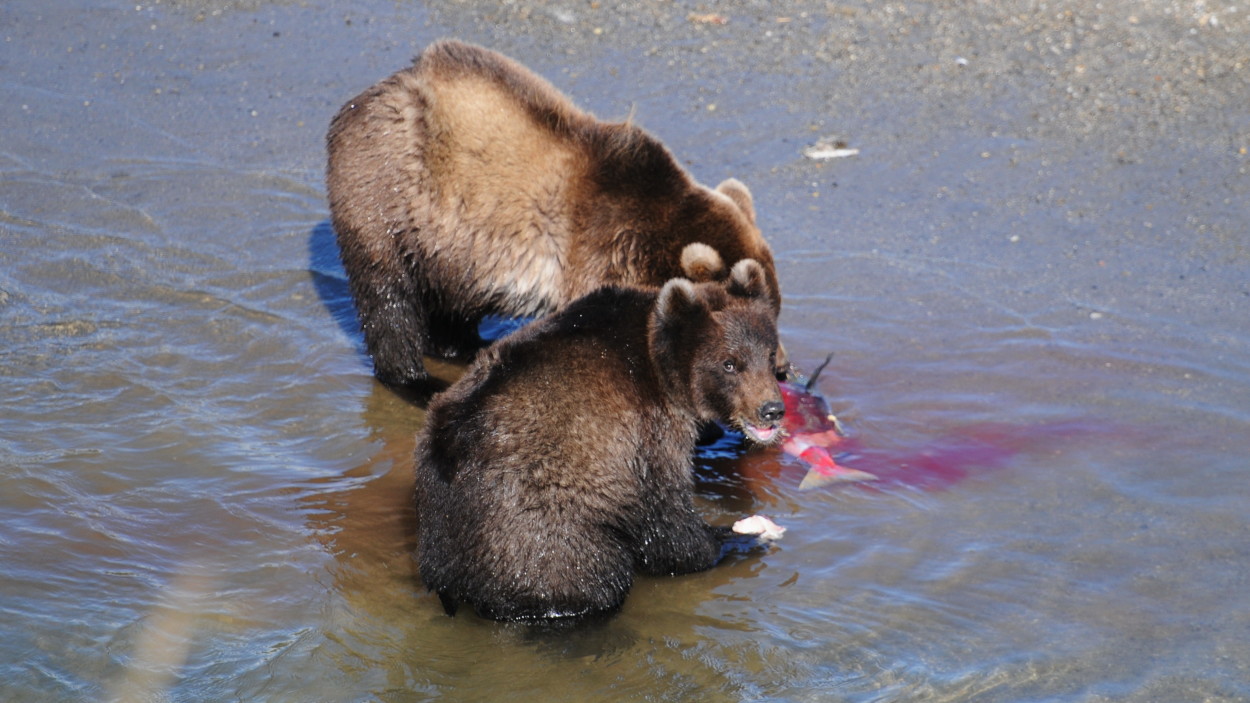
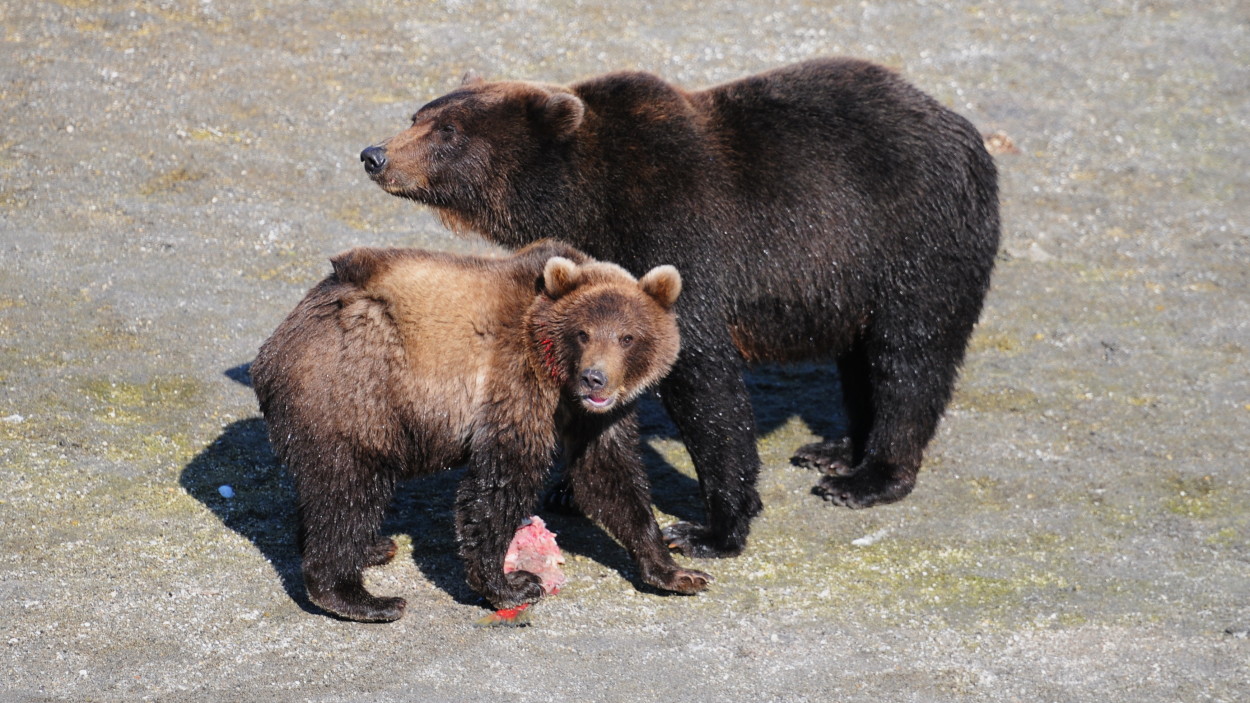
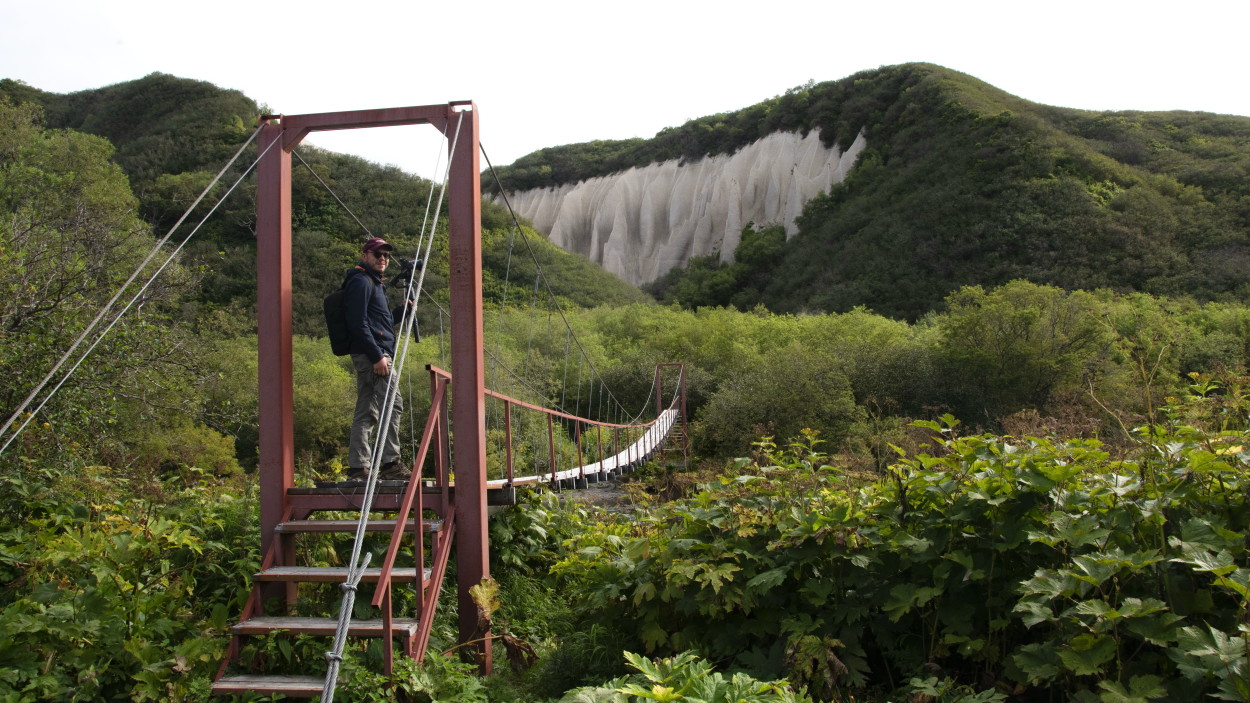

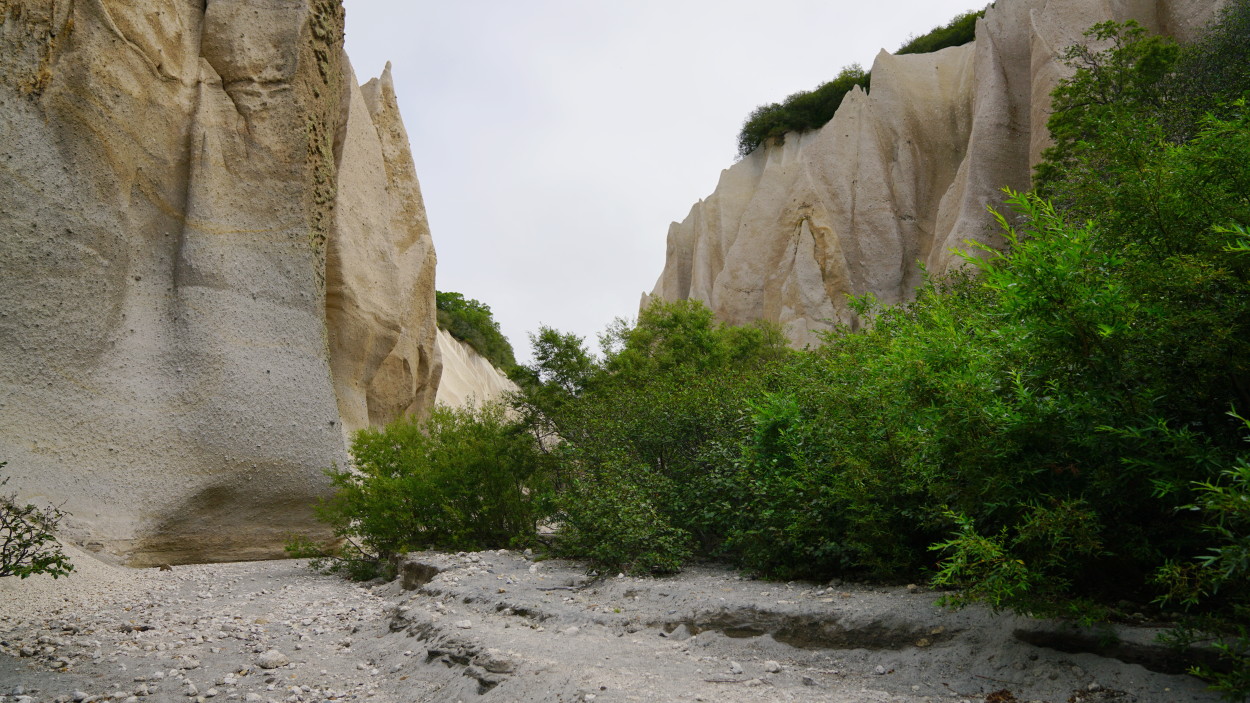
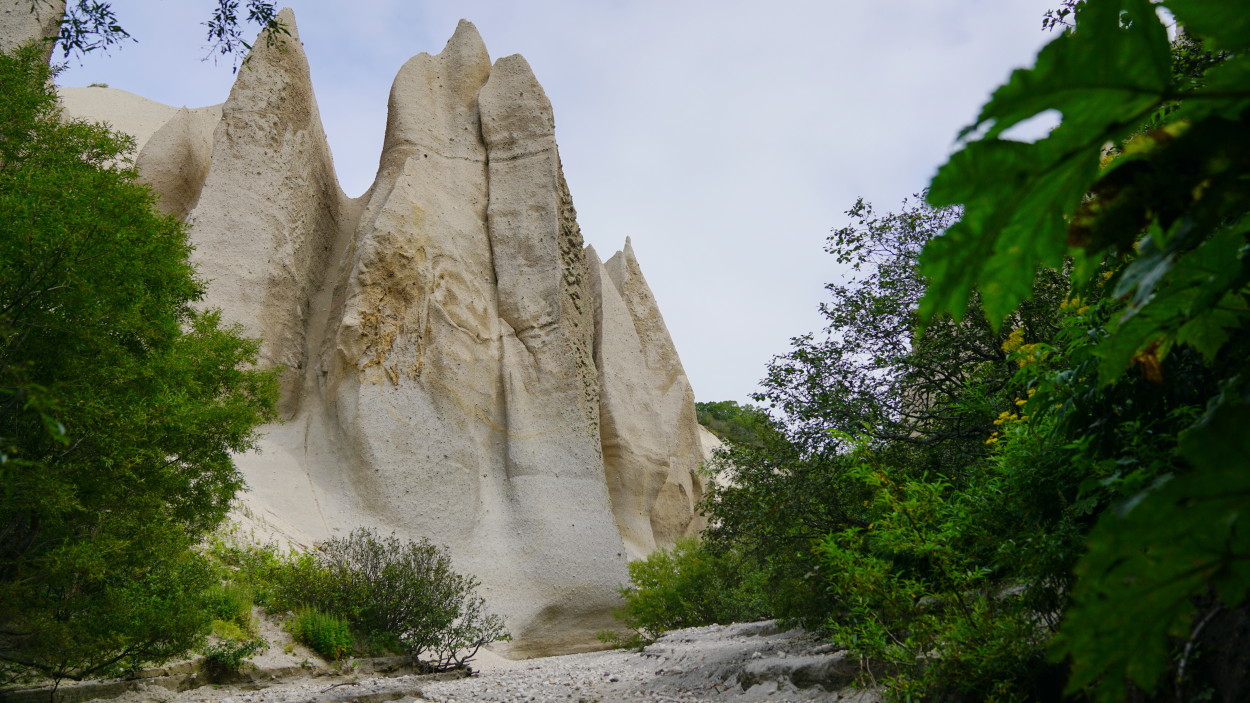
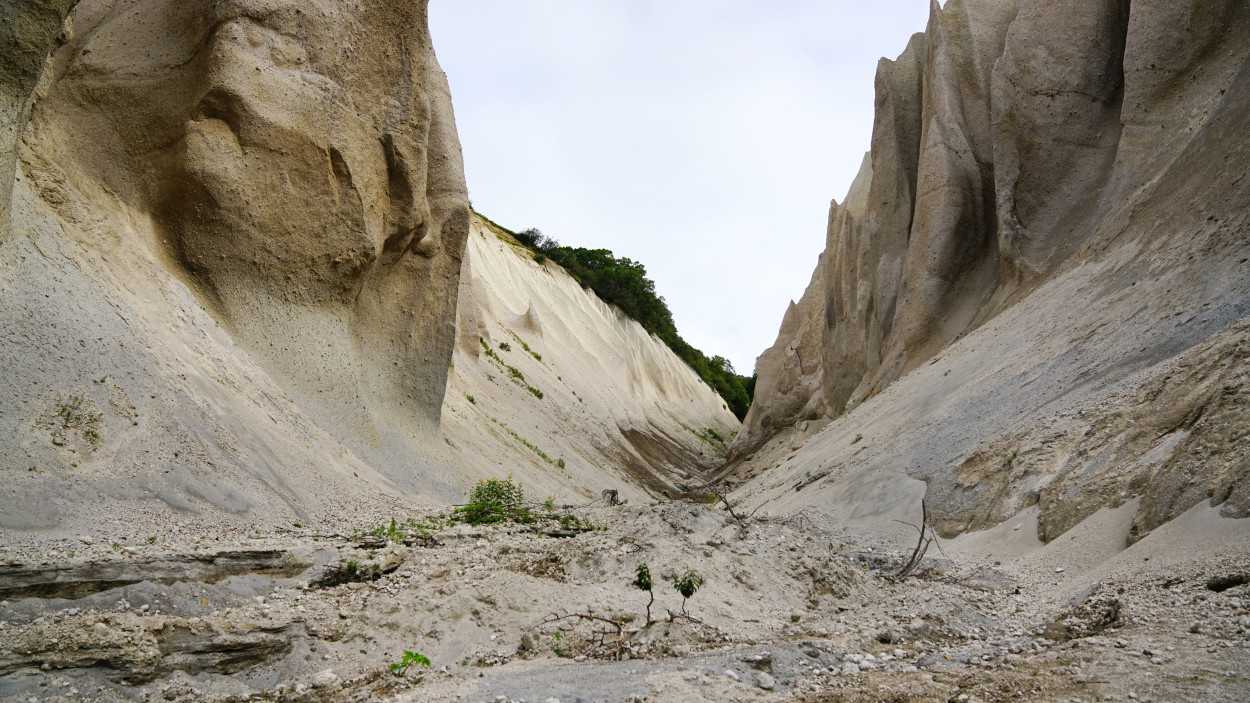
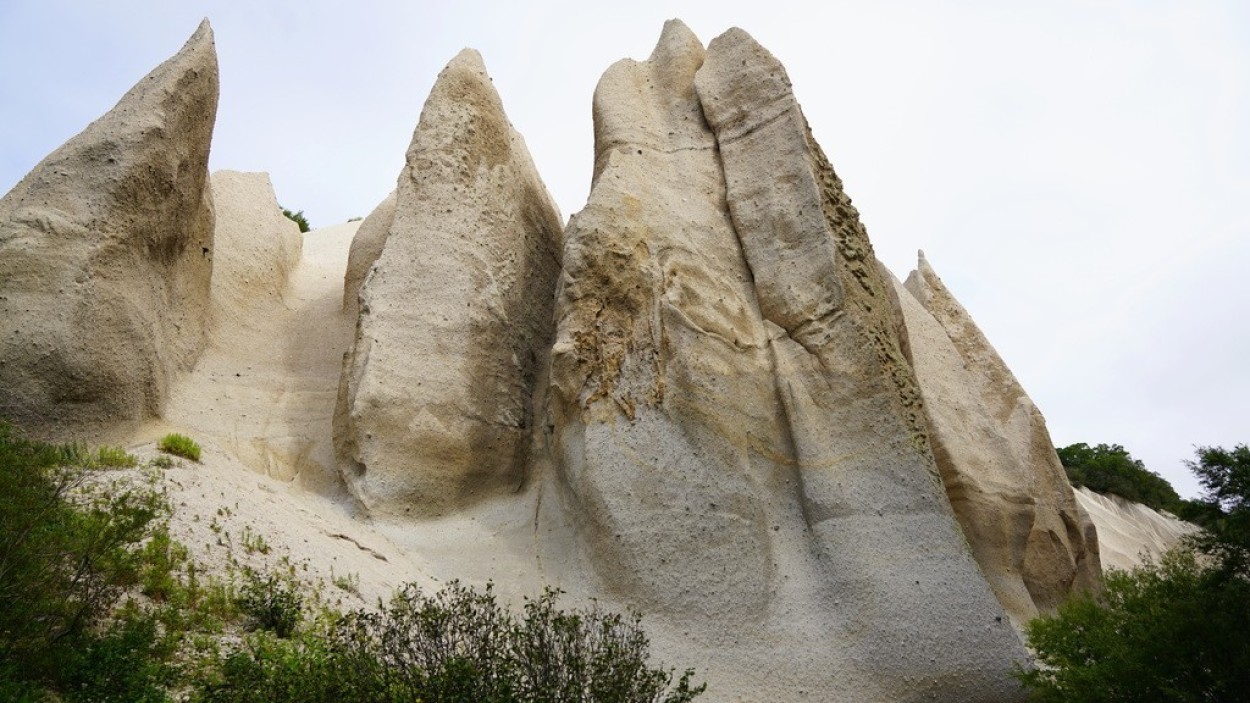
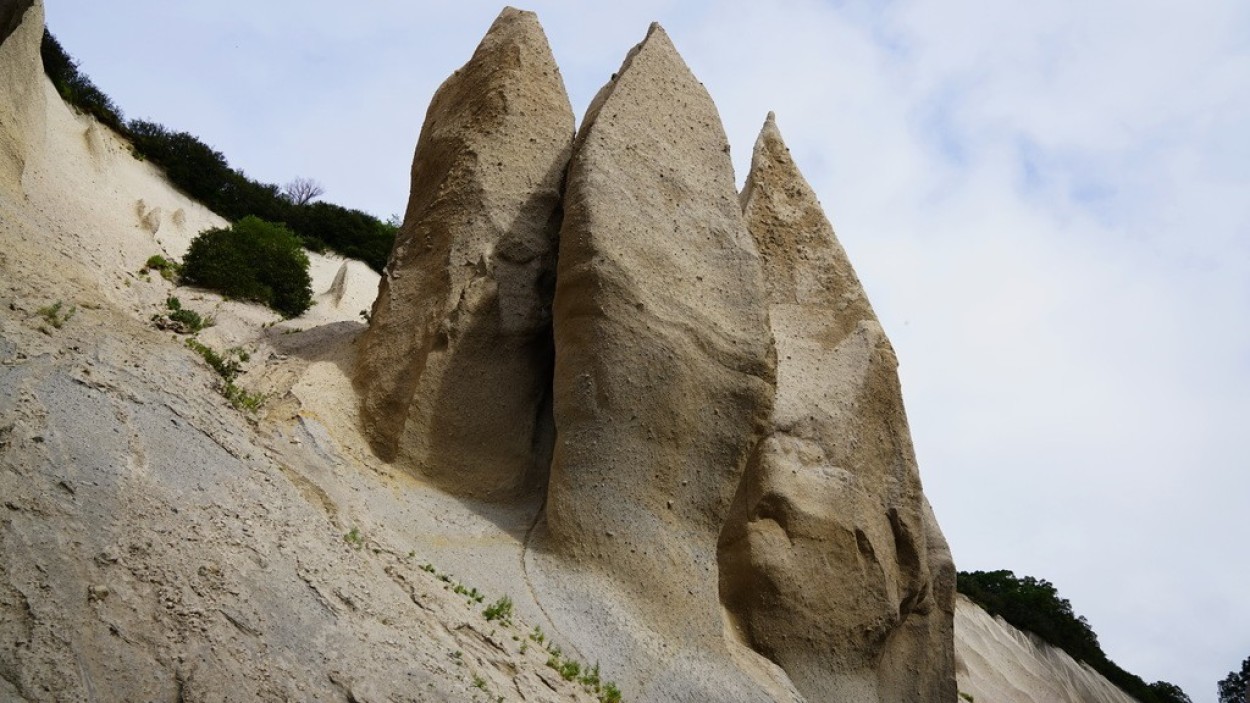
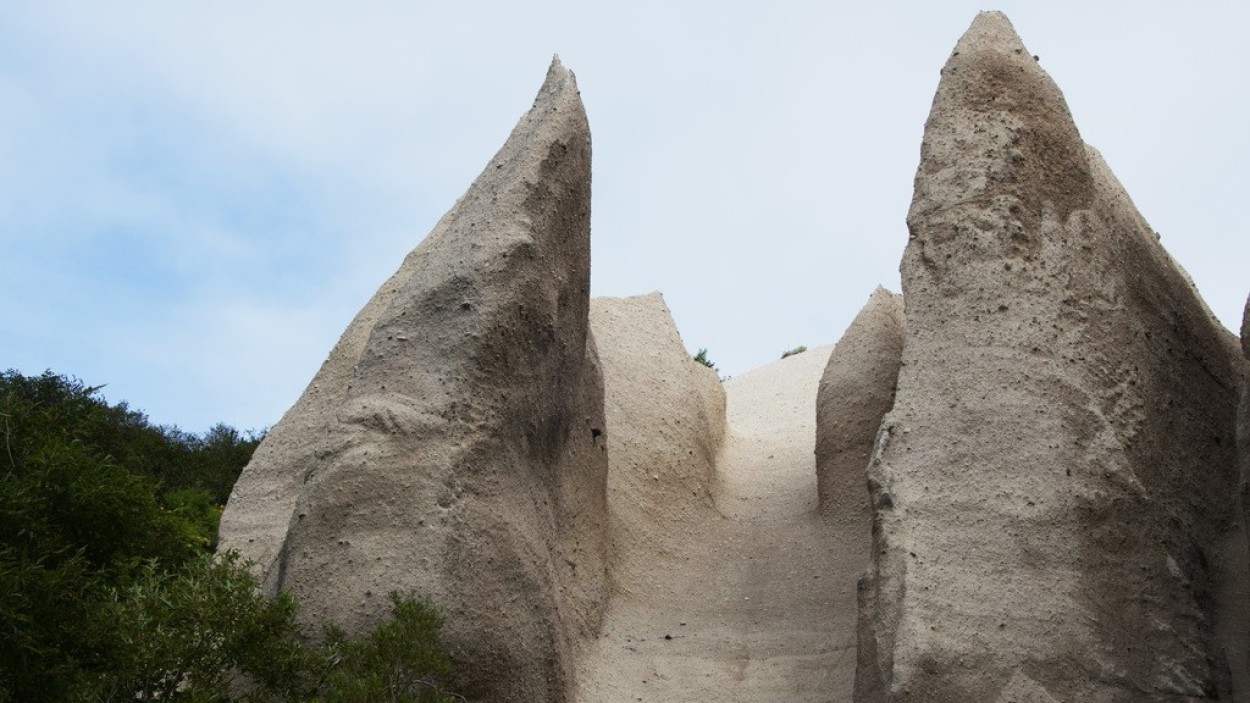
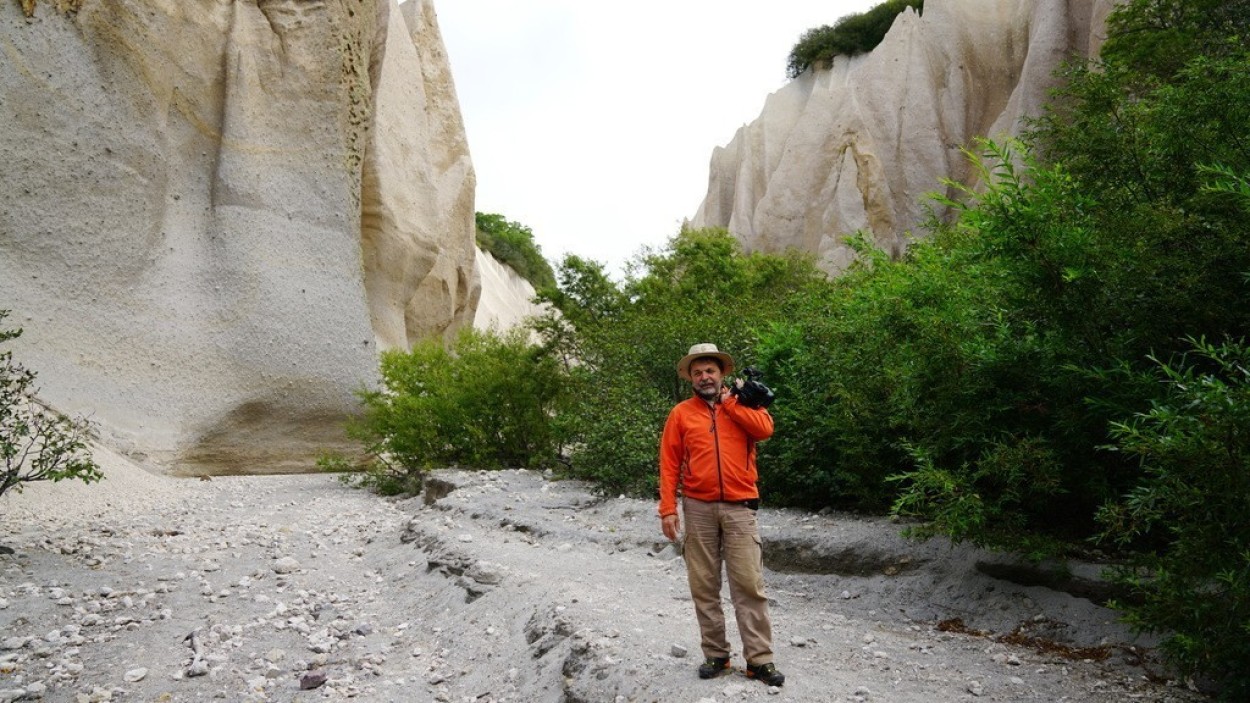
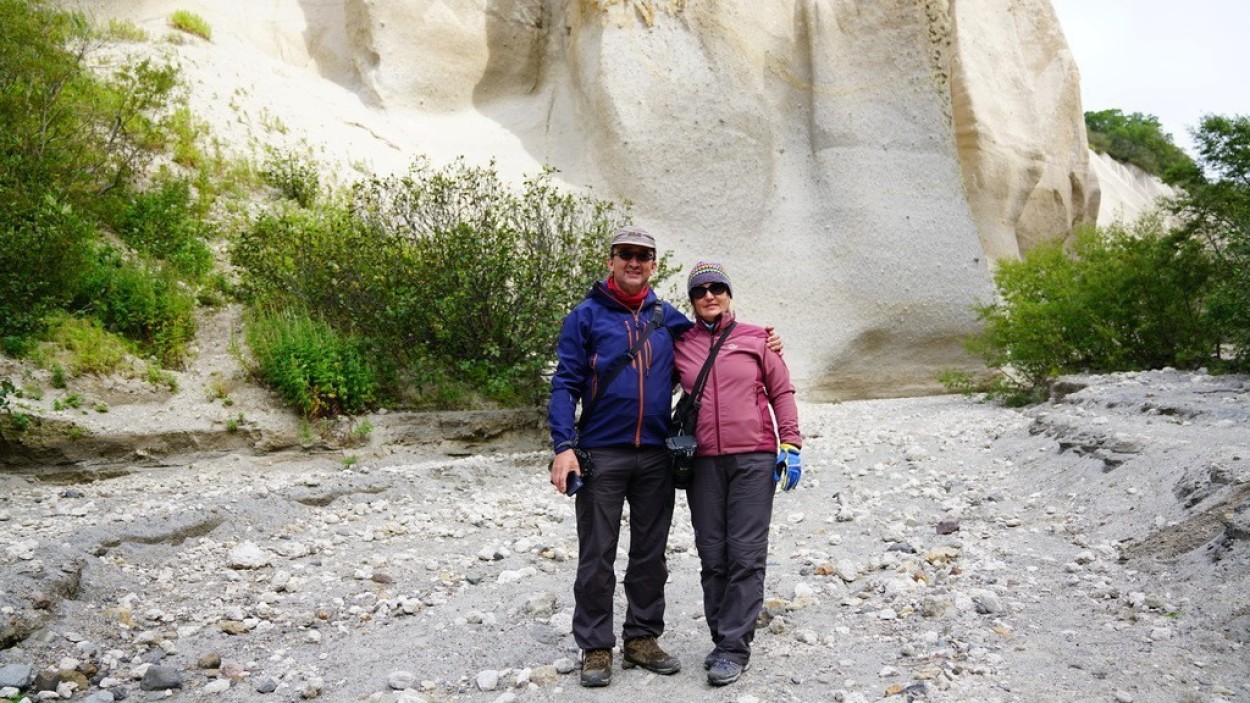
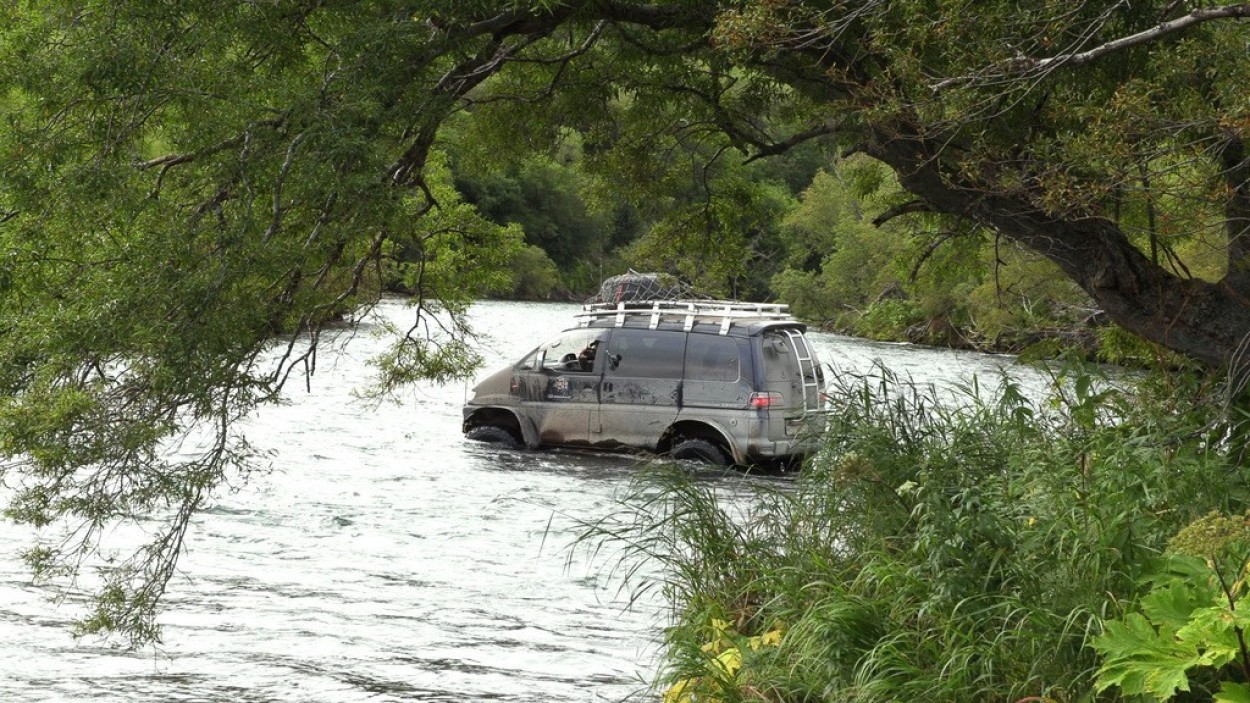
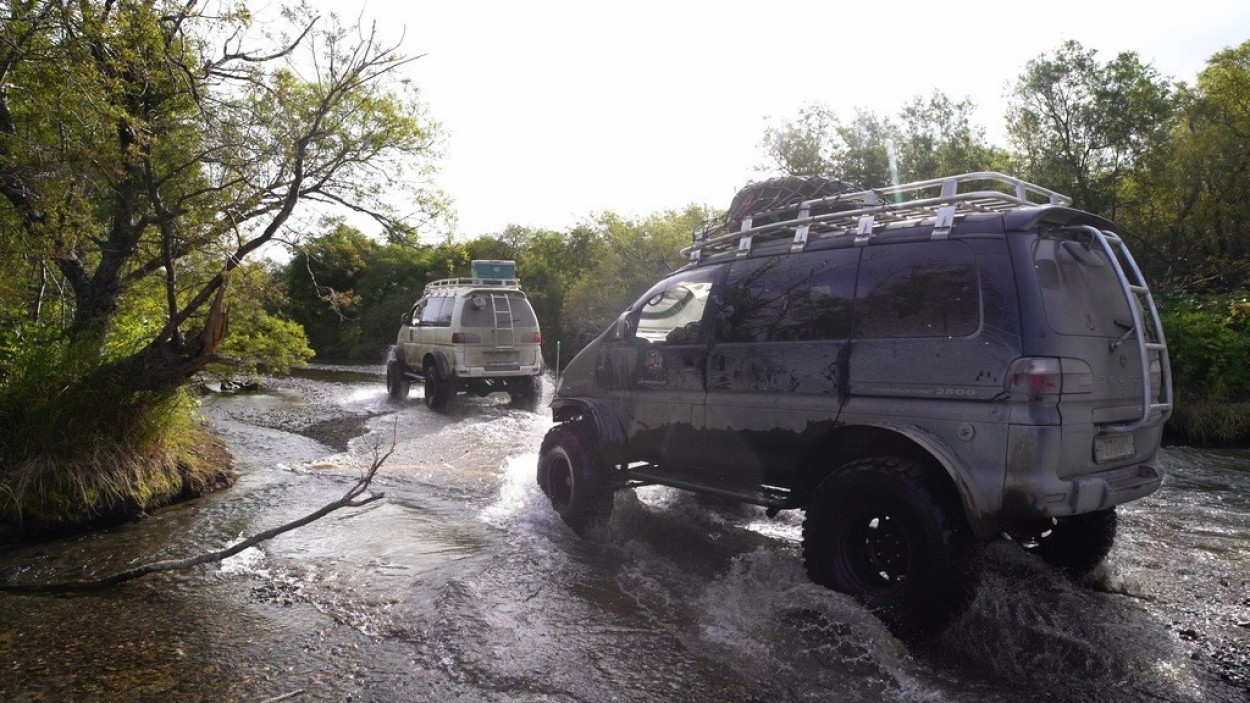
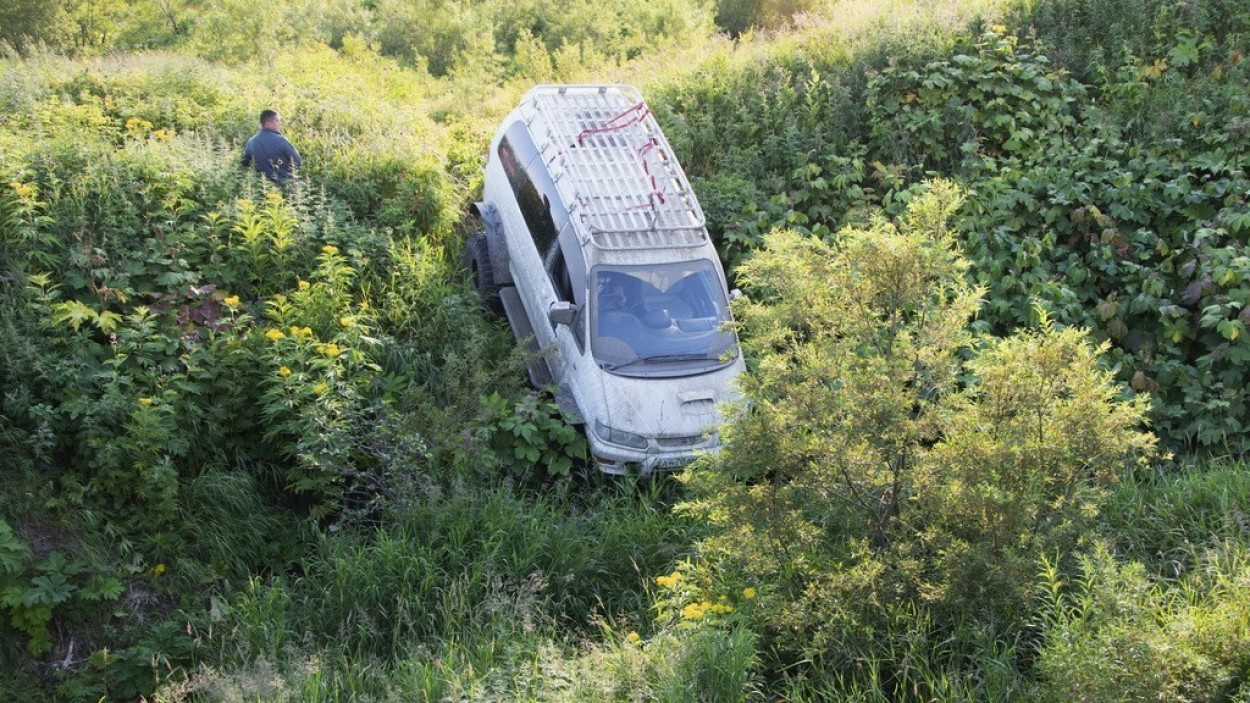
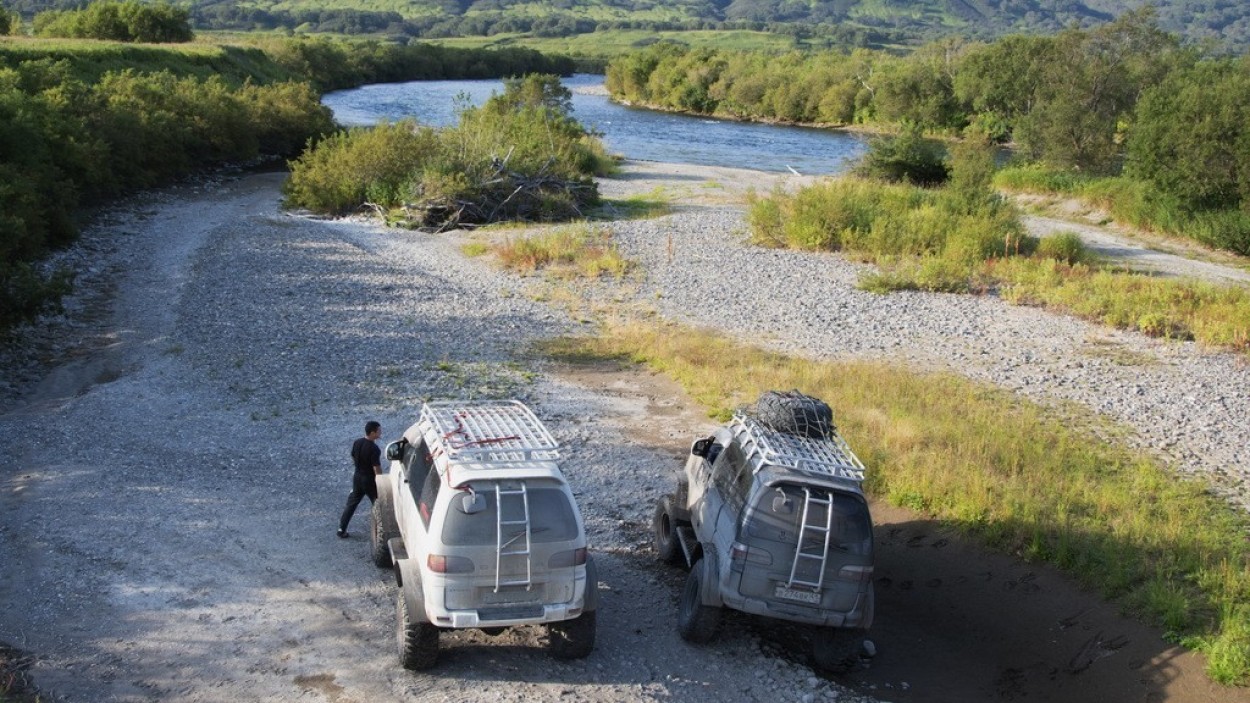
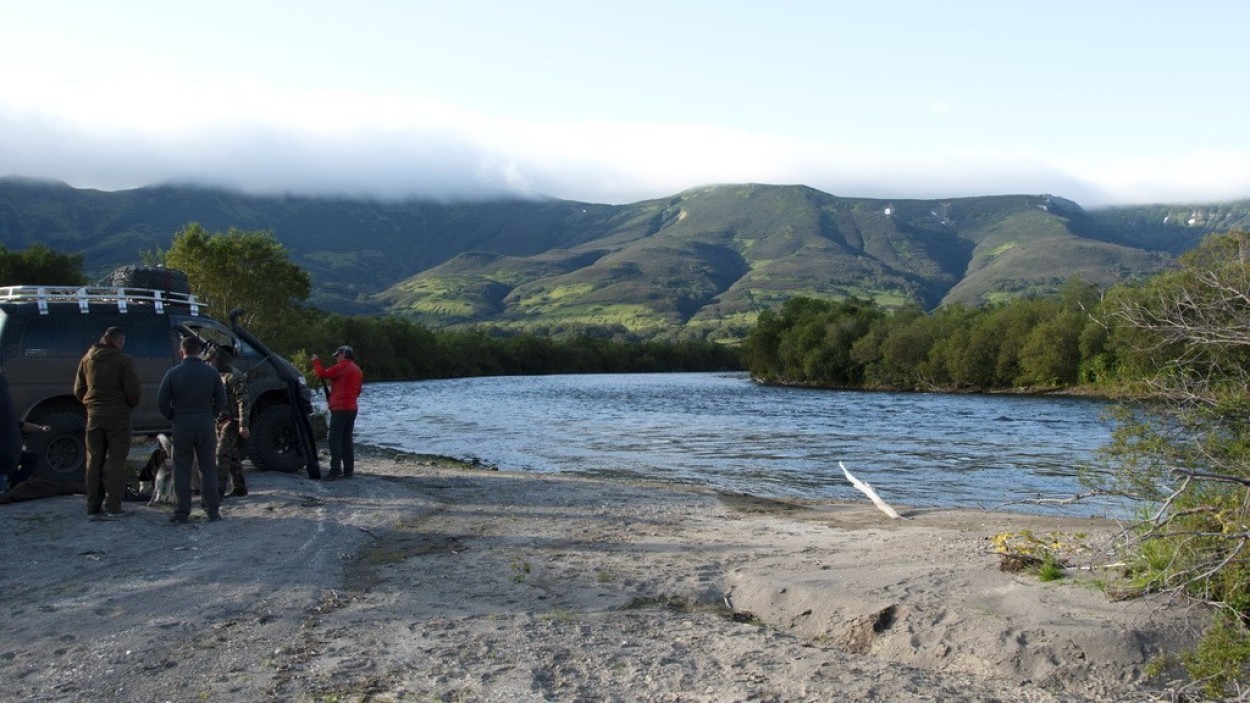
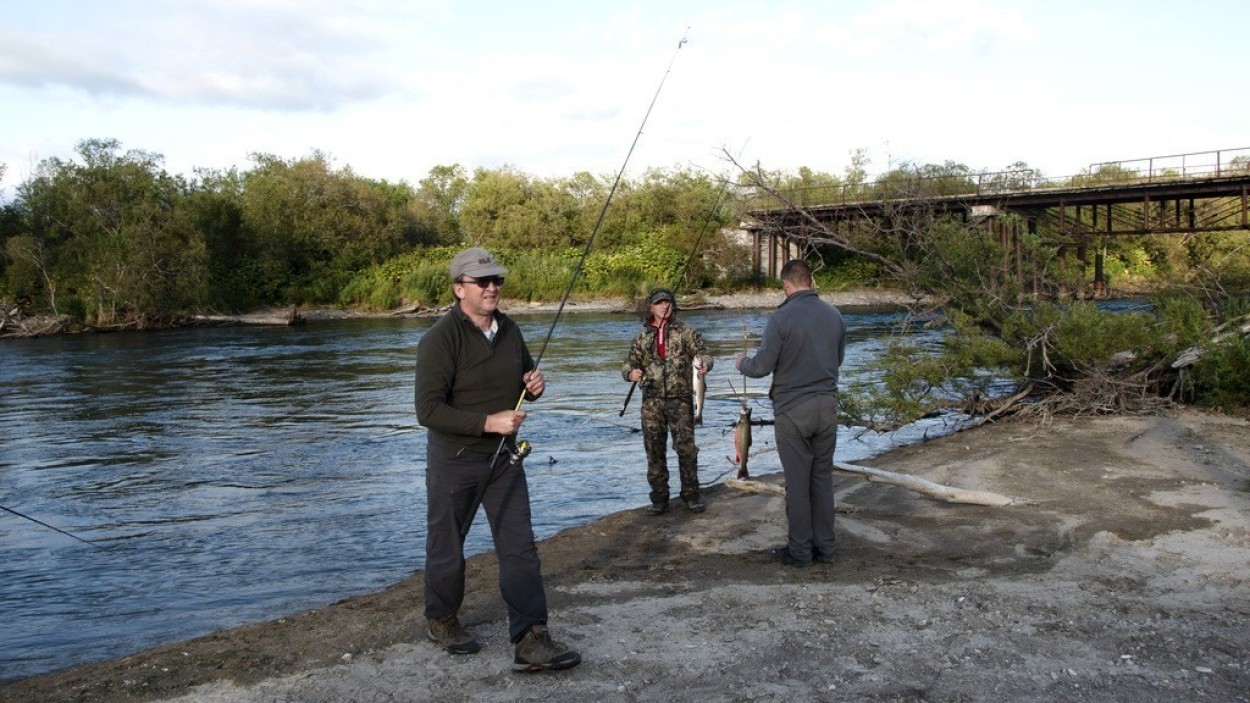
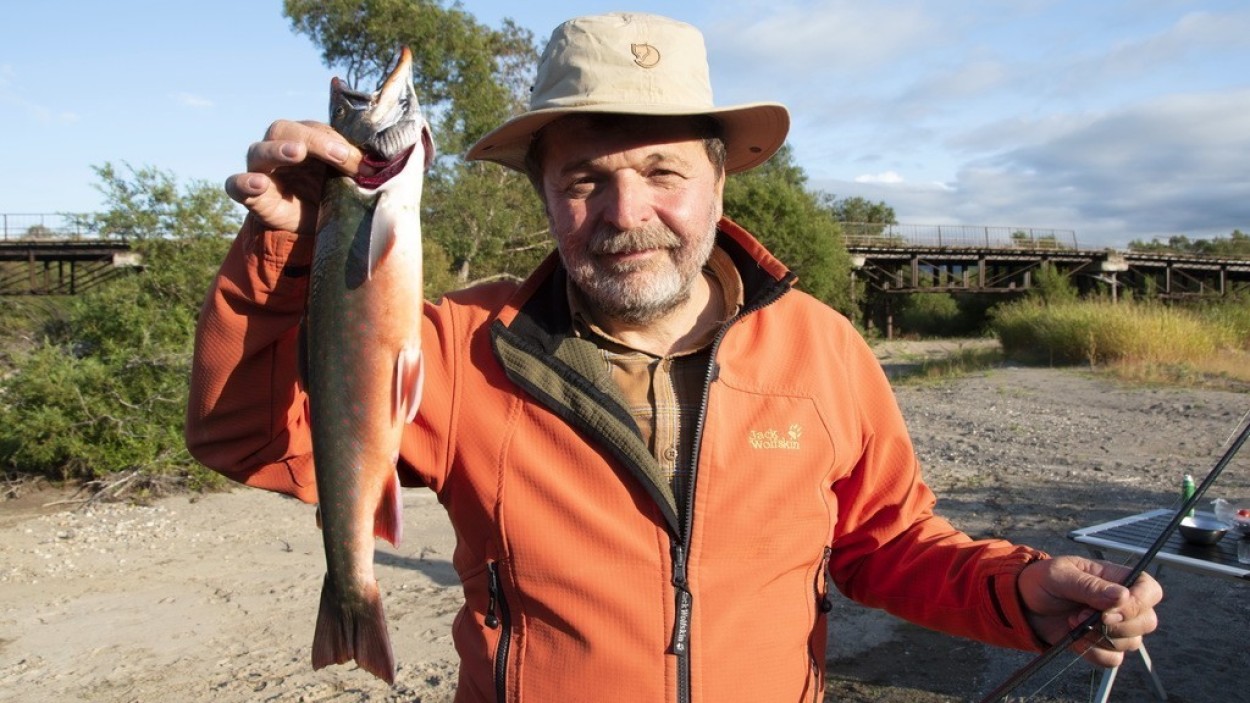
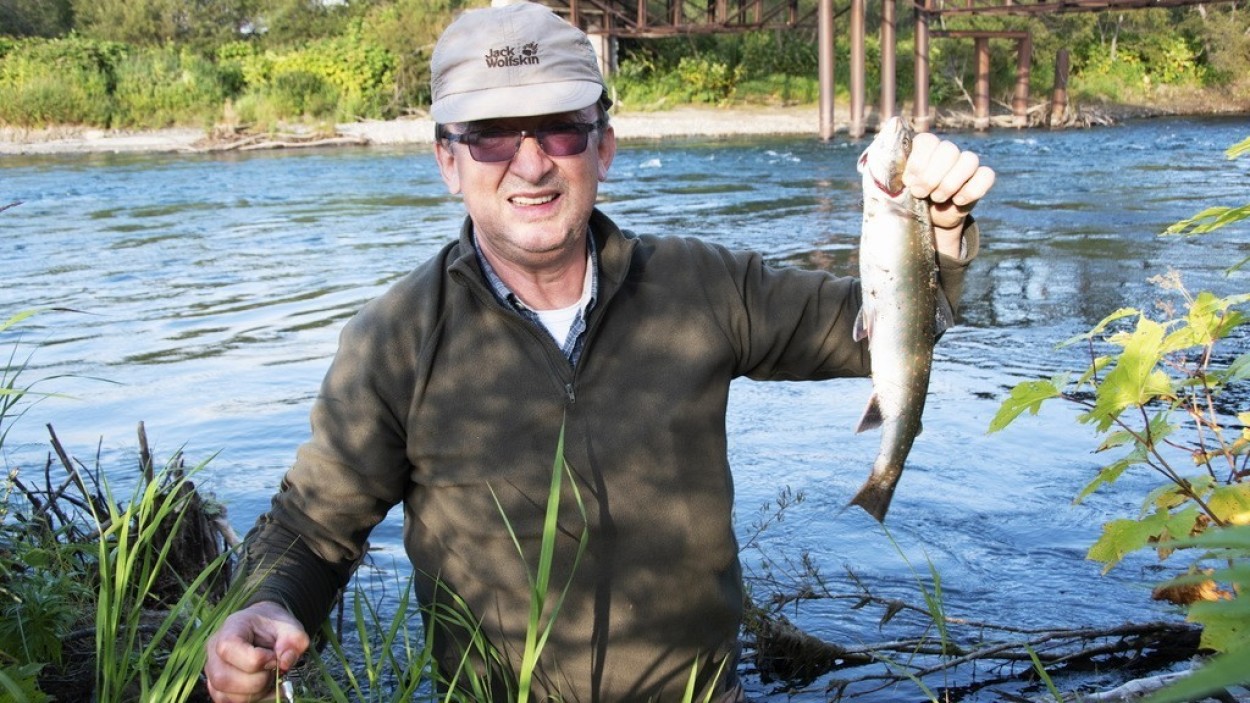
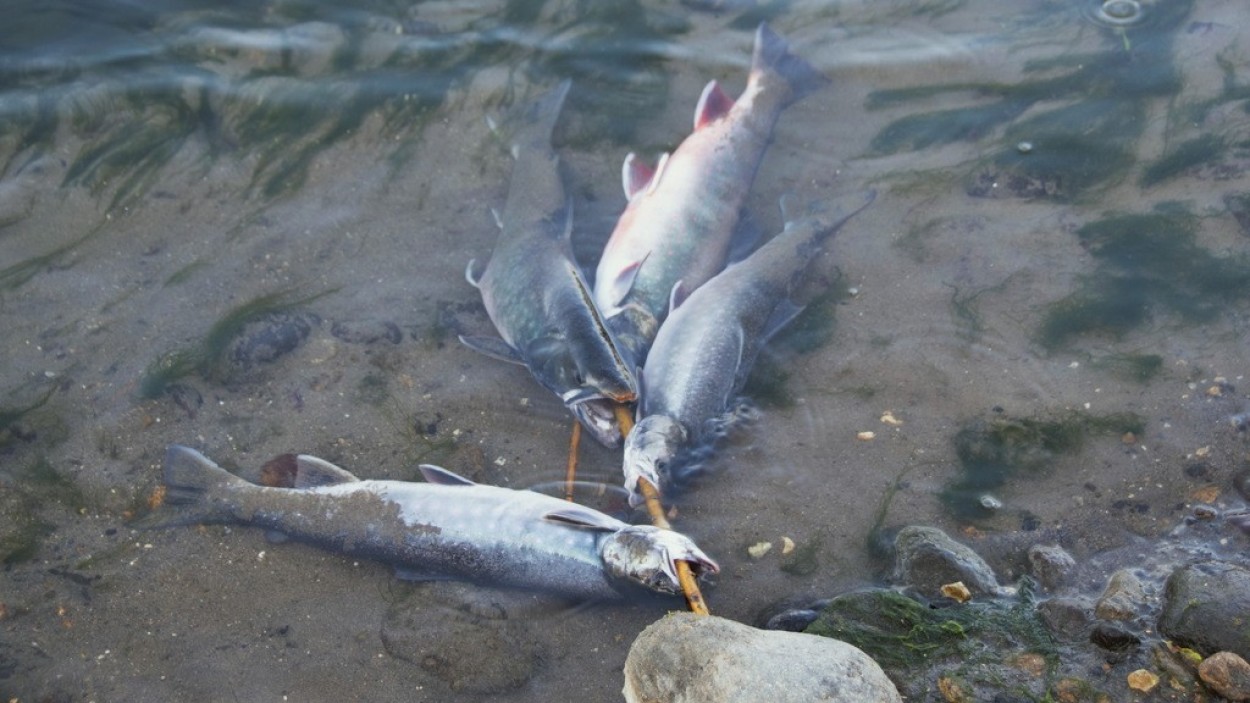
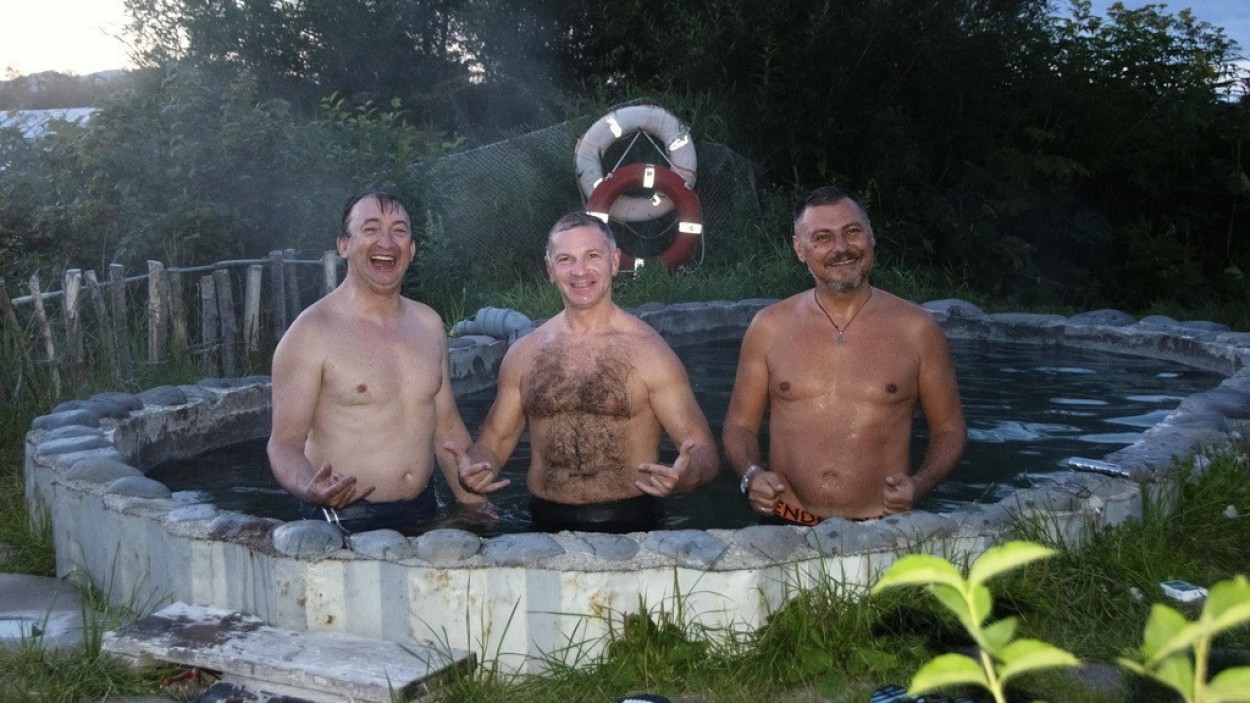
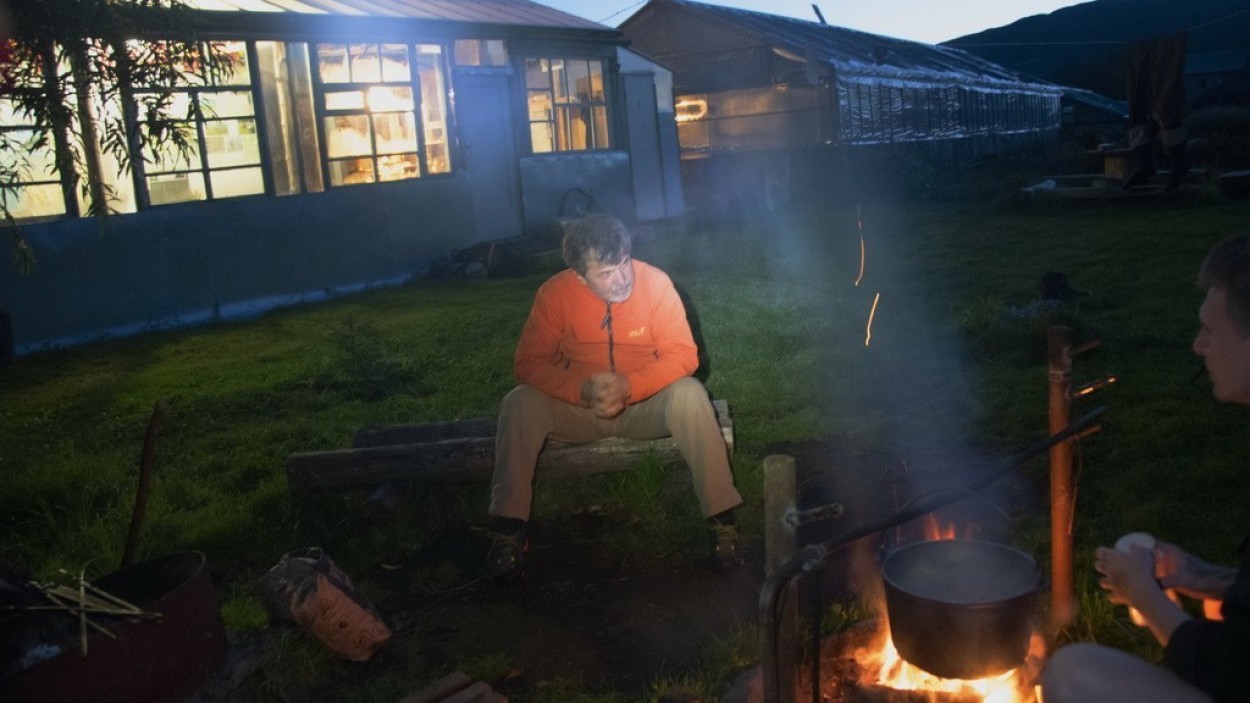
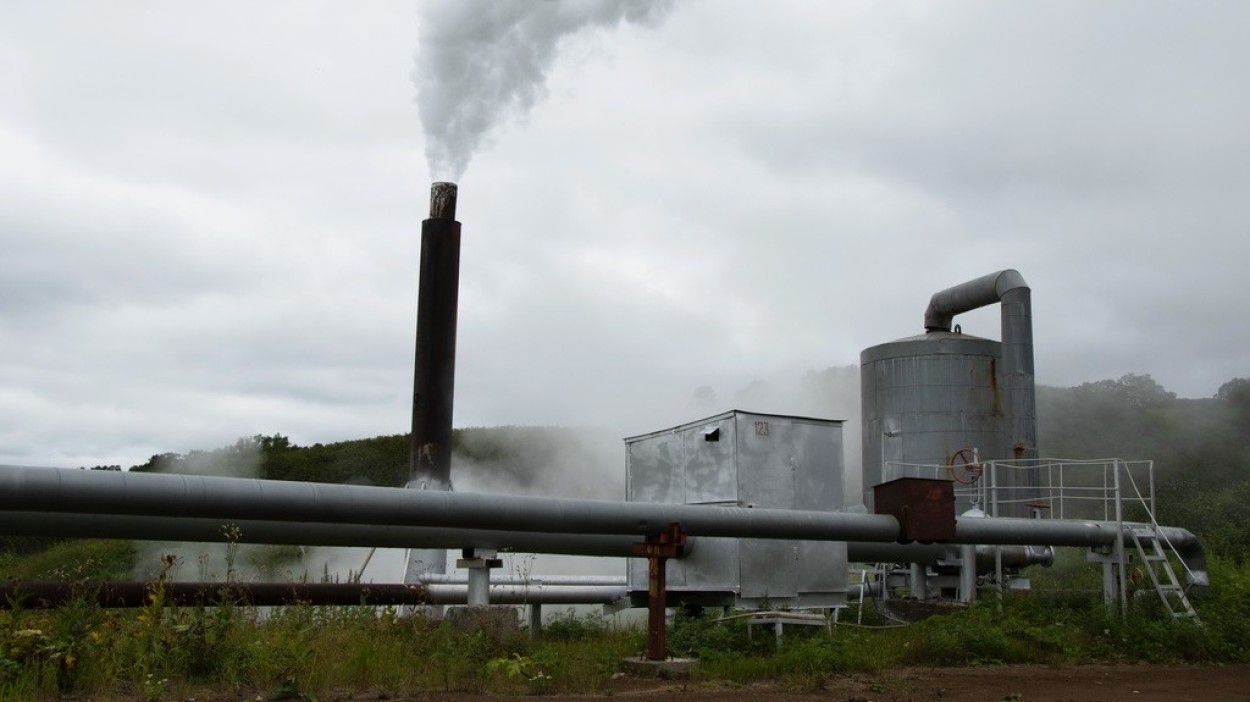
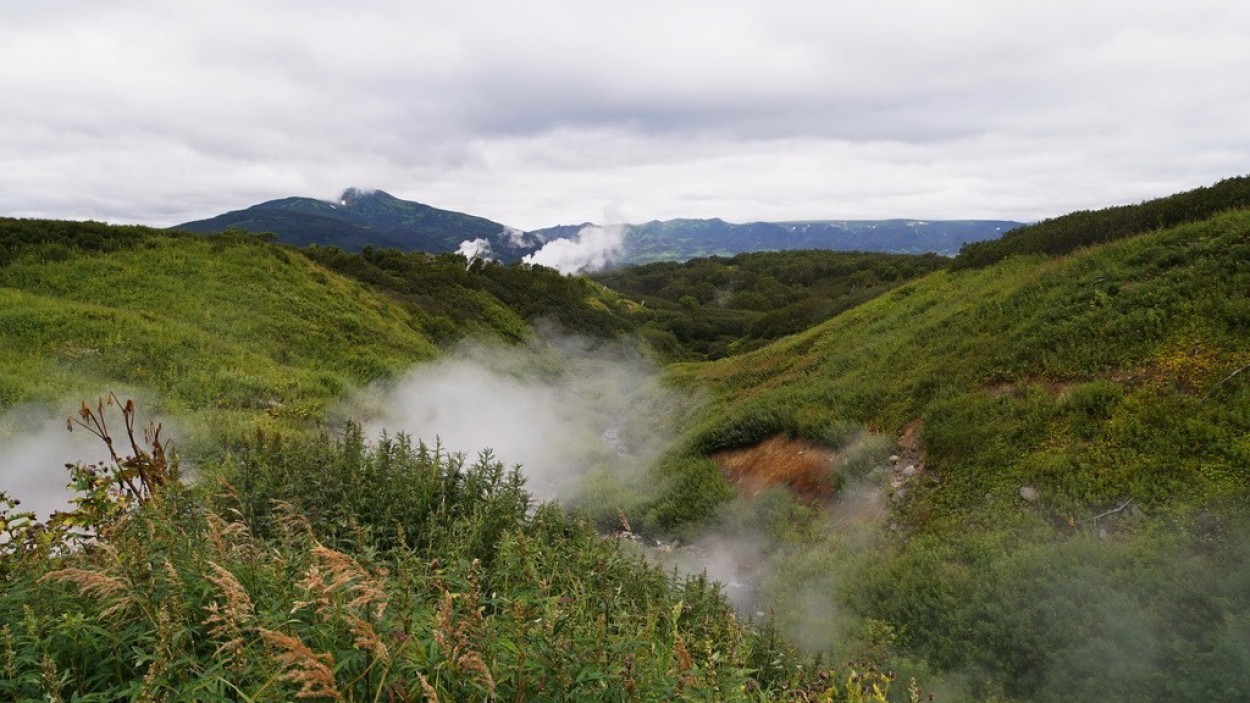
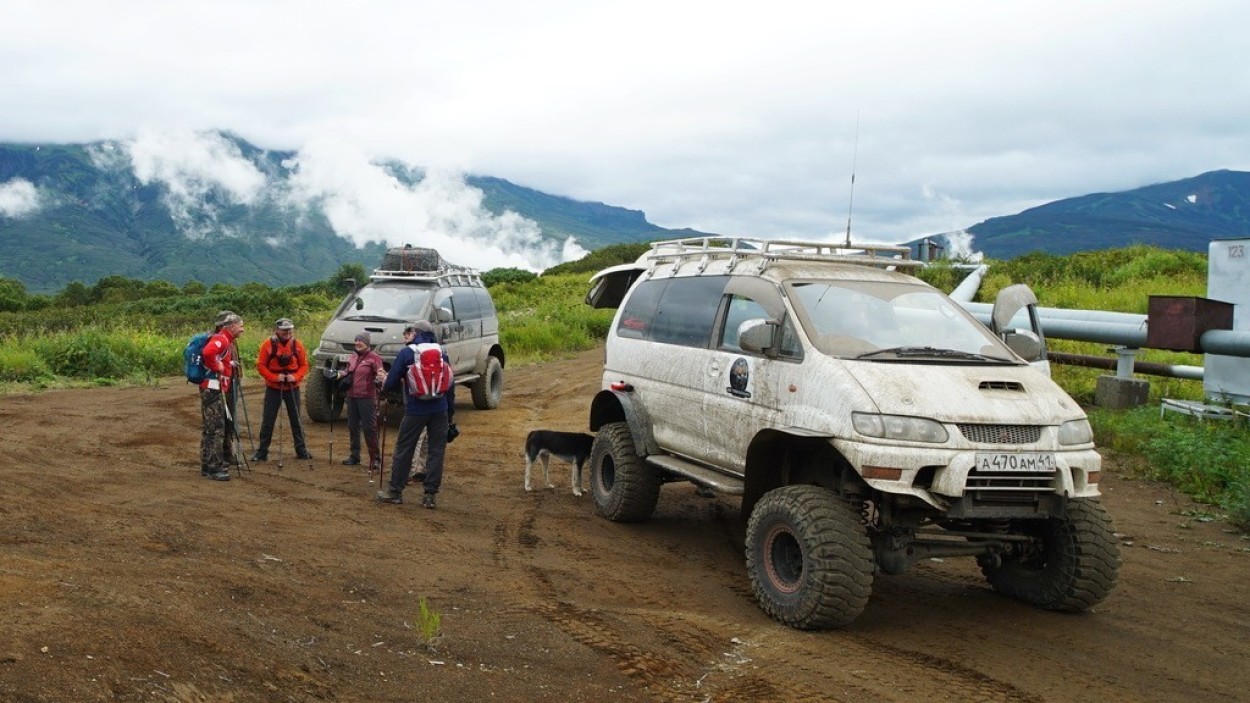
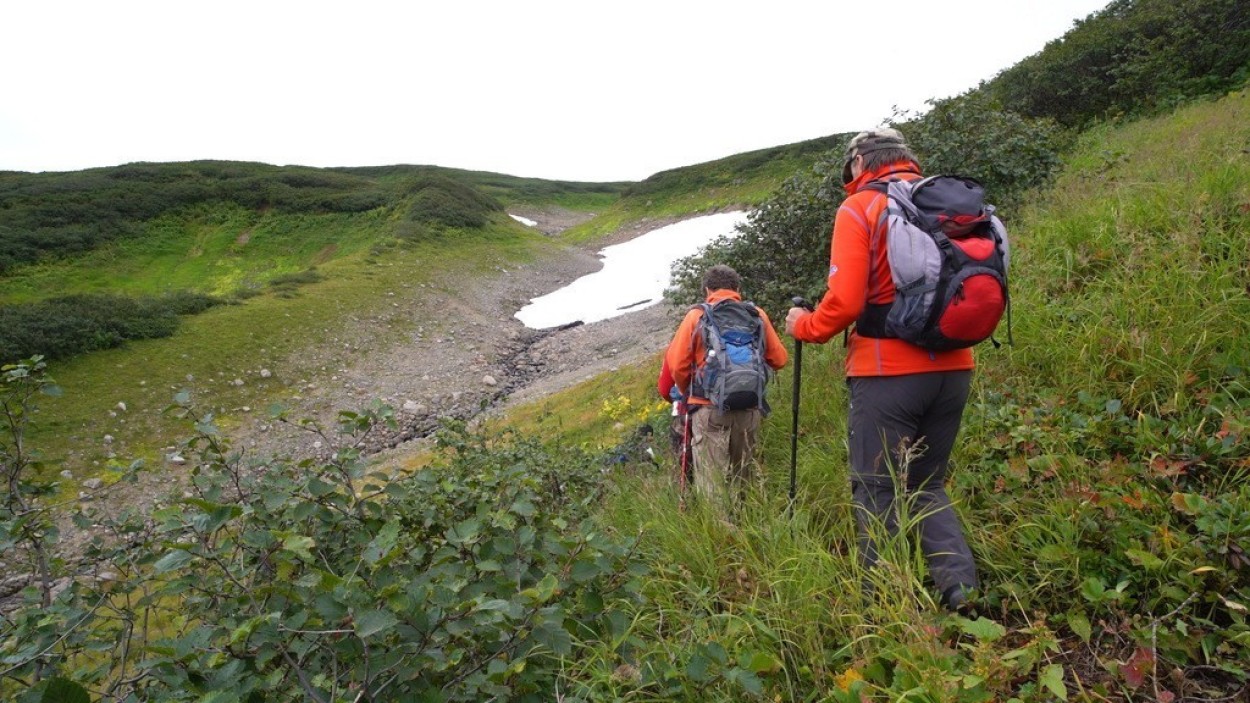
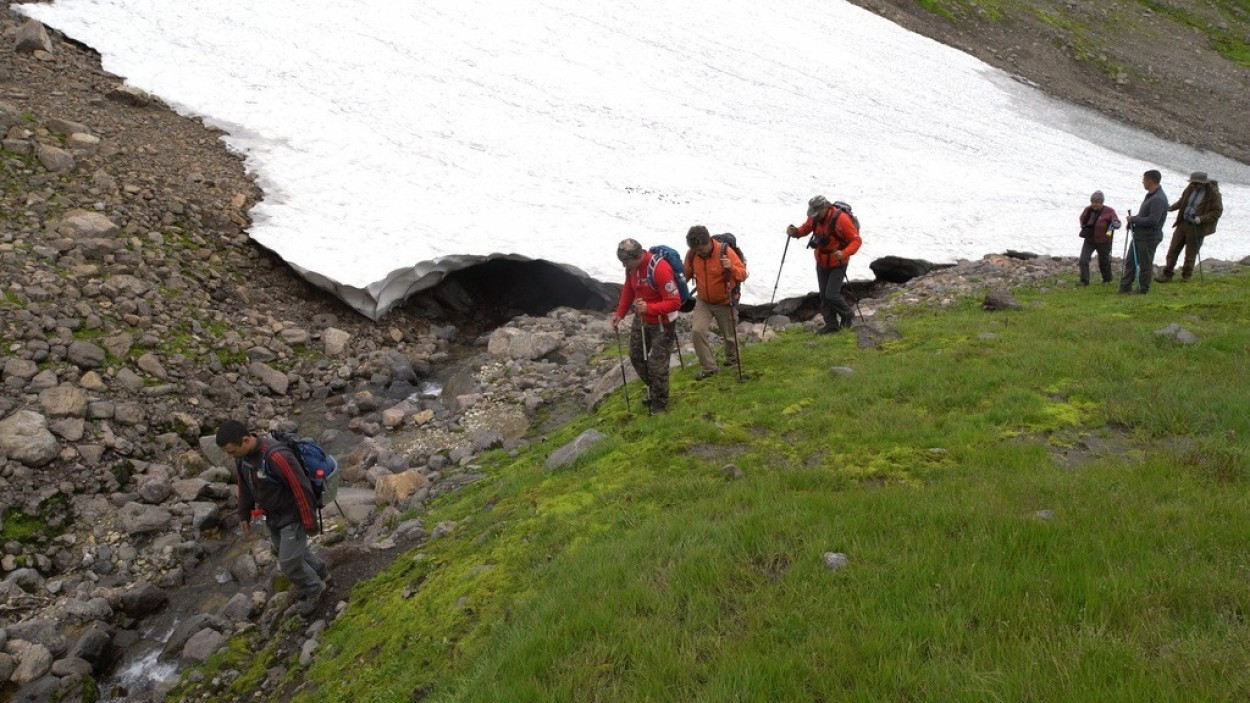
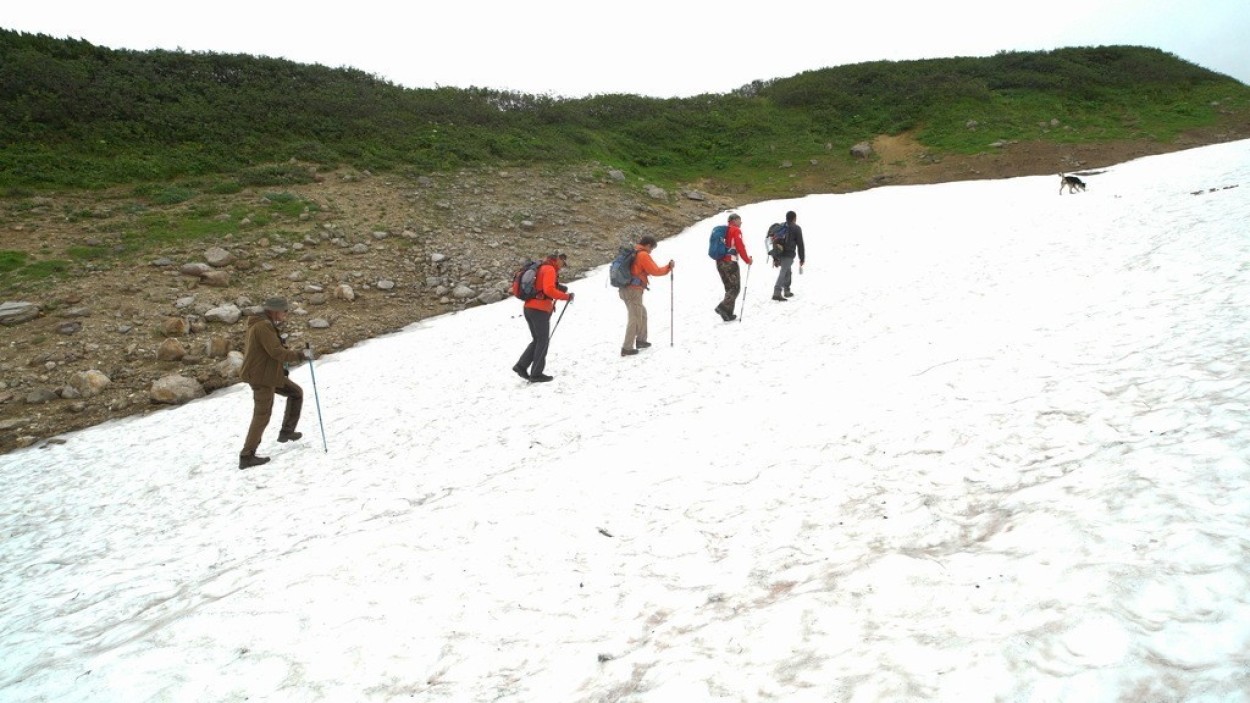
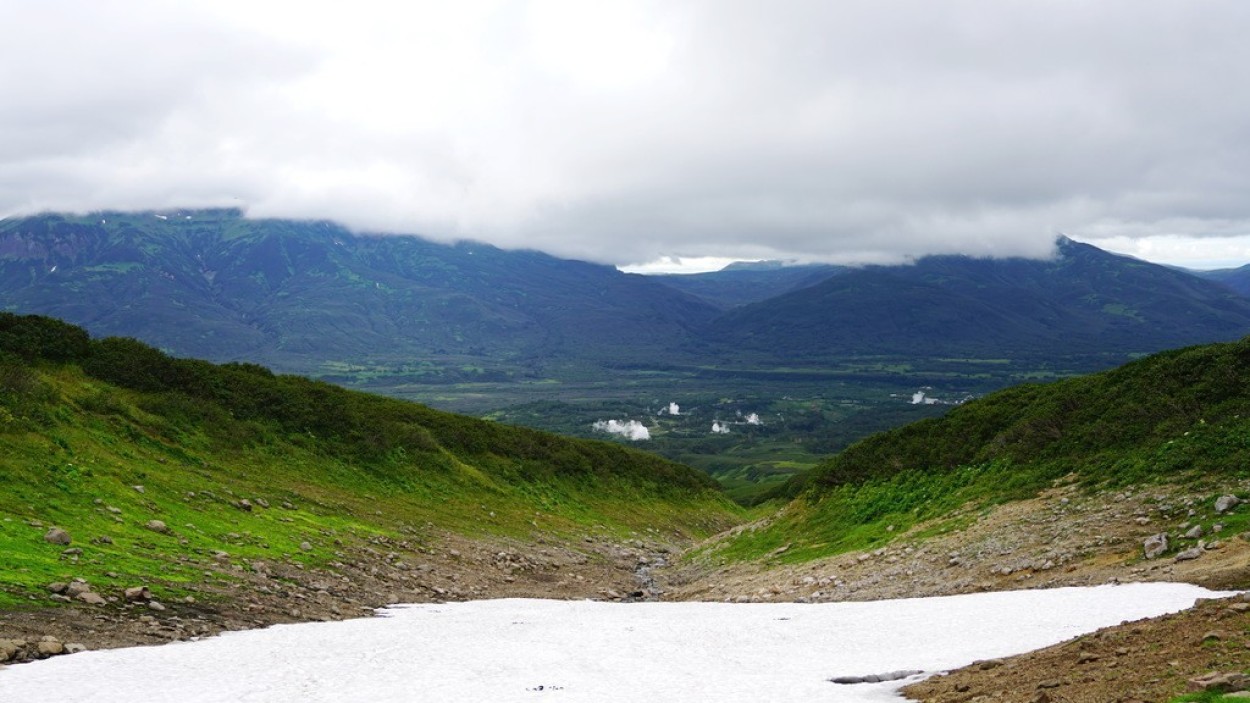

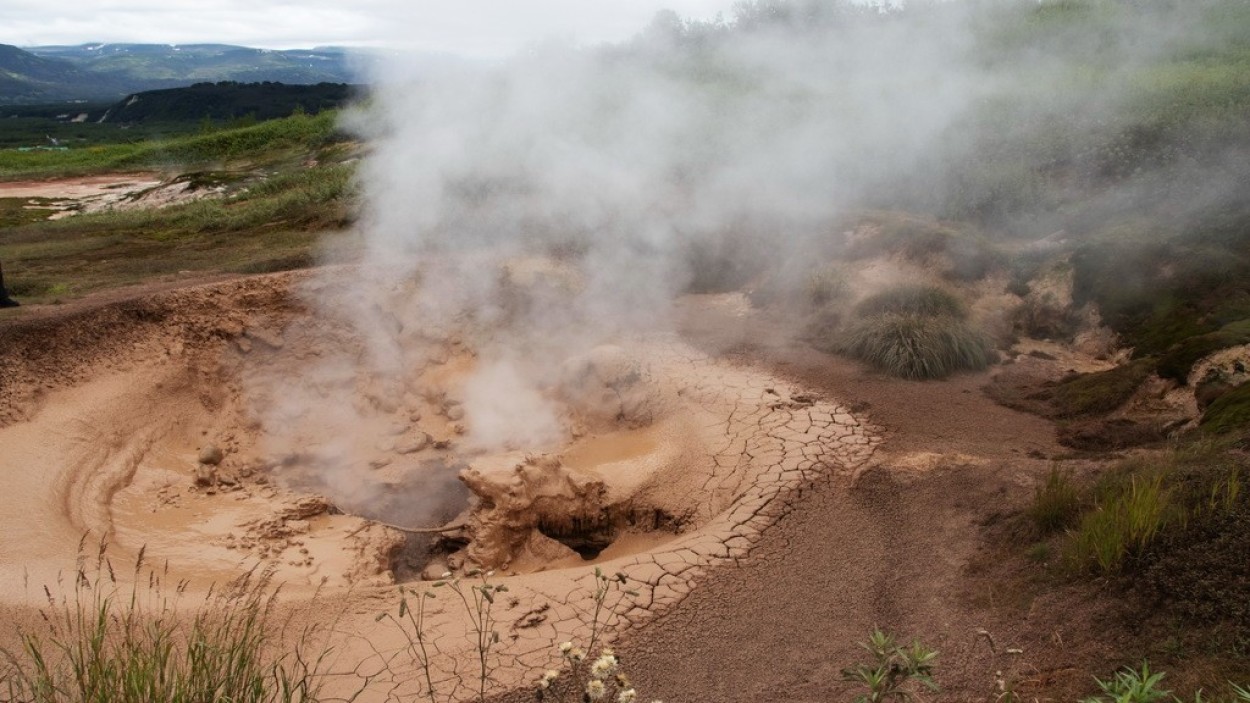
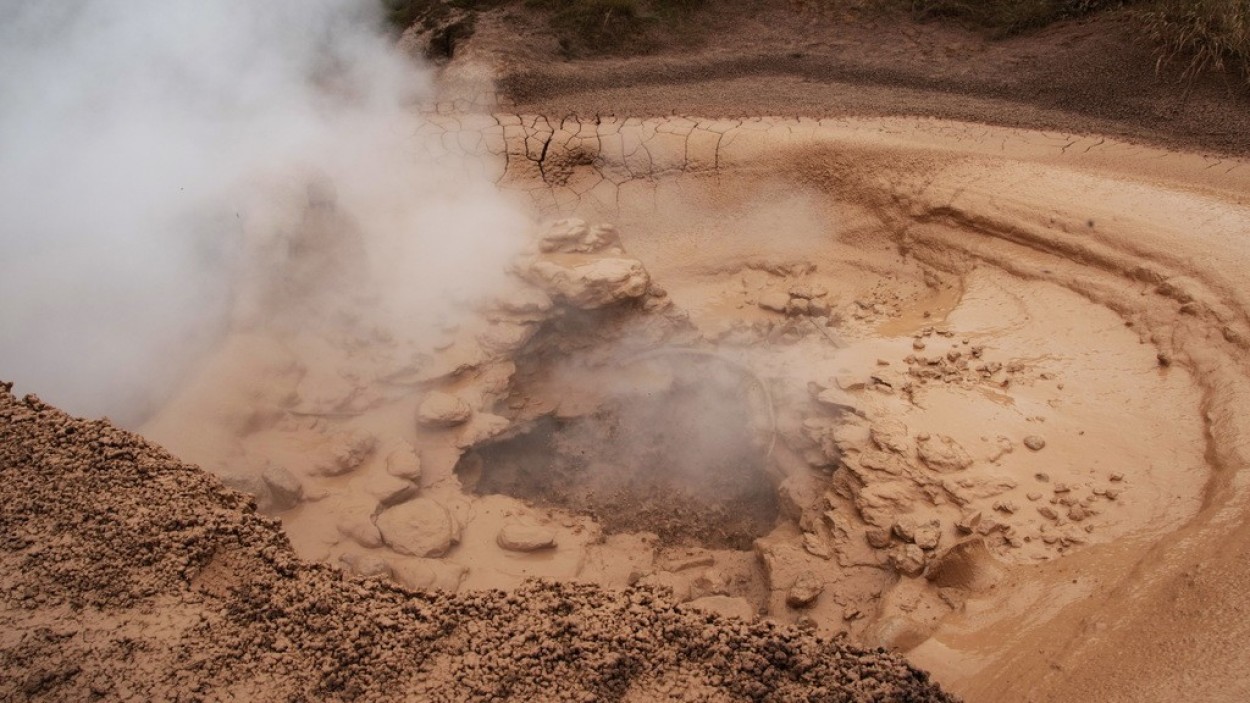


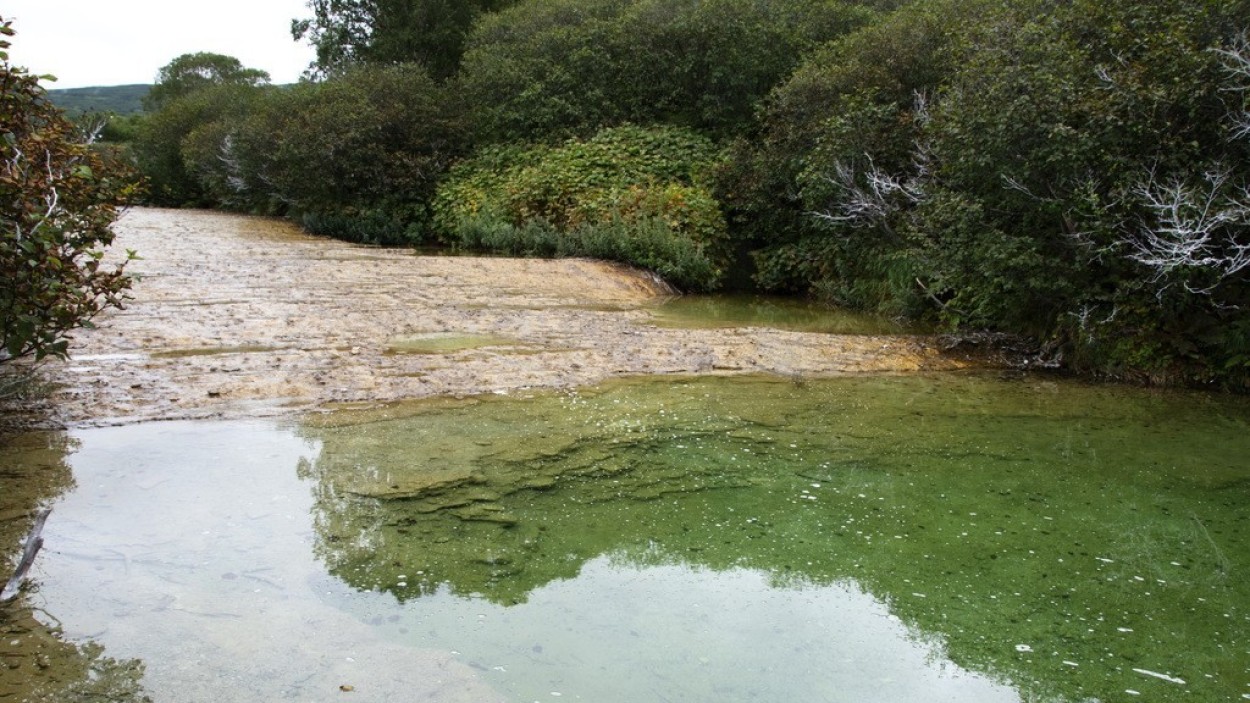
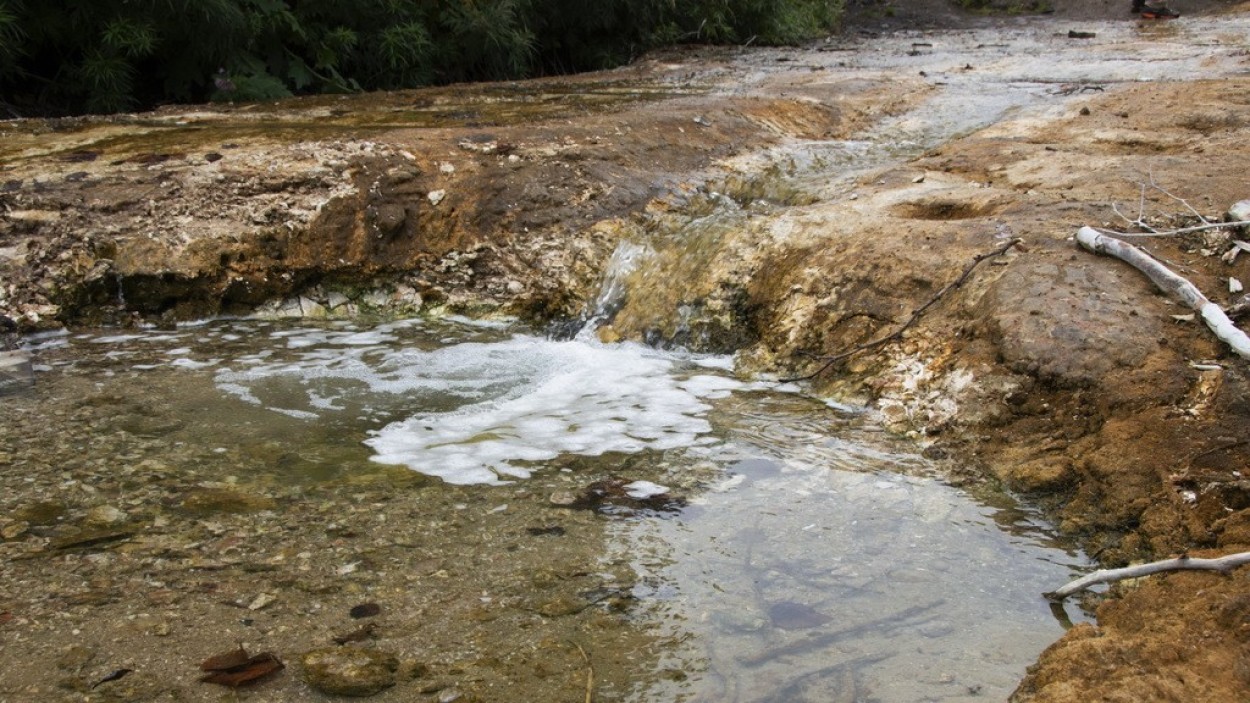
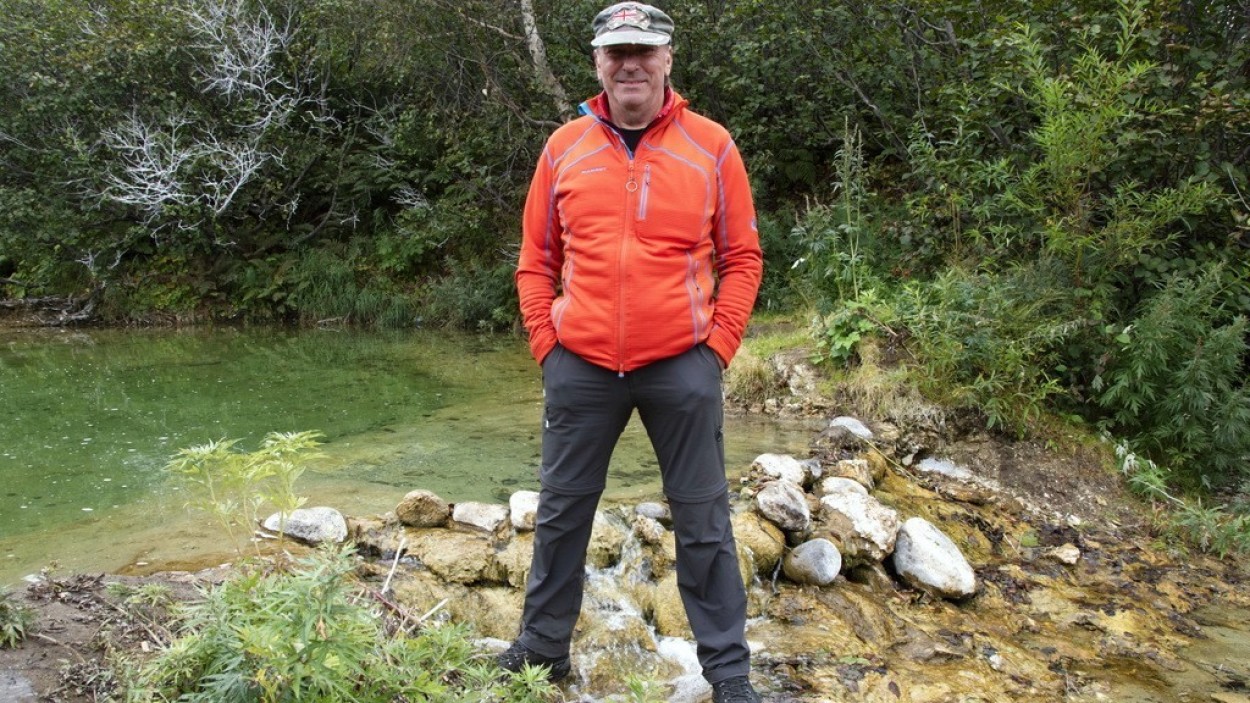
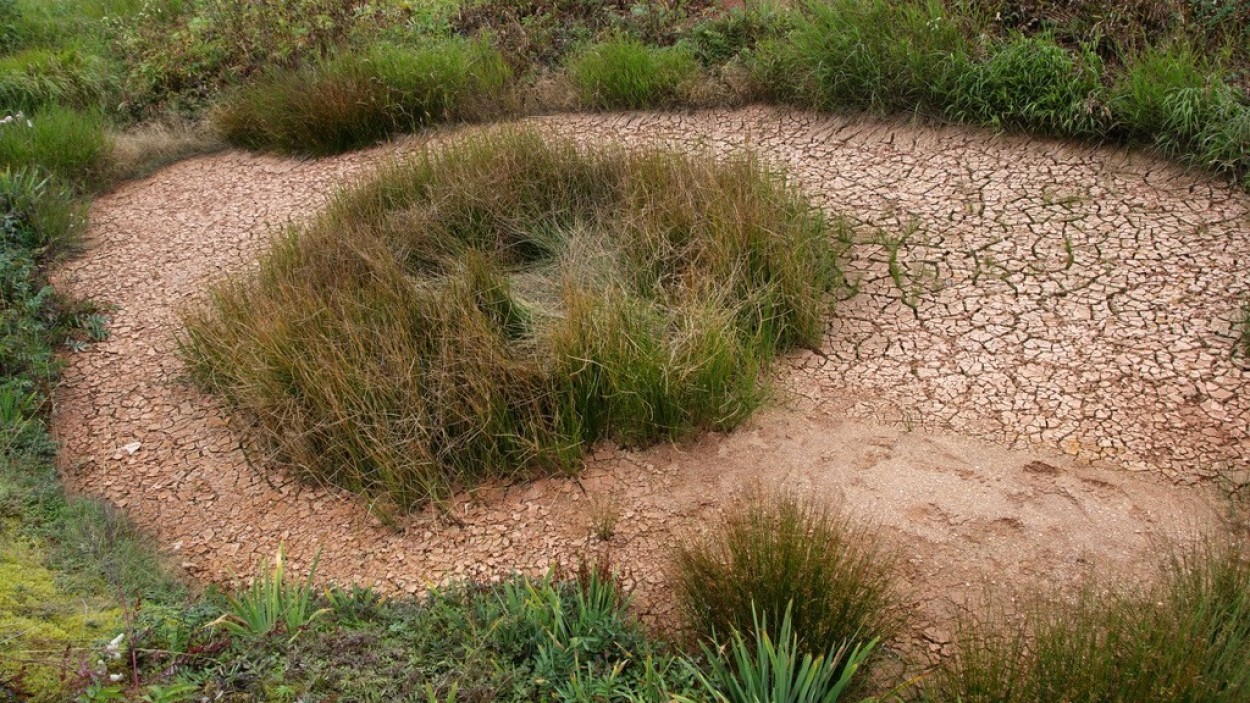
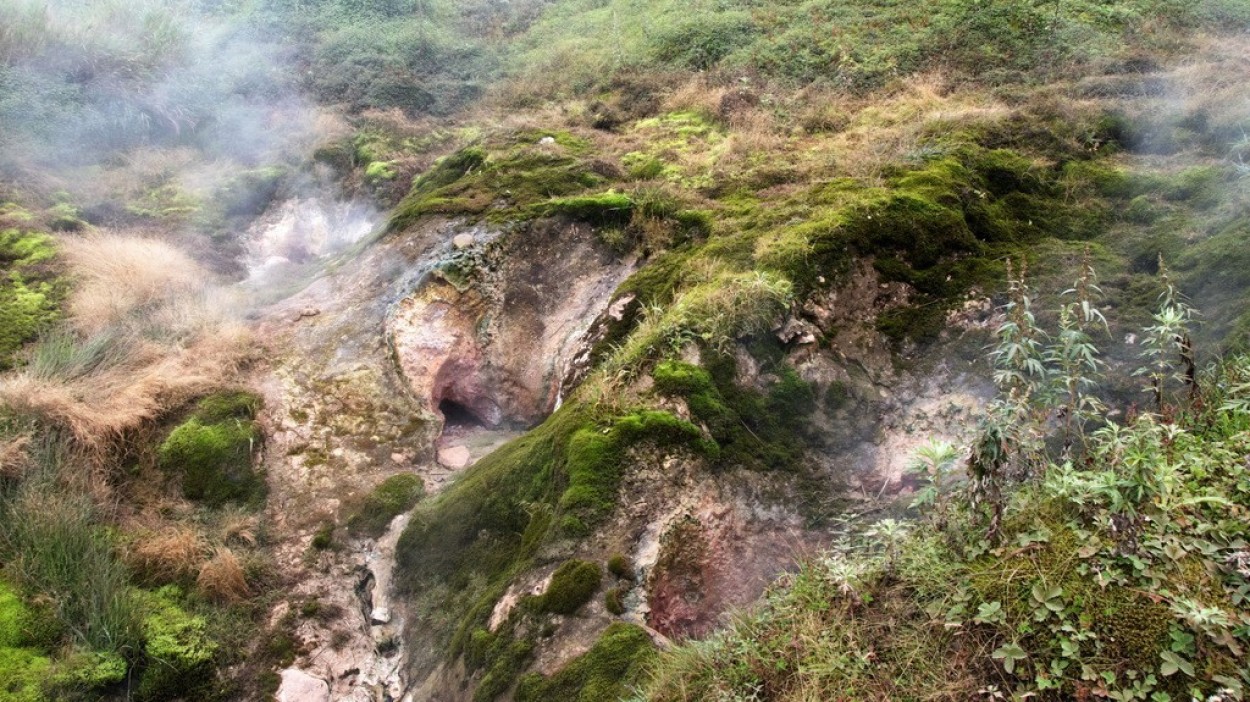
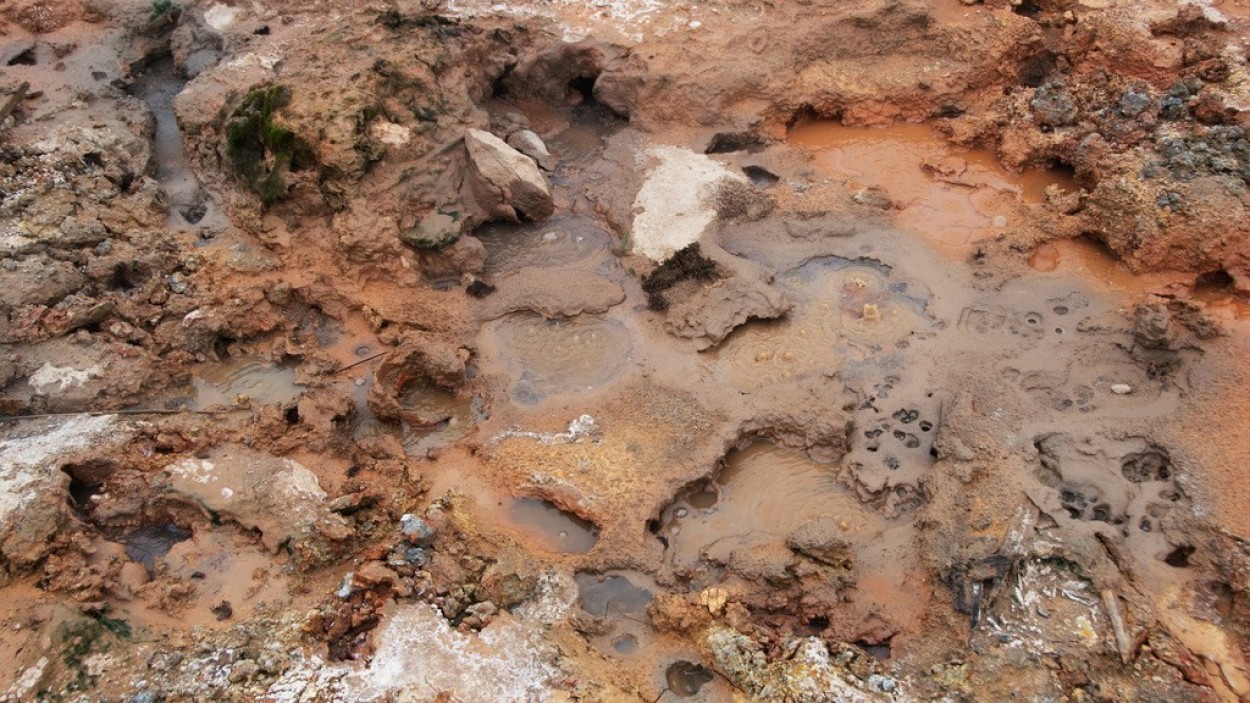
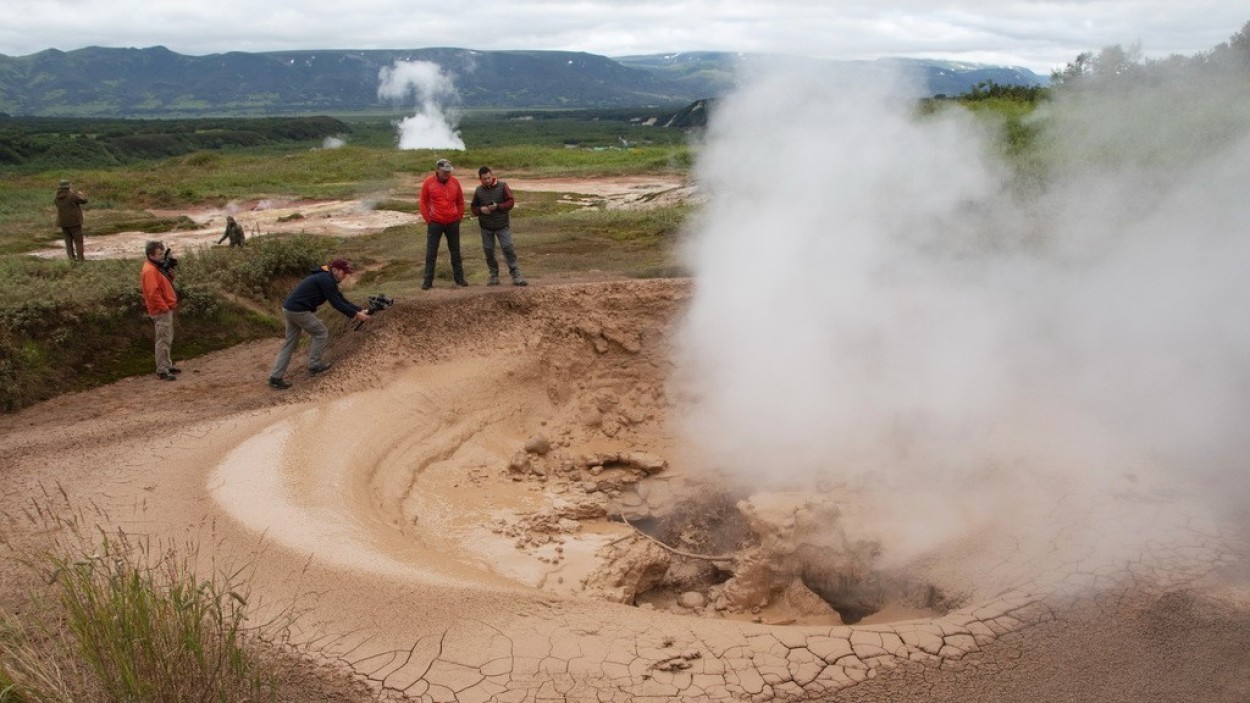
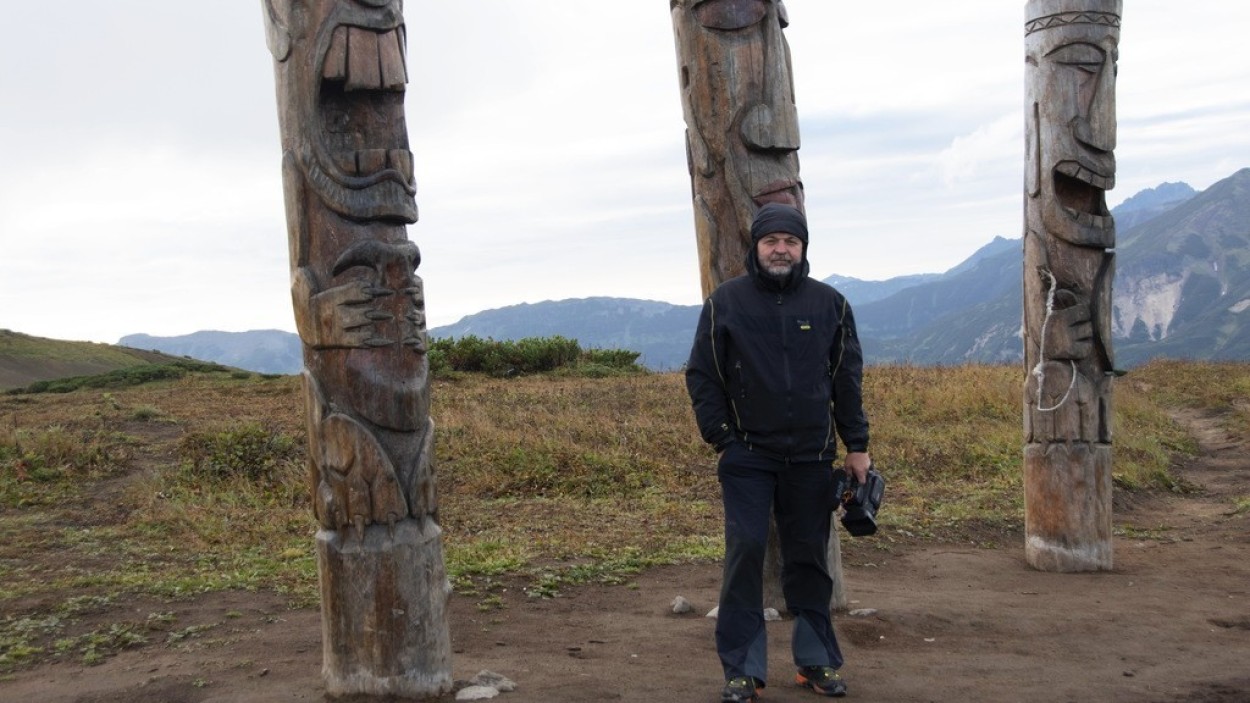


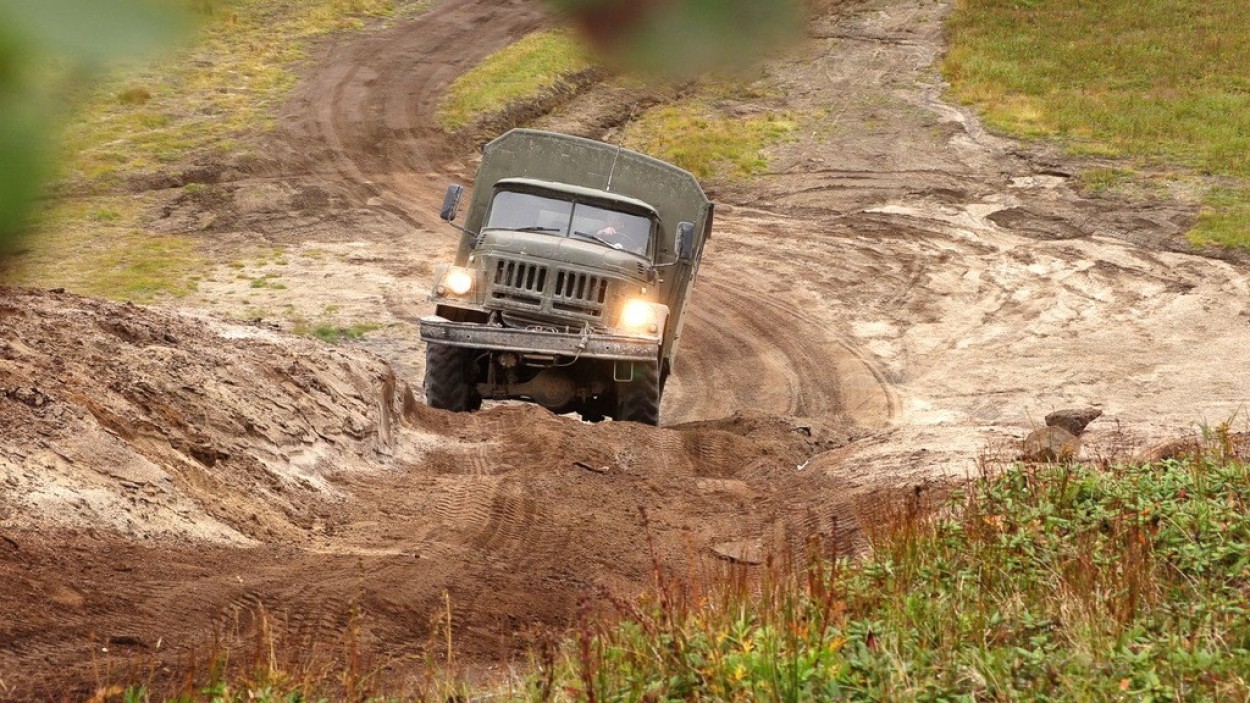
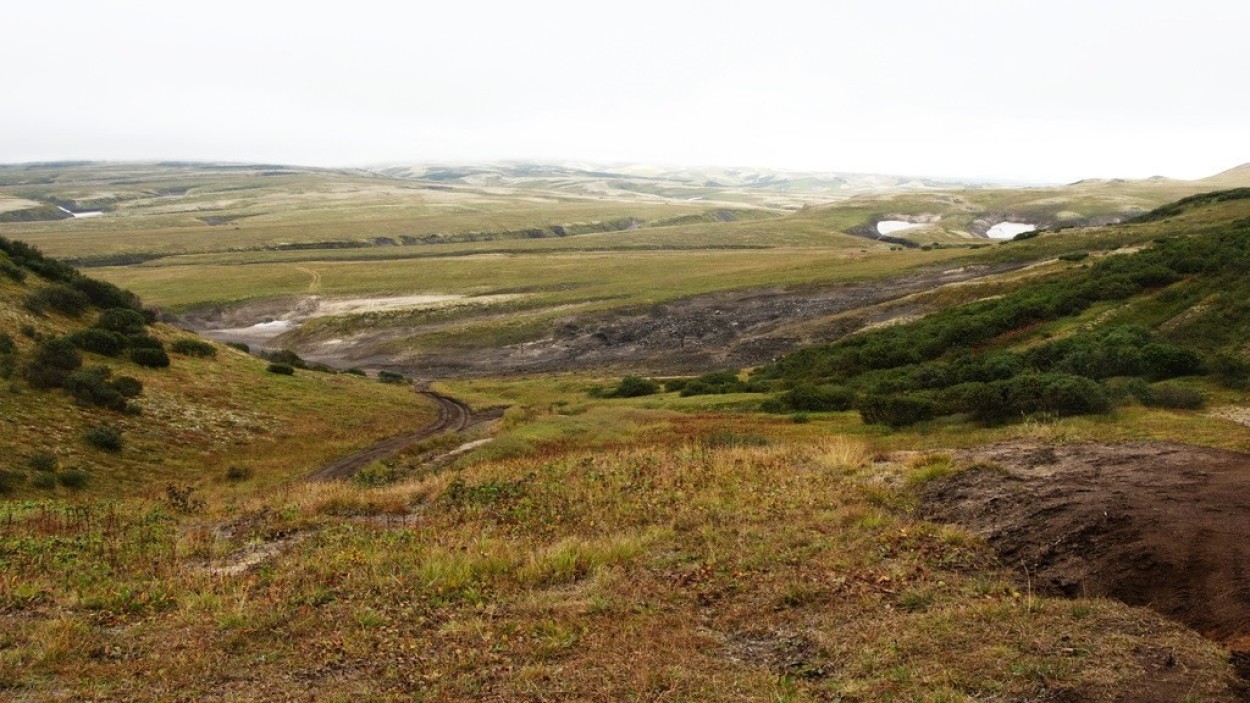

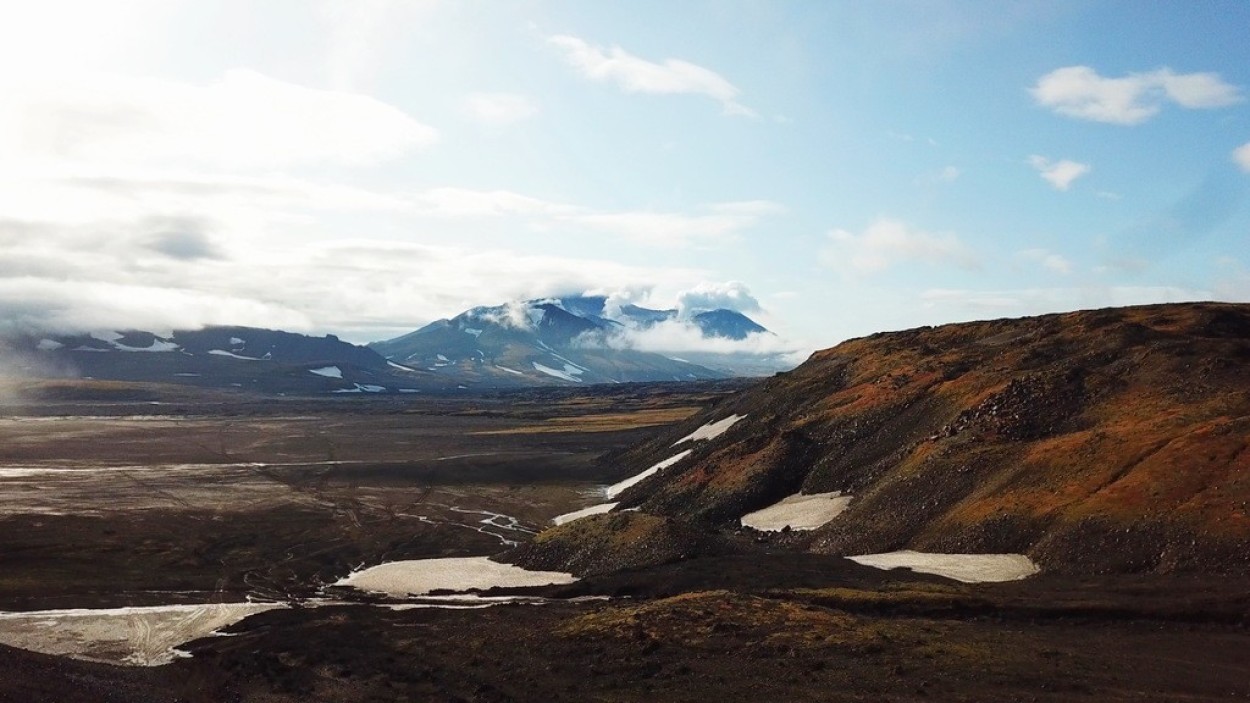
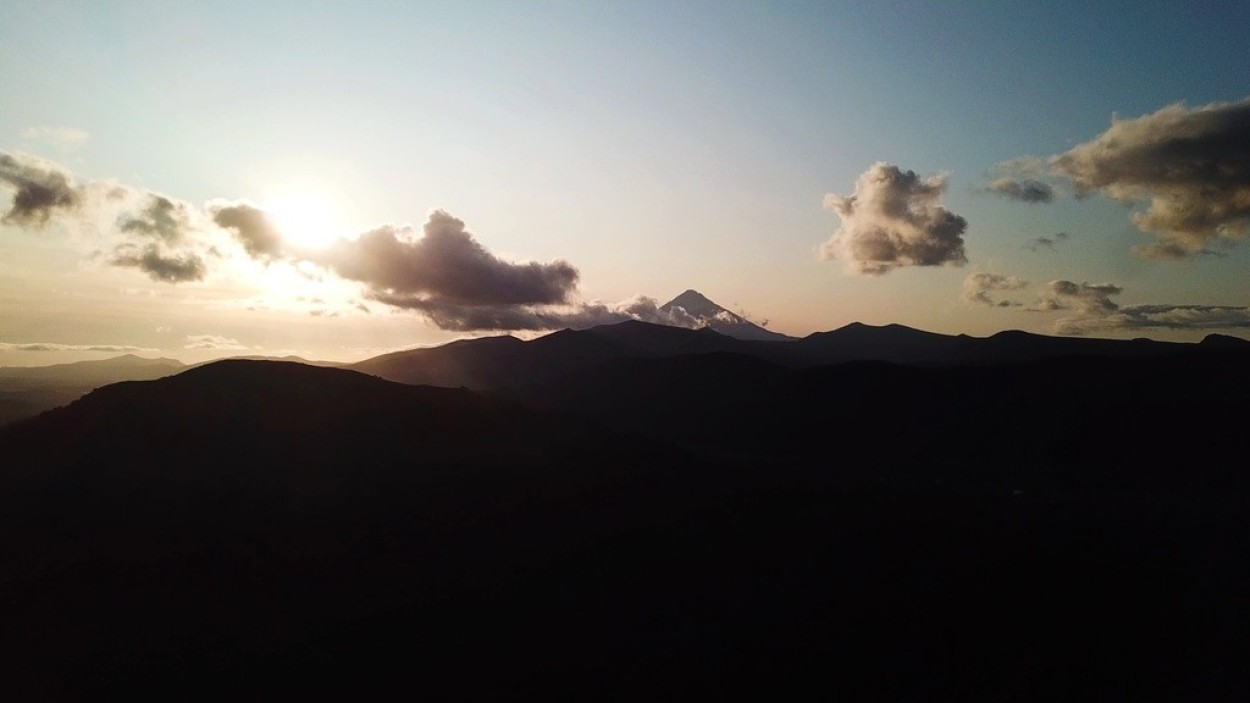
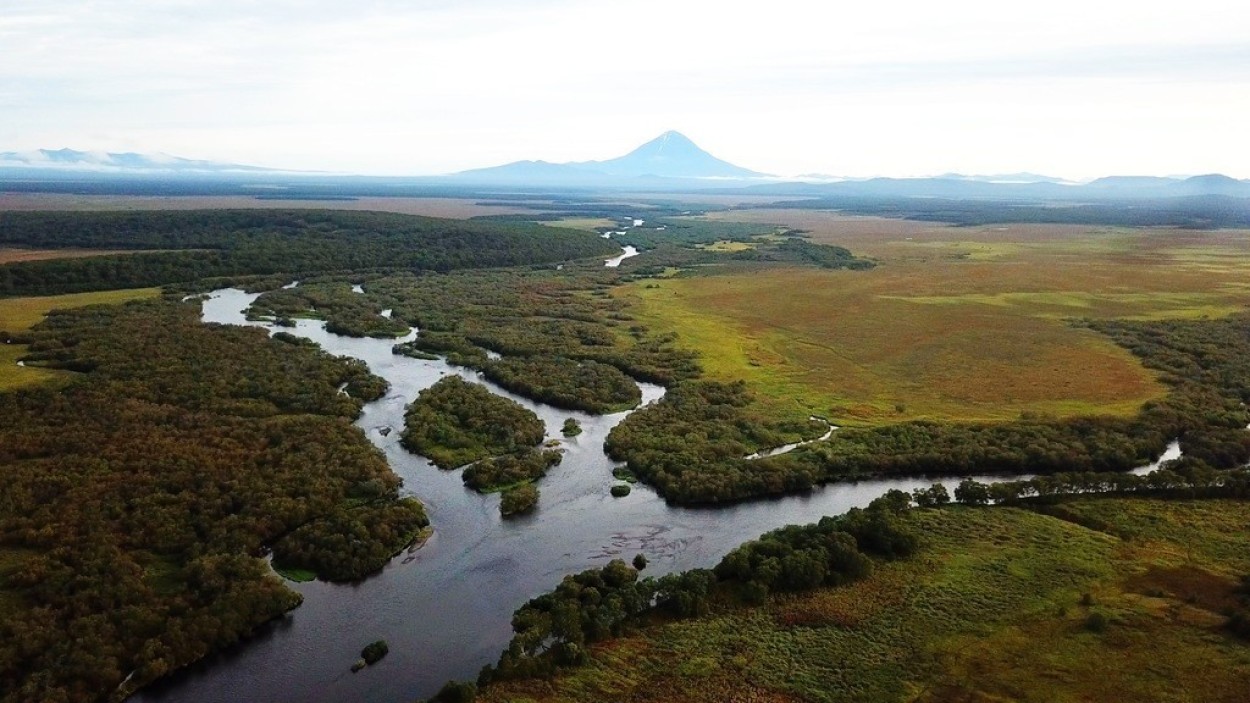
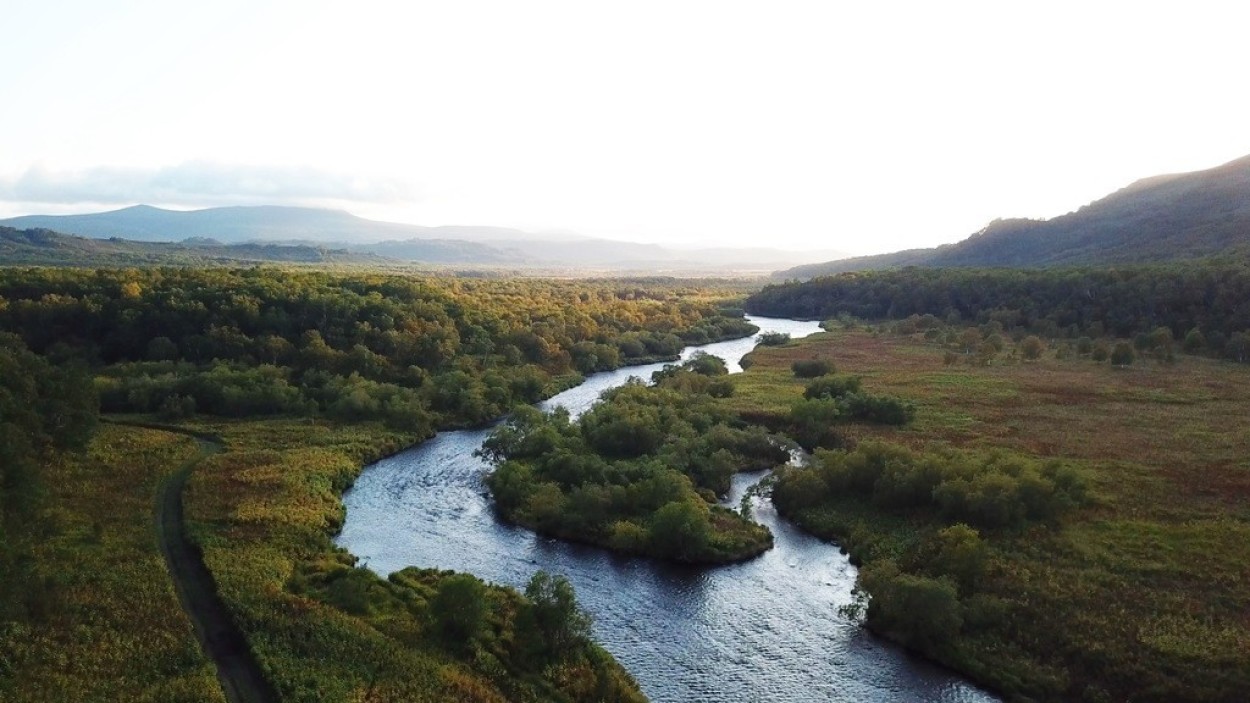
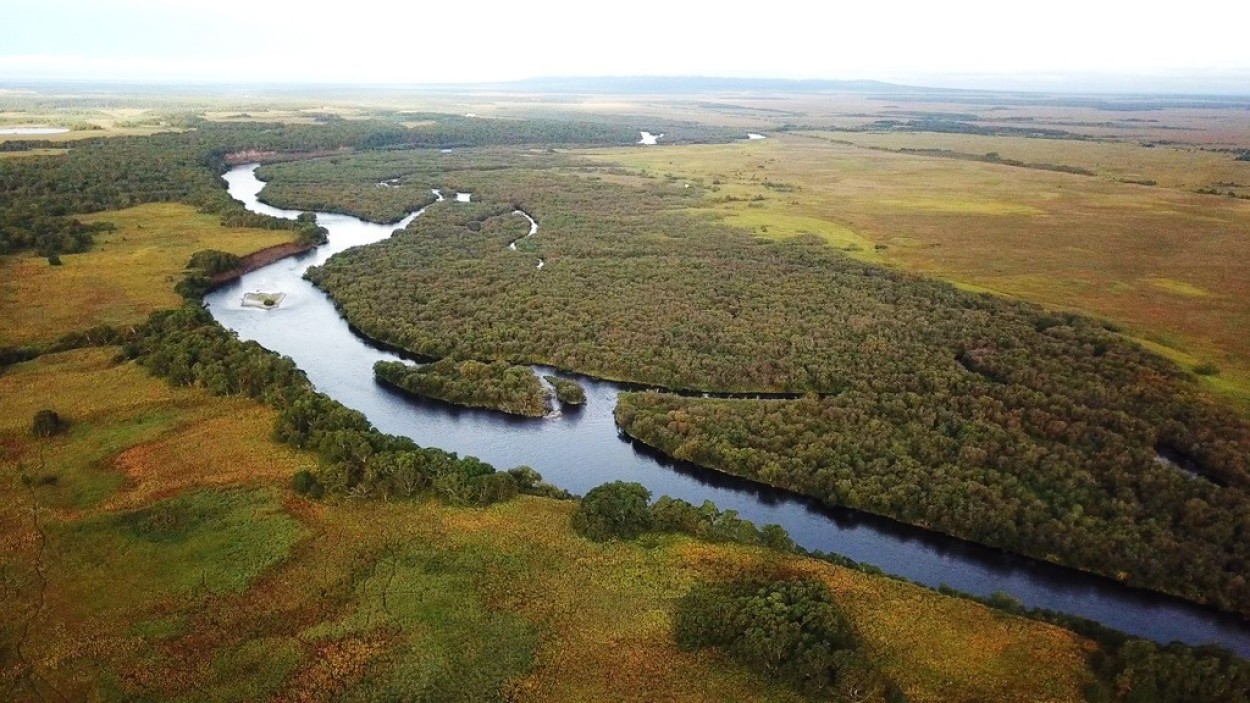
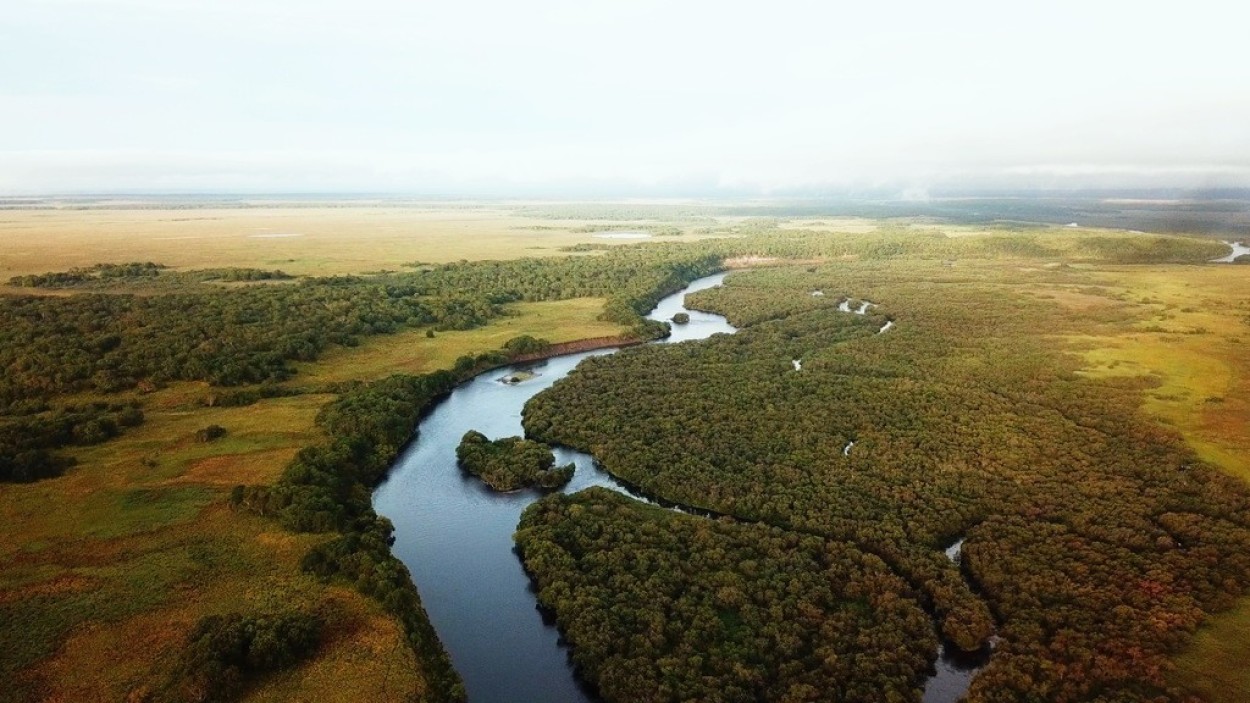
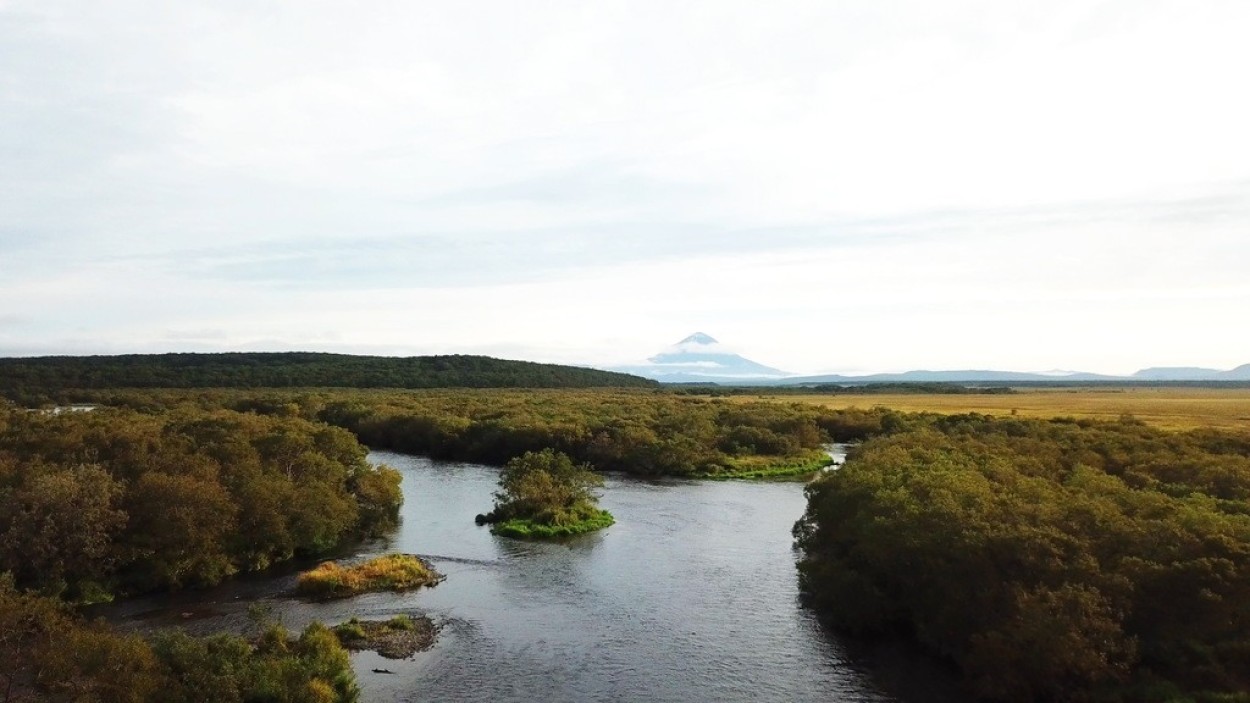
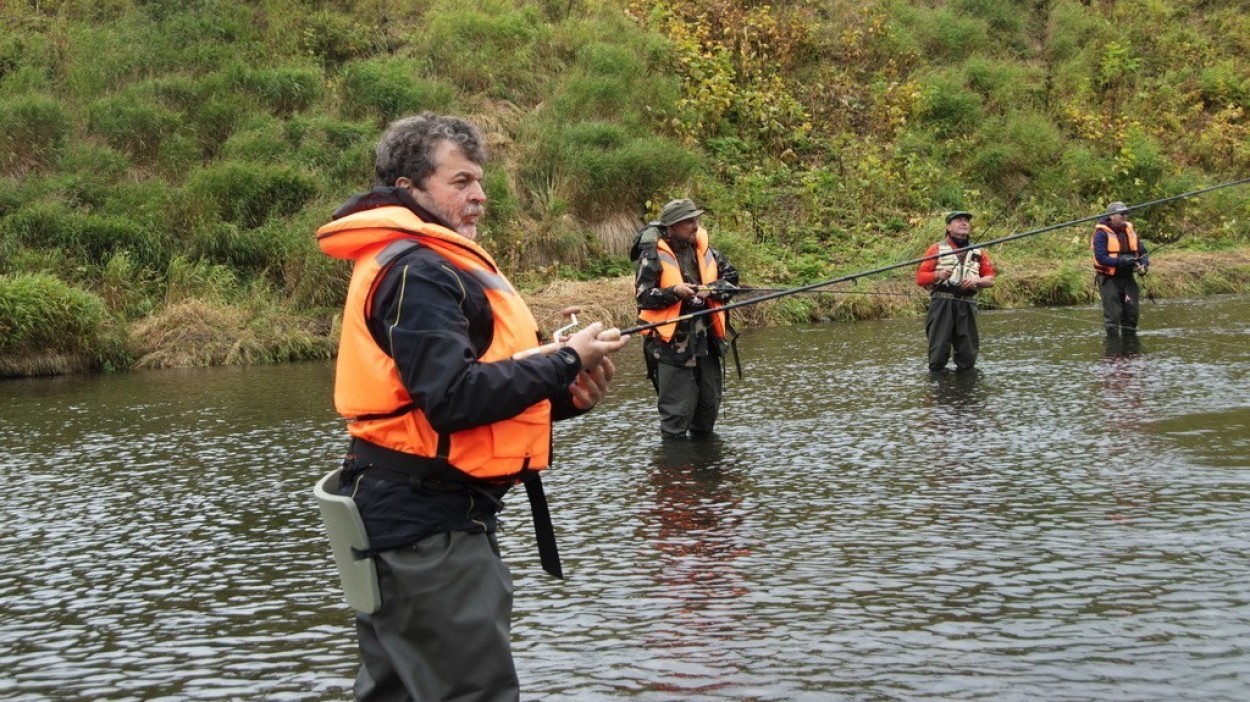
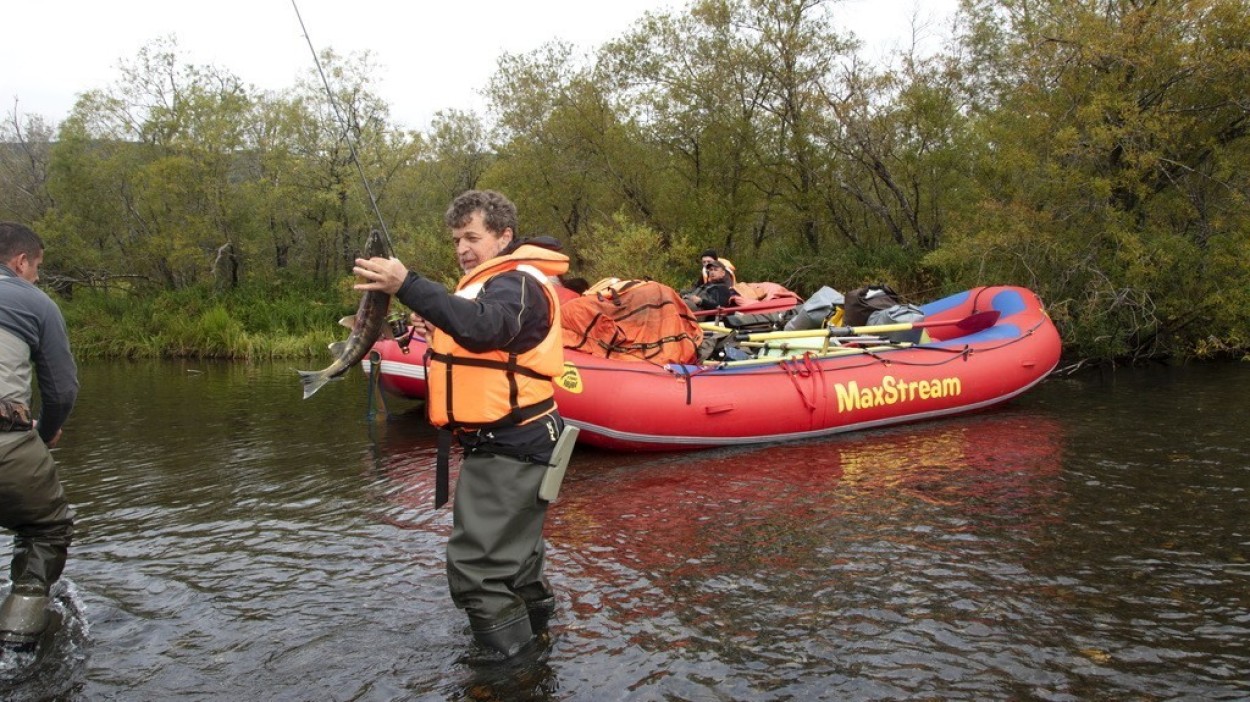
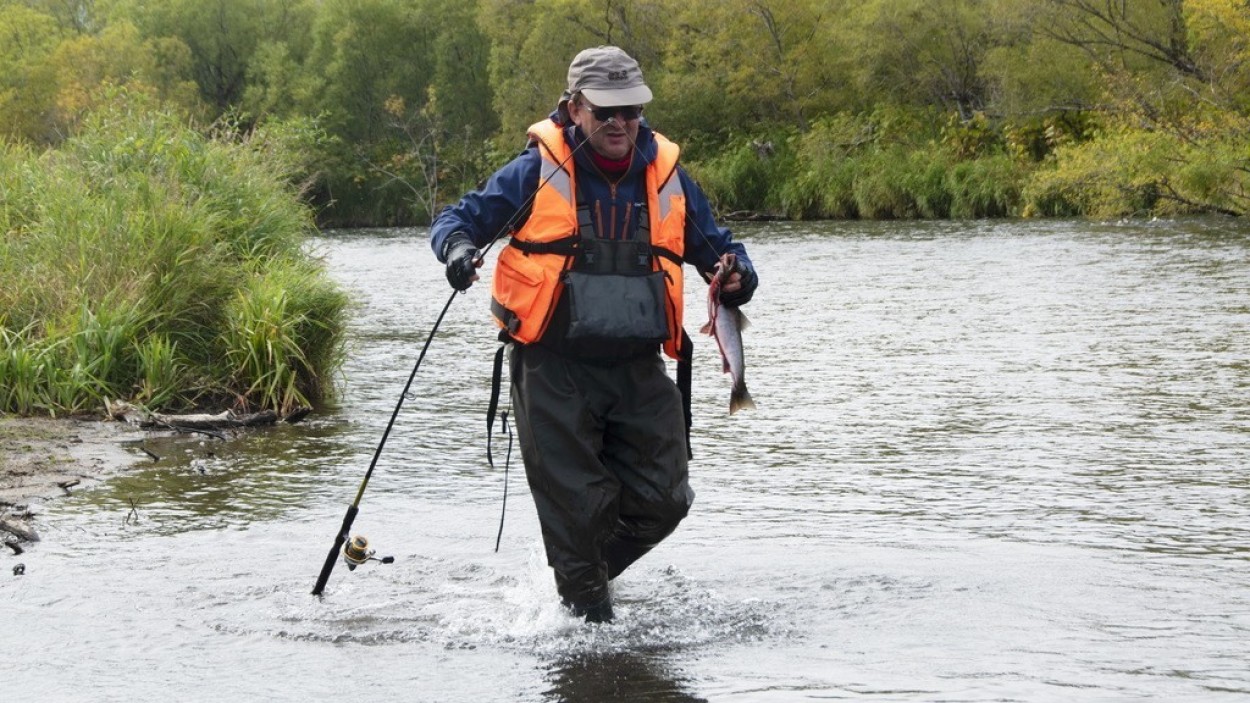
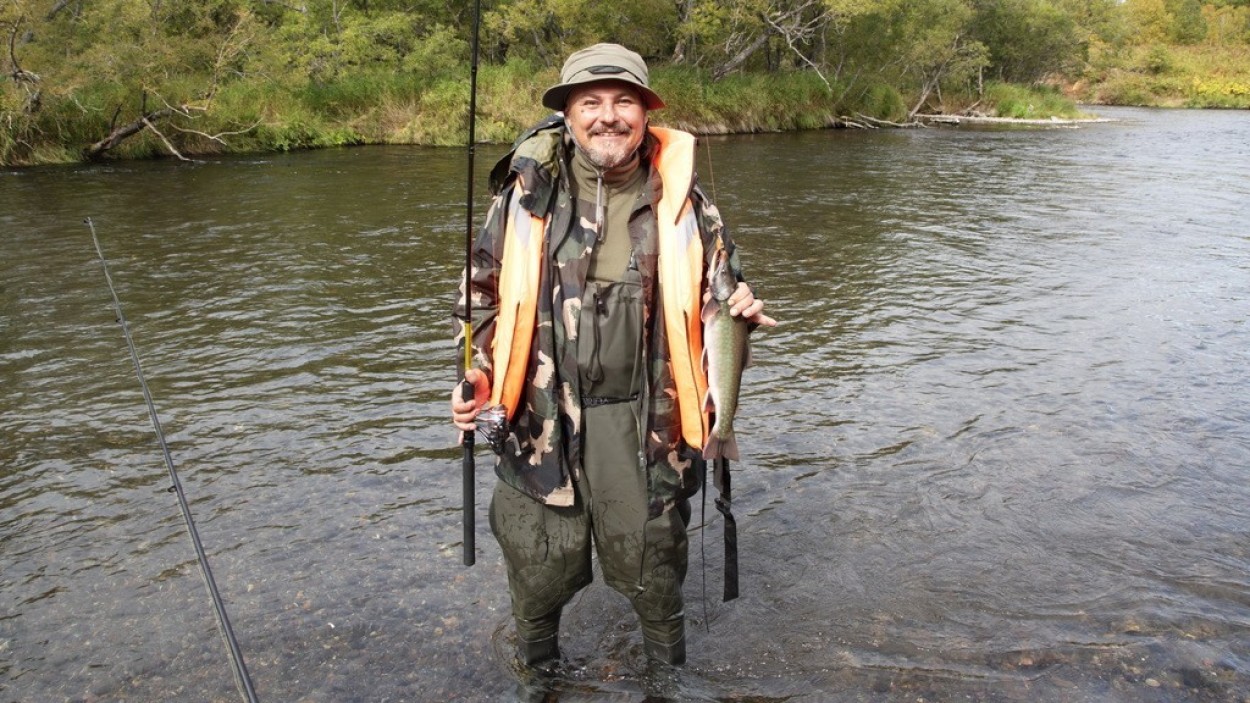
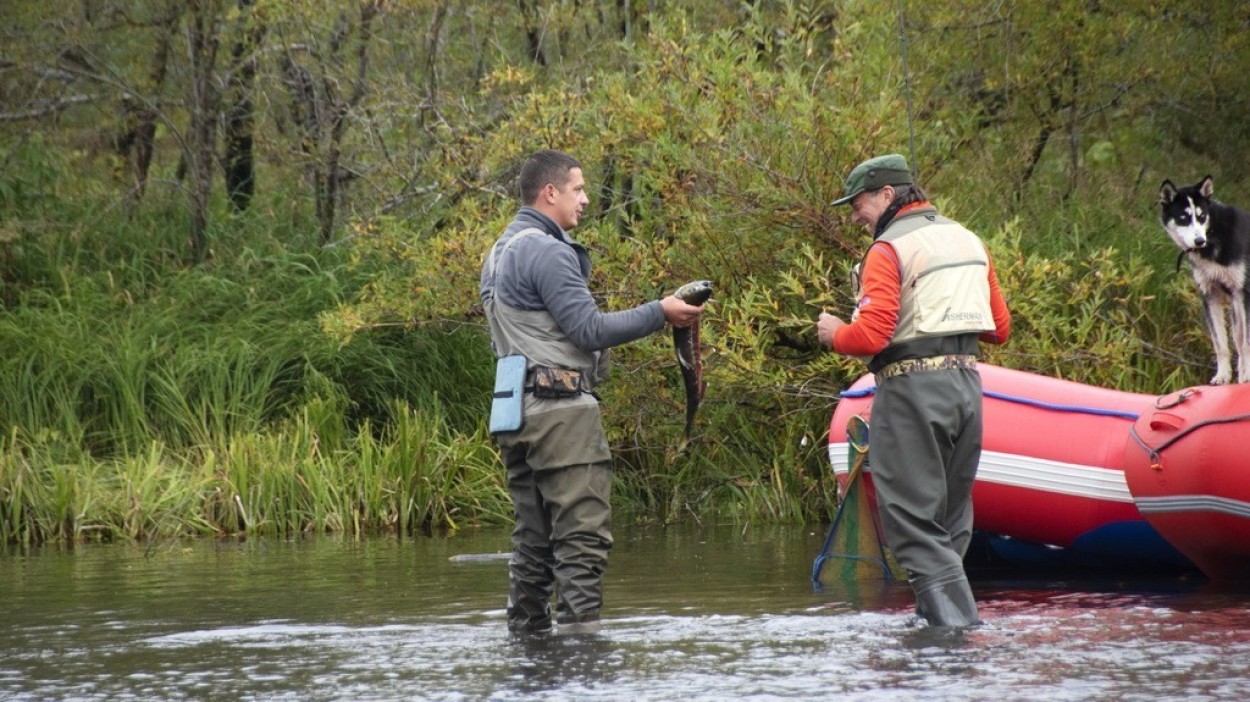
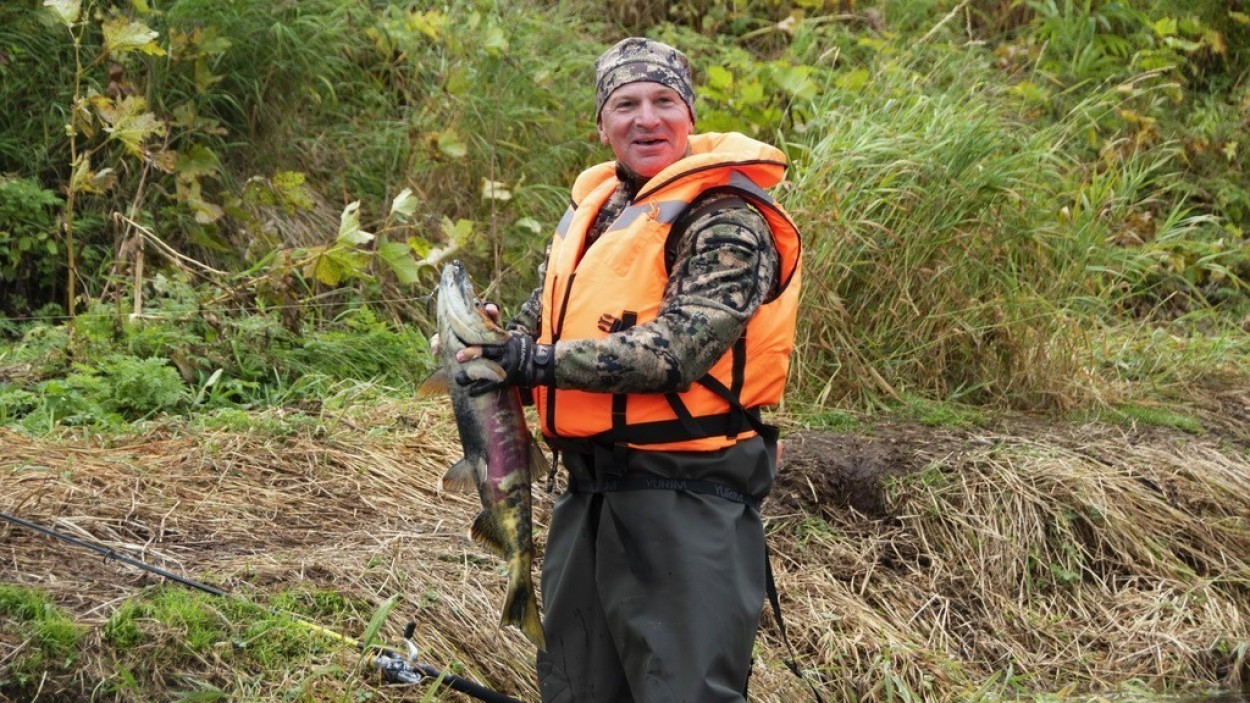
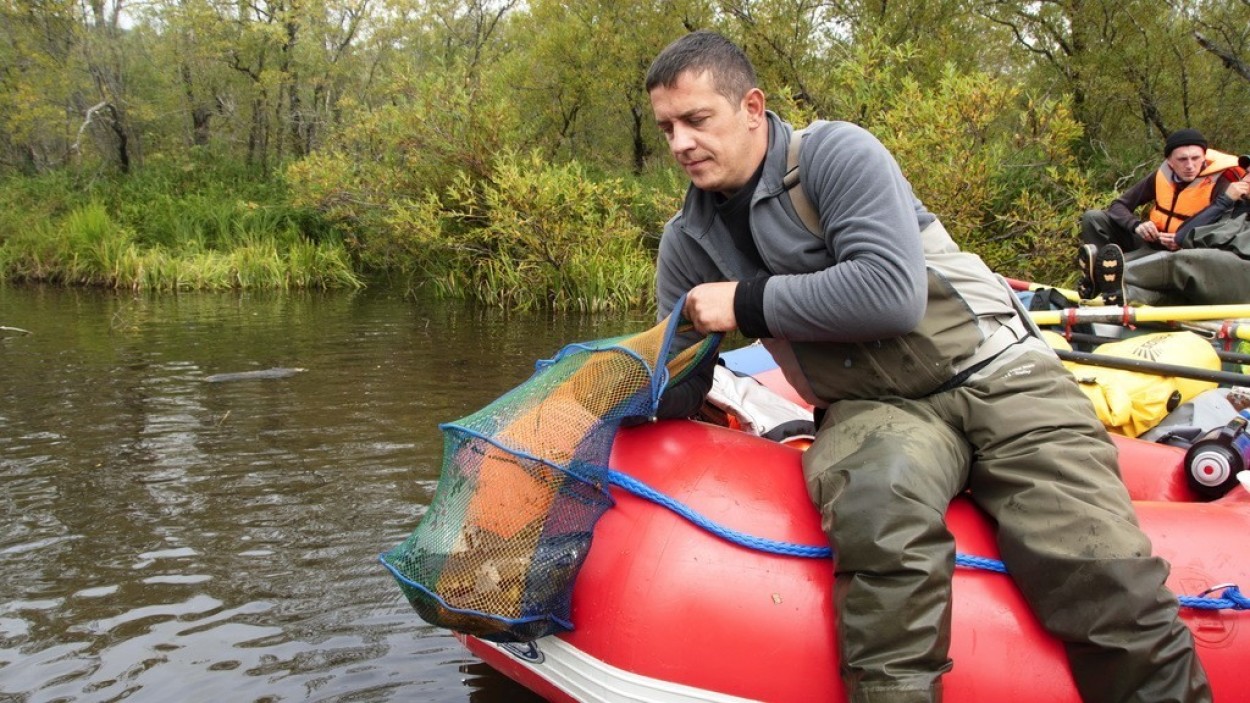
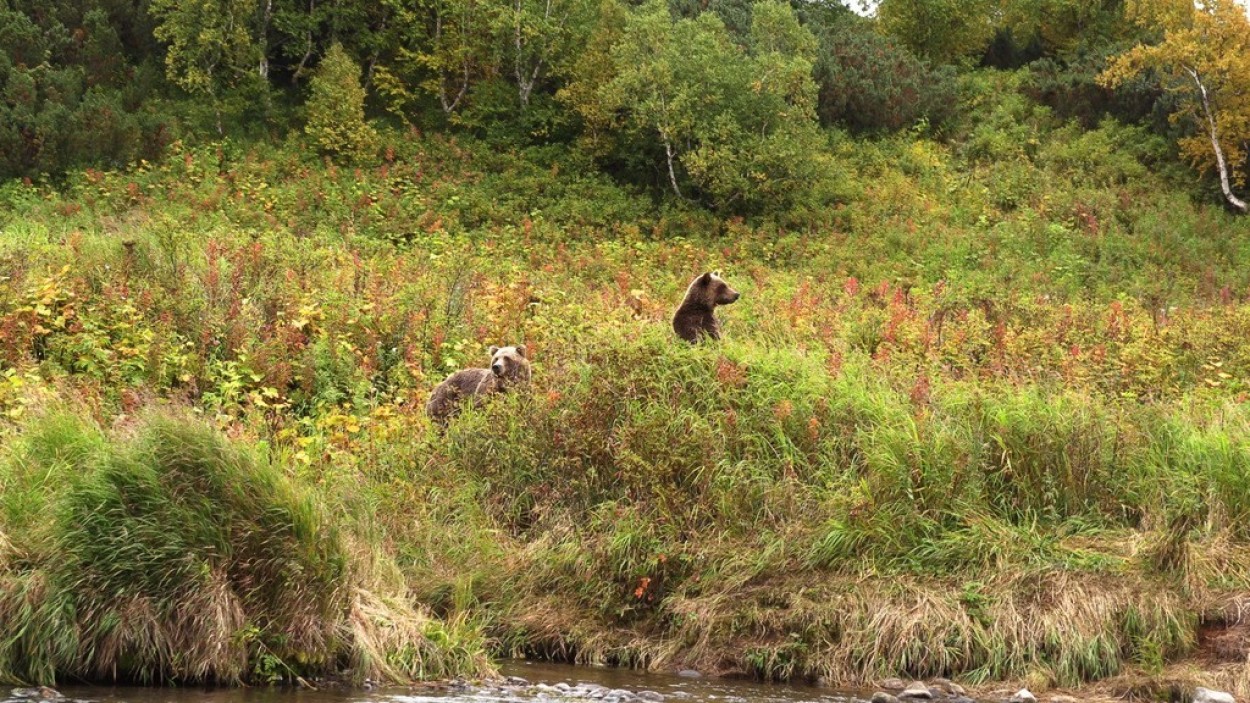
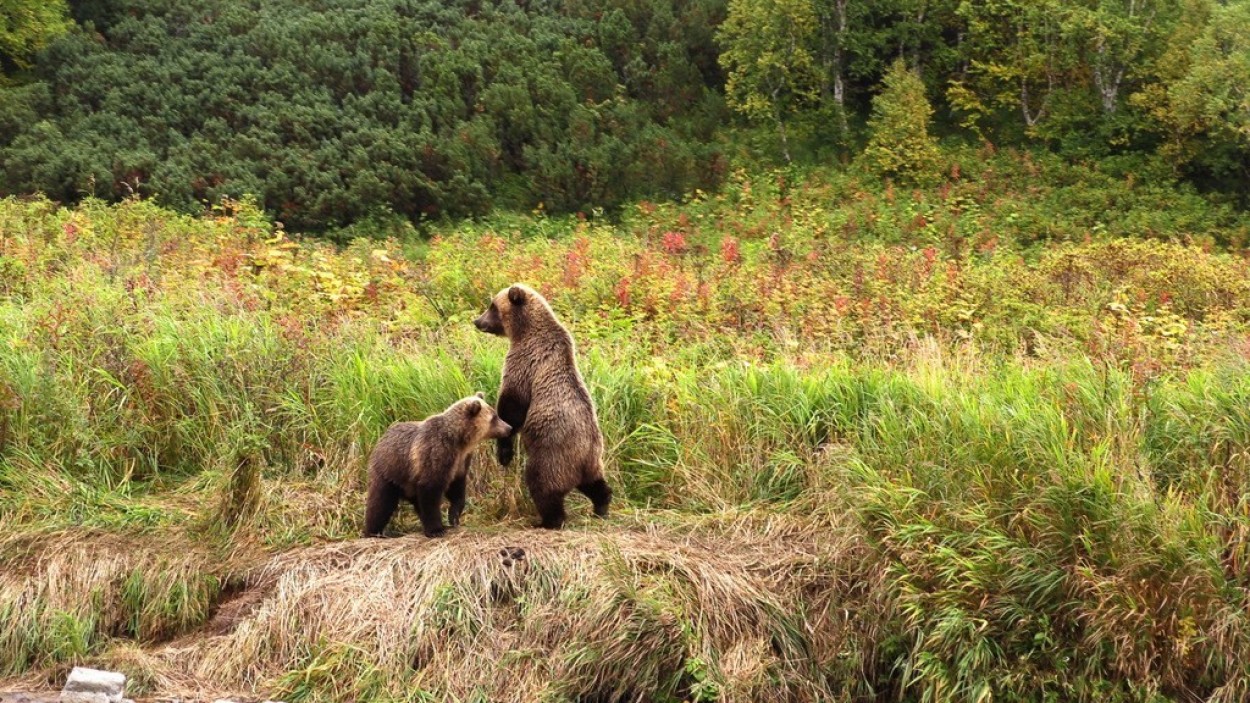
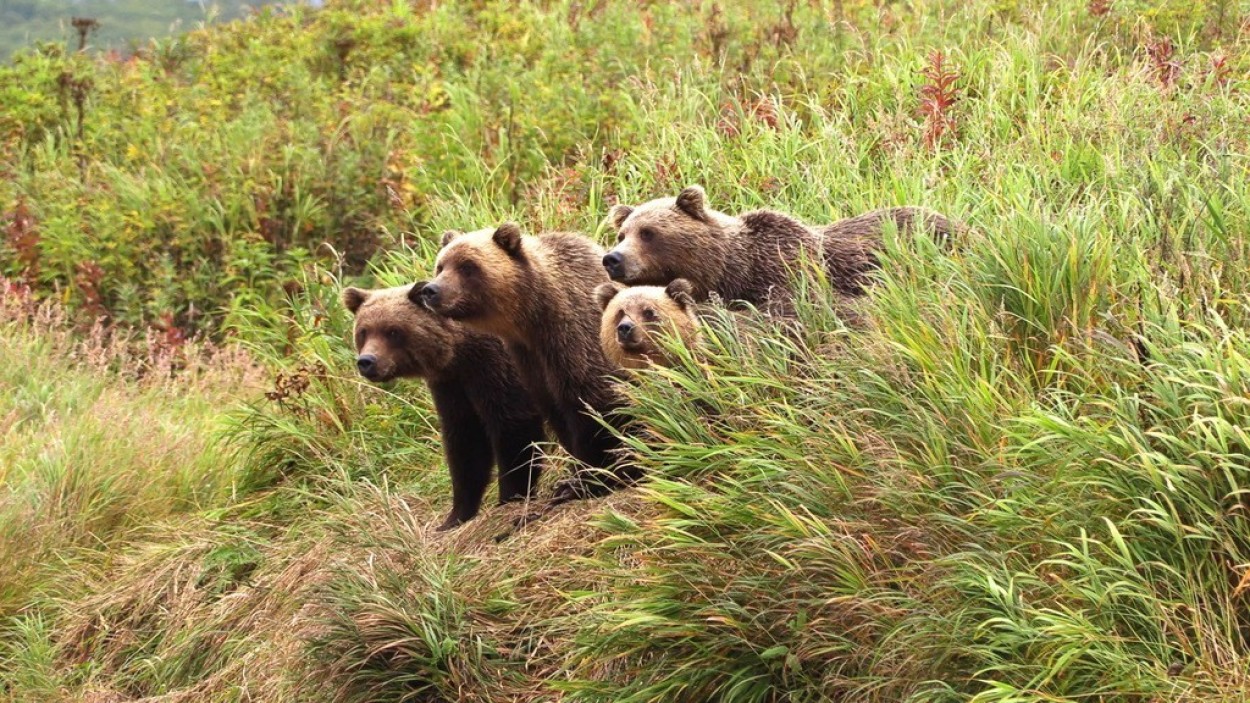
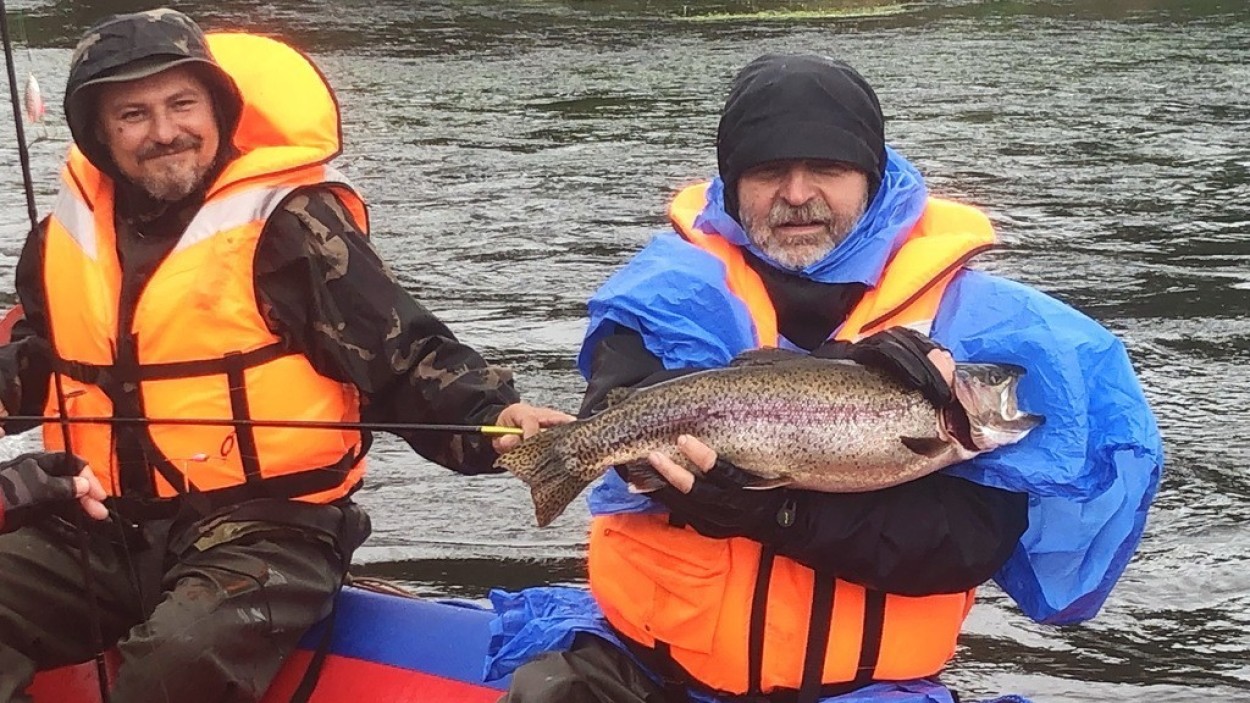
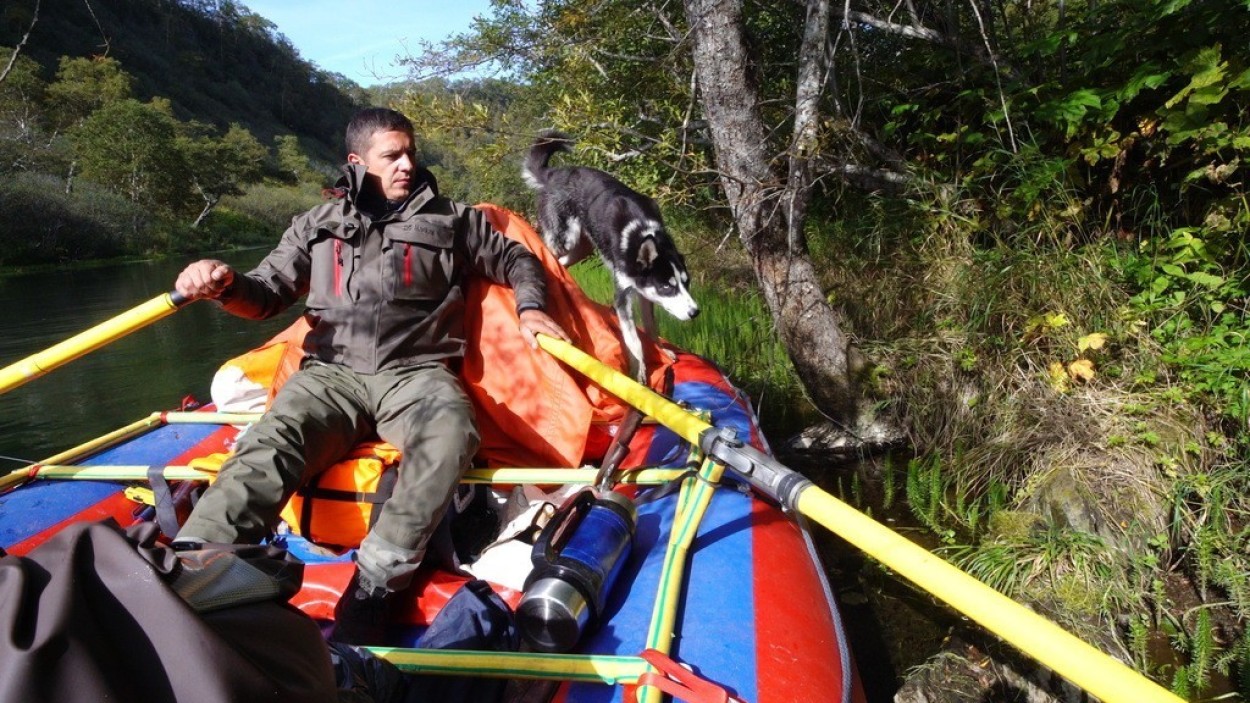
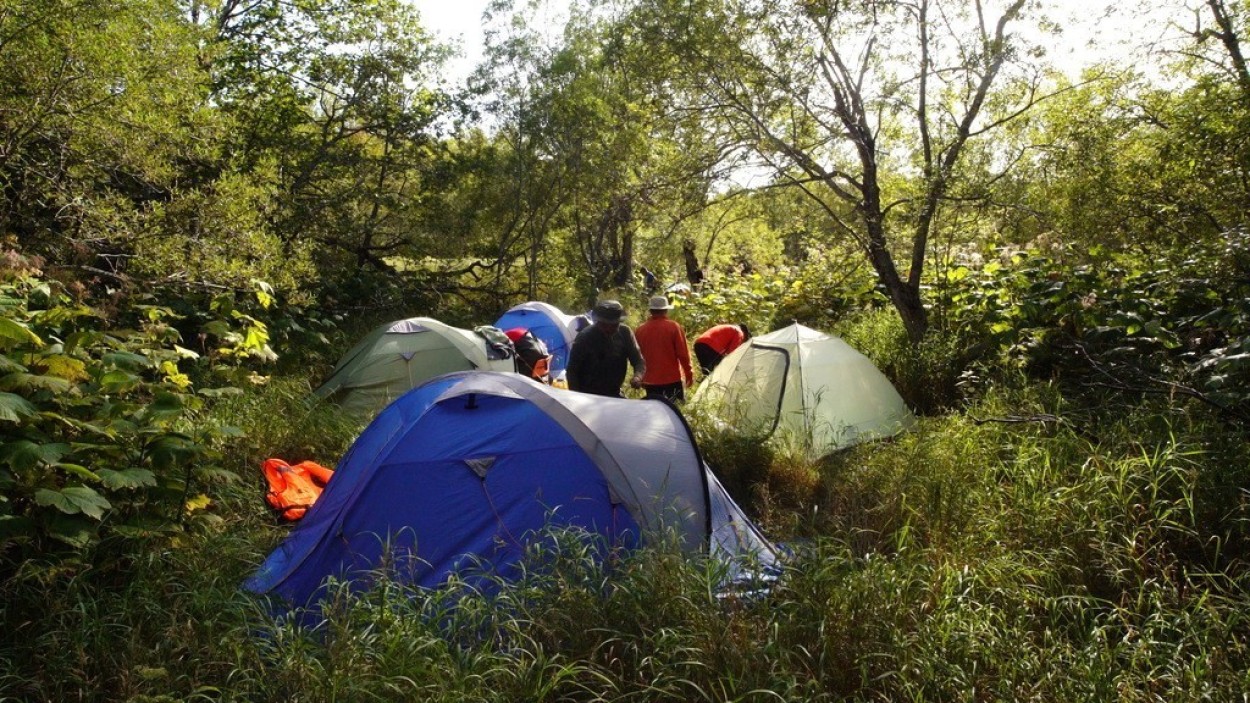
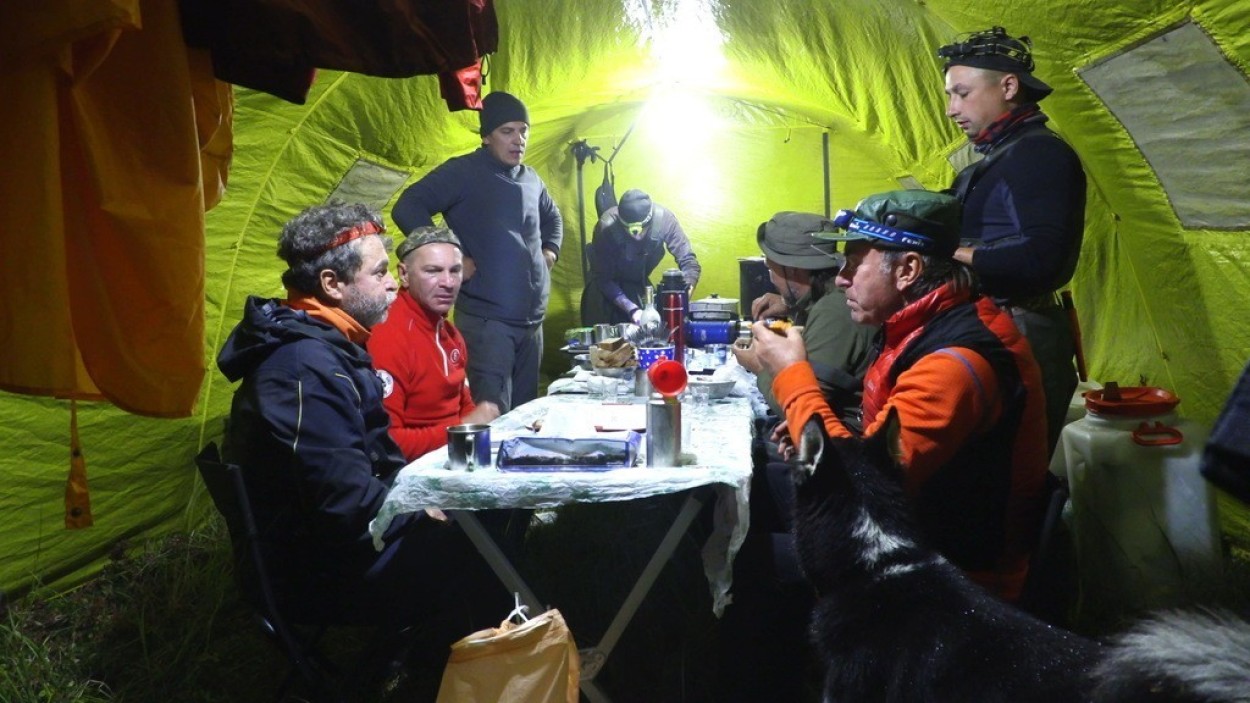
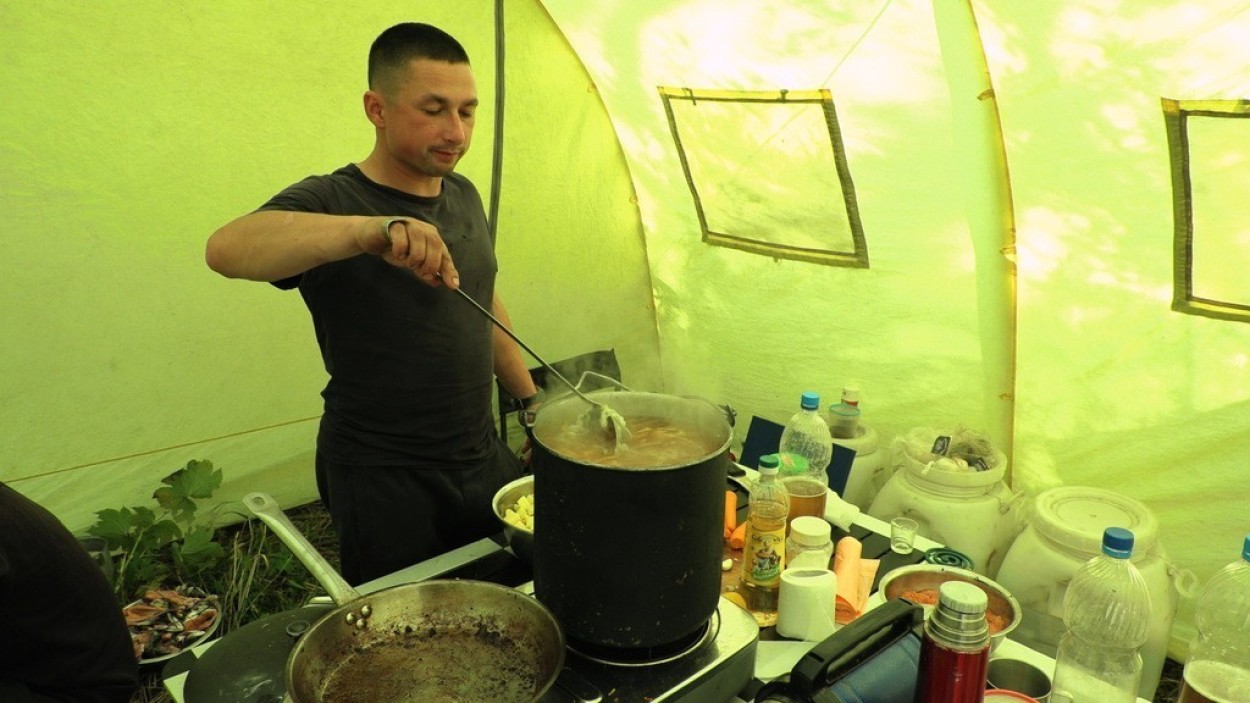
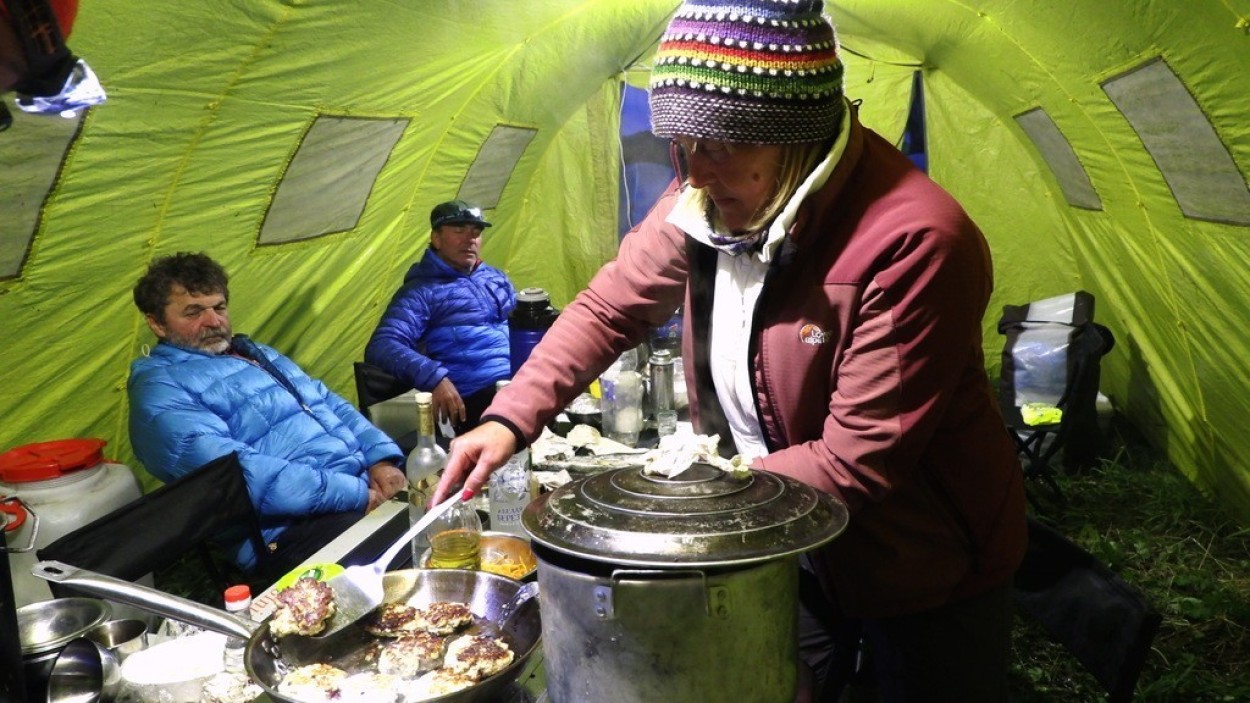
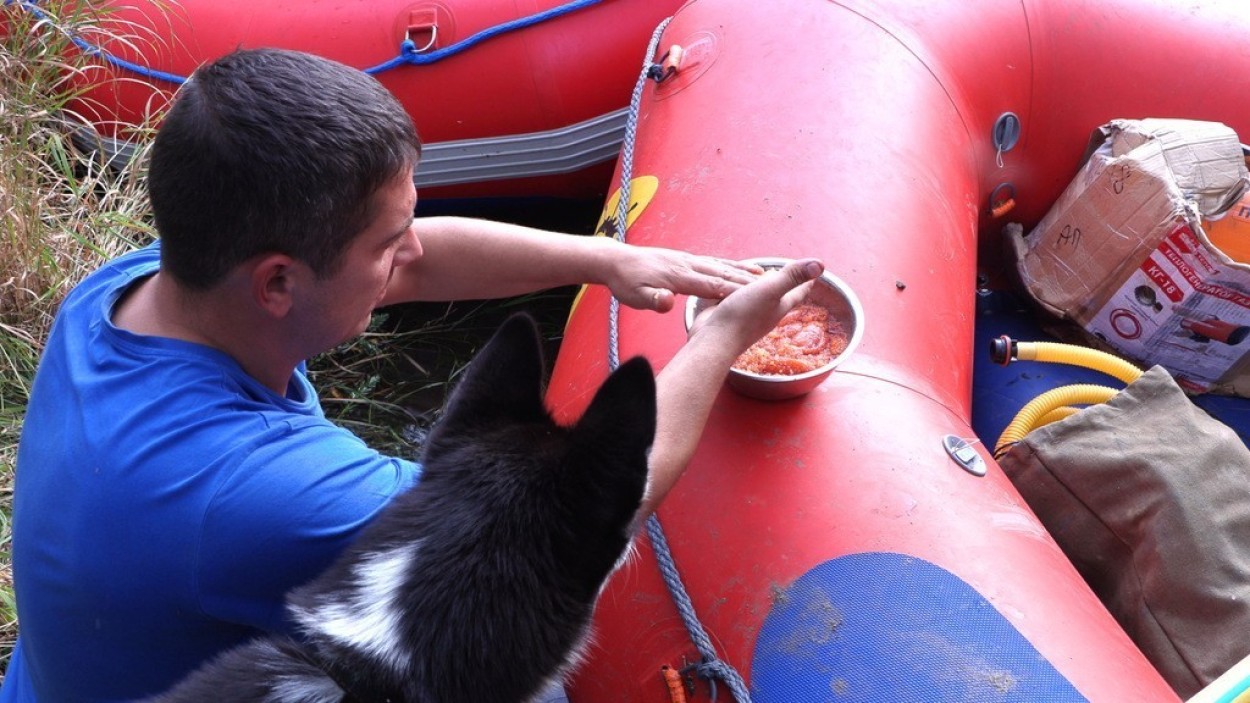
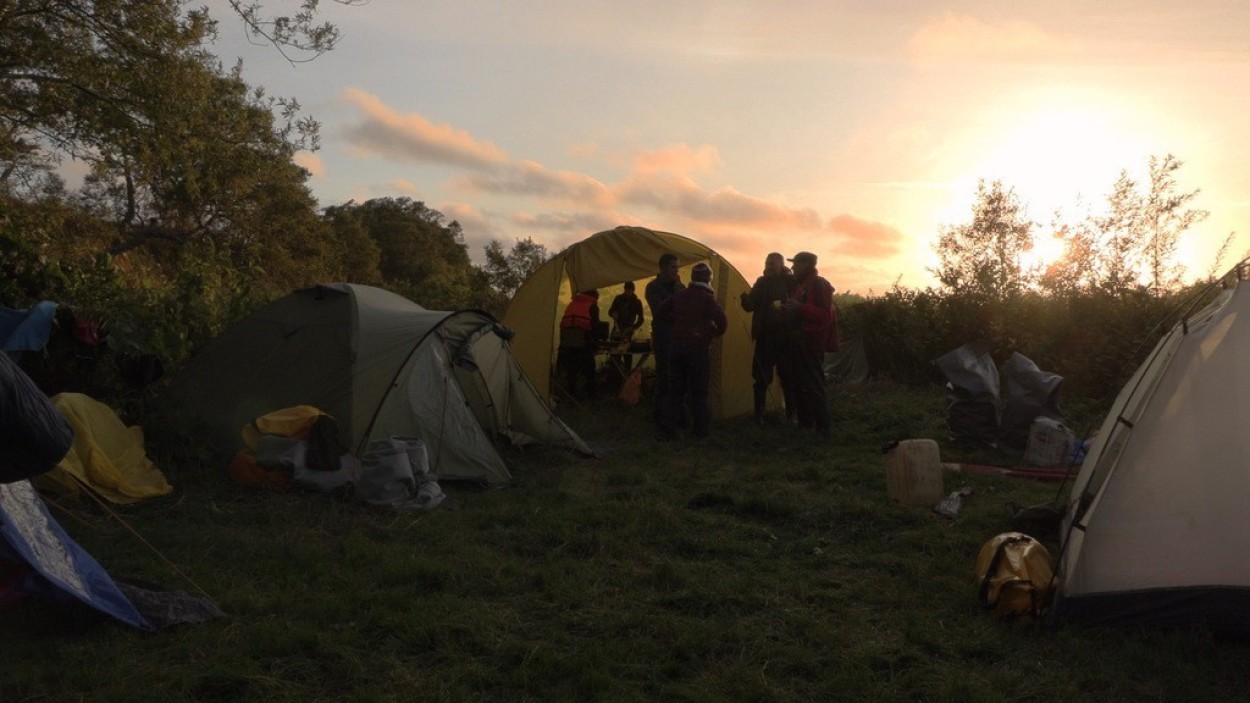
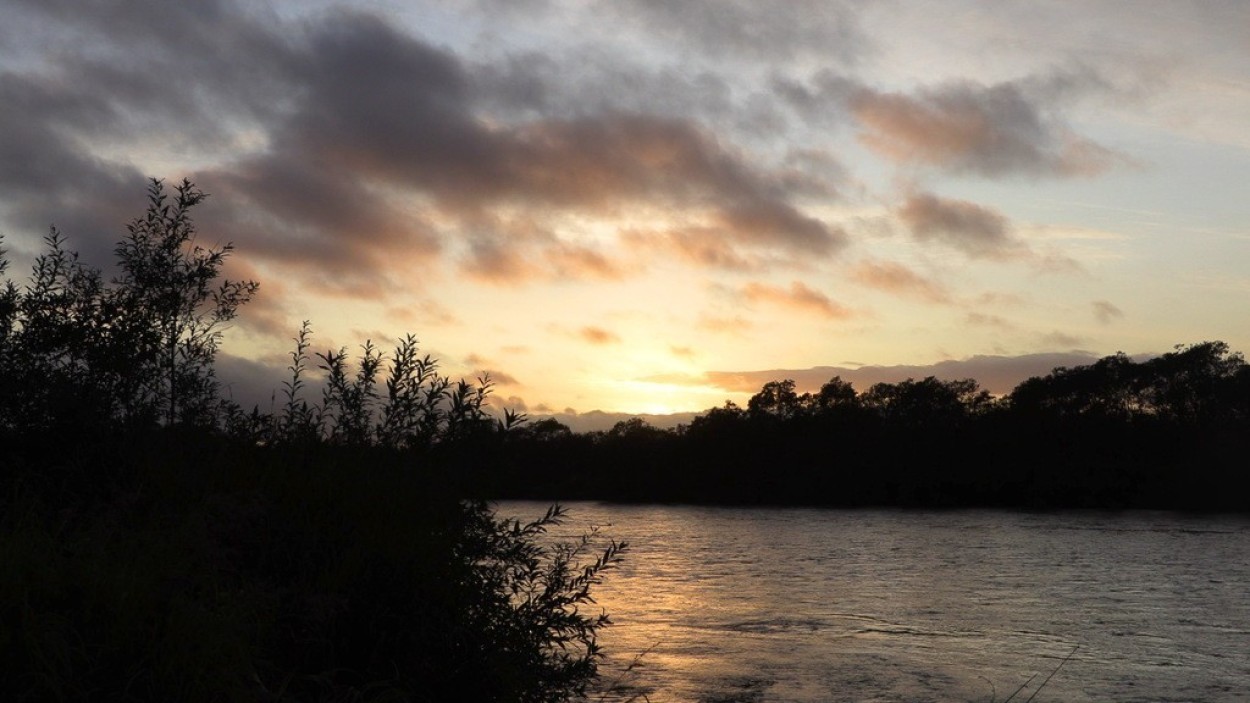
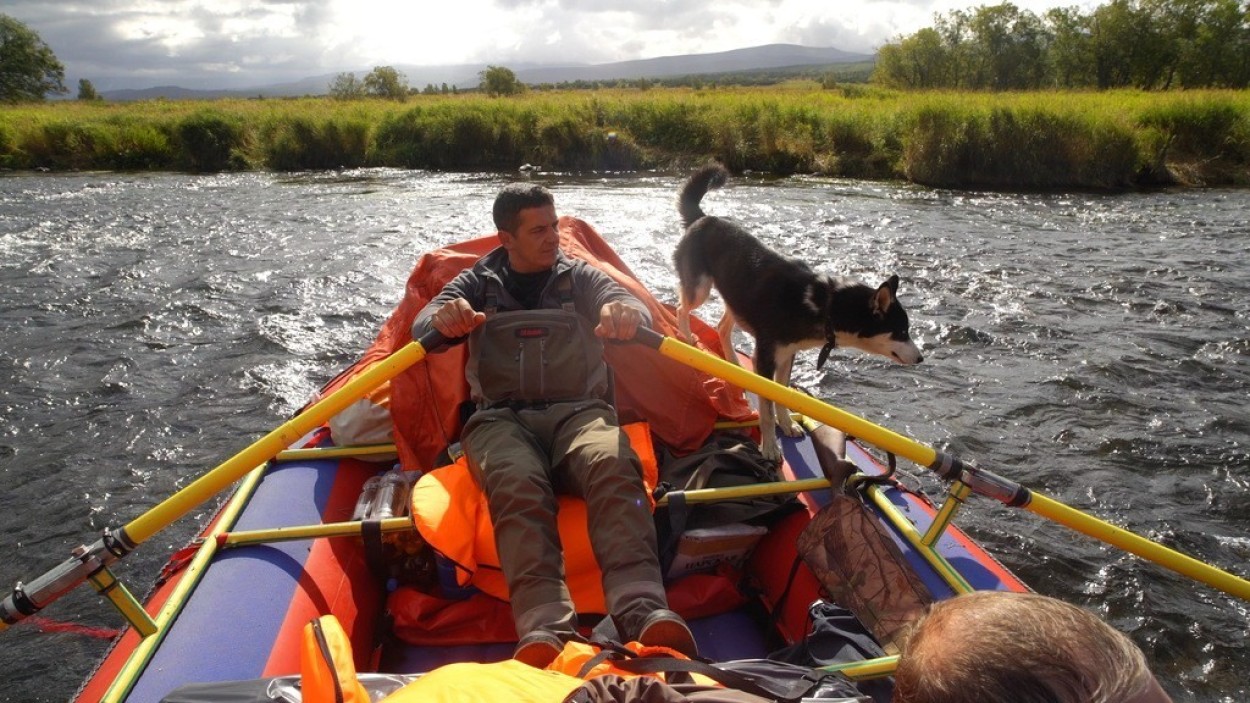

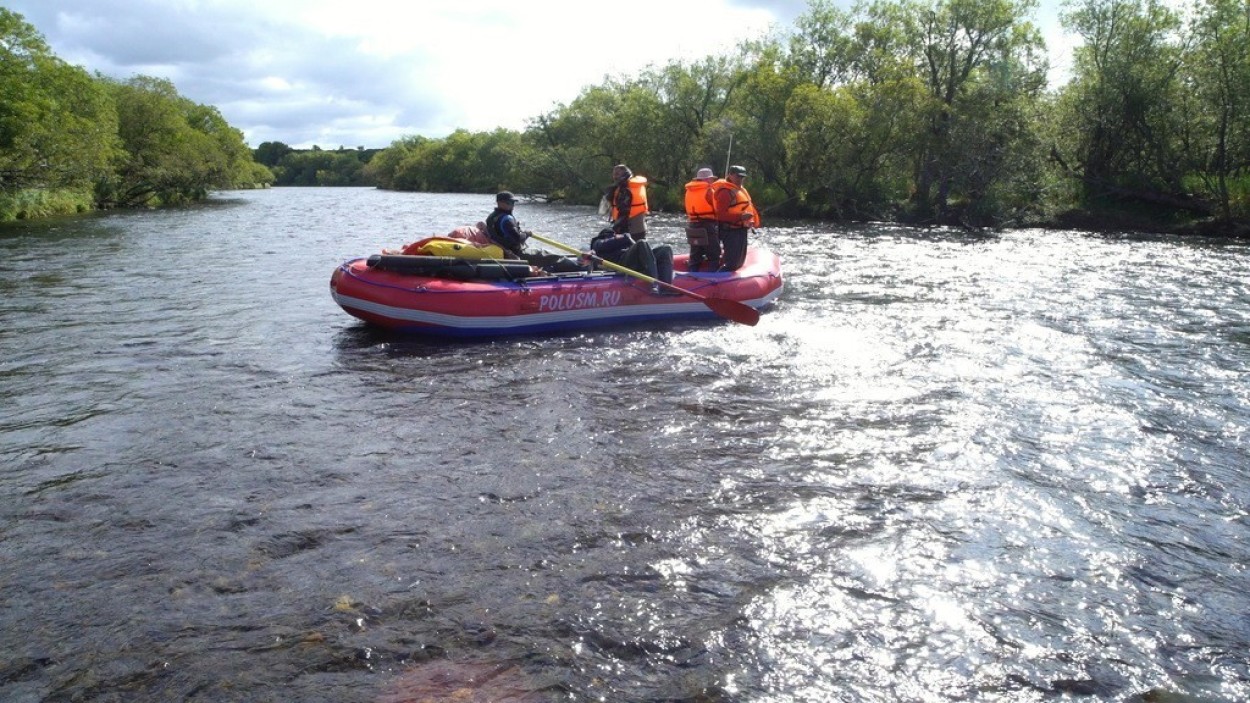
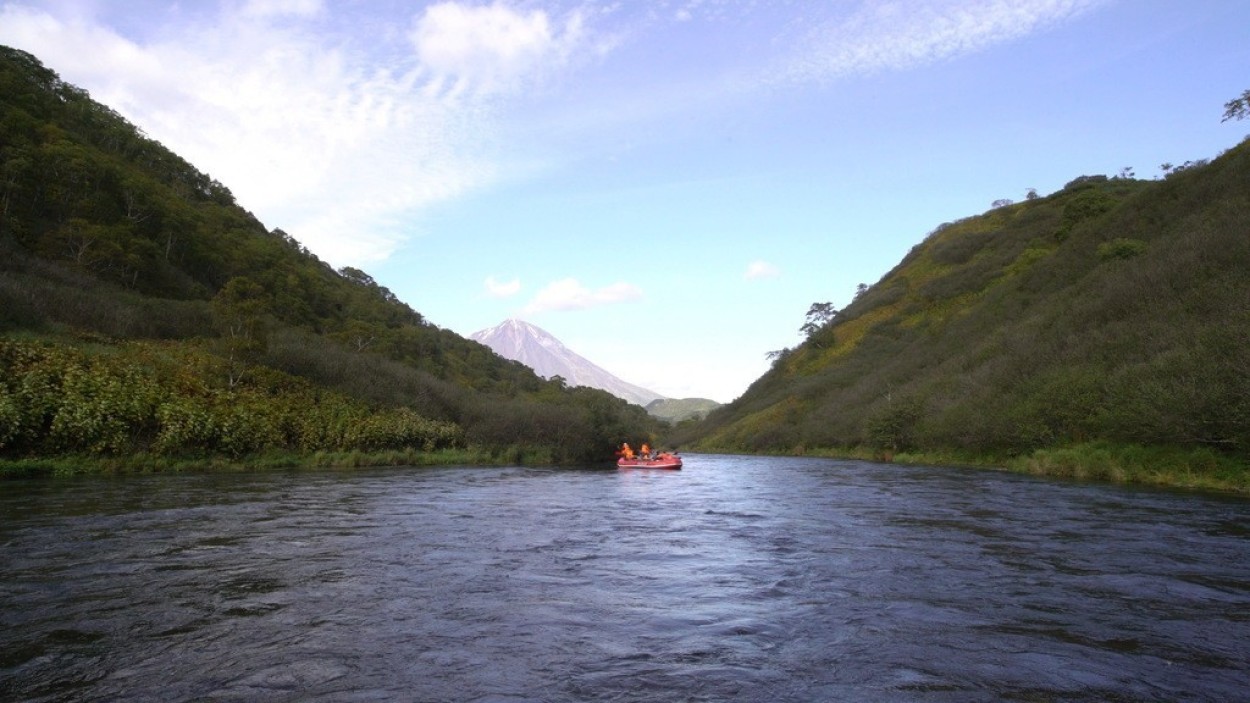
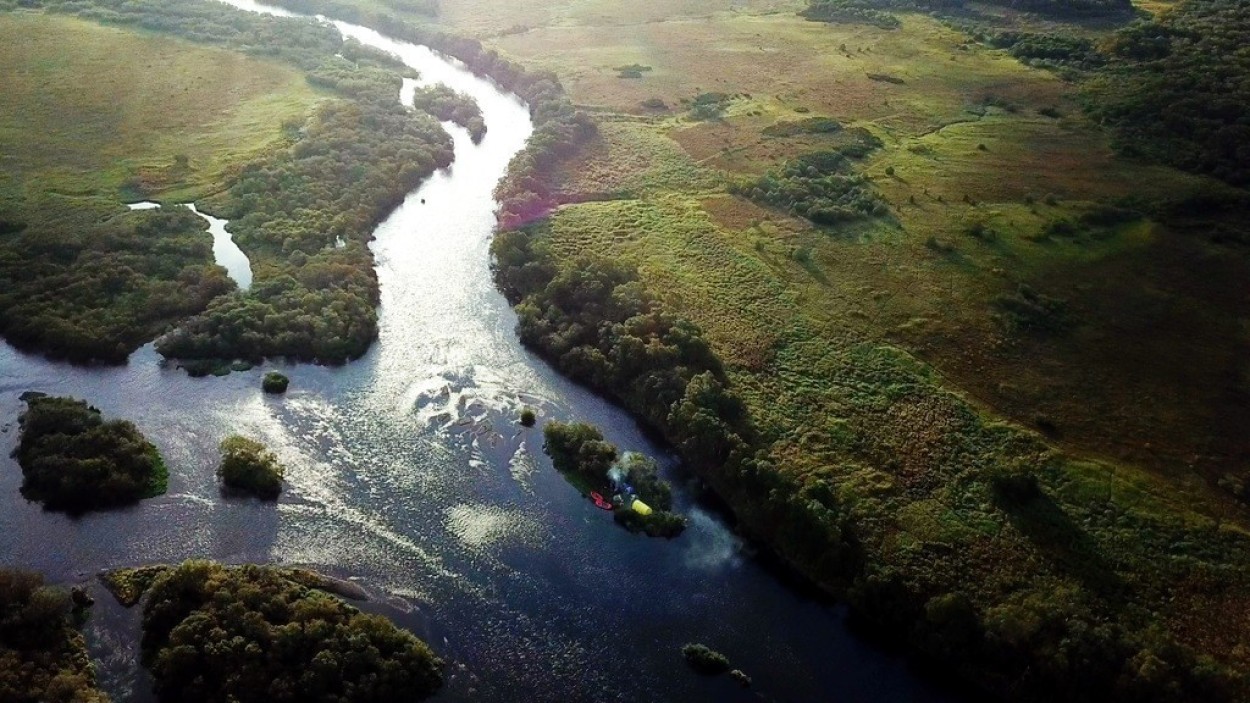
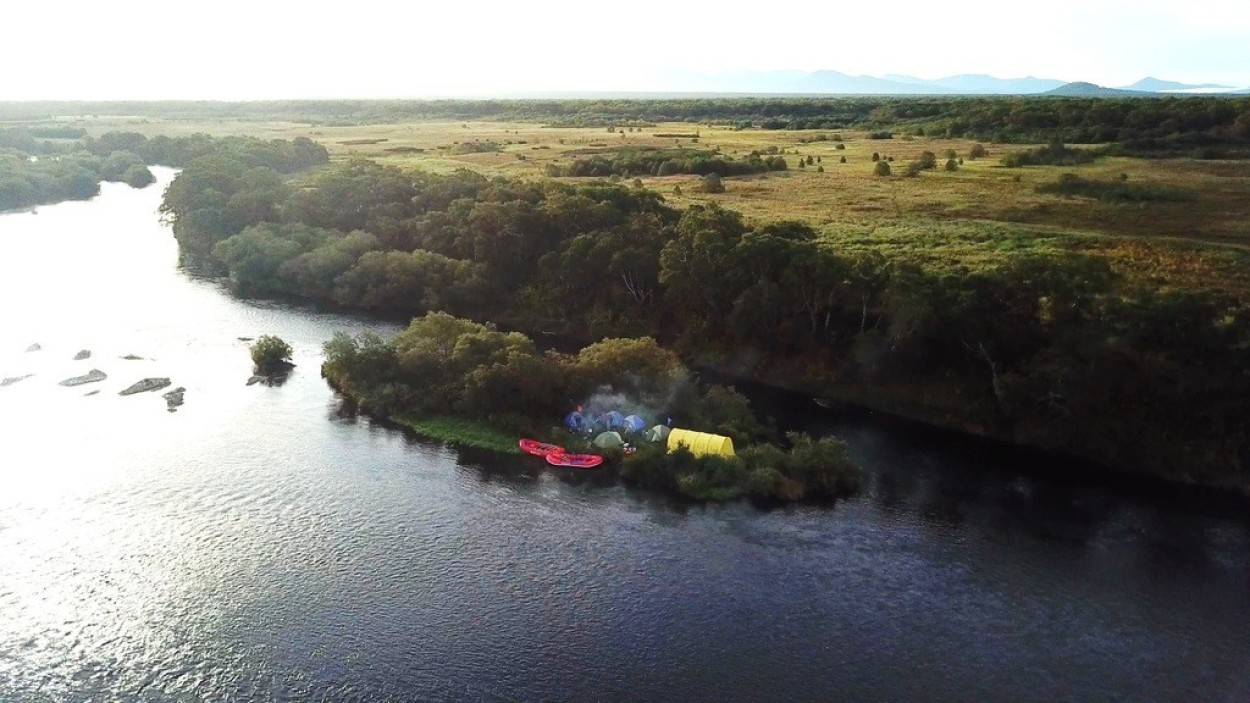
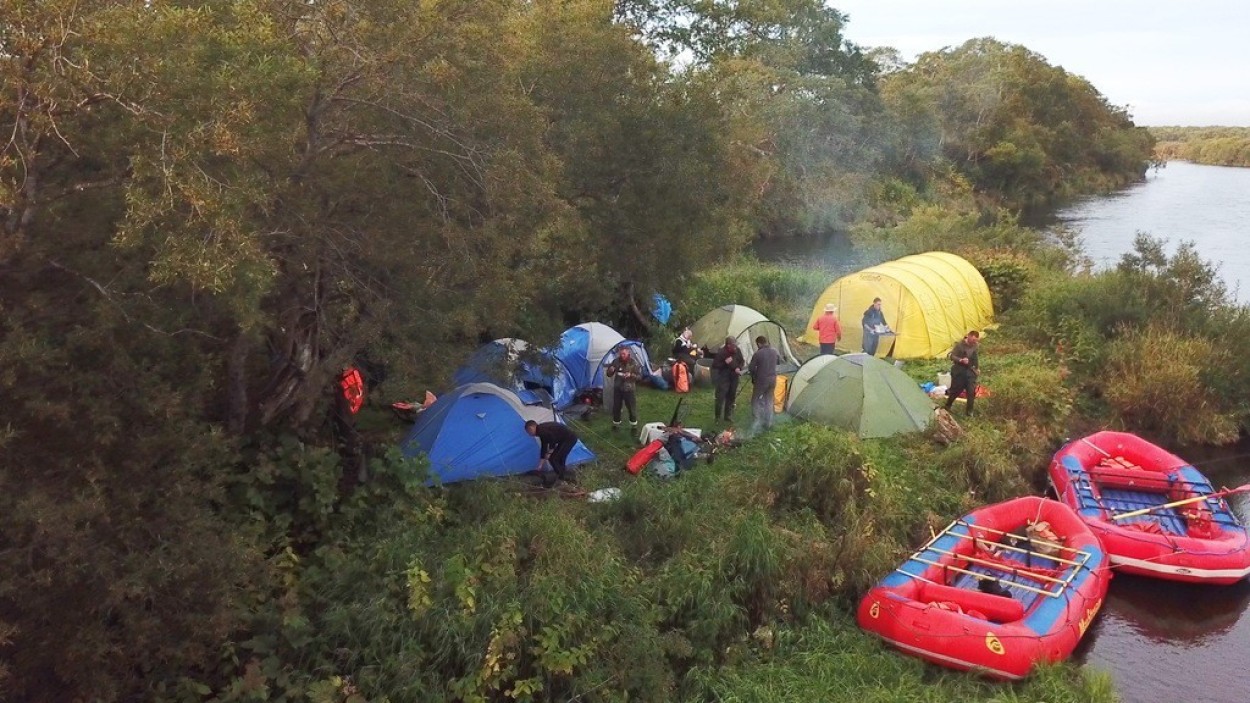
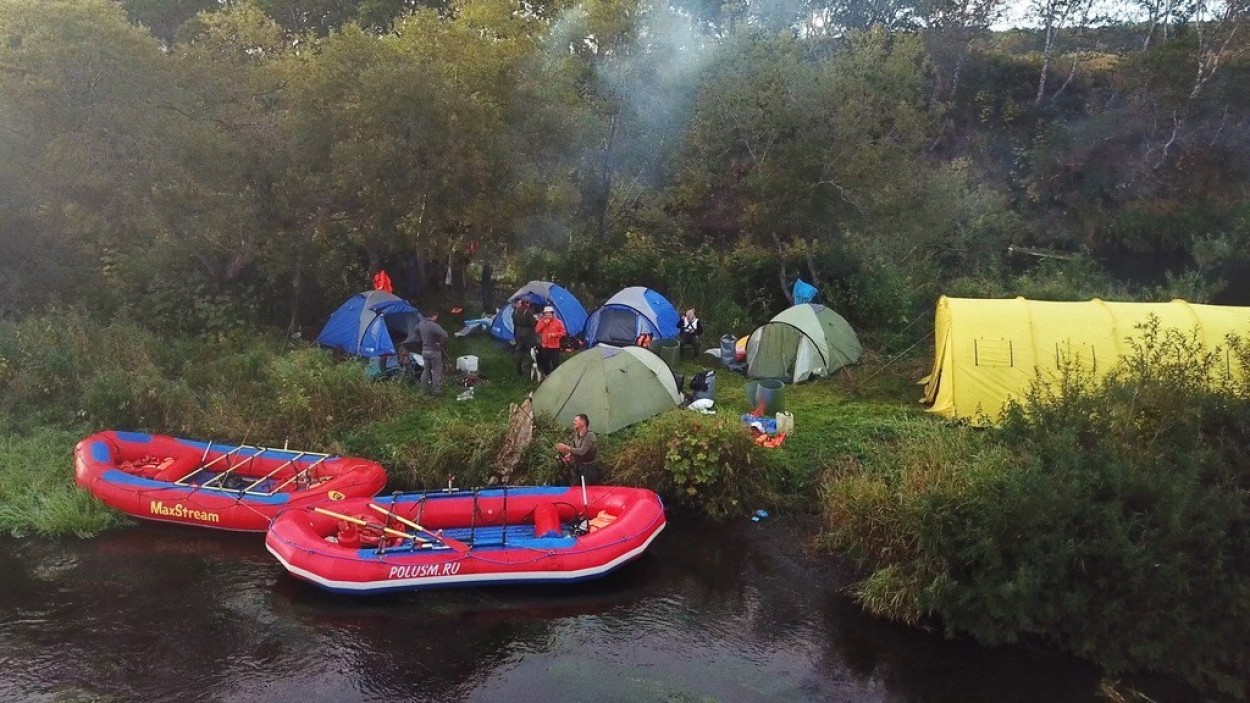
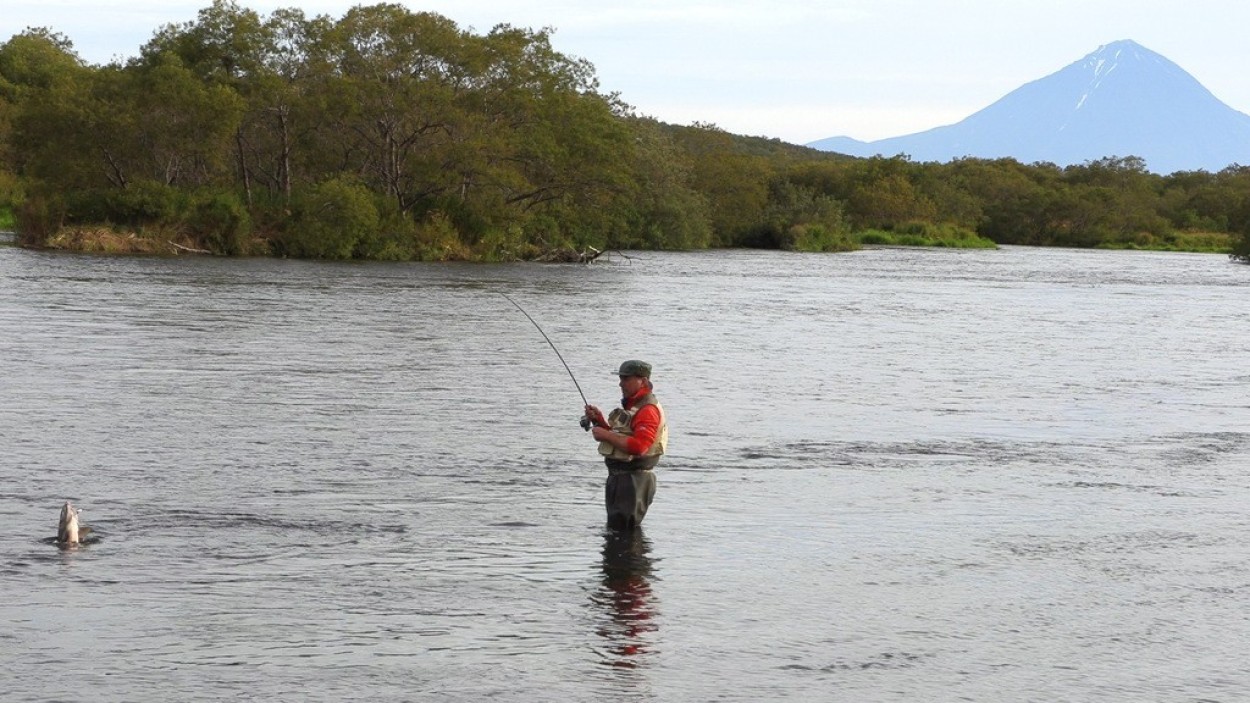



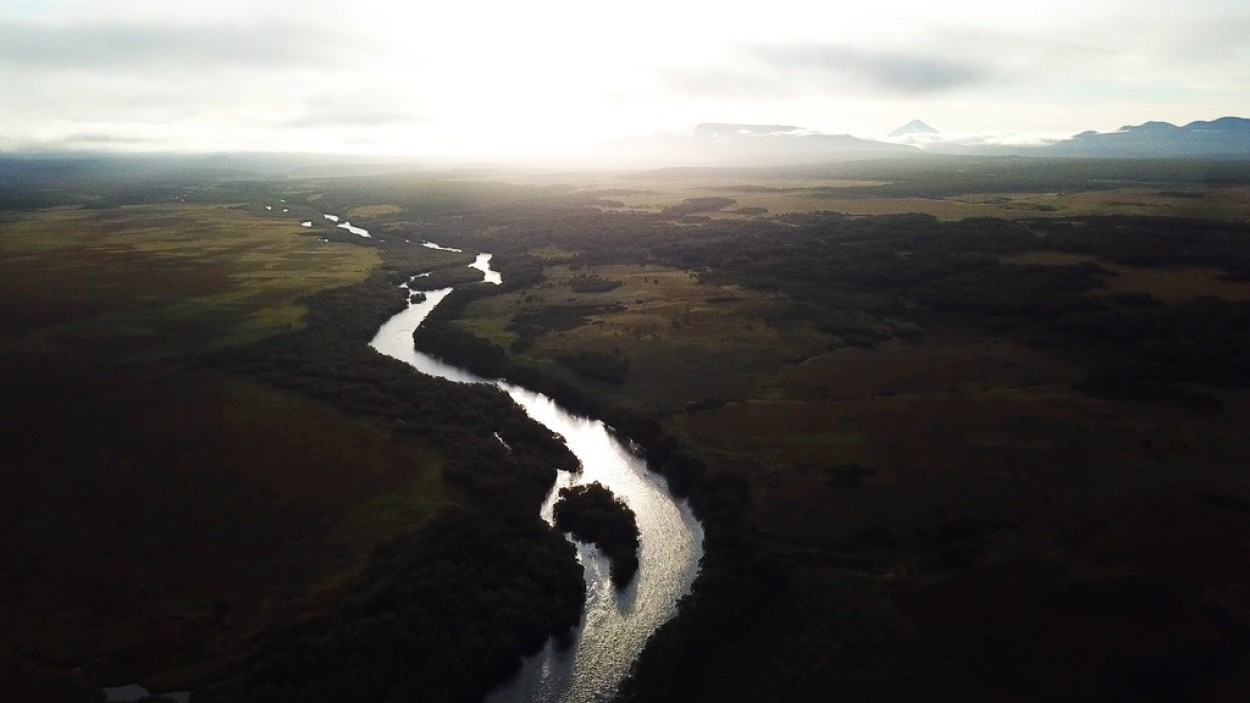
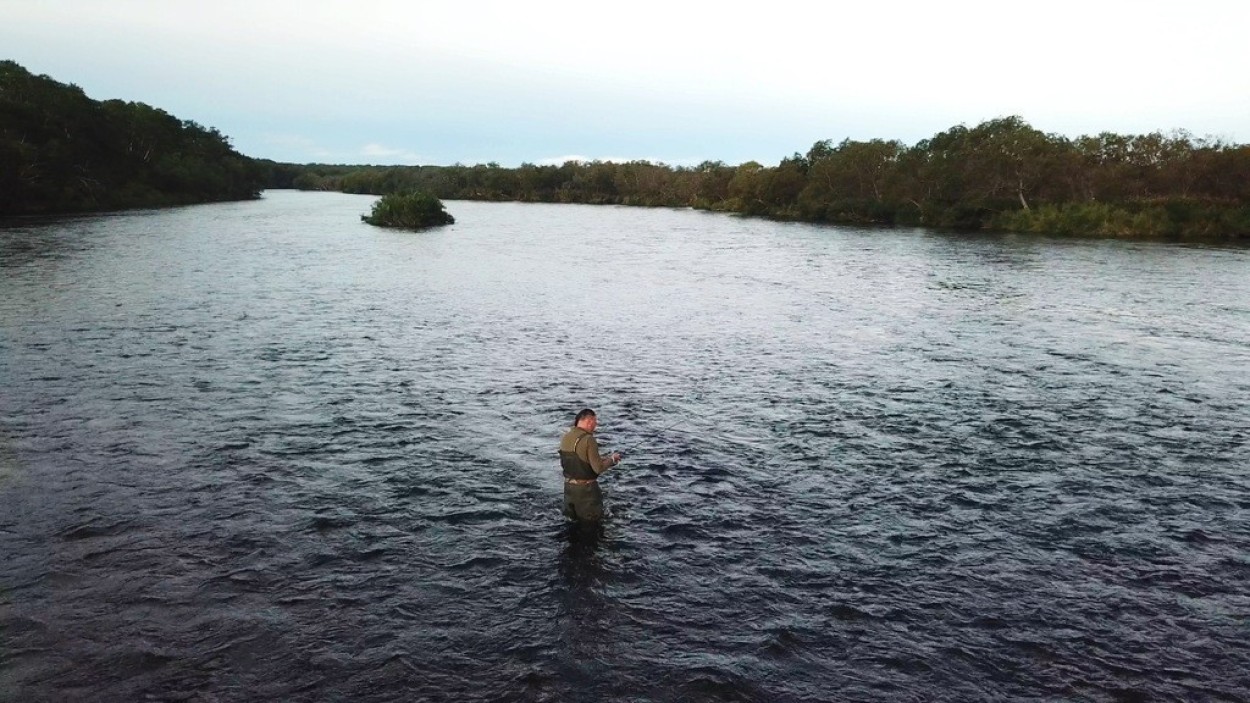
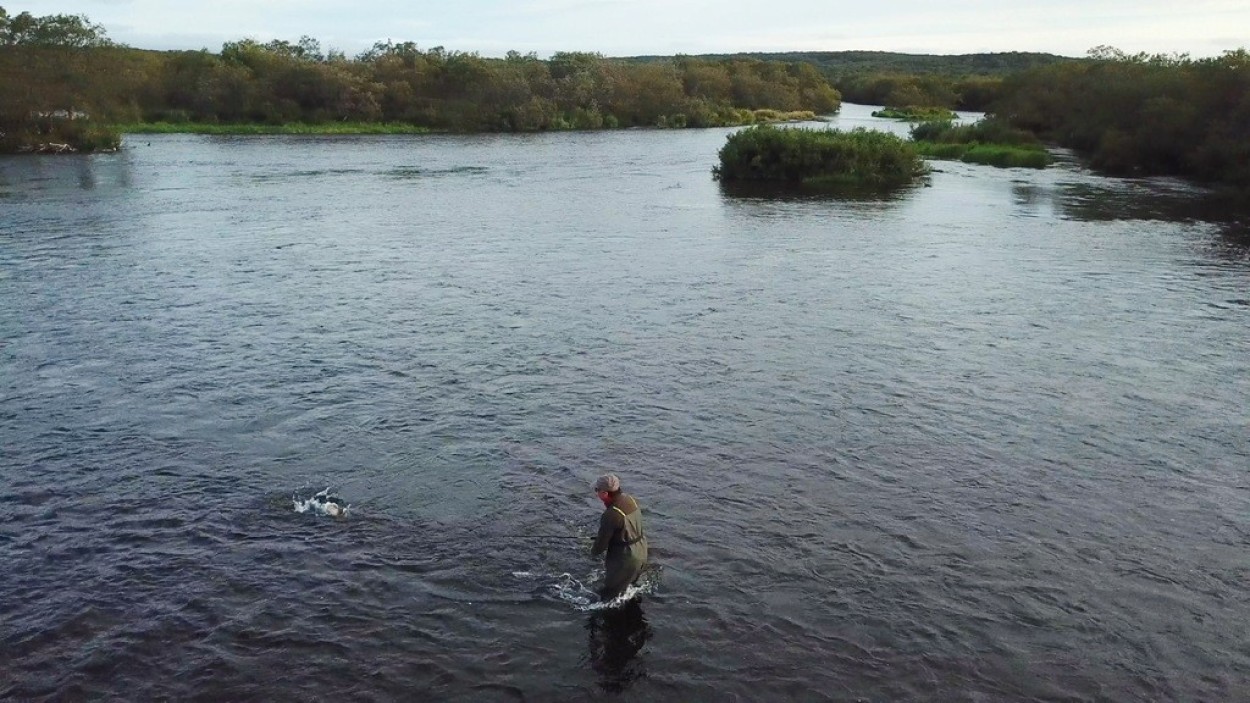
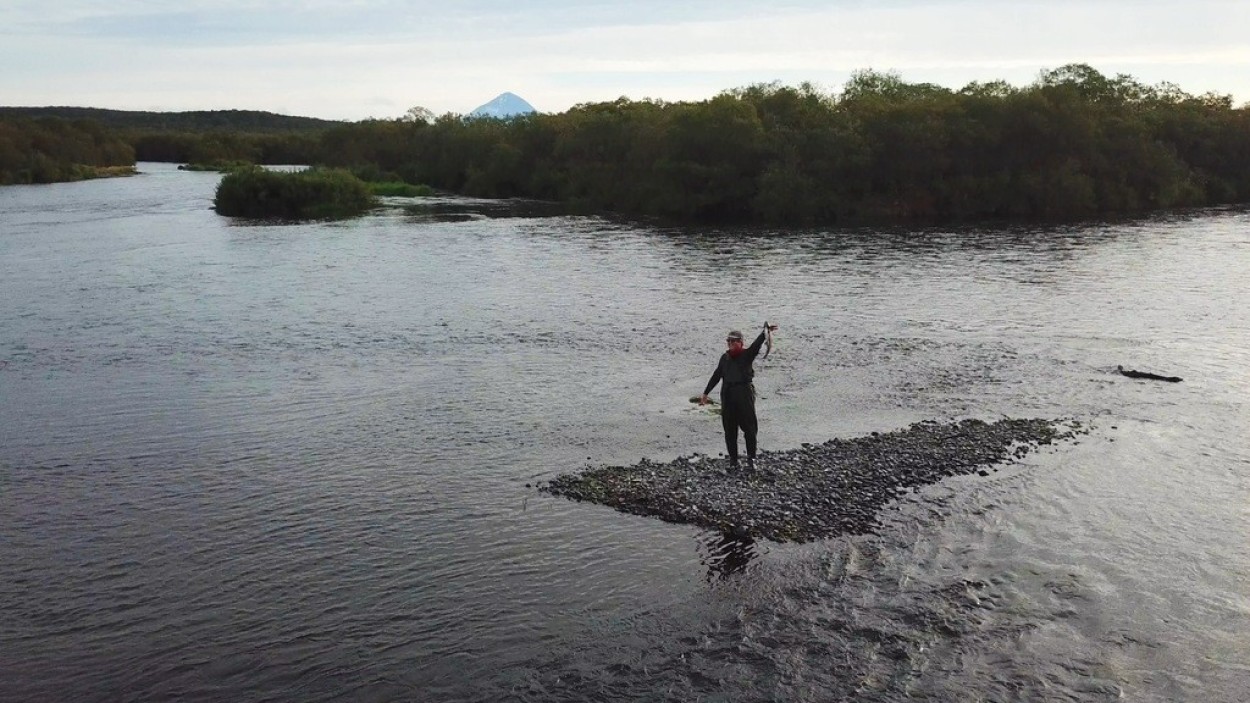
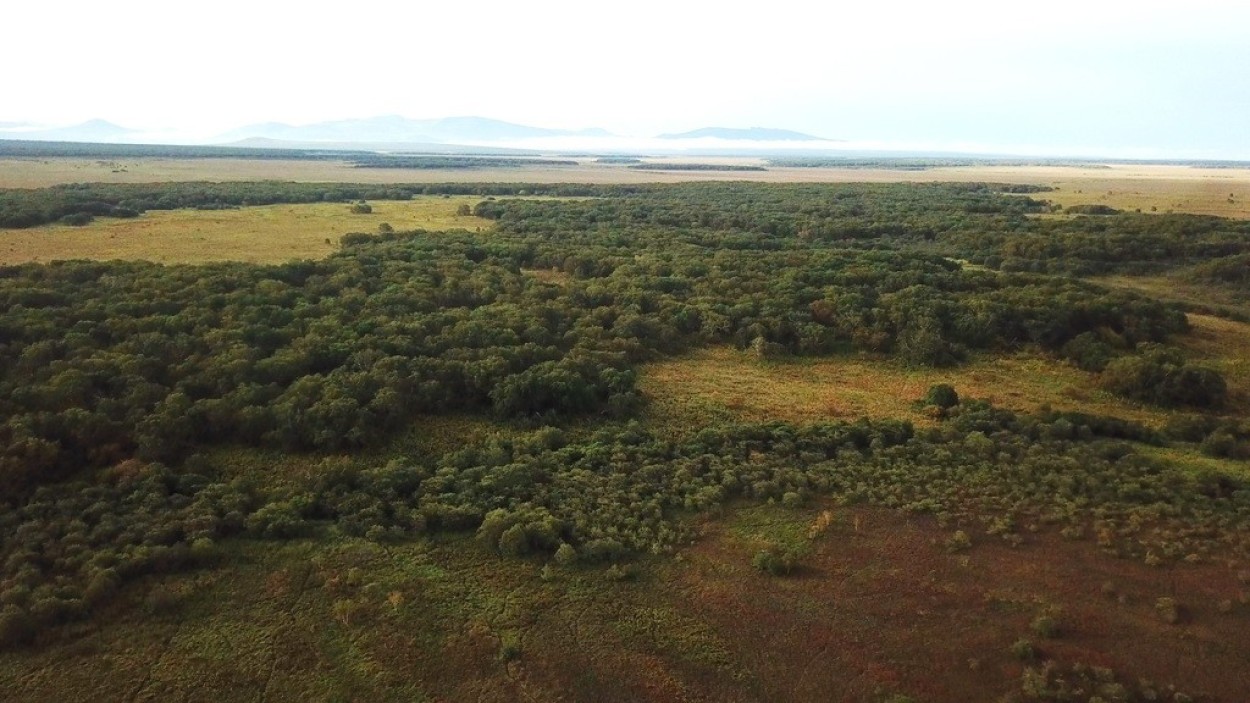
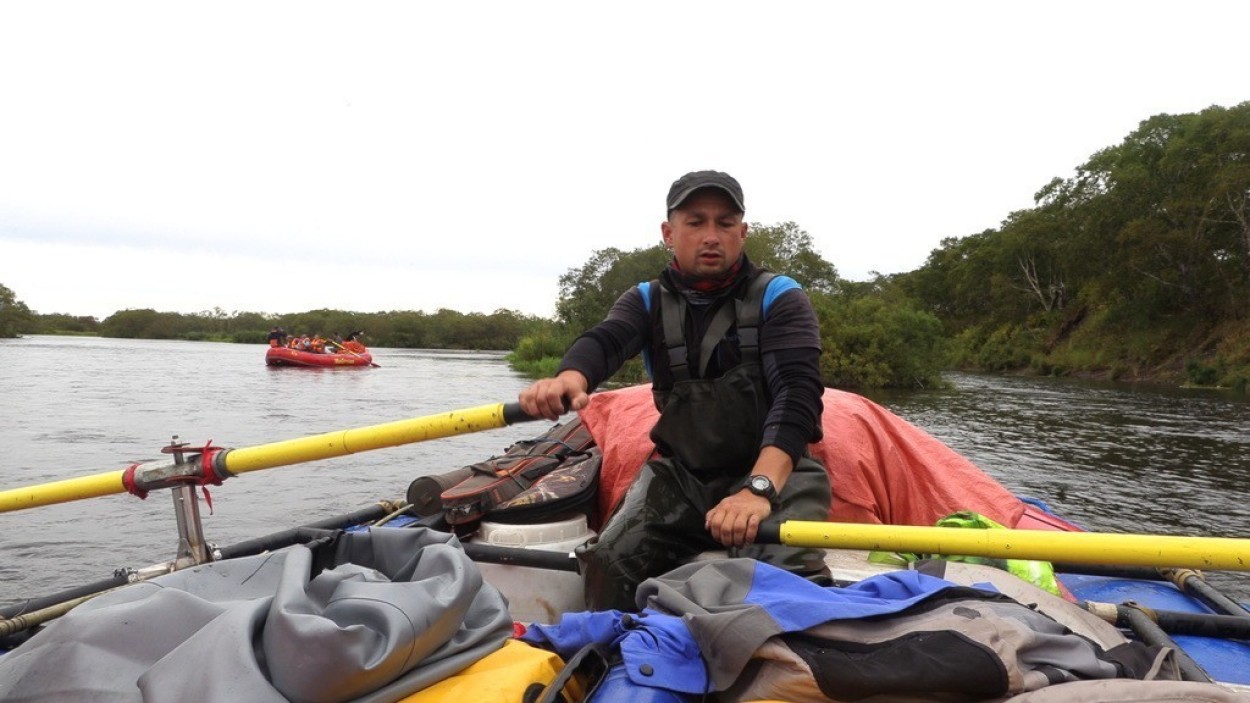

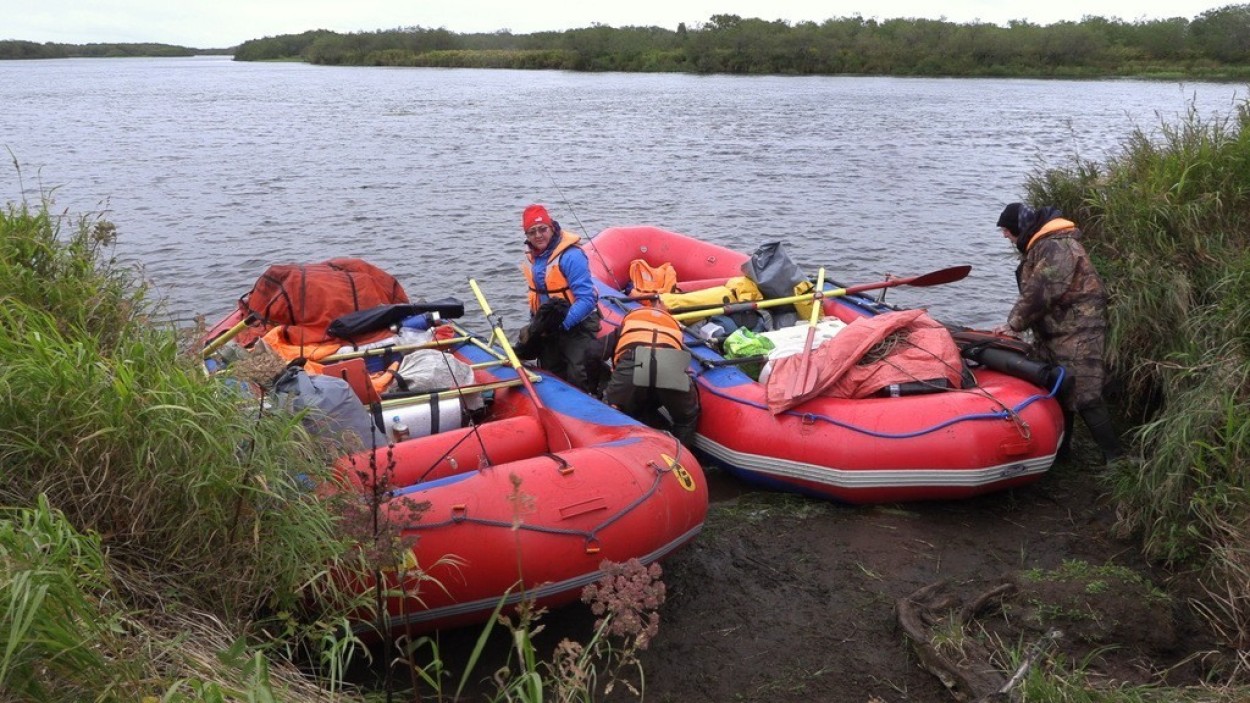

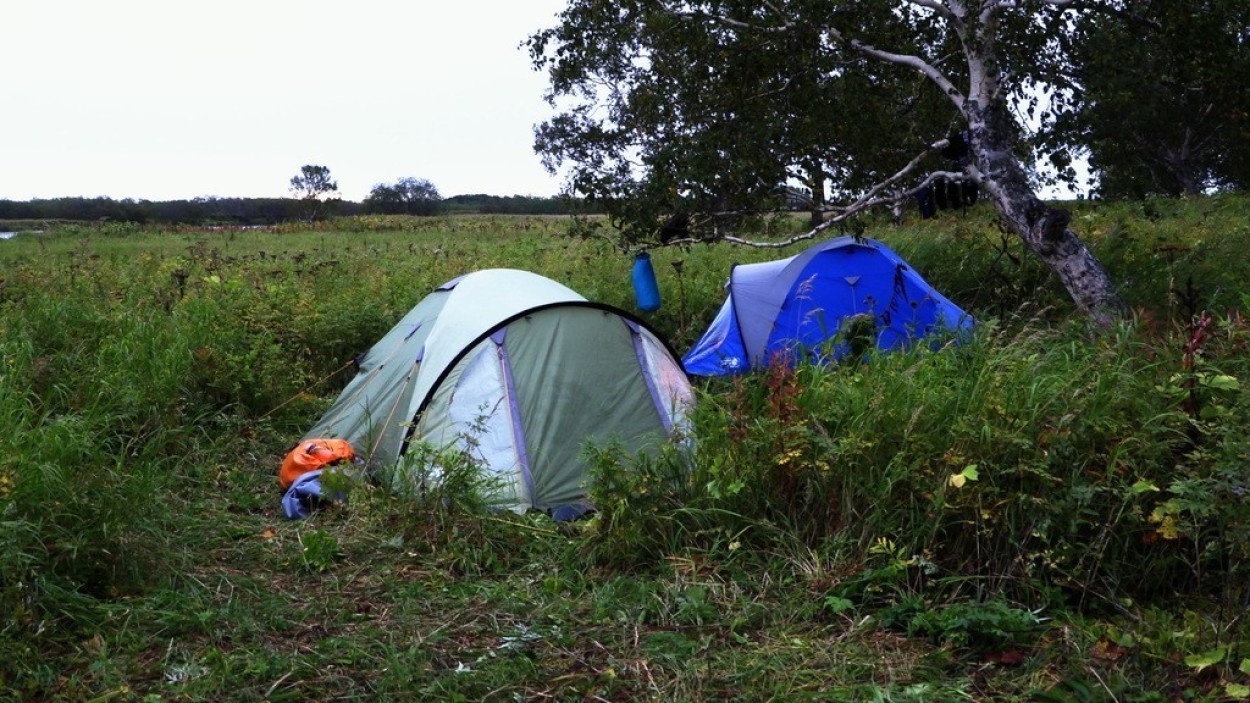
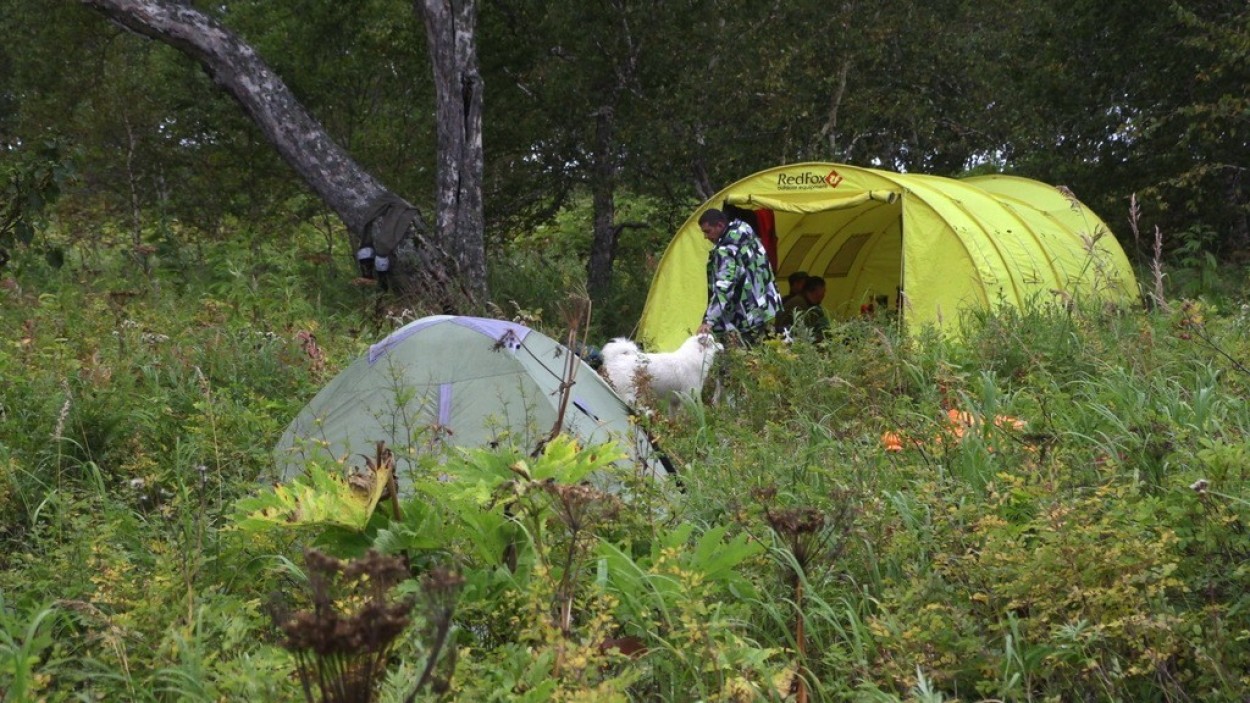
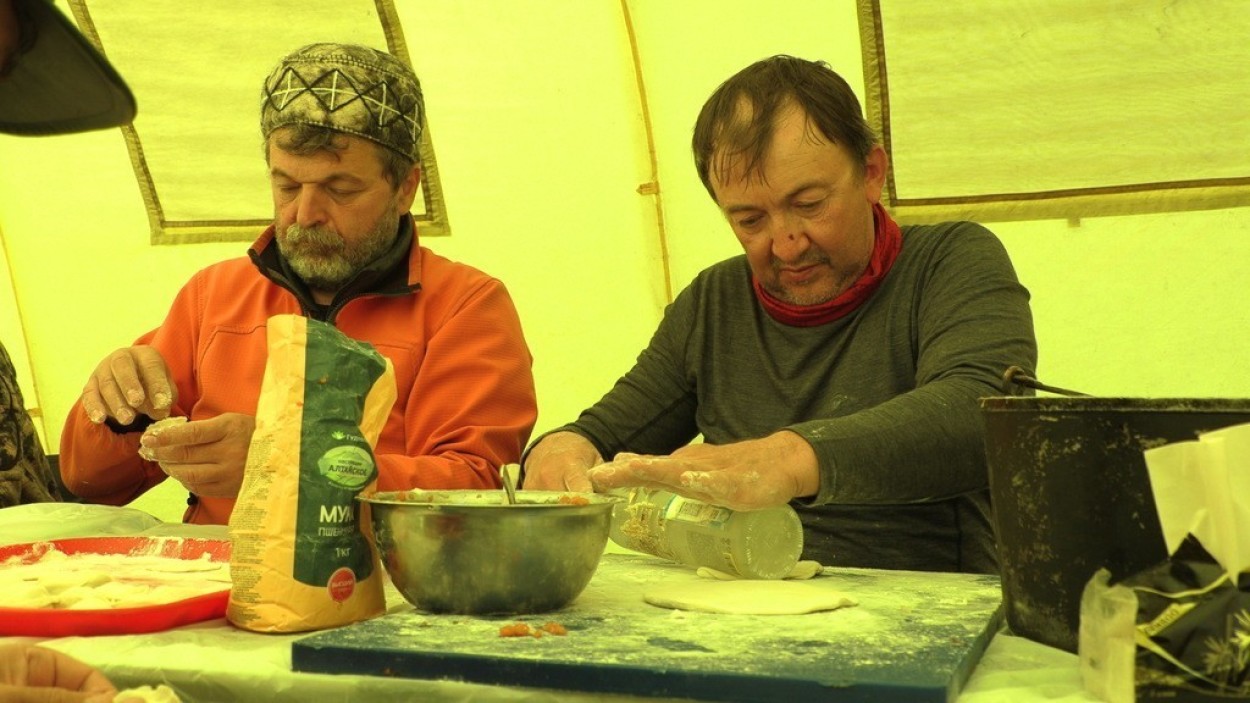
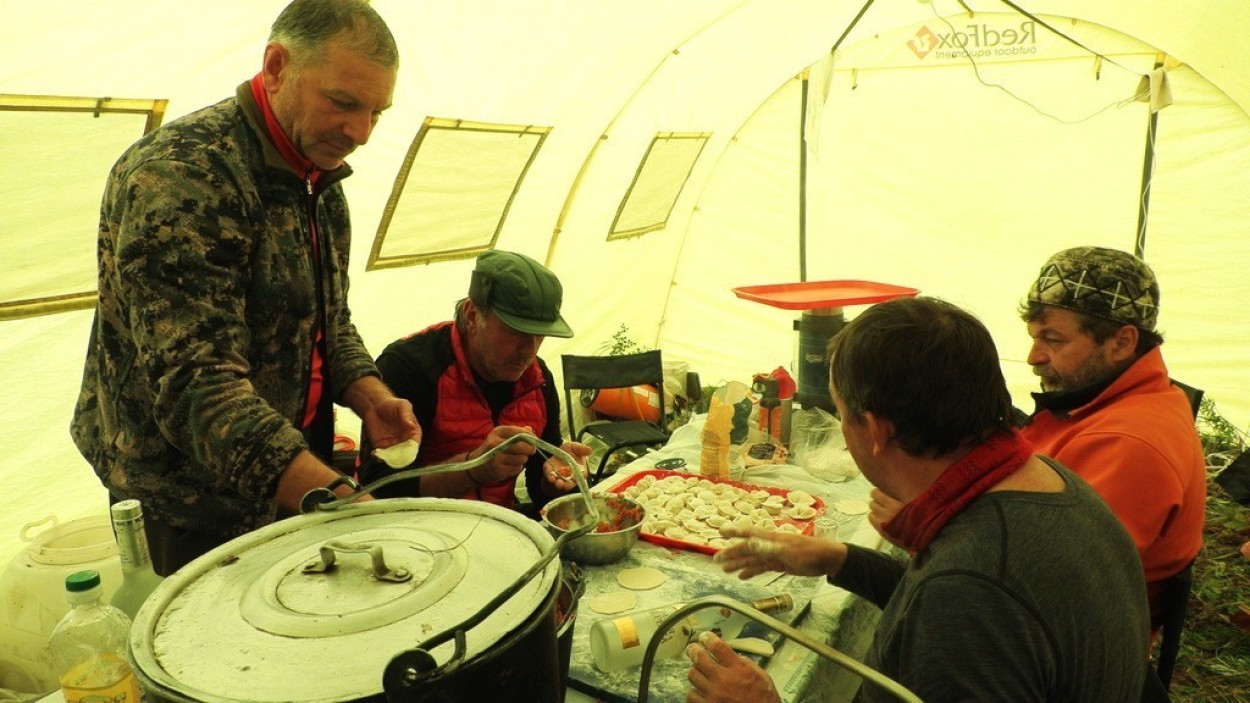
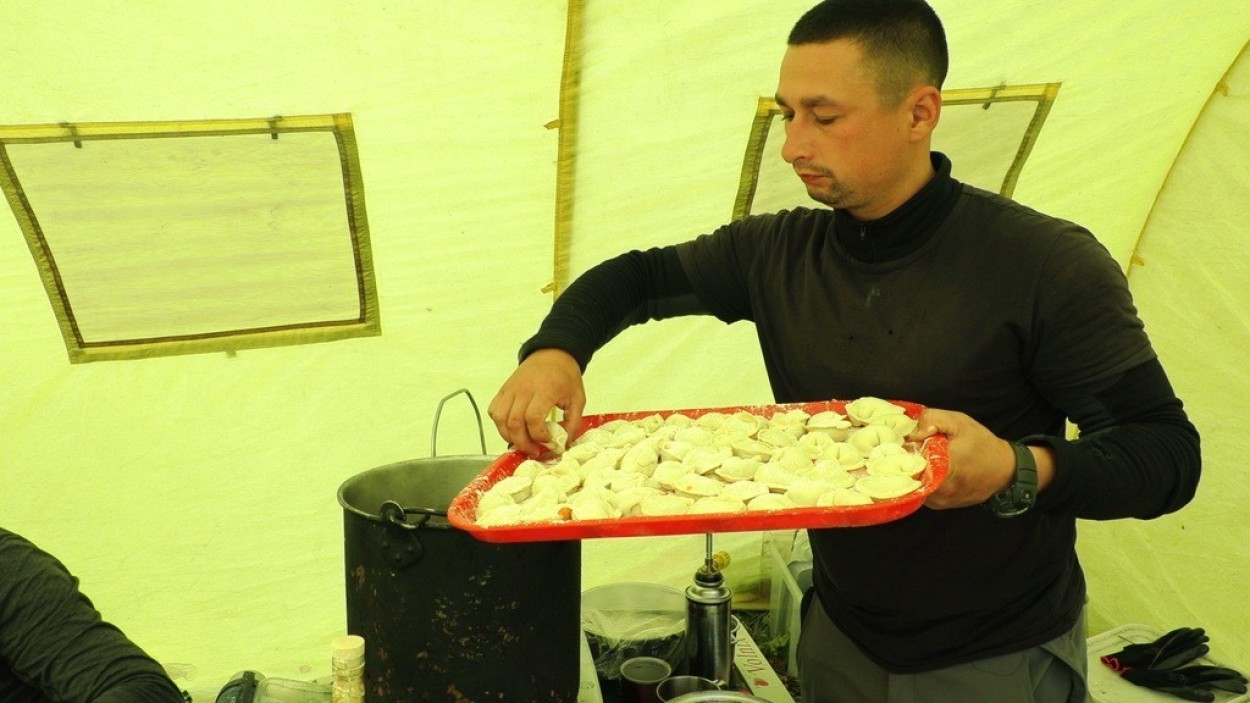
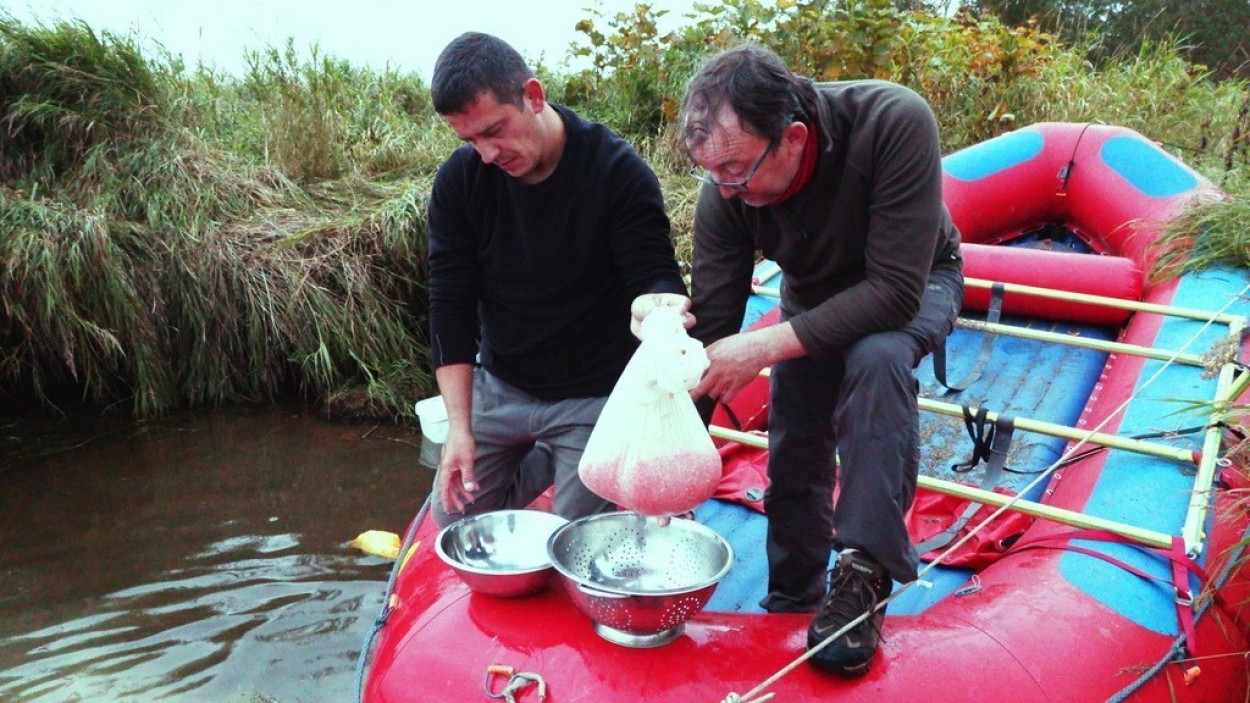

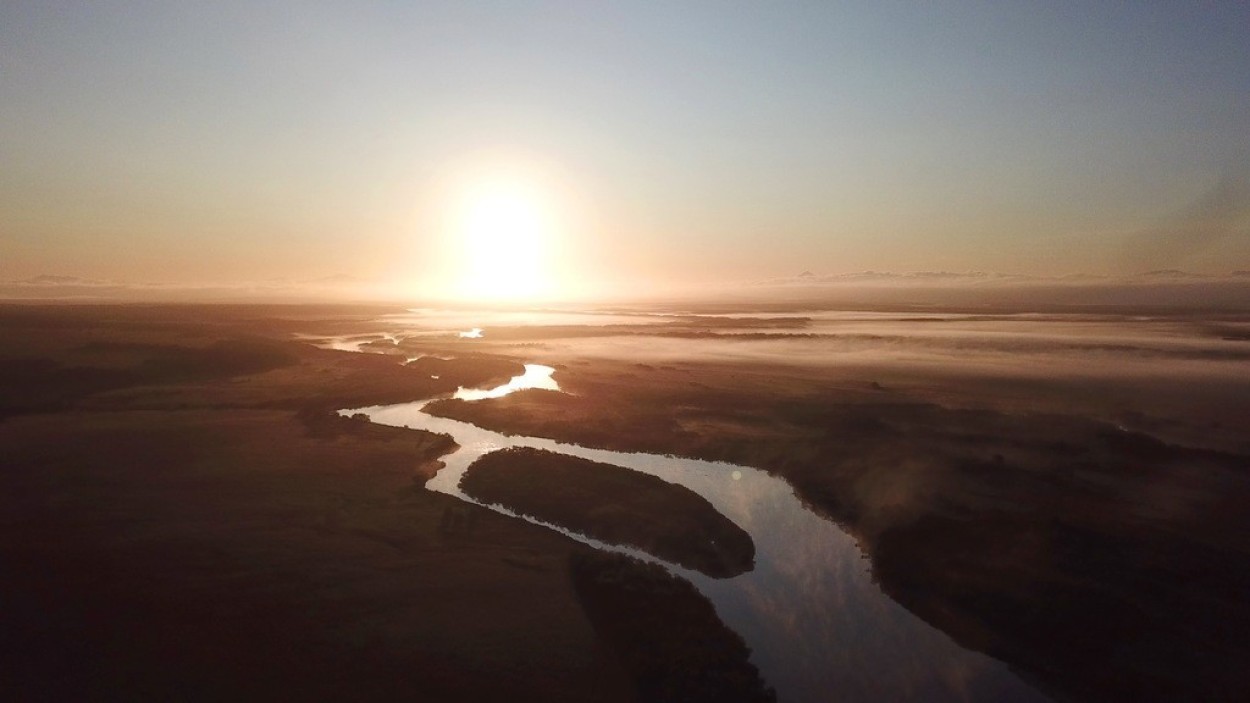
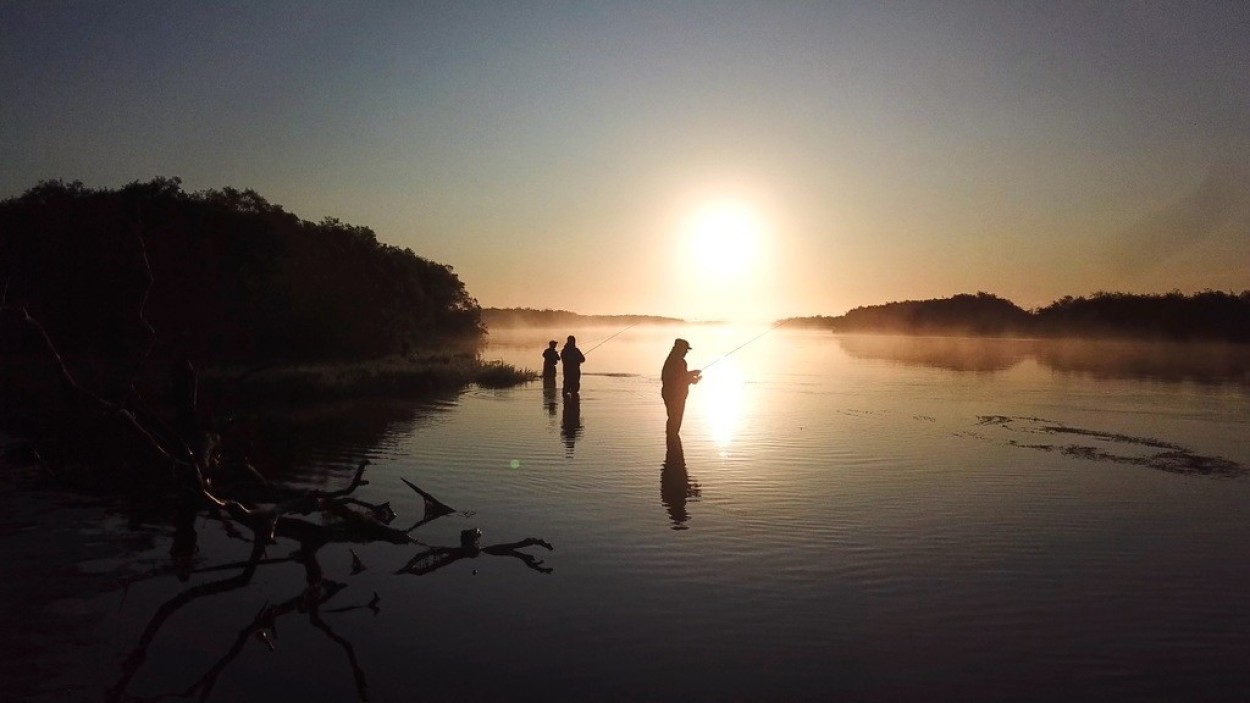
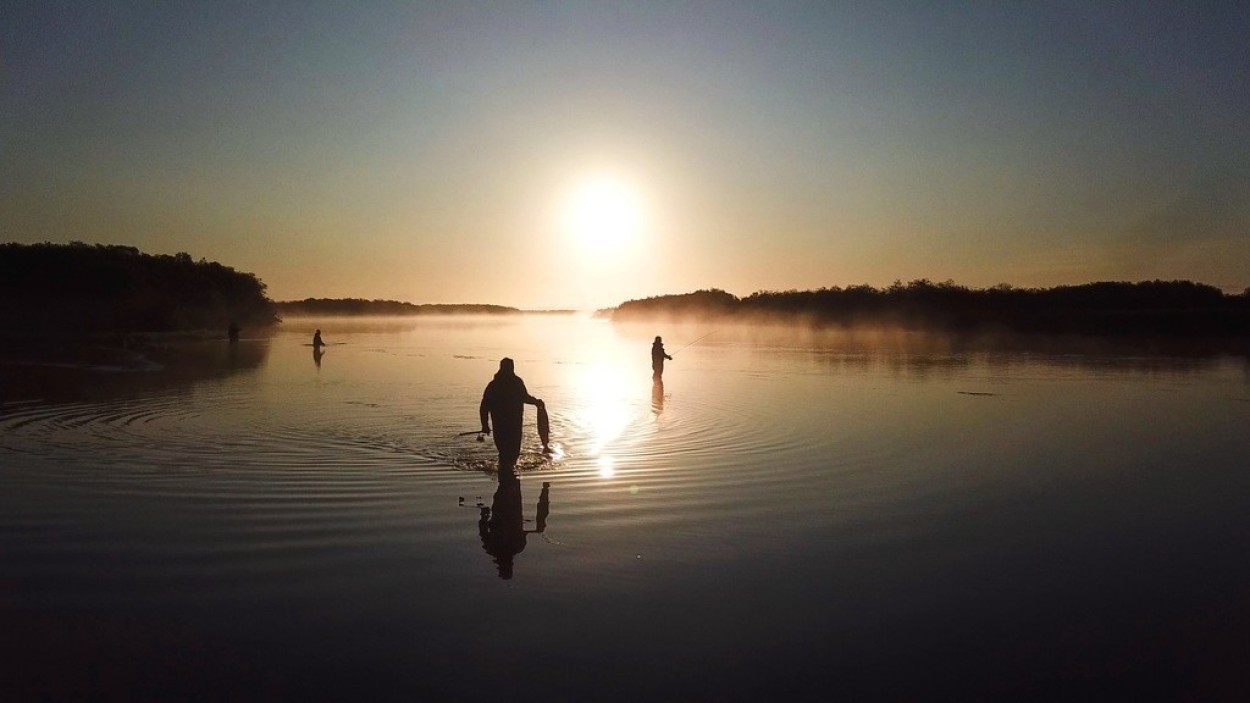
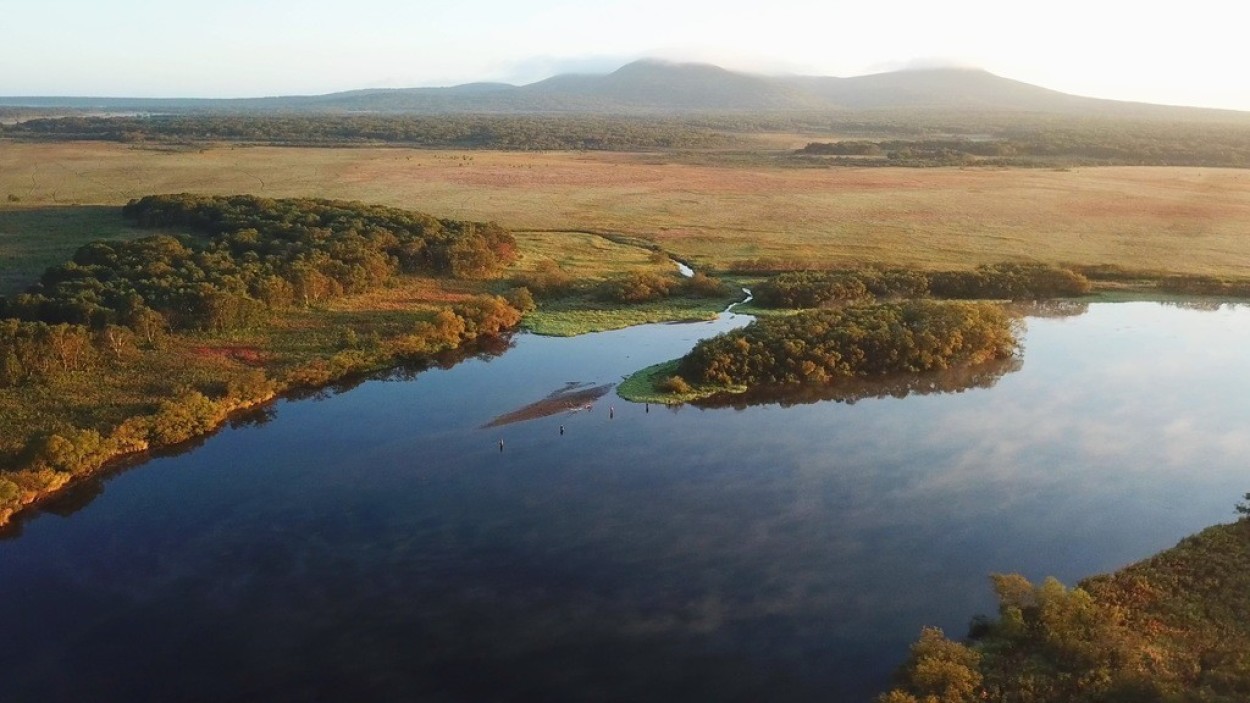
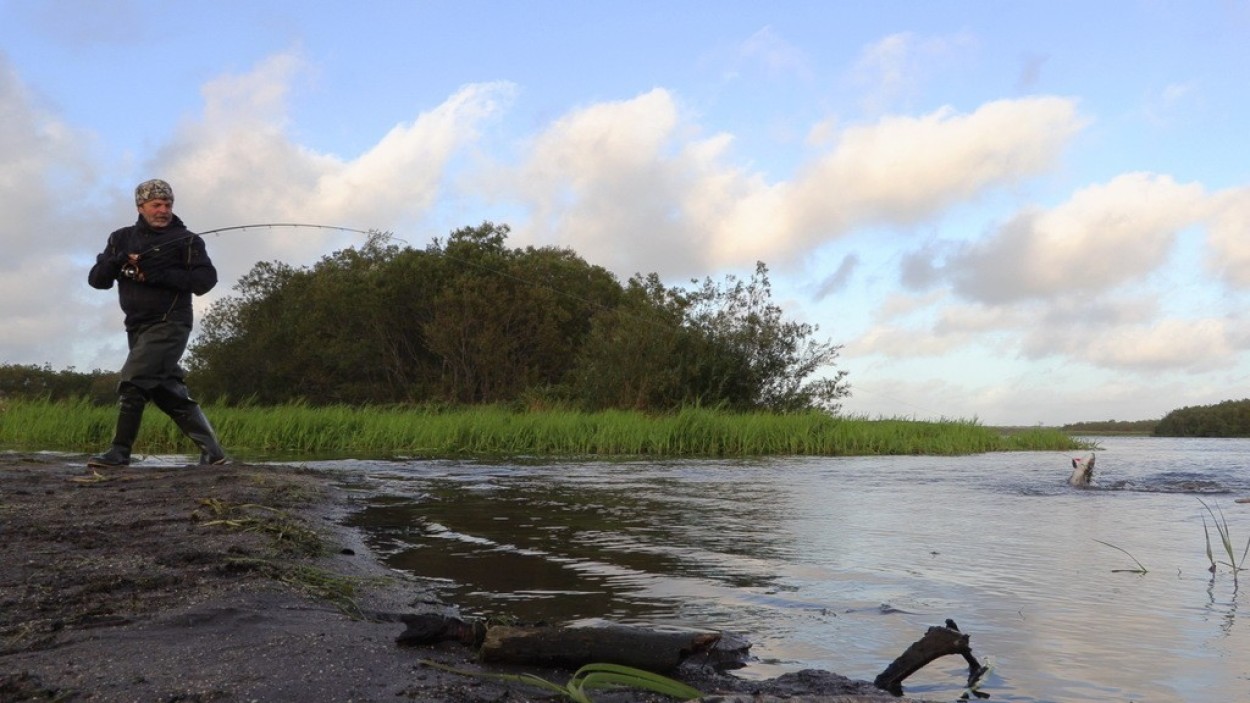
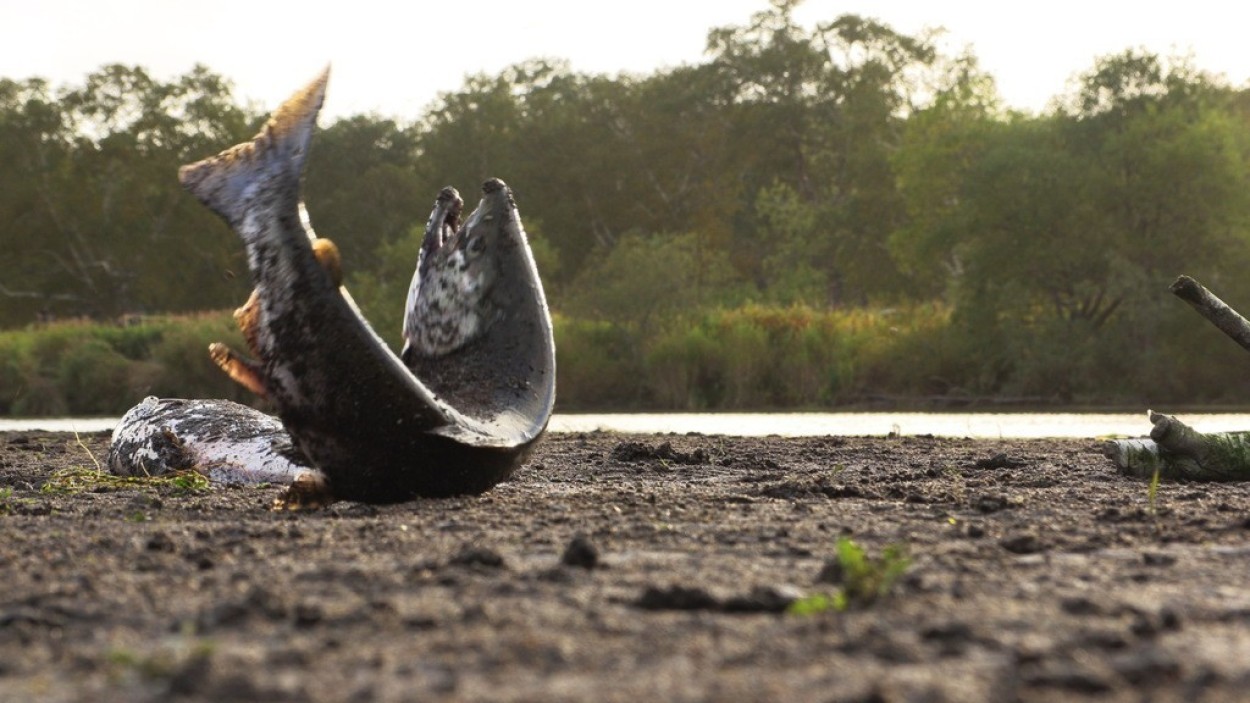
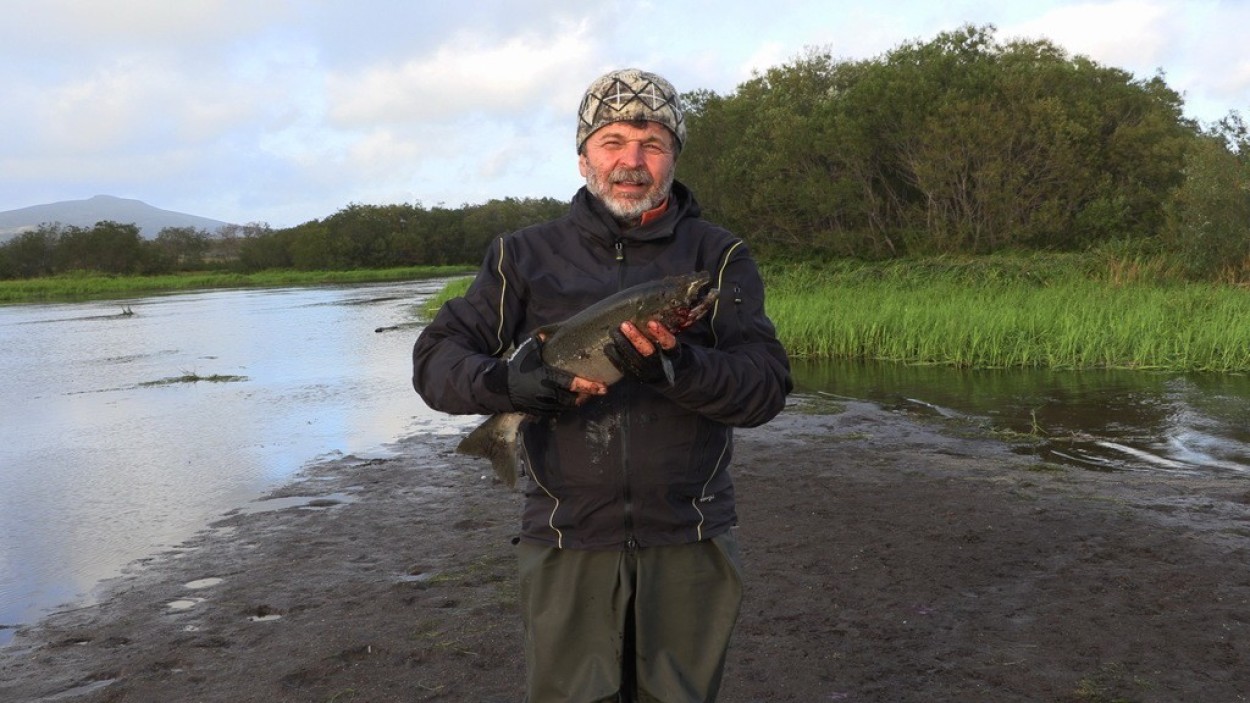
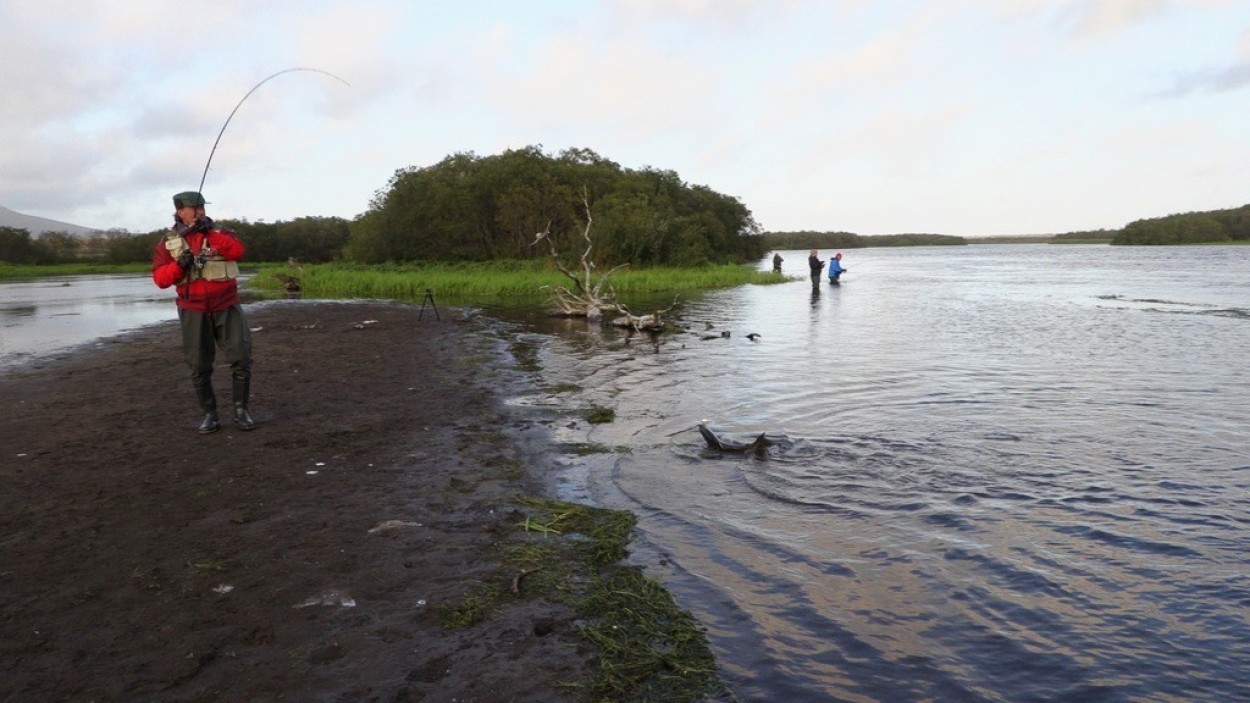
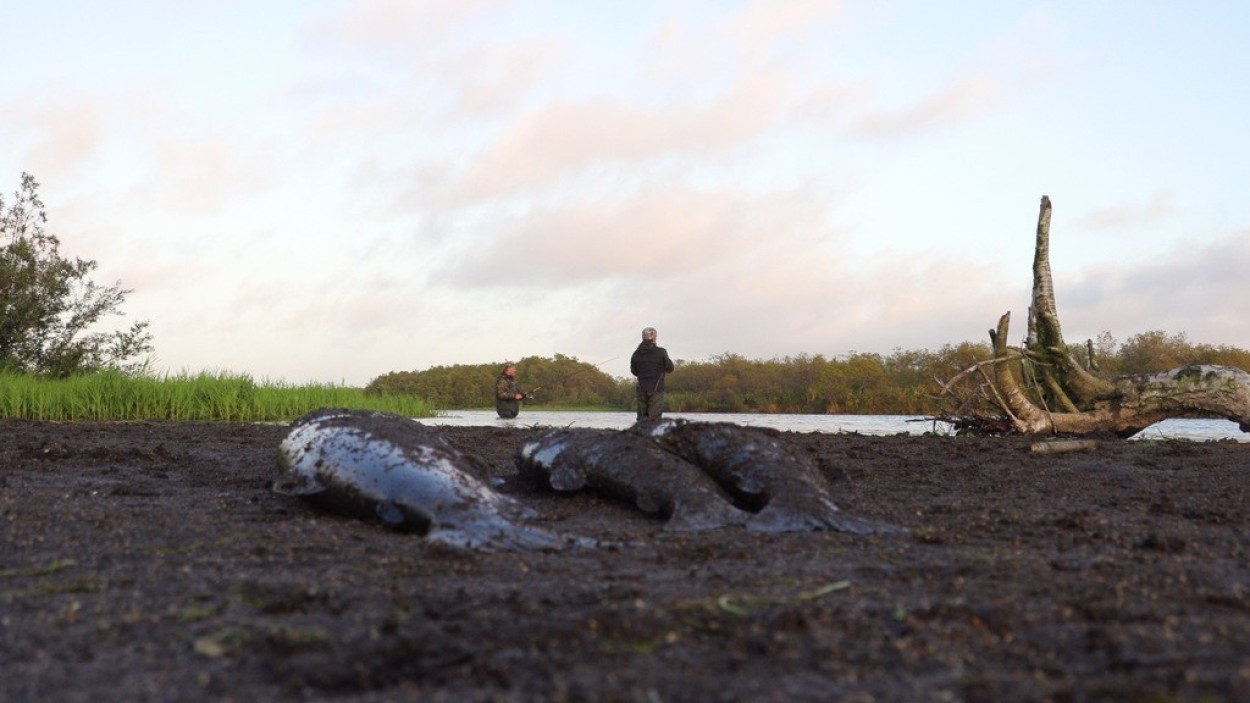
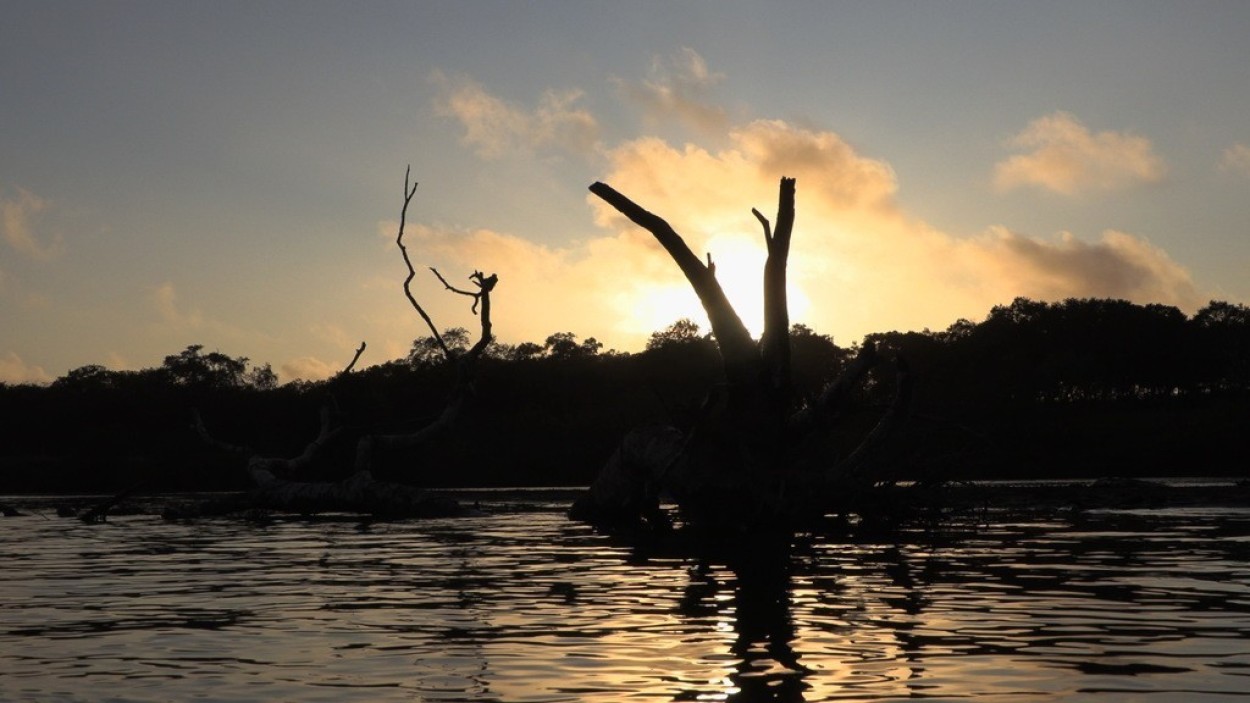

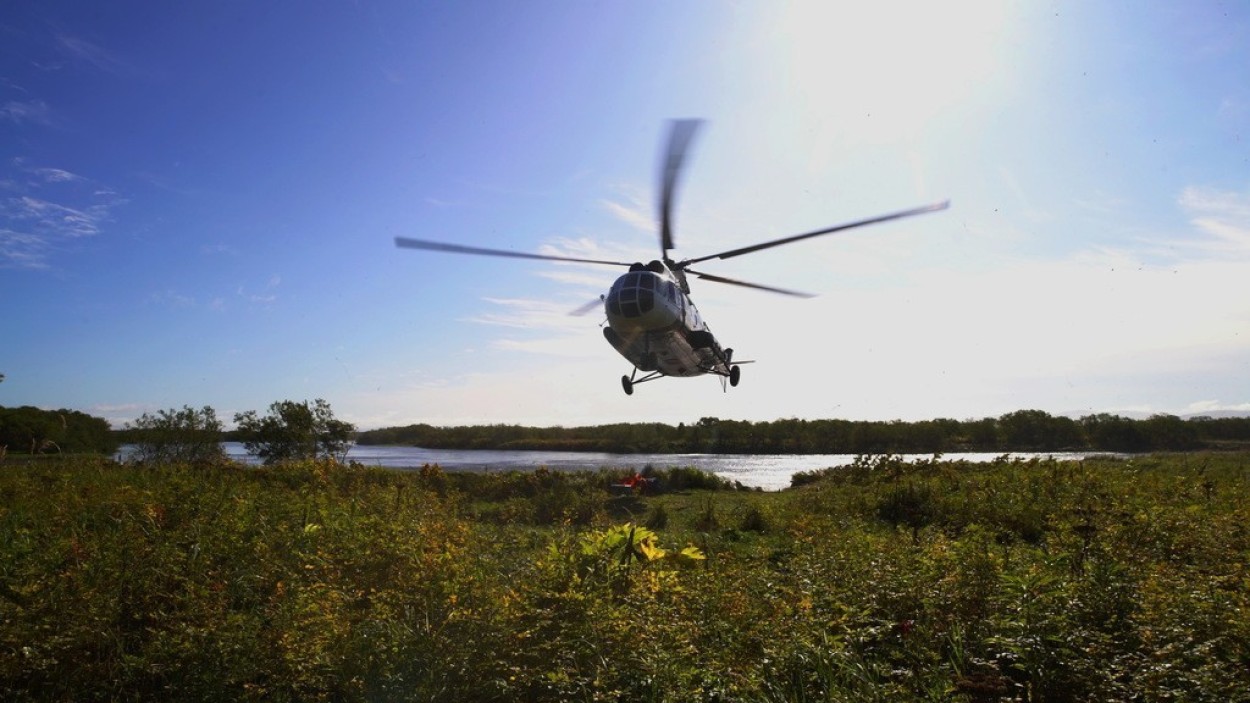
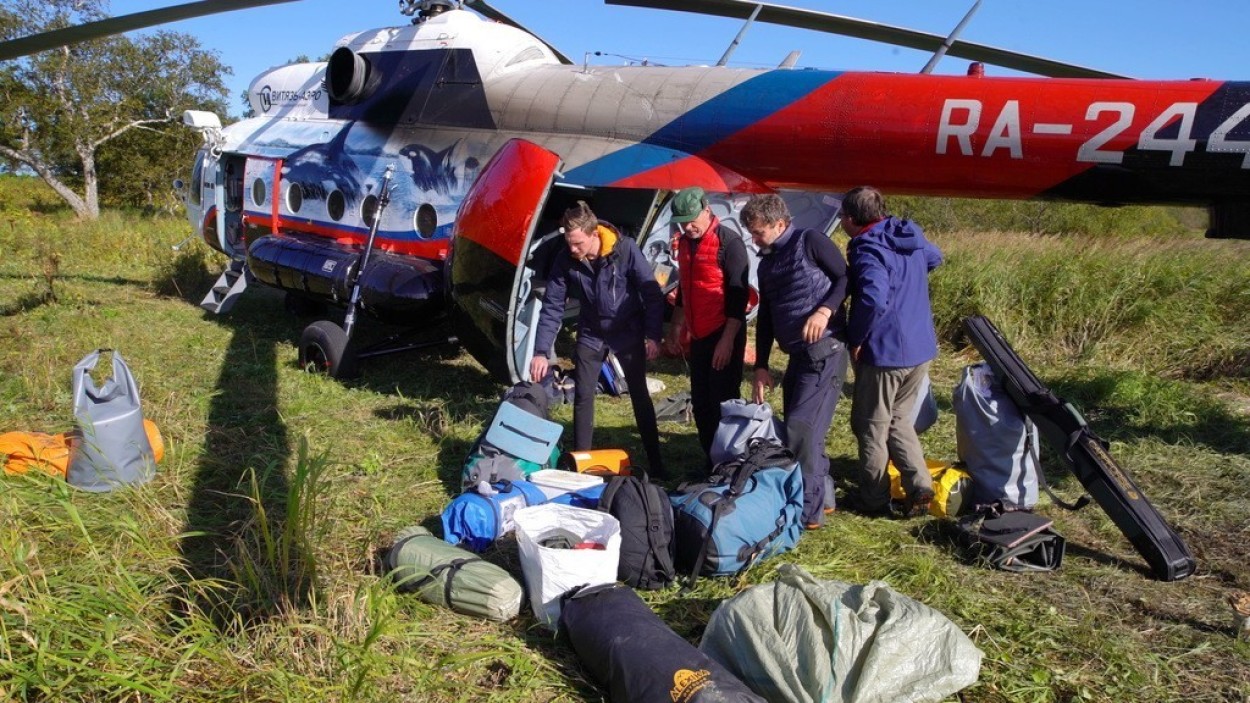
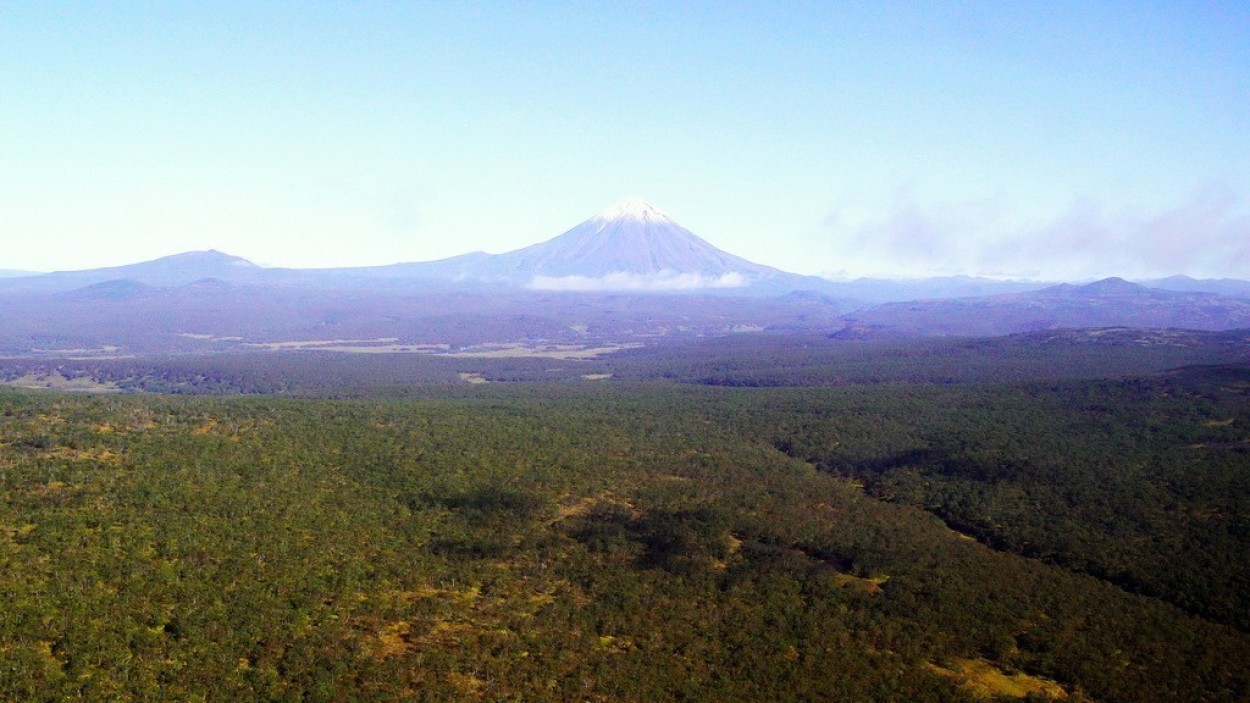
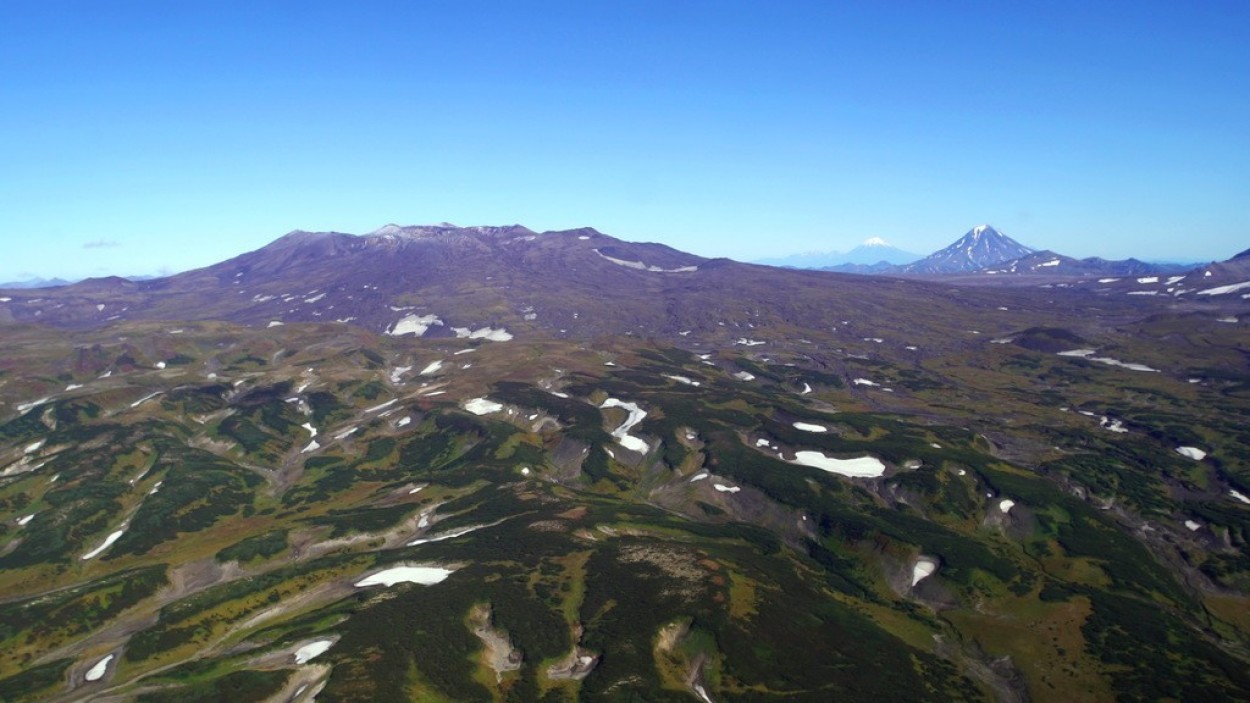
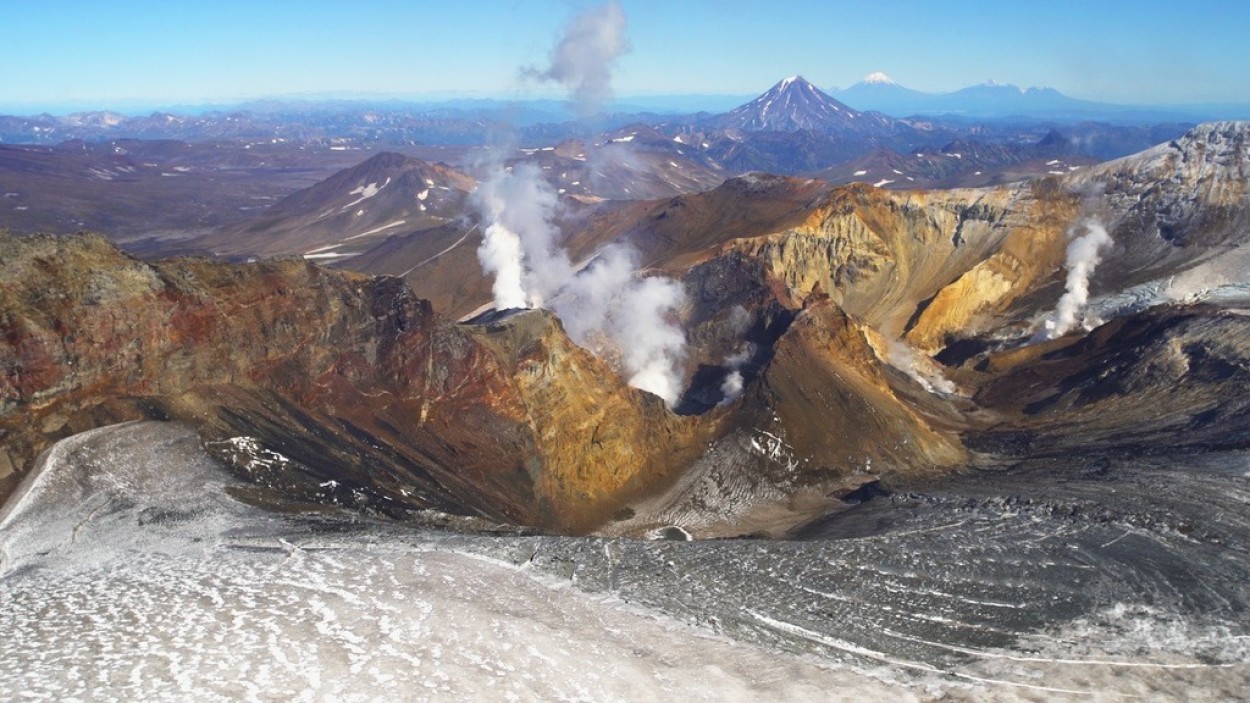
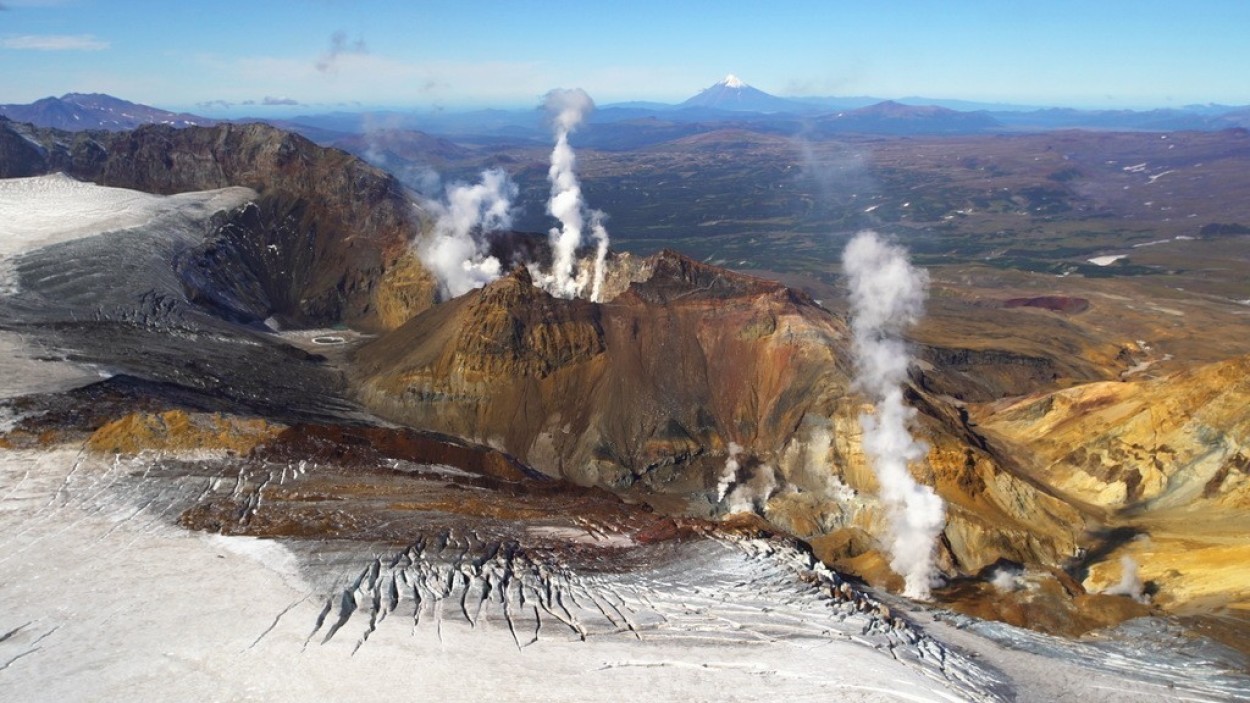
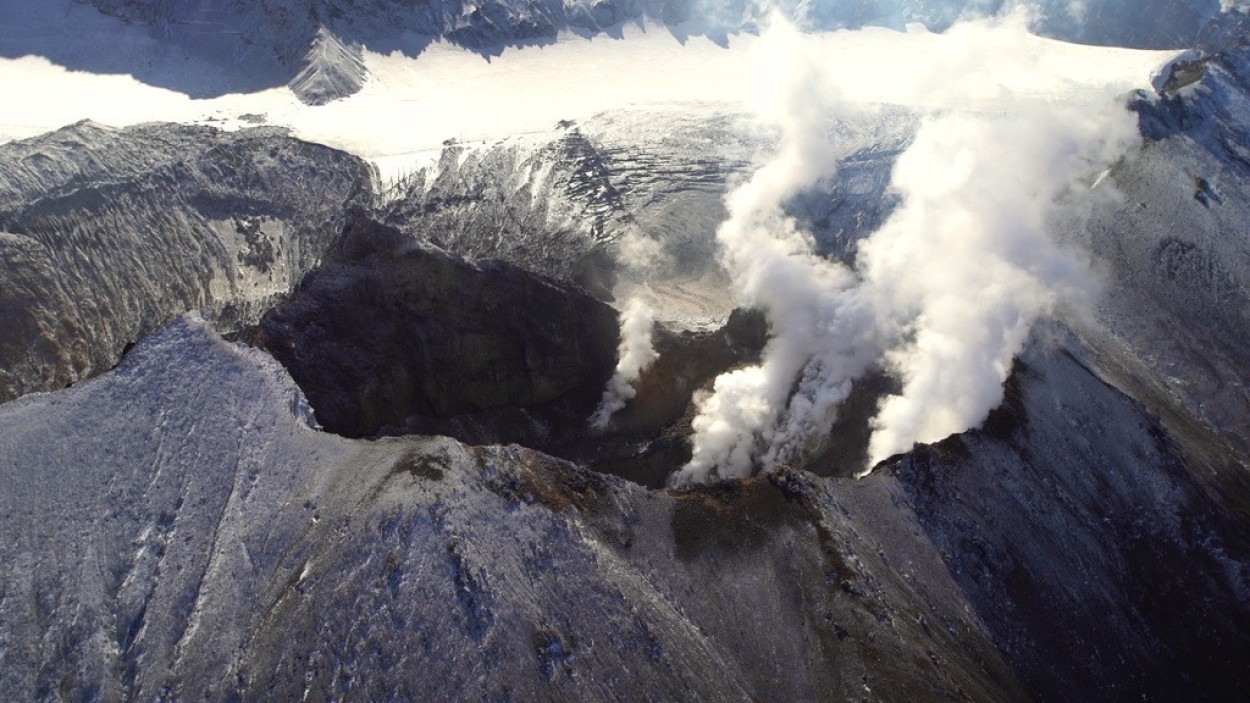
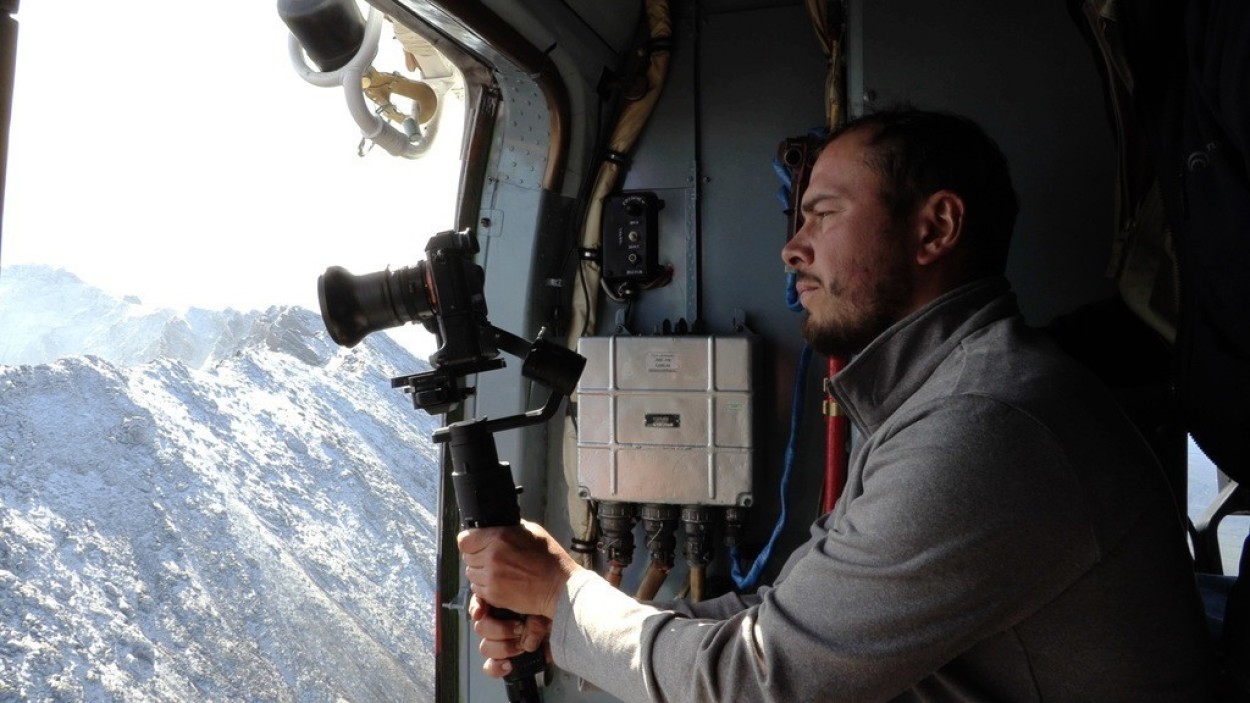
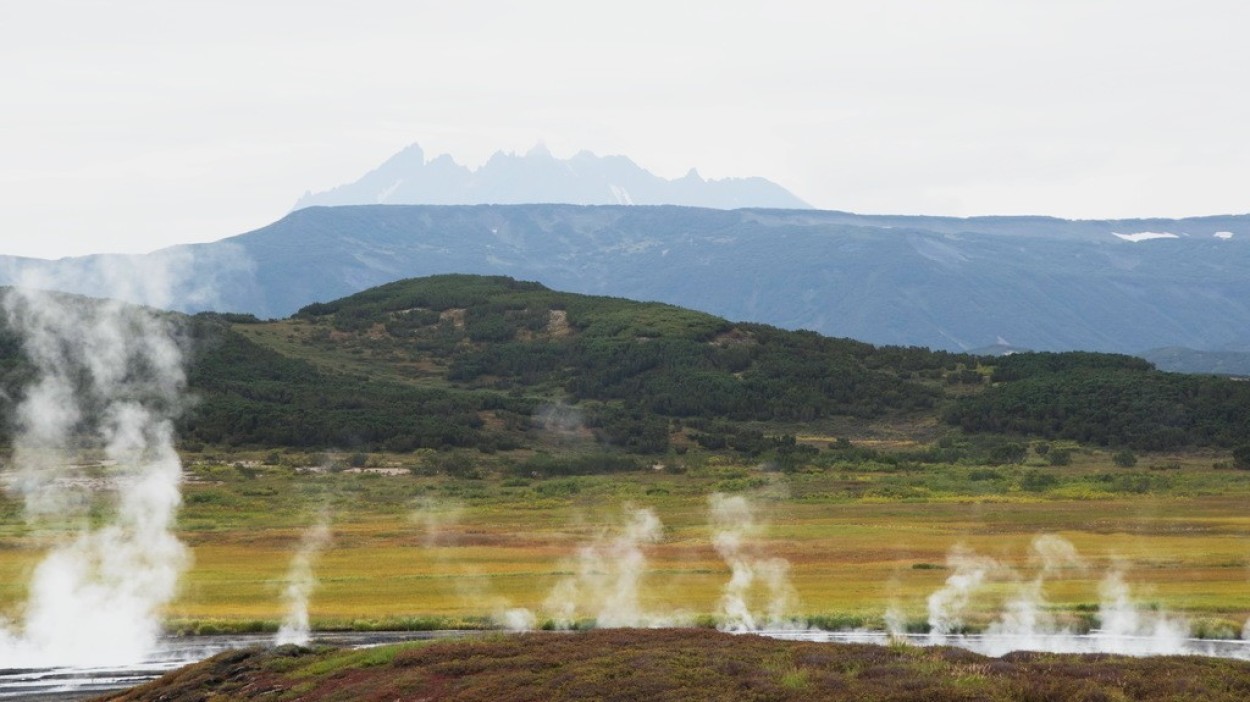

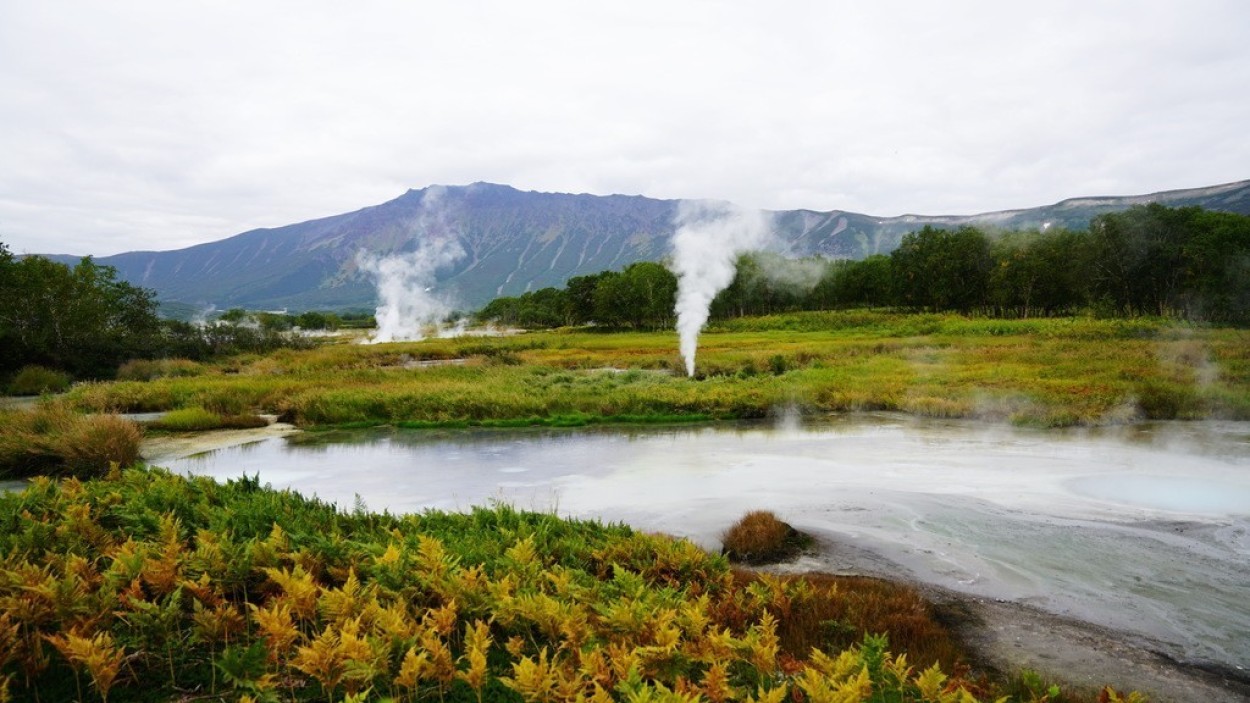
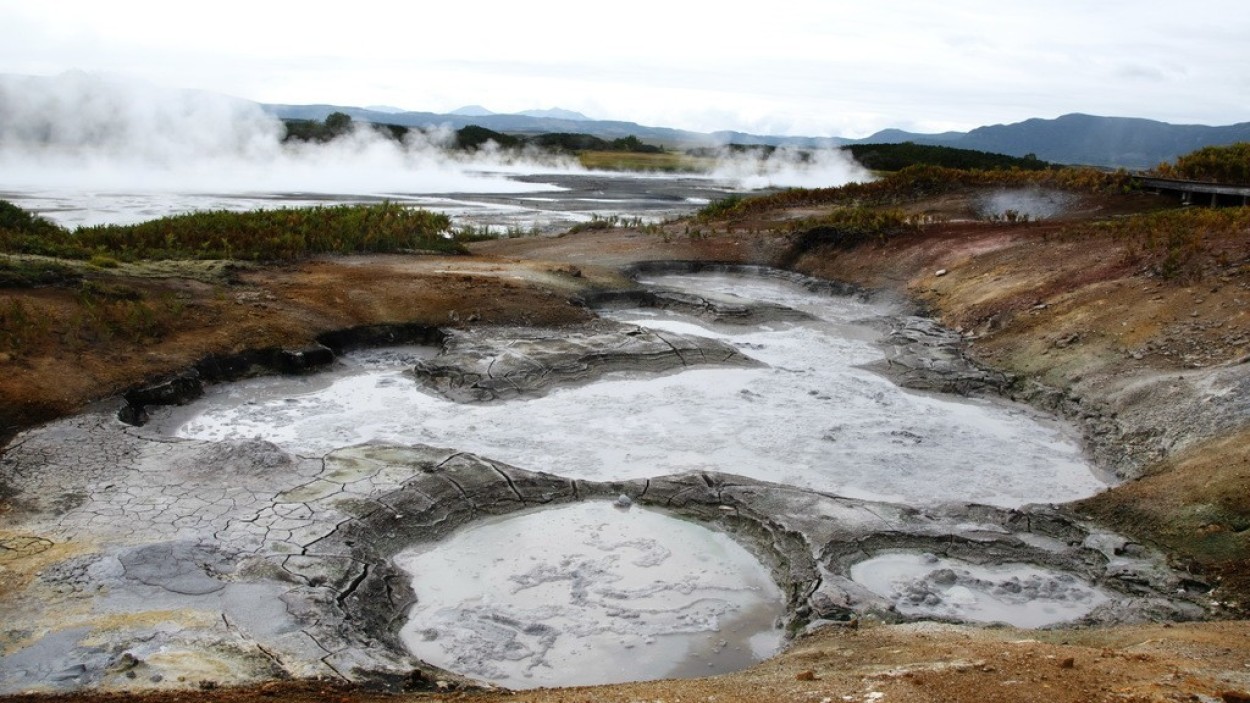
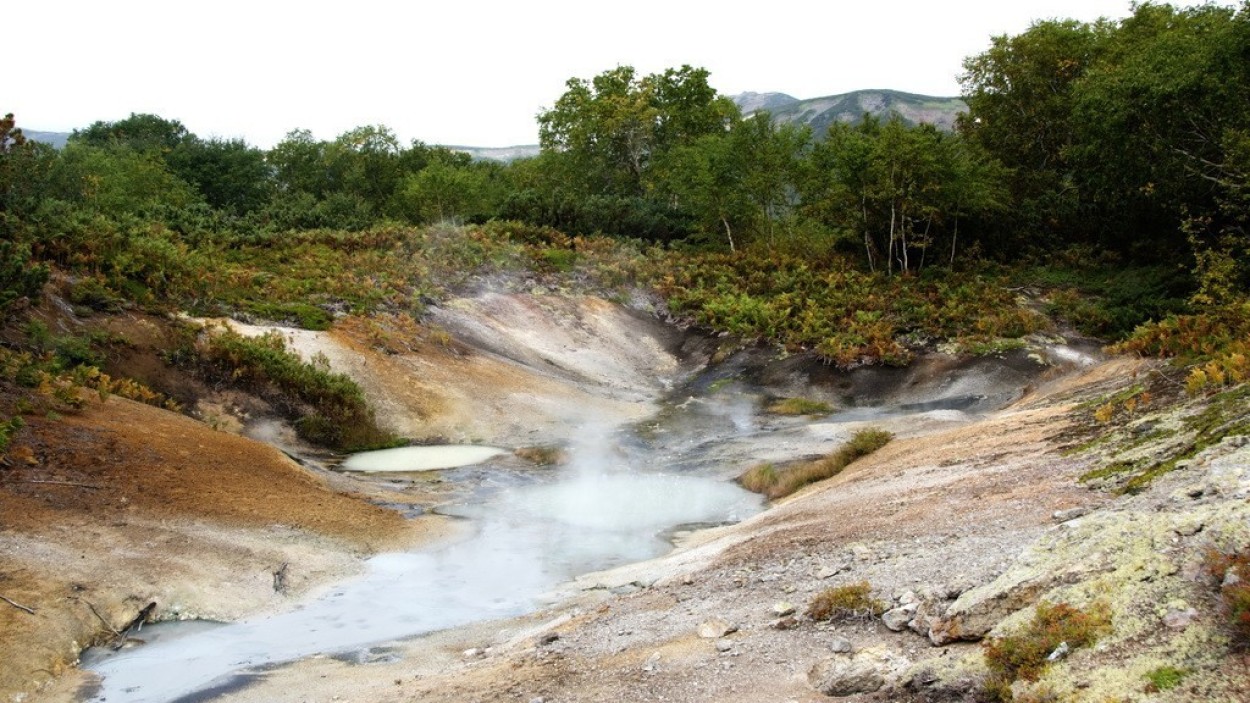
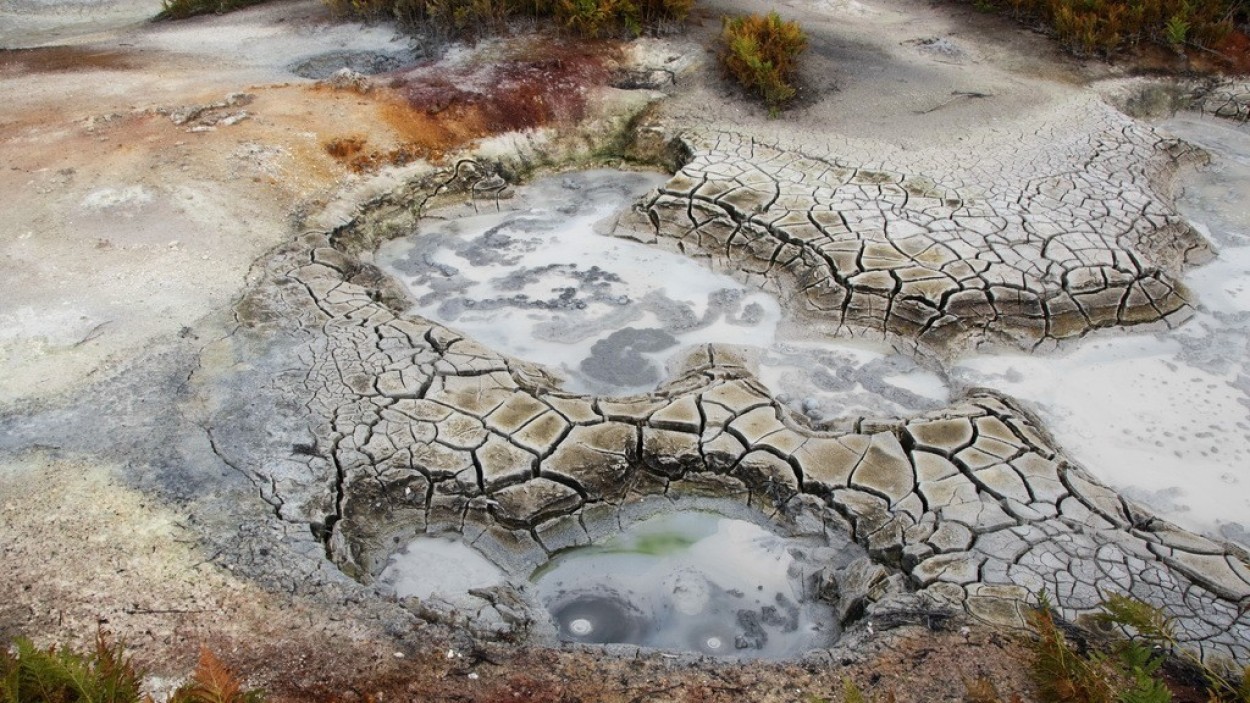
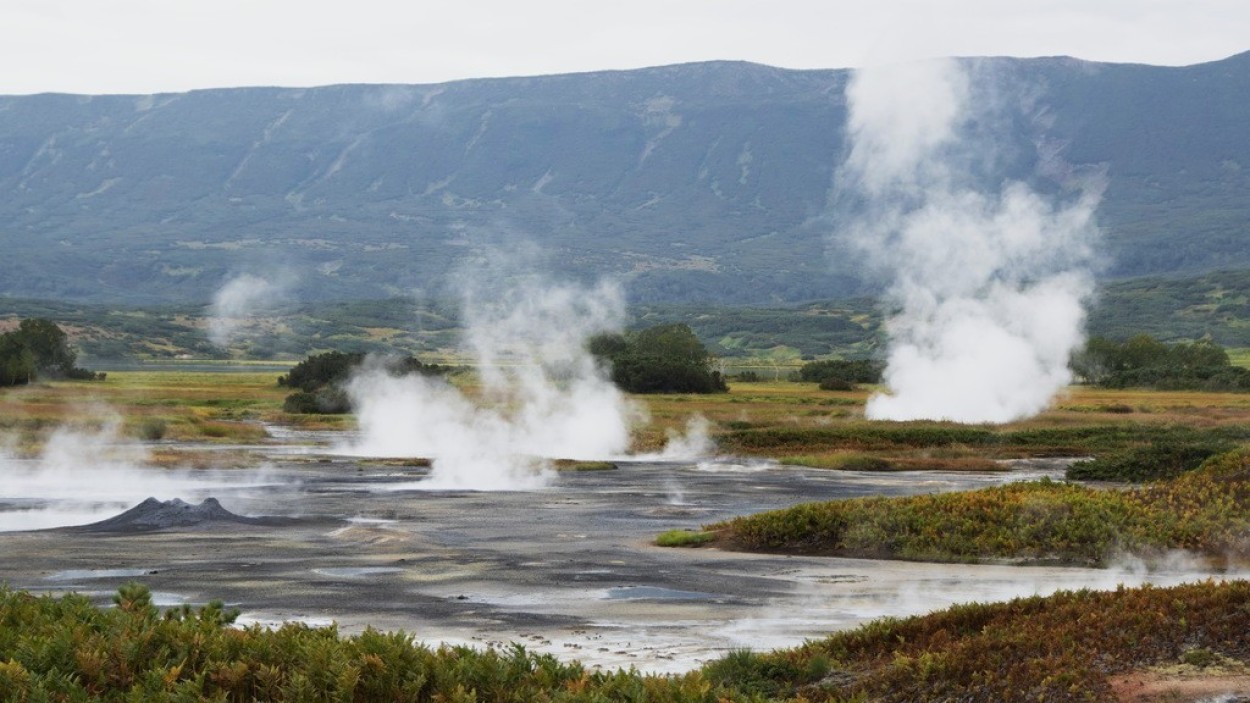
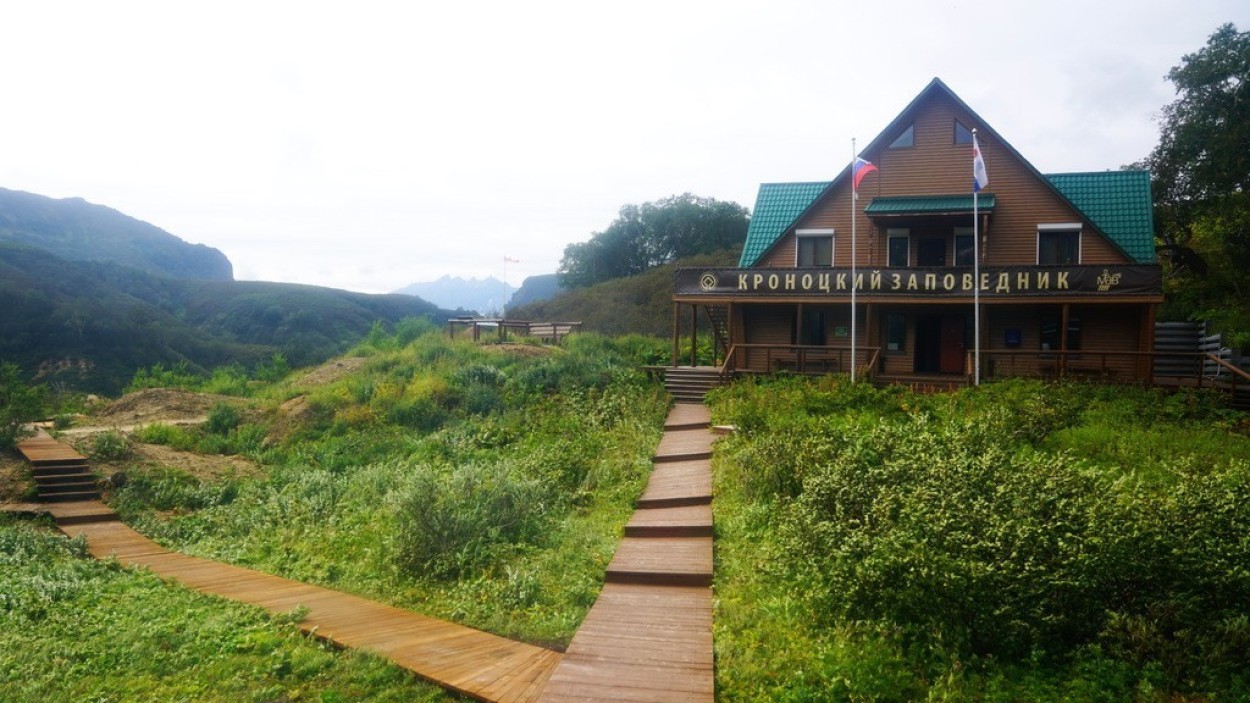
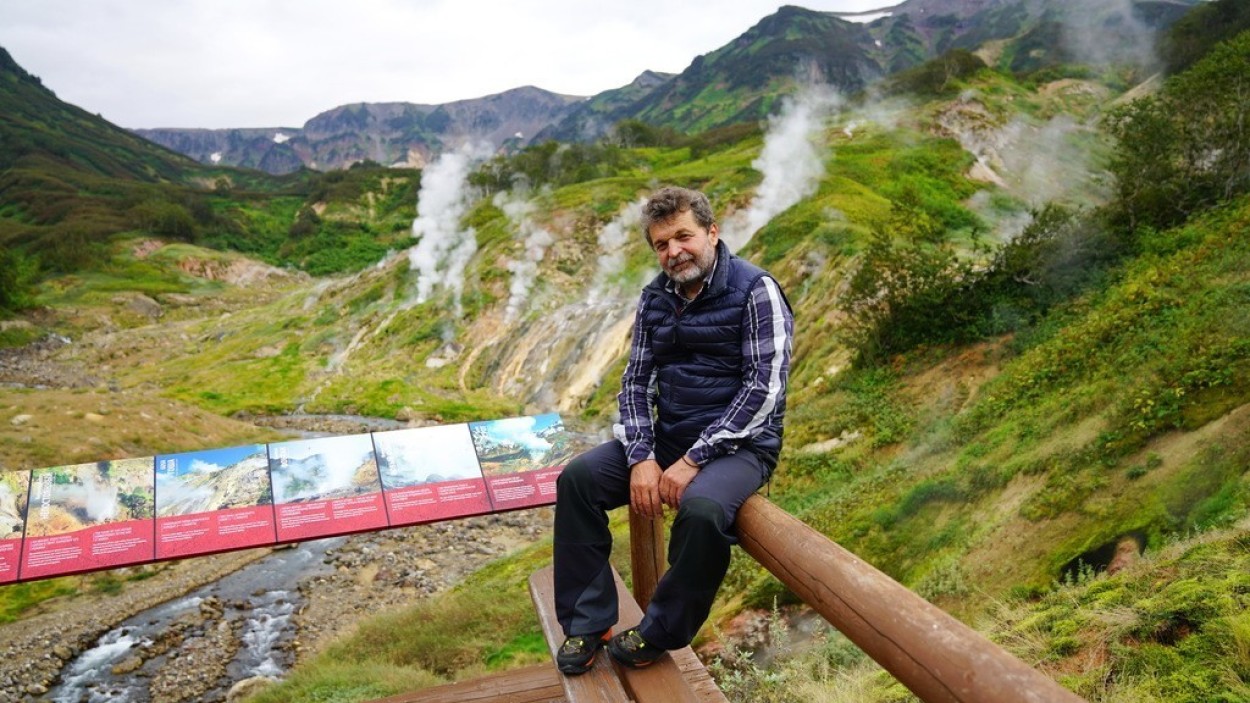
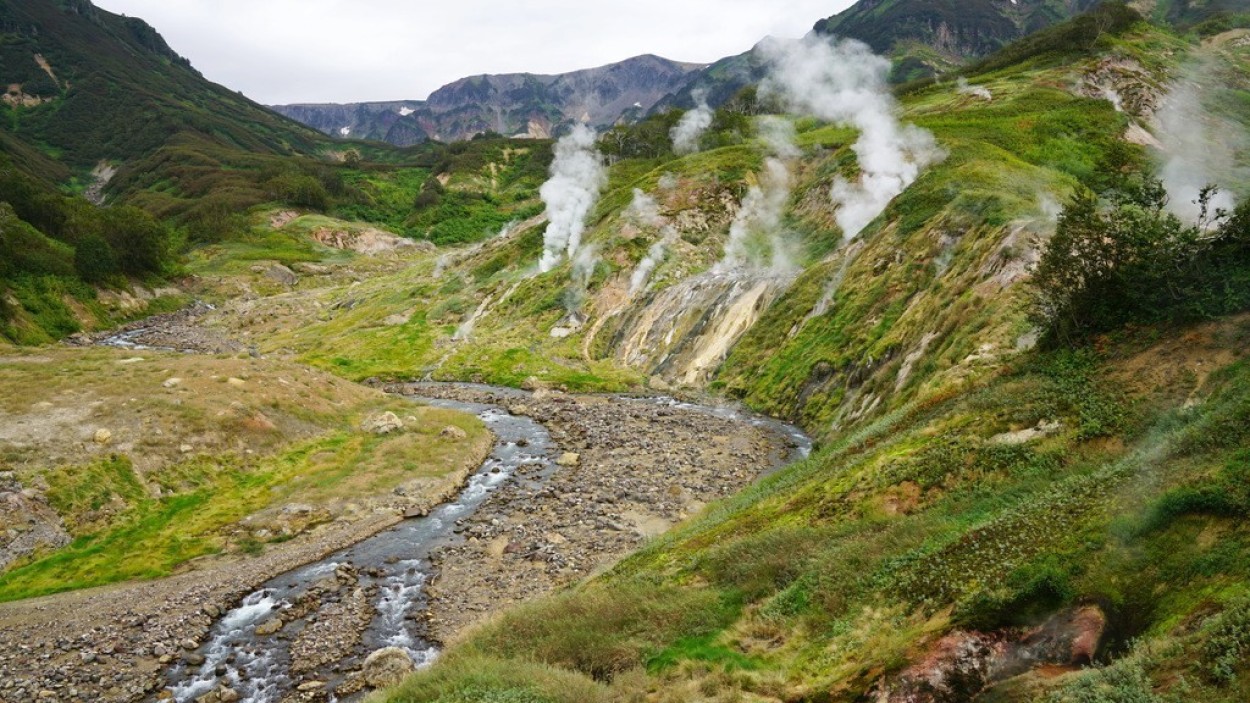
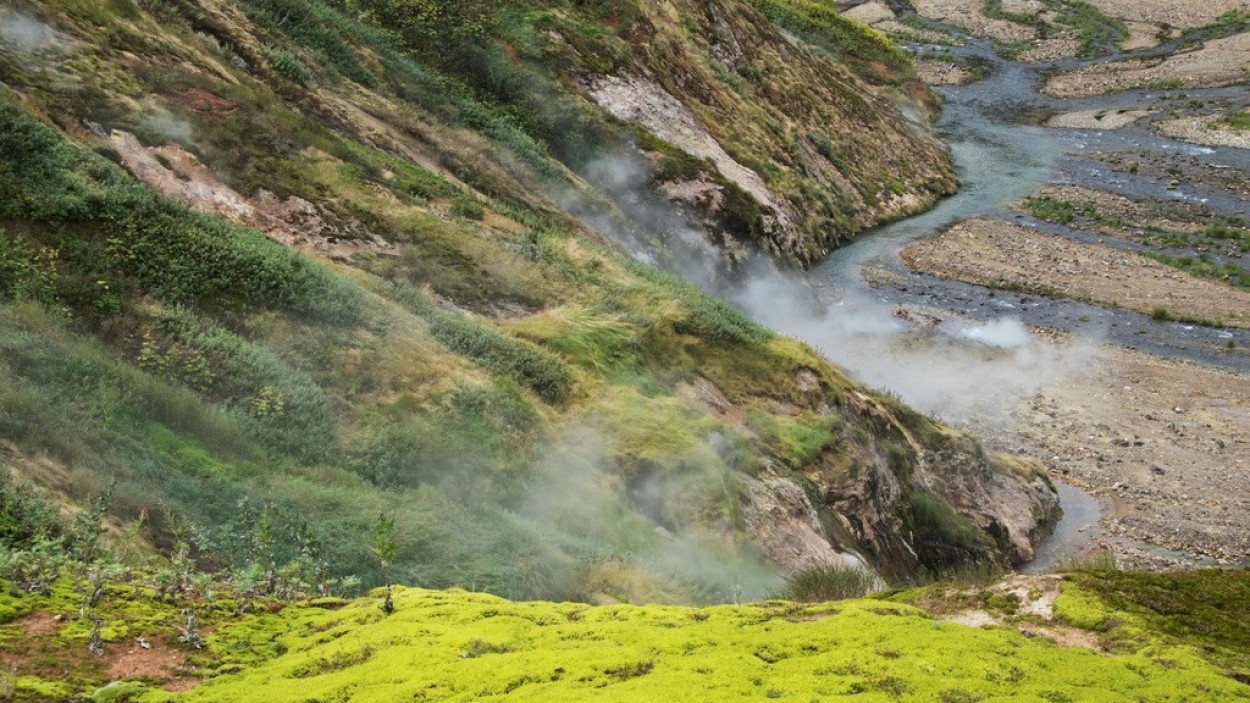
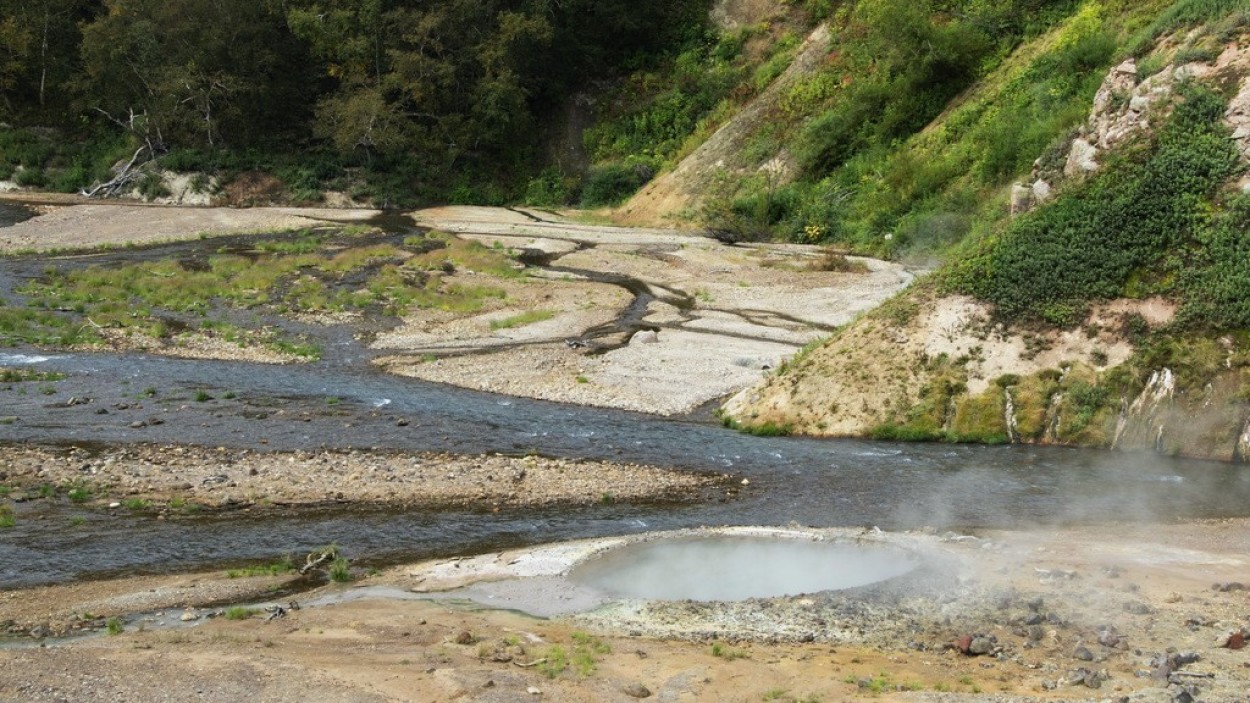
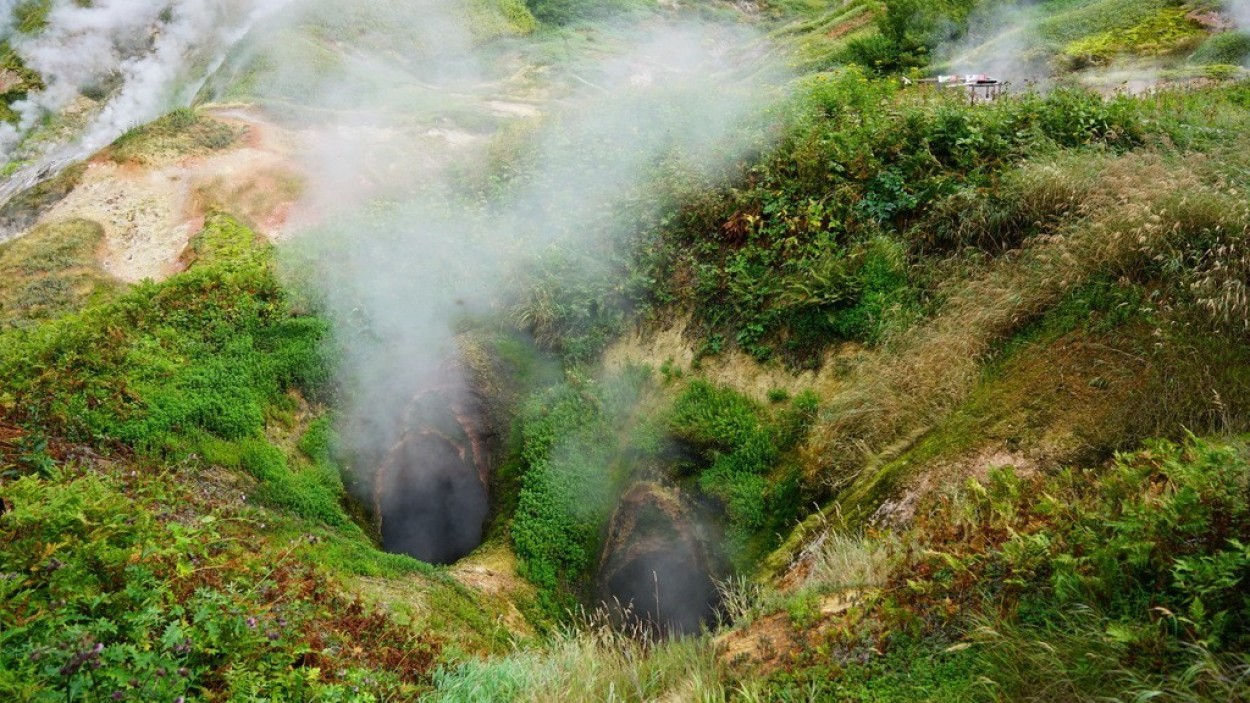
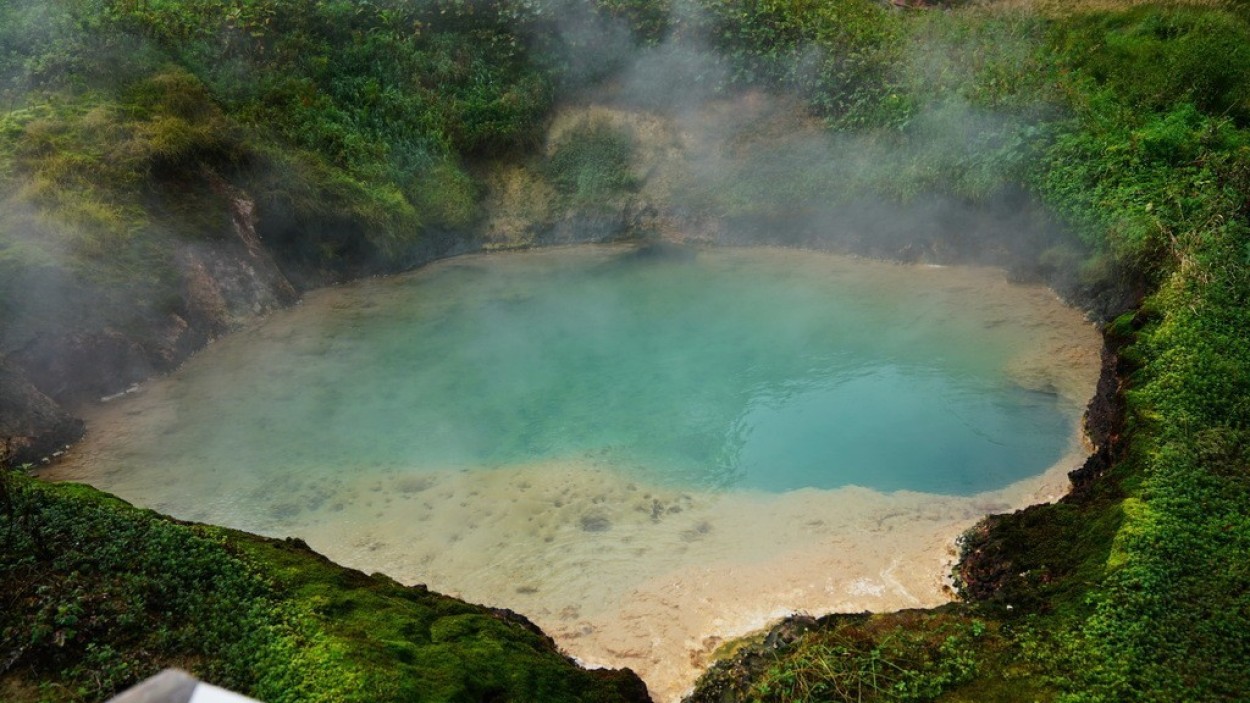
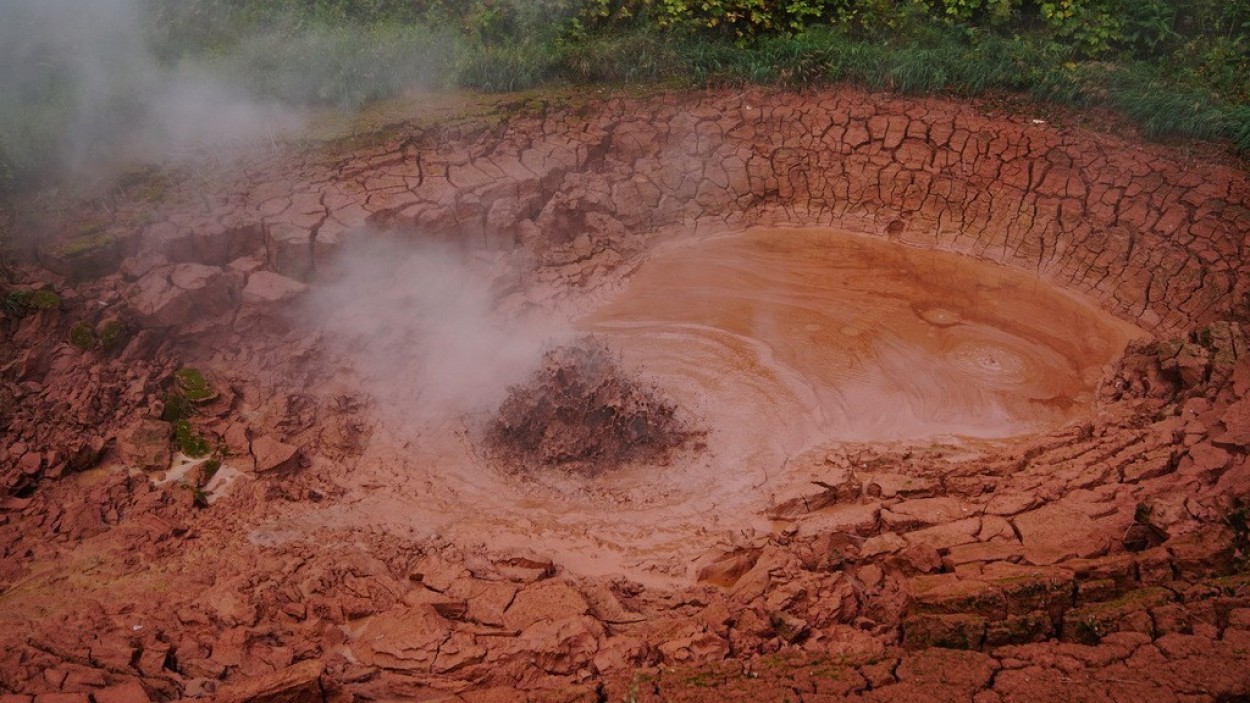
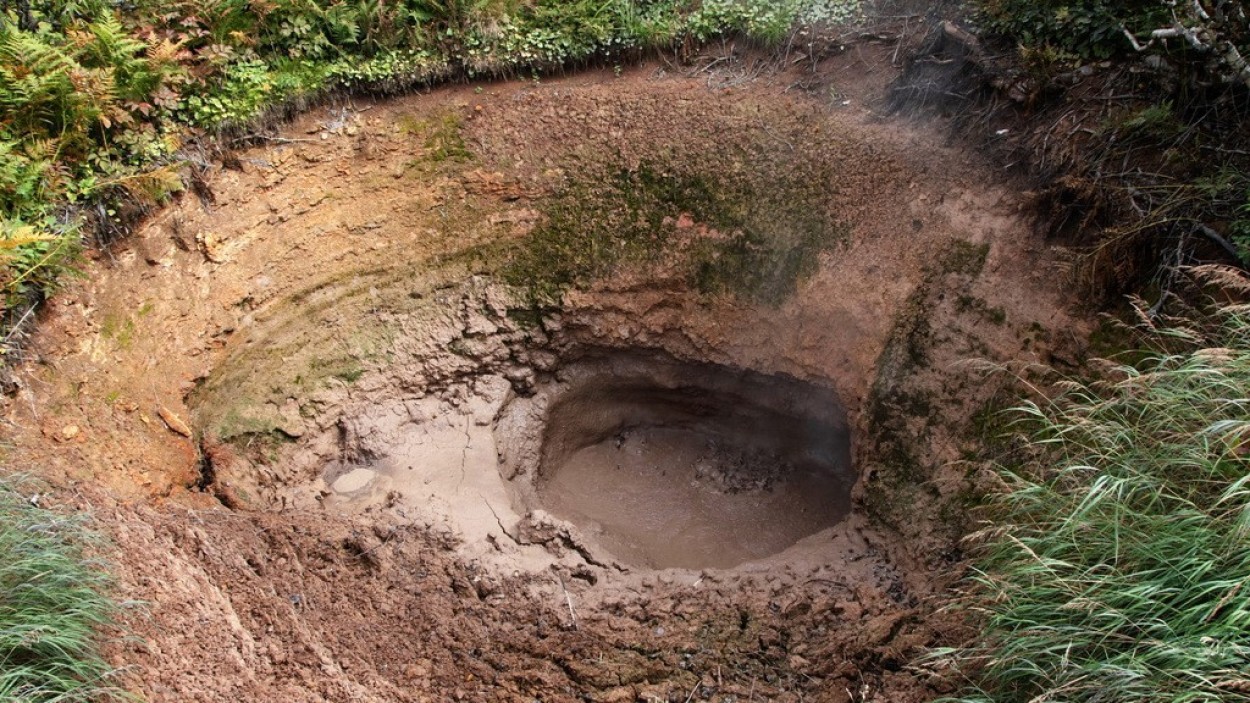
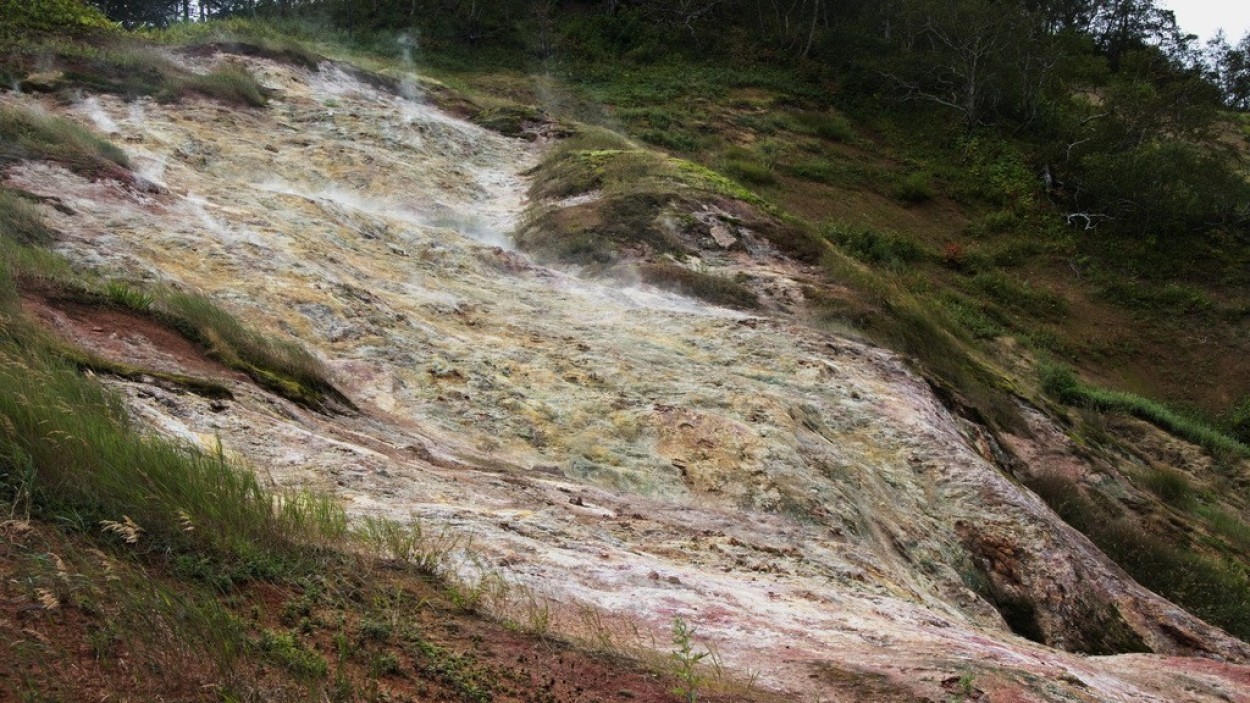
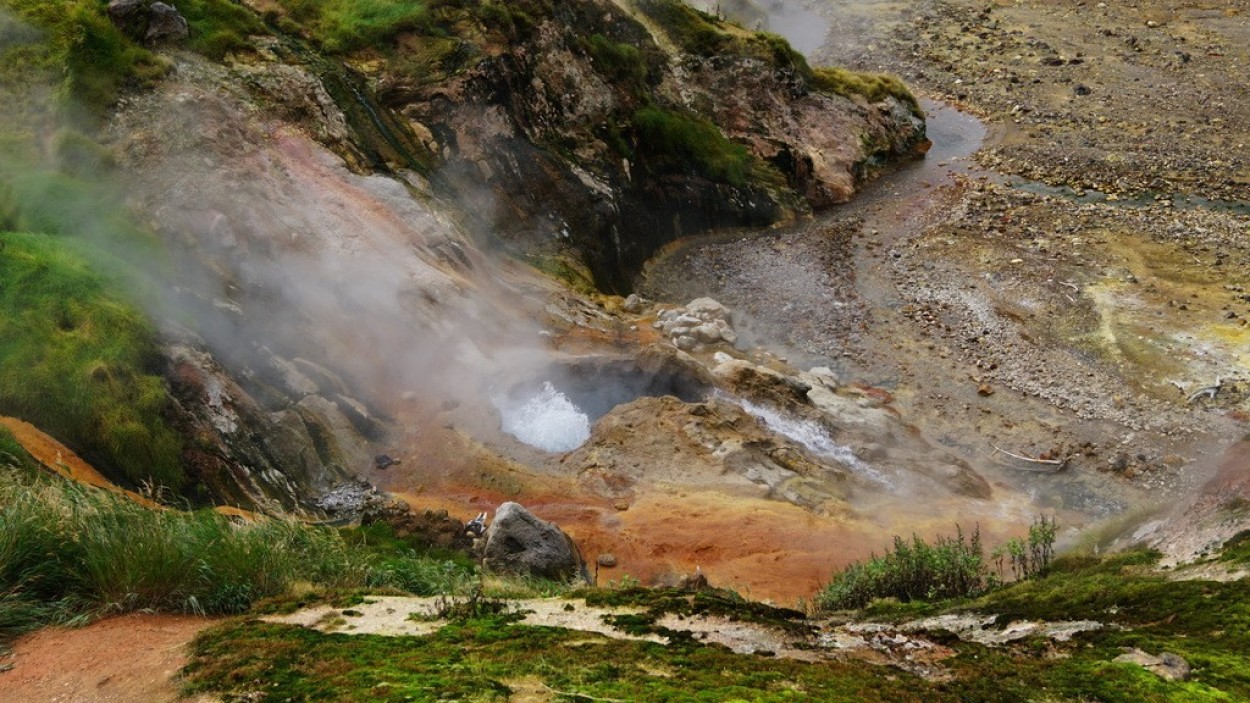

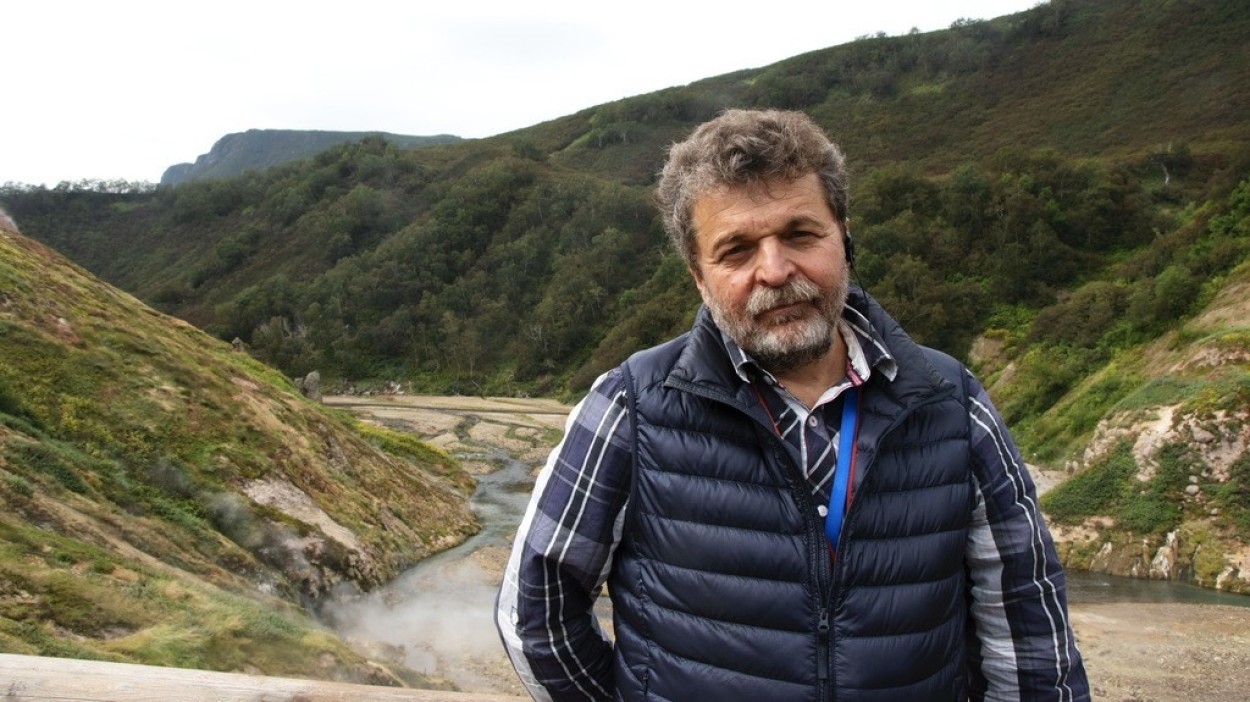

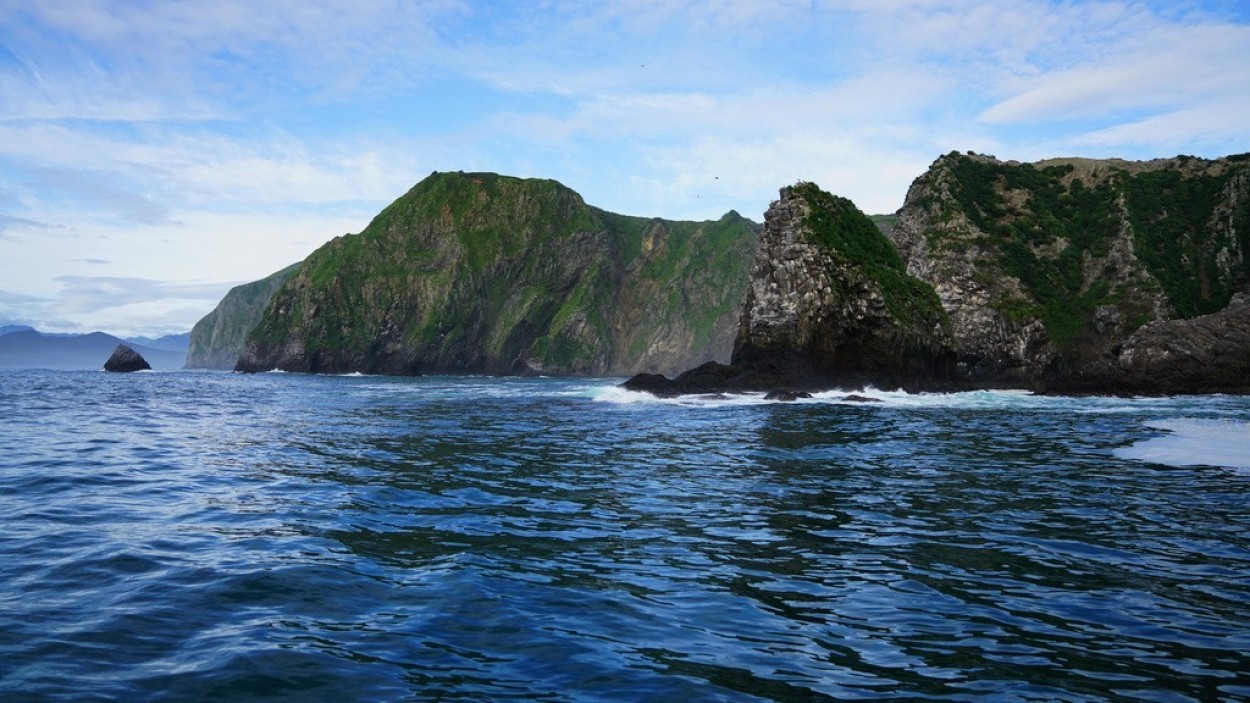

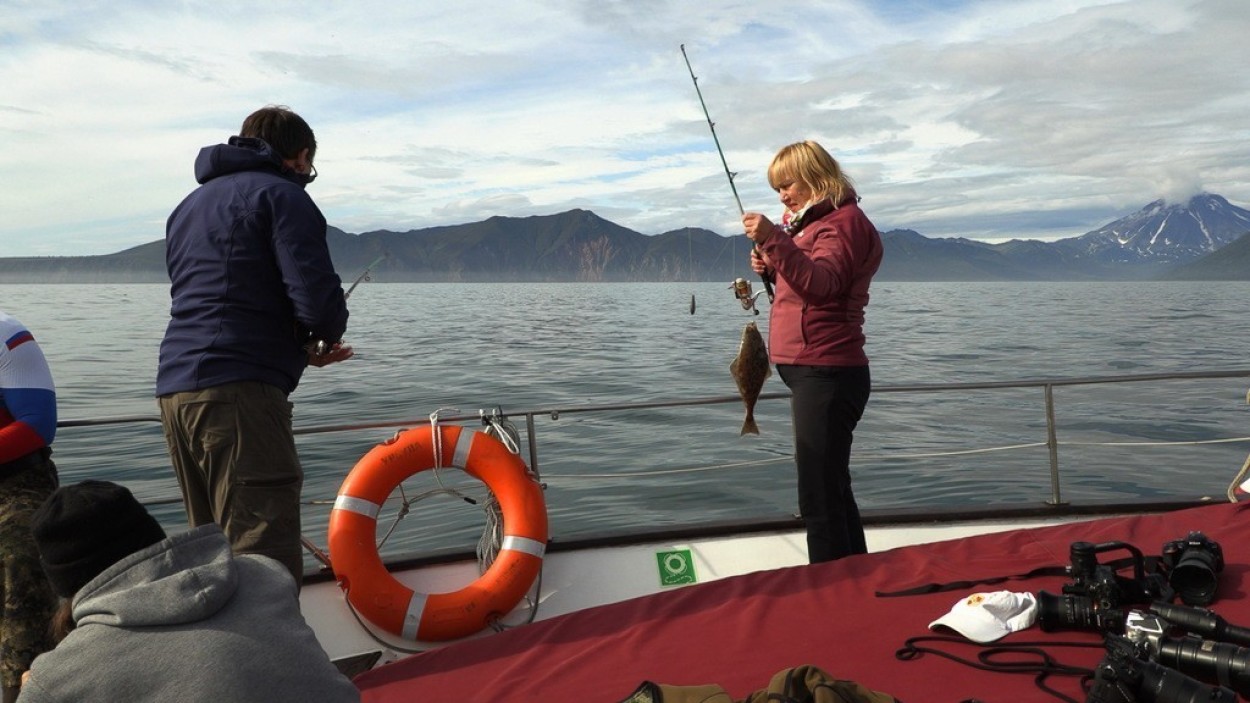
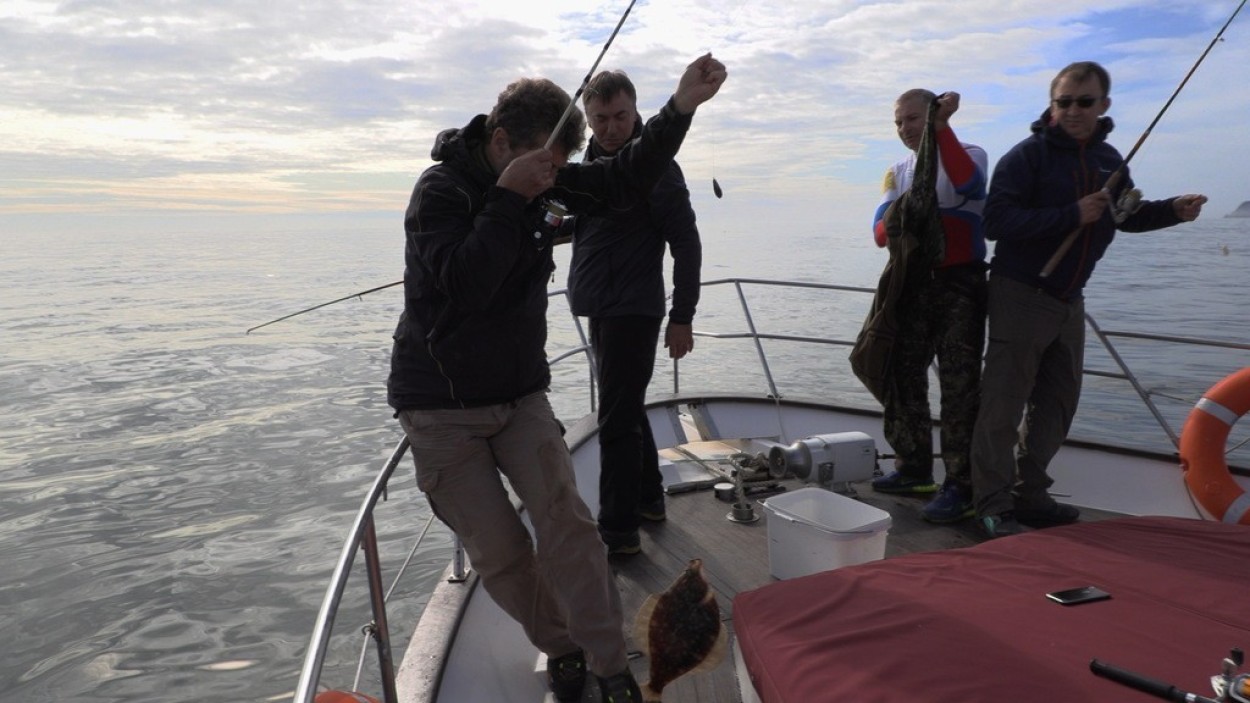
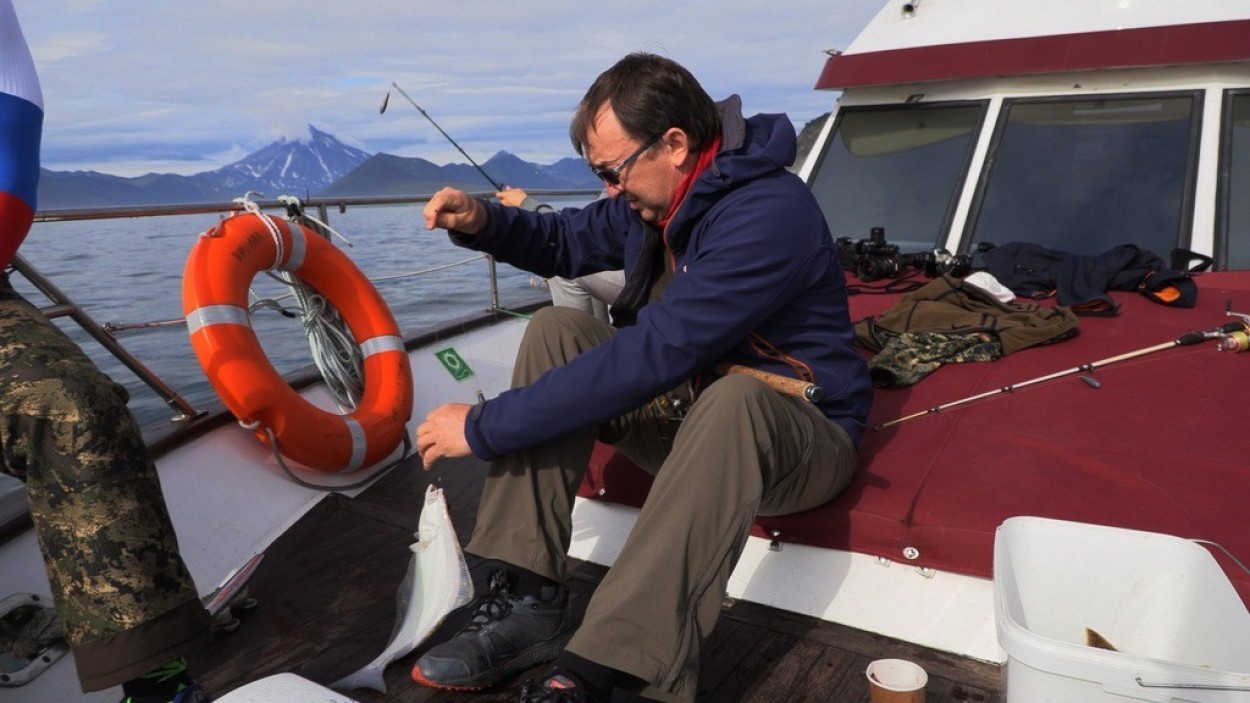
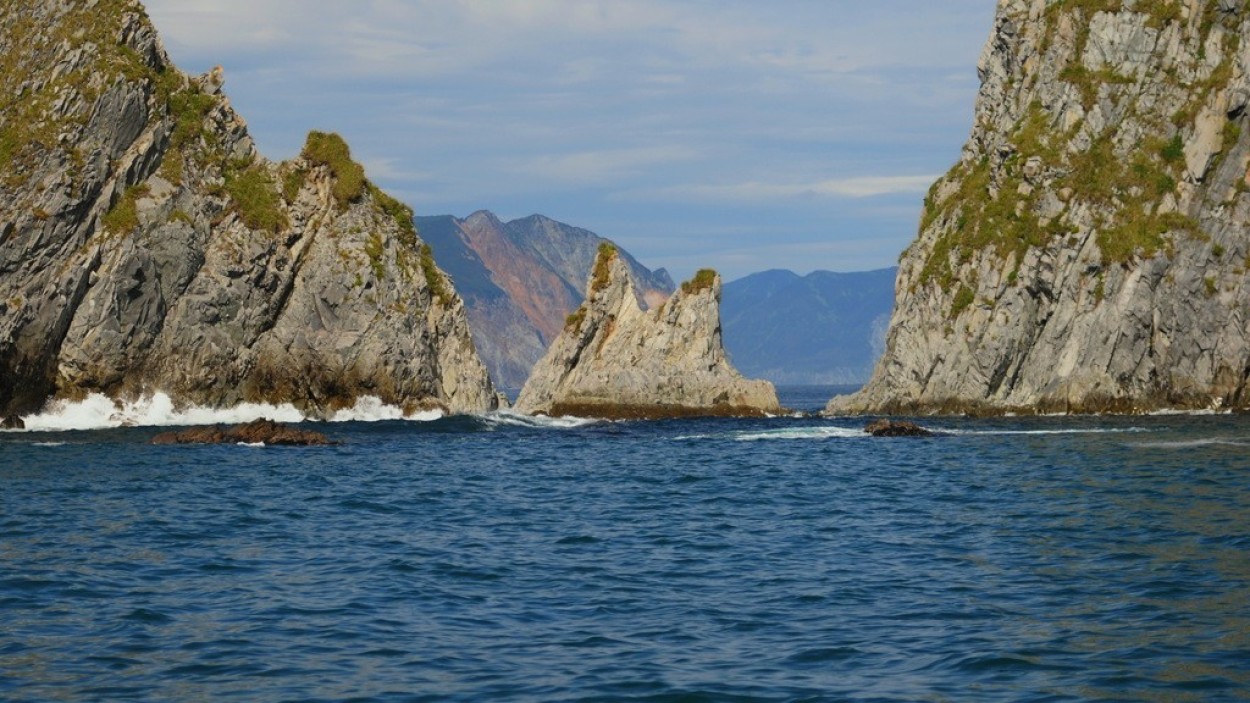
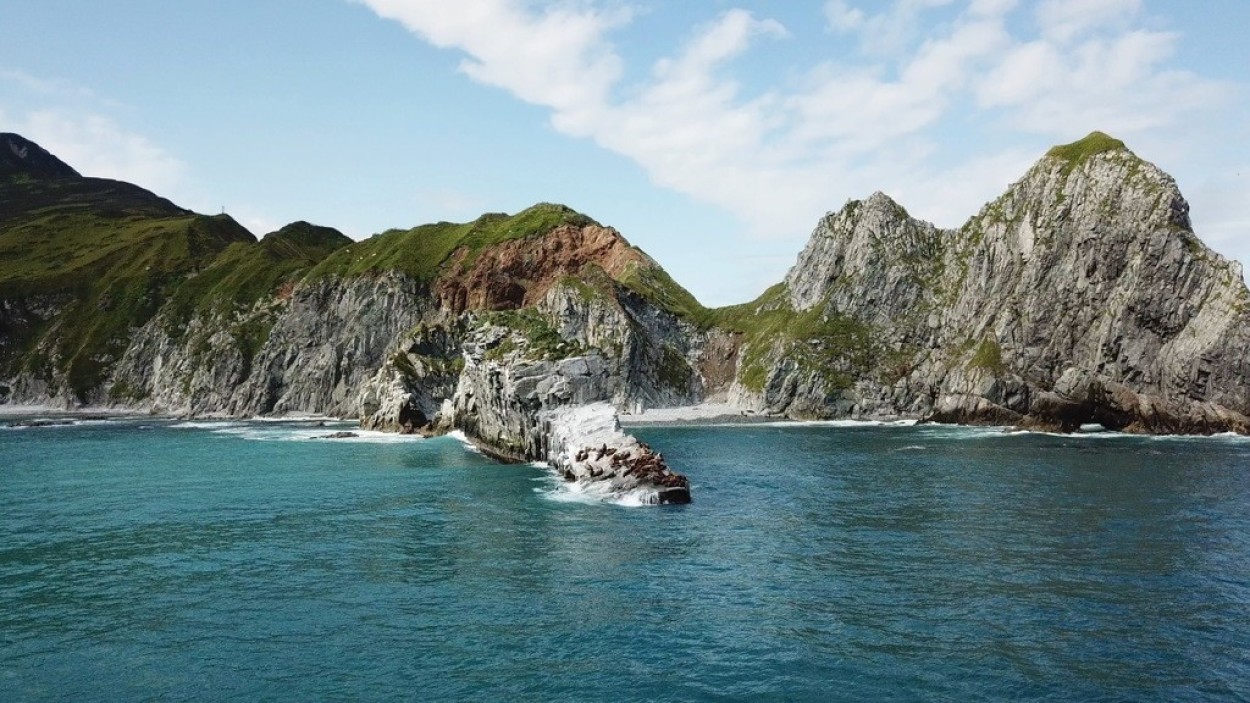

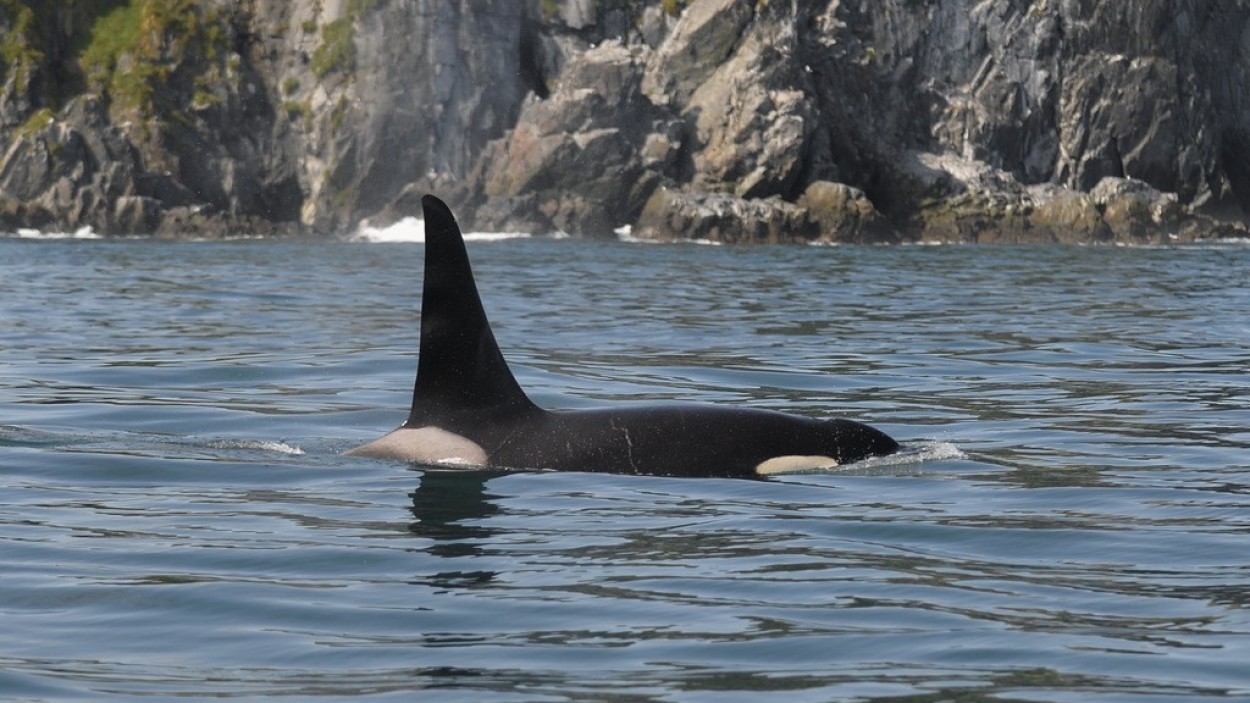
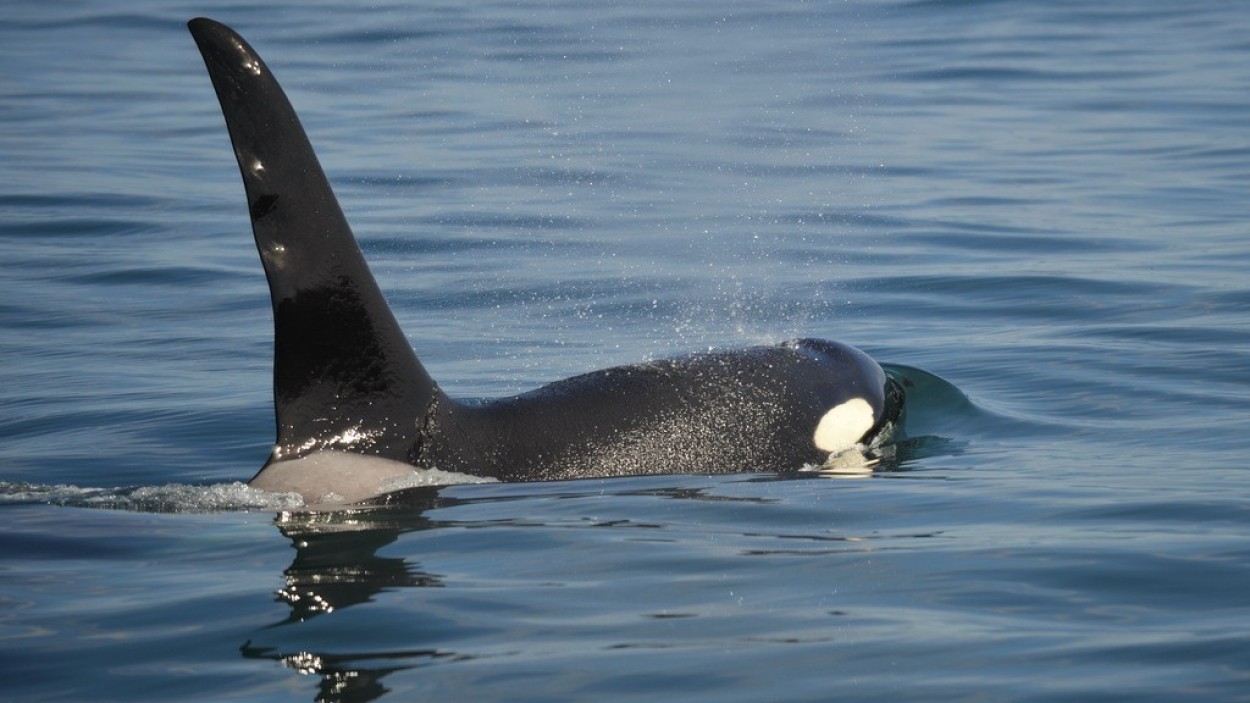
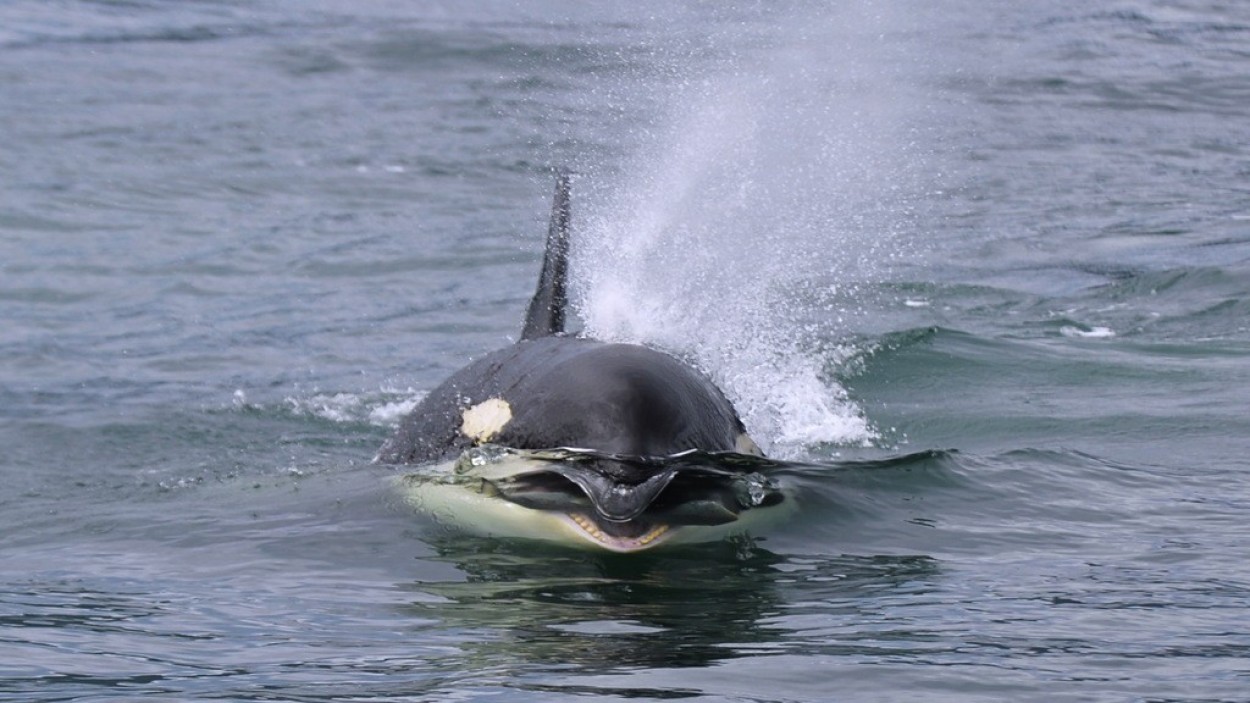

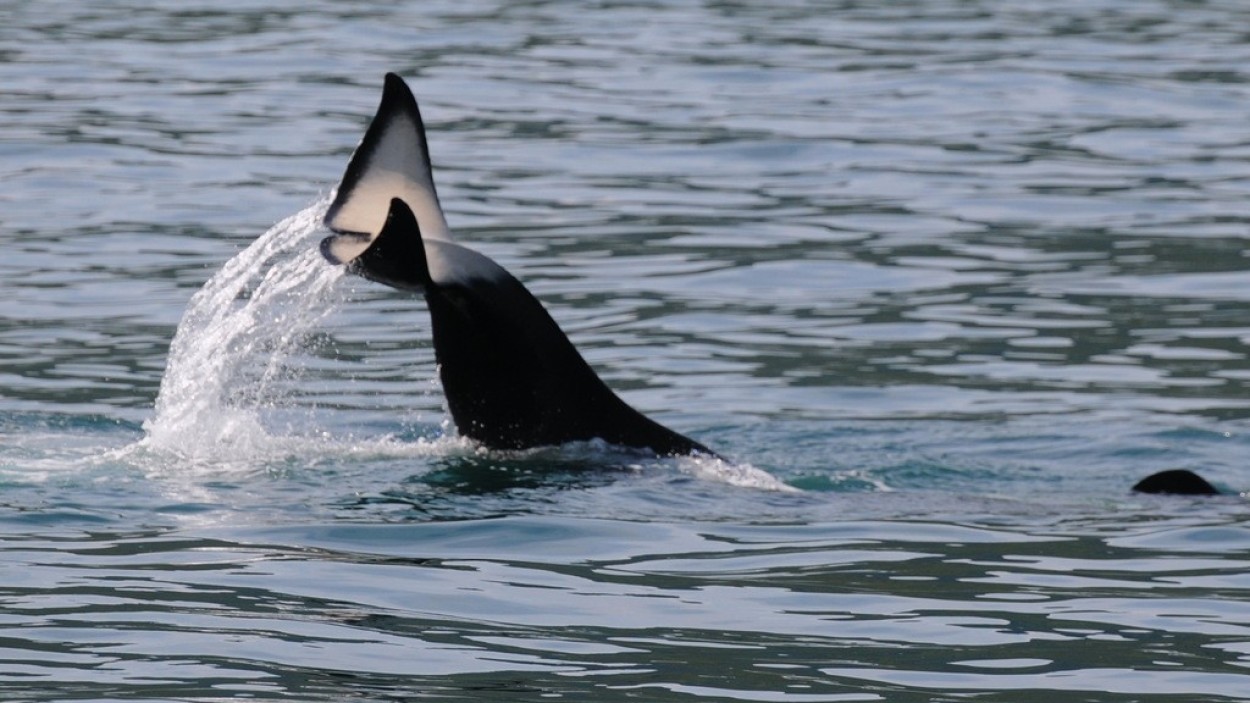
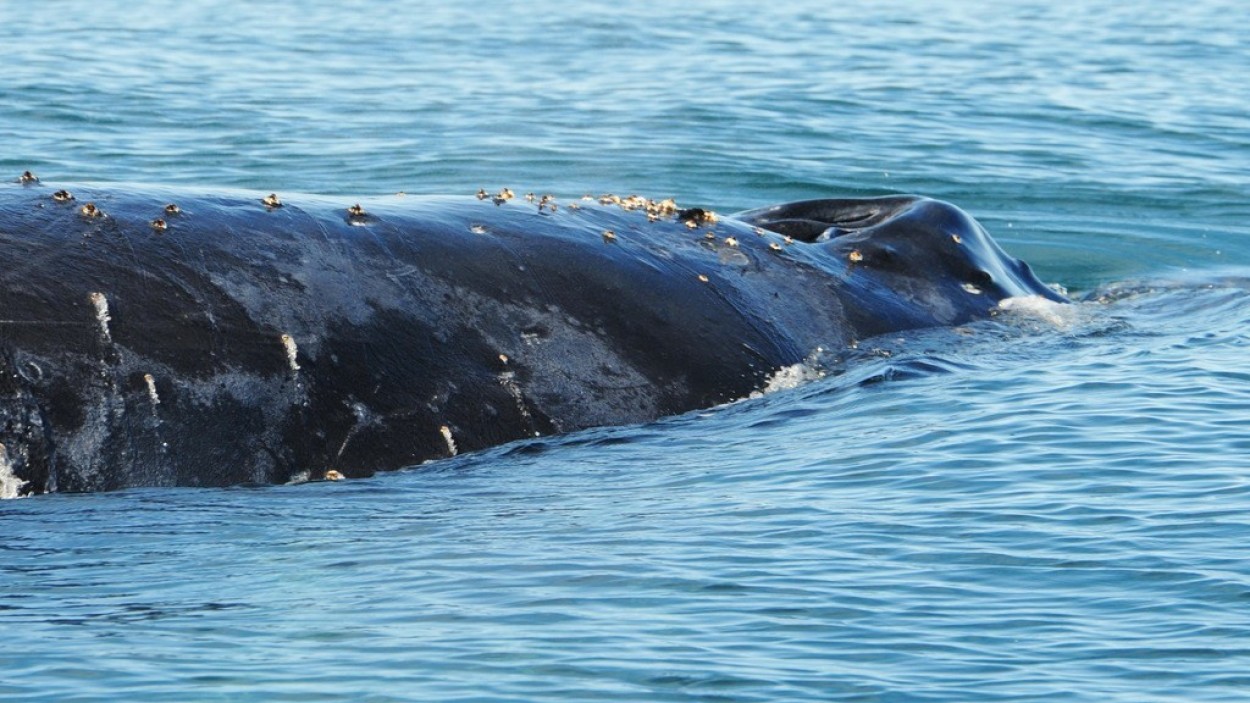
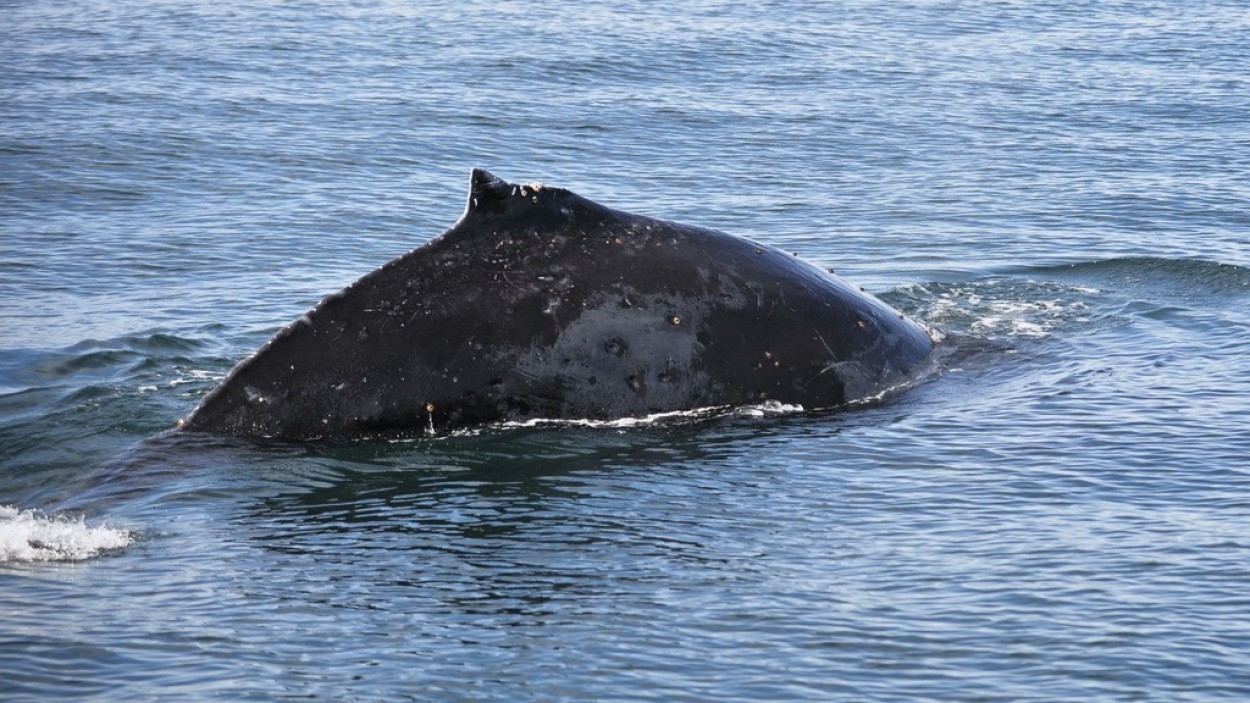

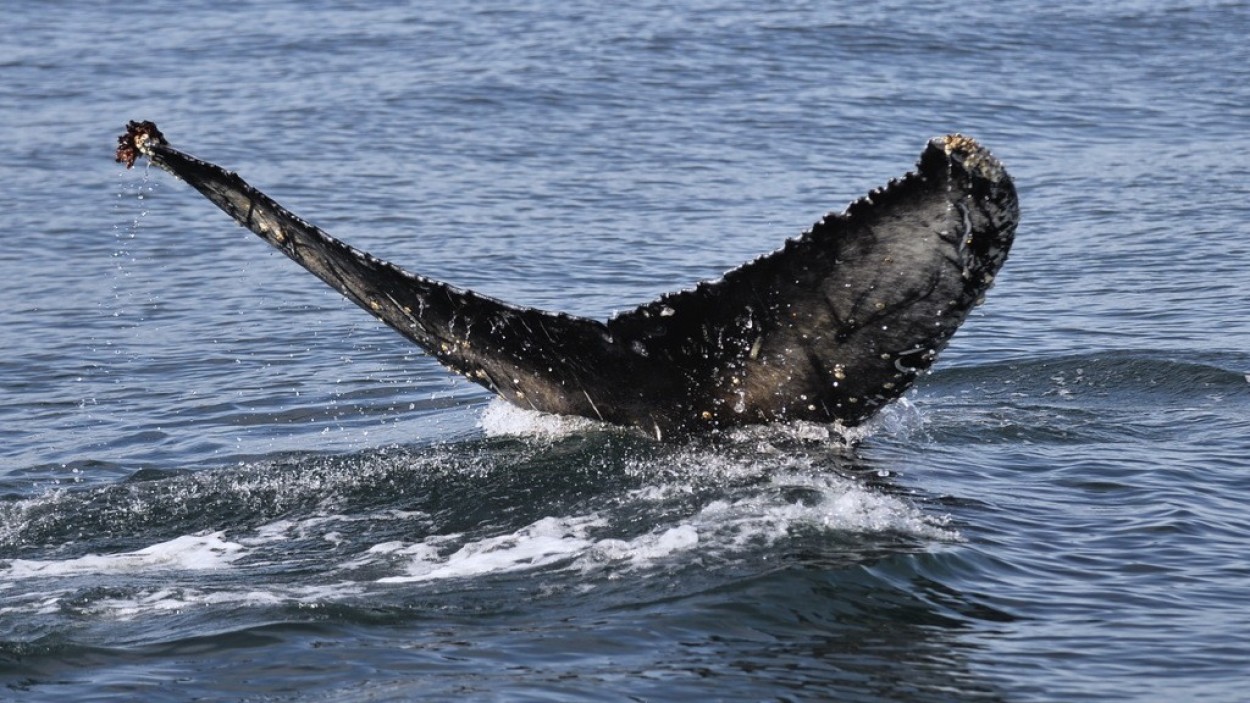

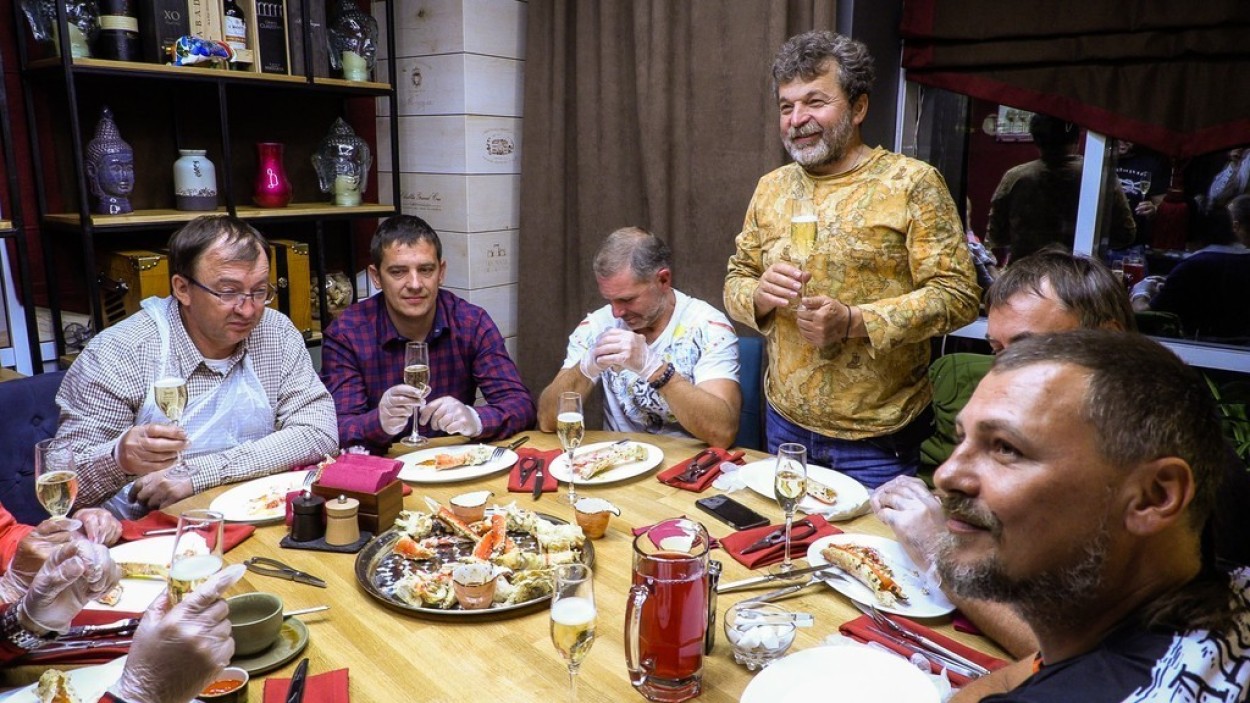
Comments
Pesola
2021-02-26
I visited a lot of website but I conceive this one contains something special in it in it
Leave Comment